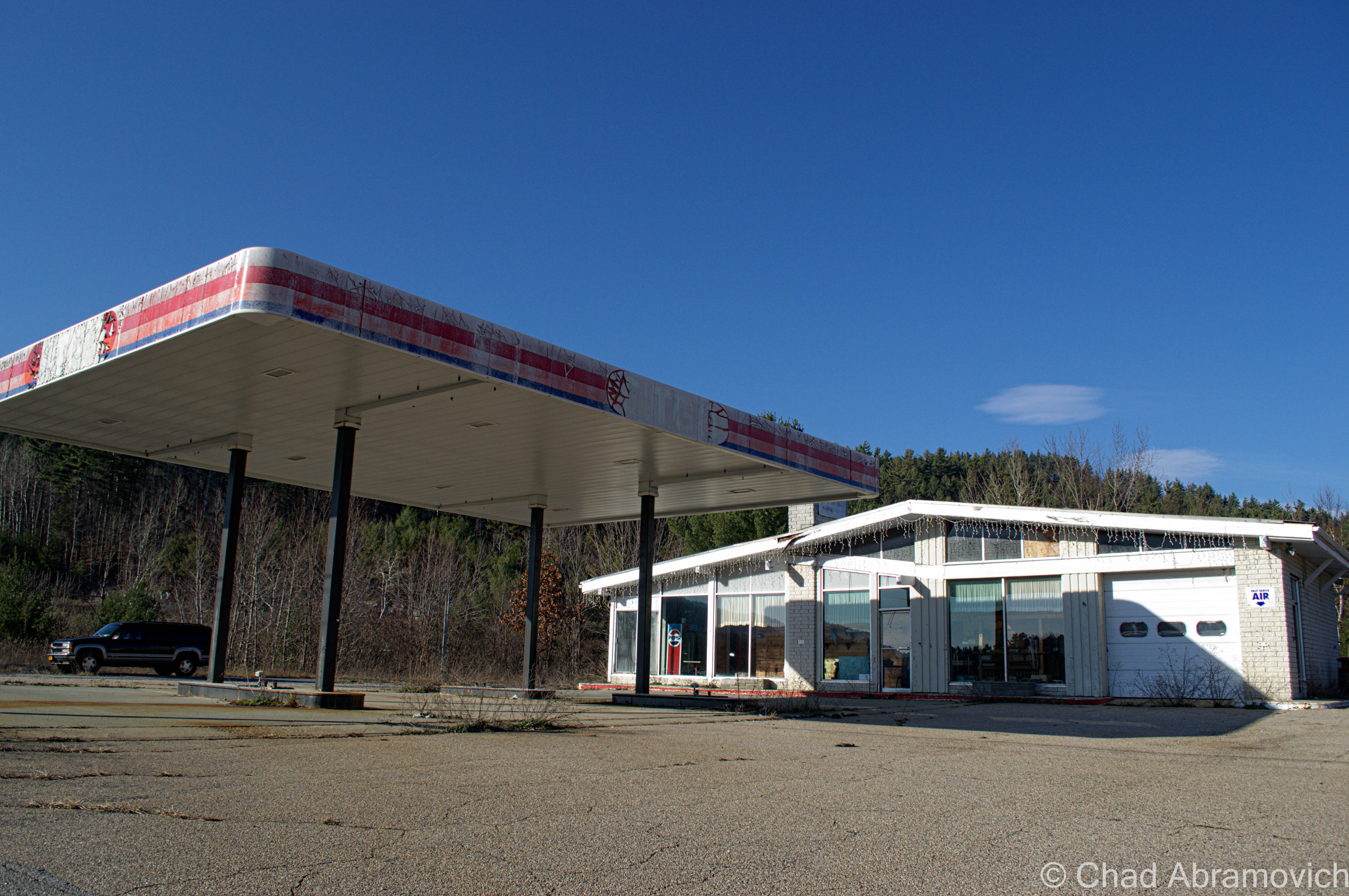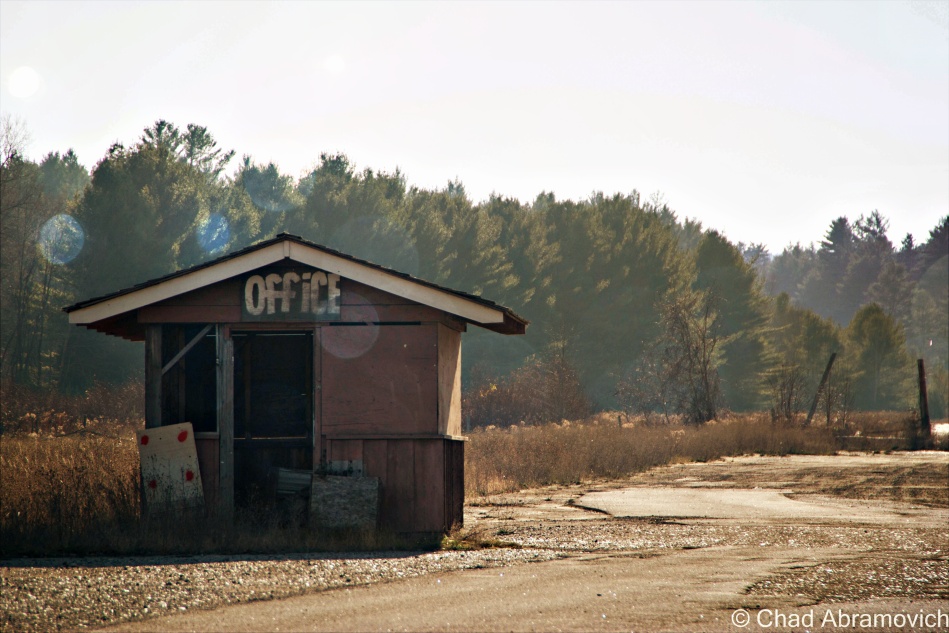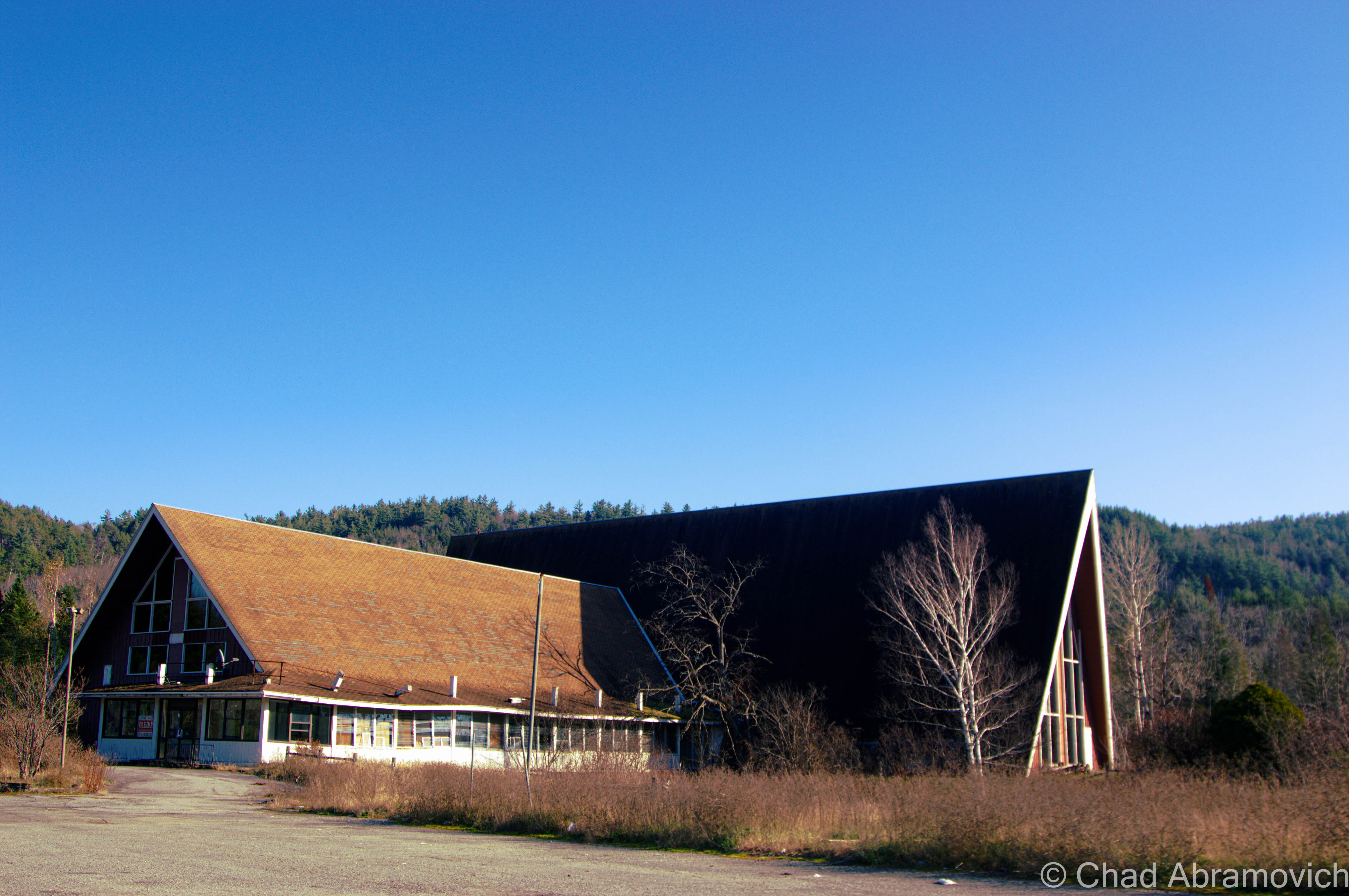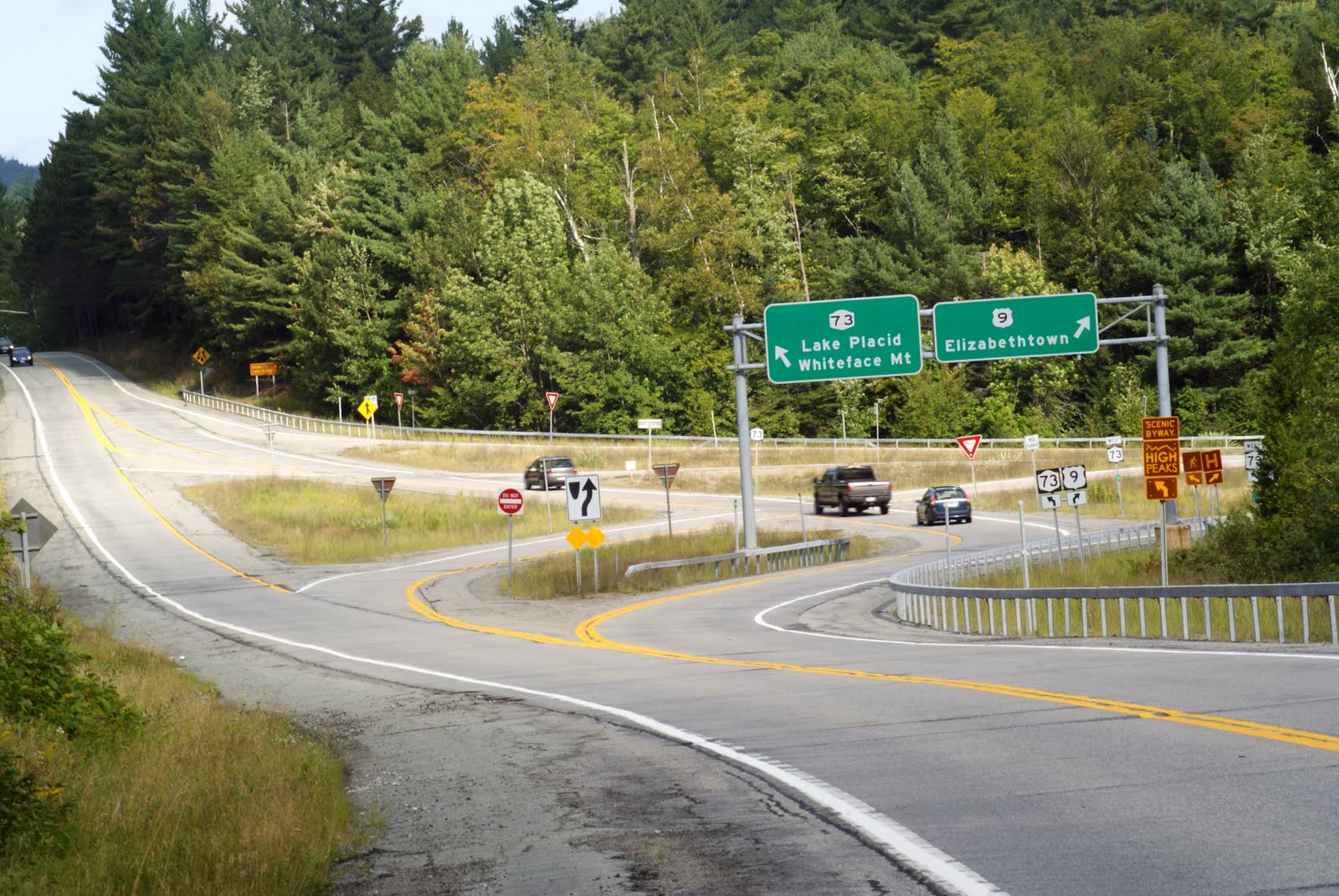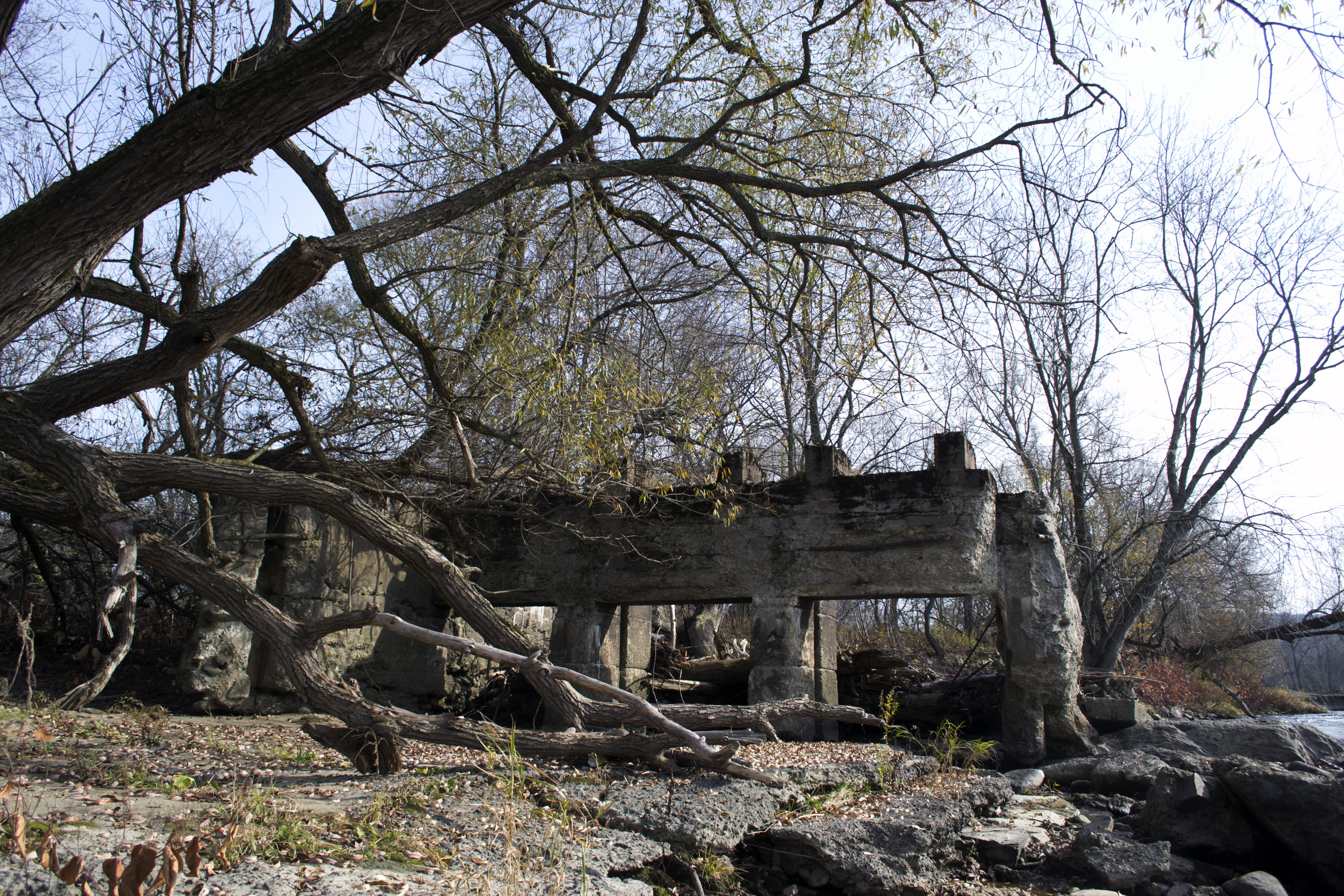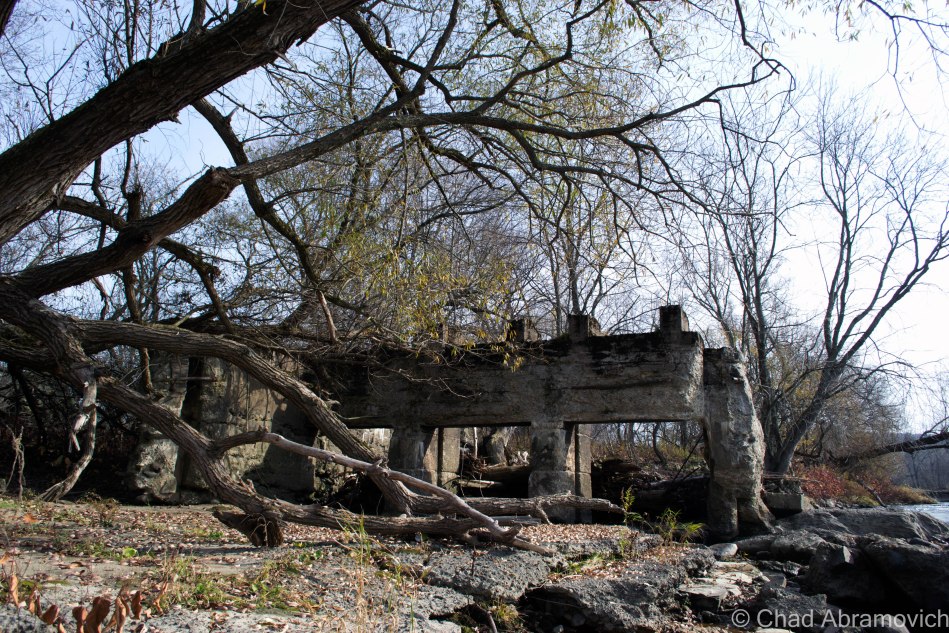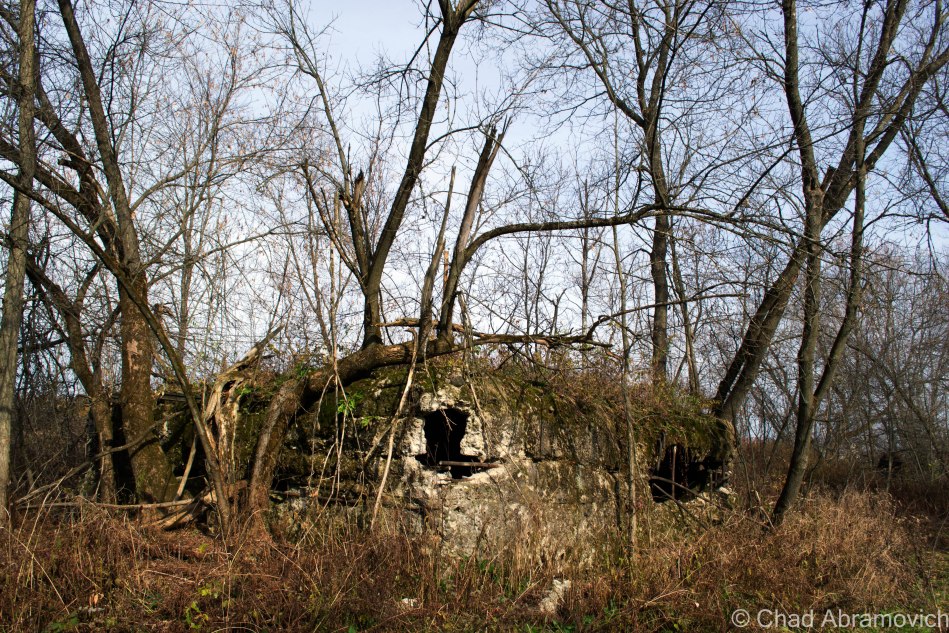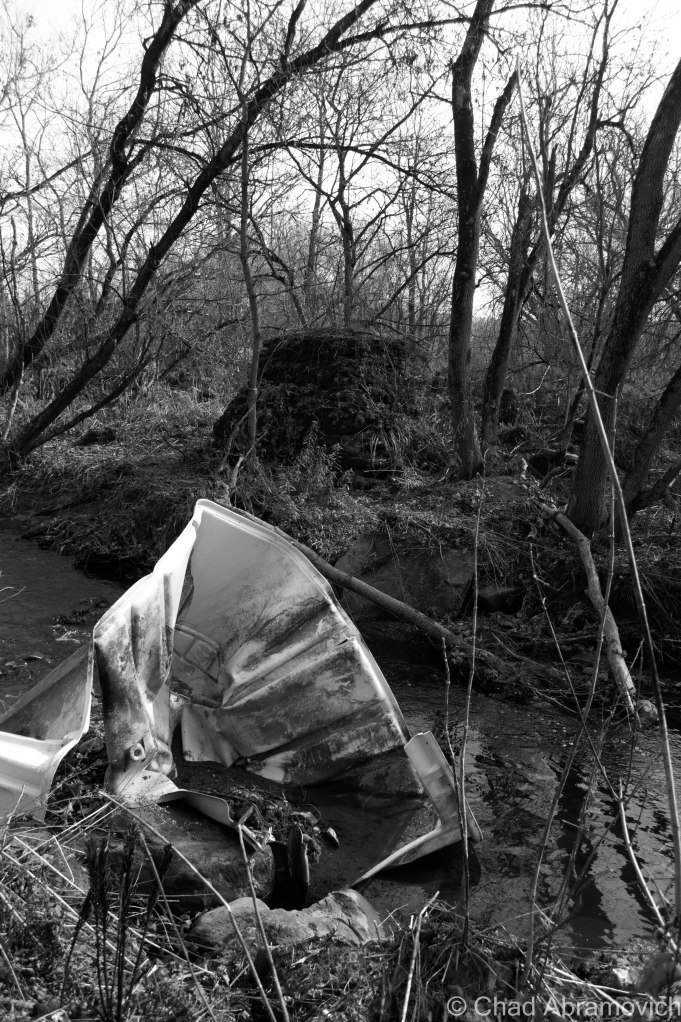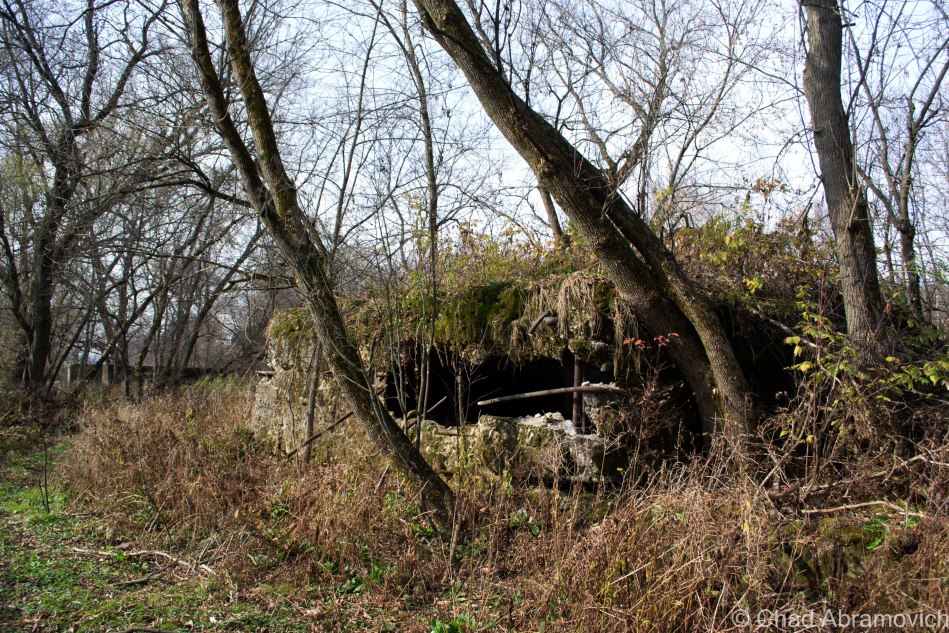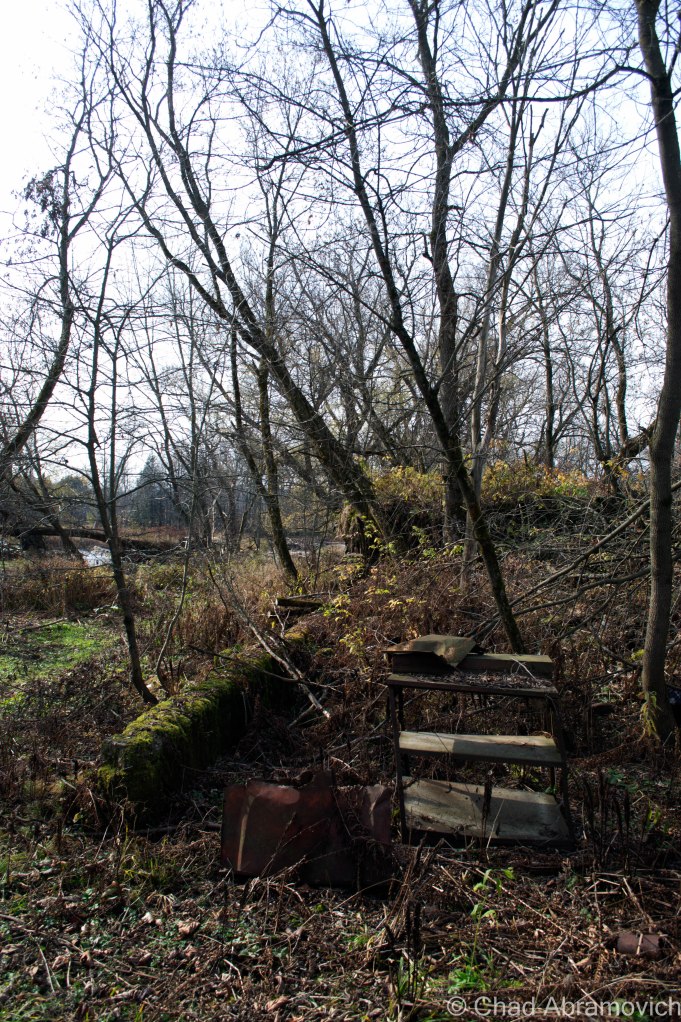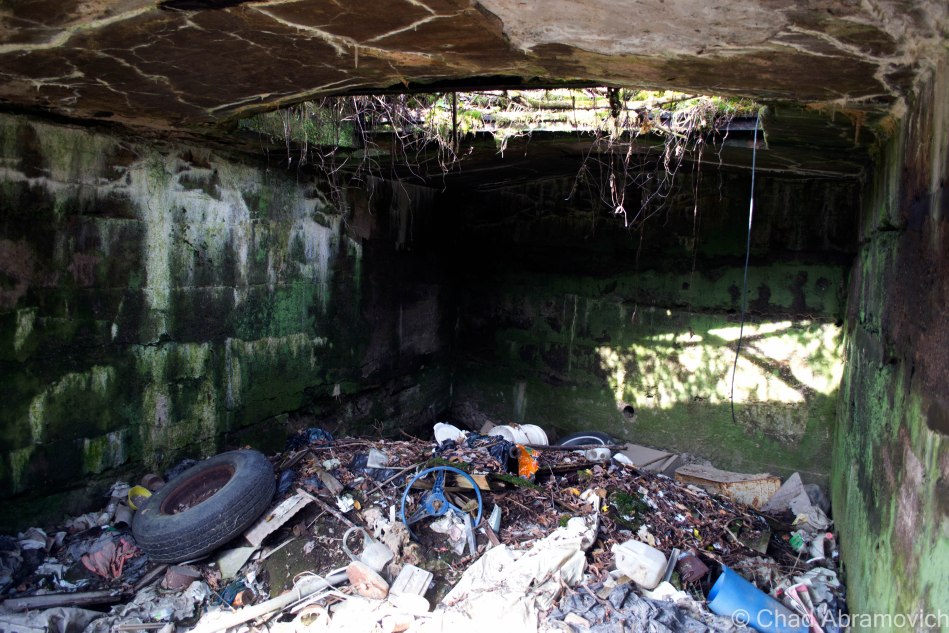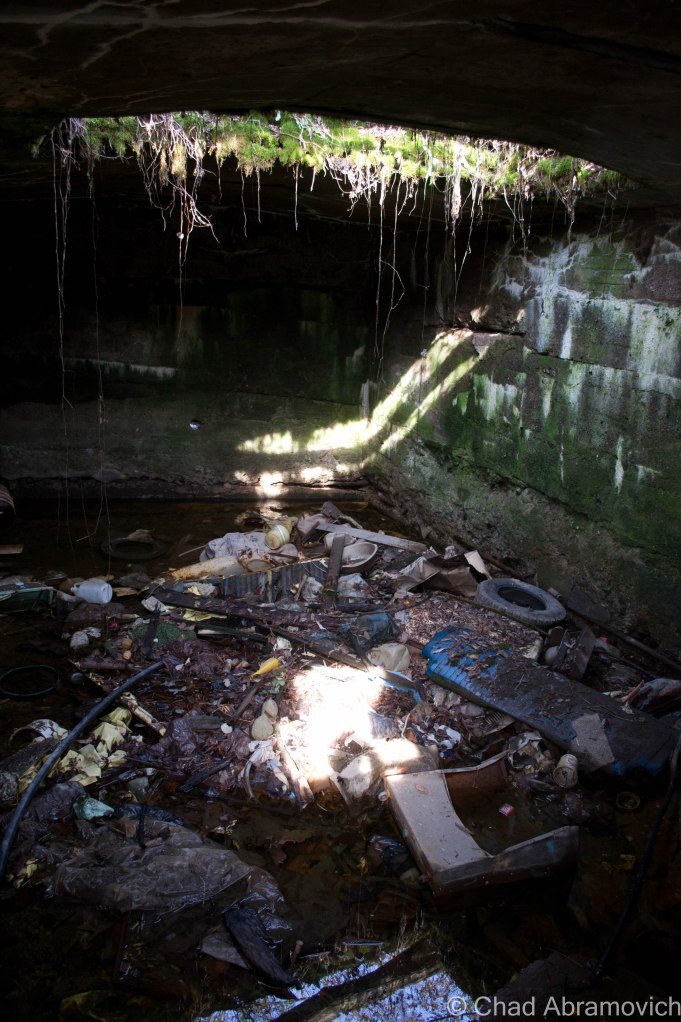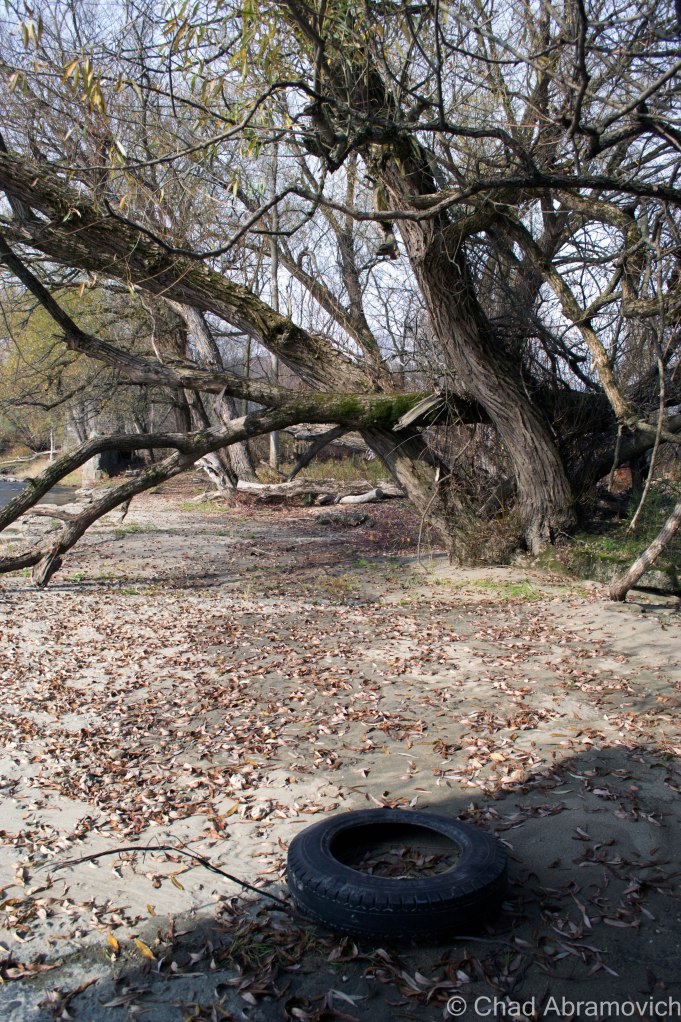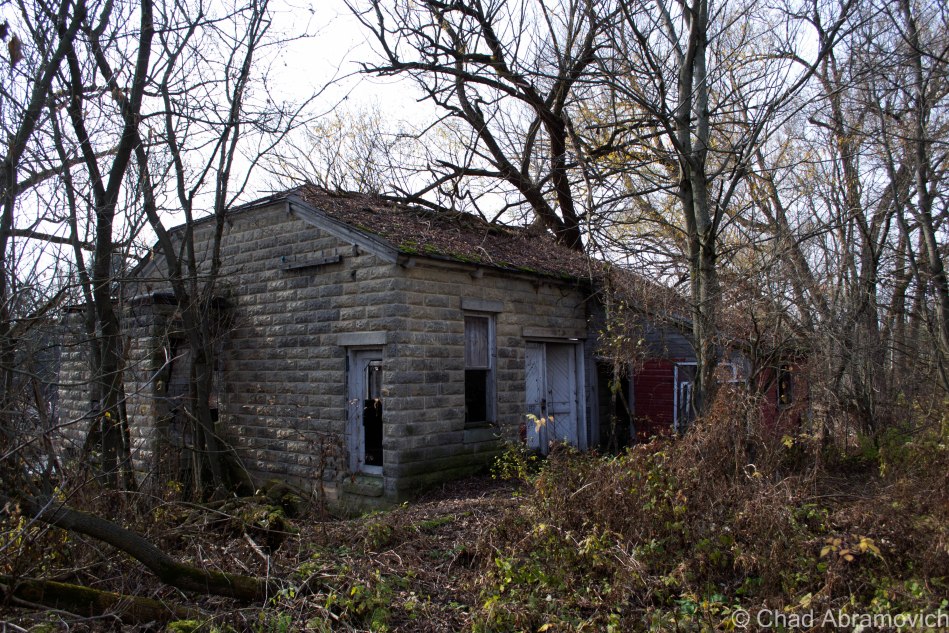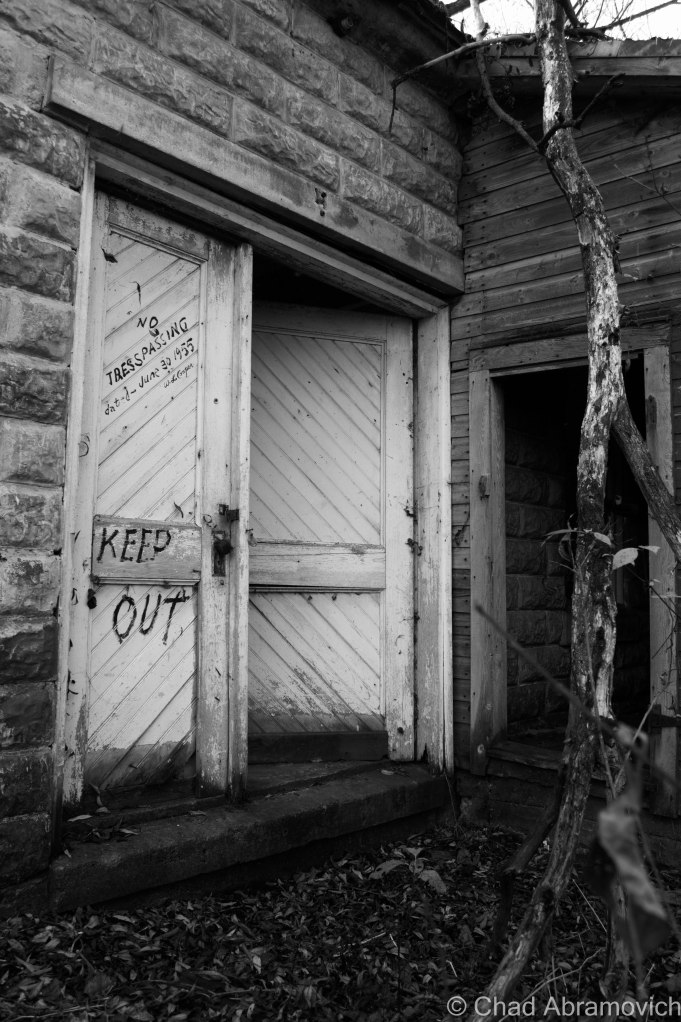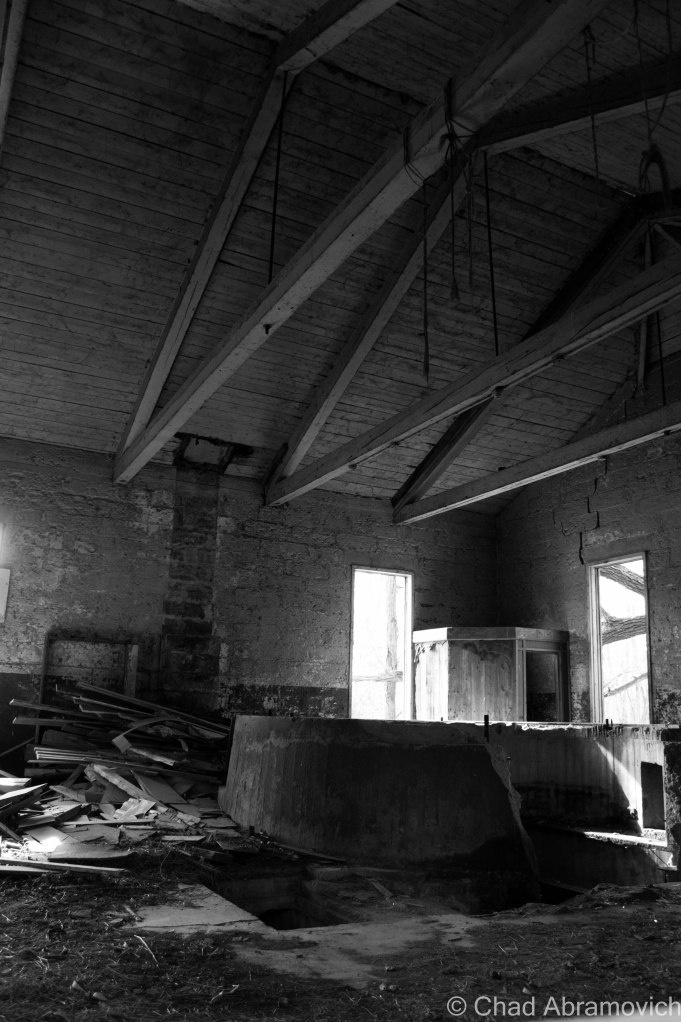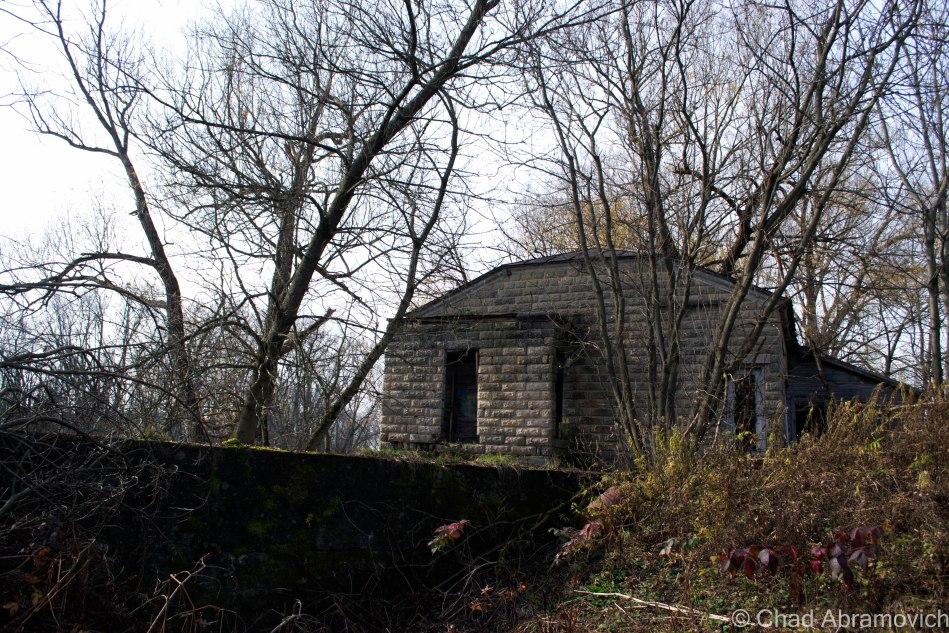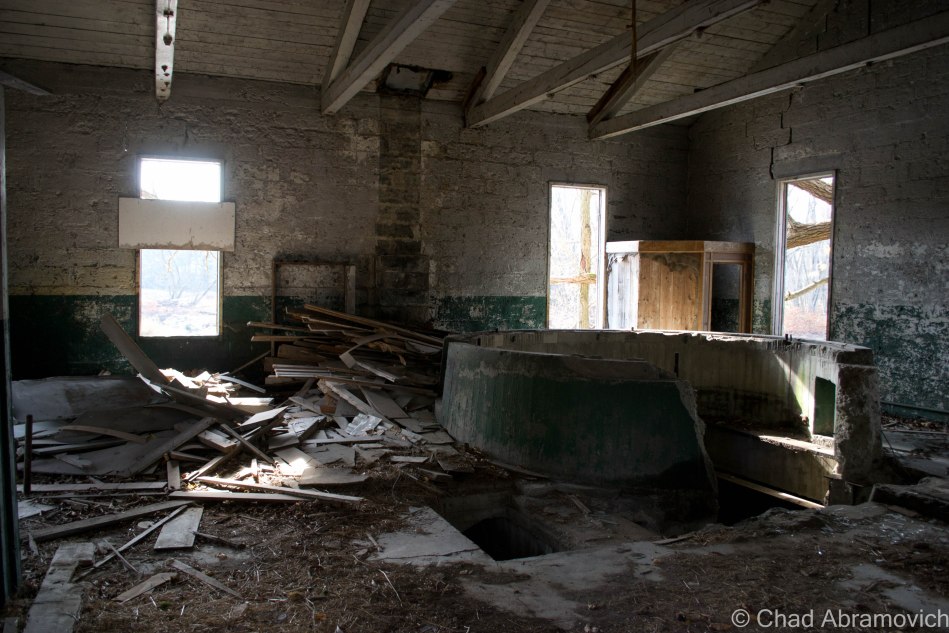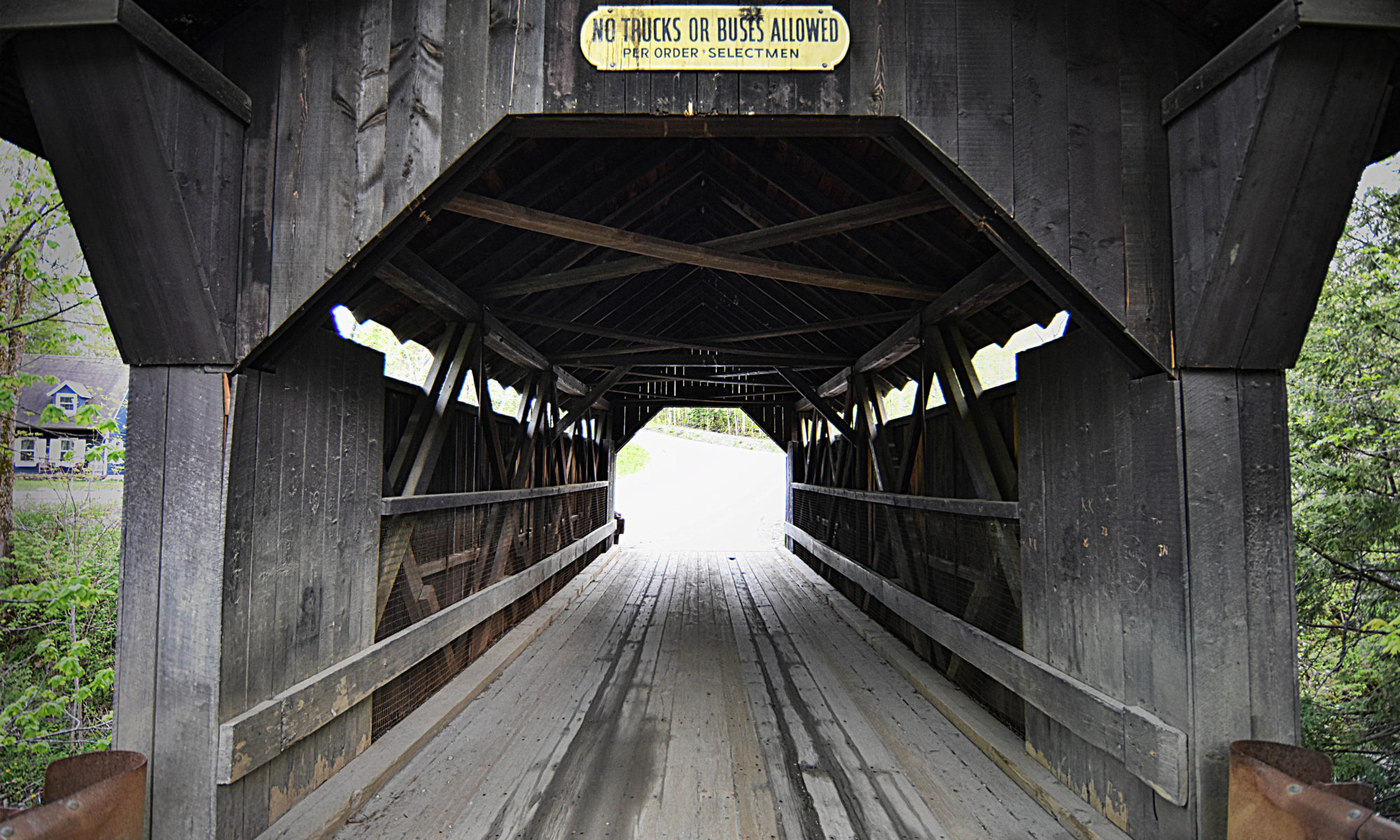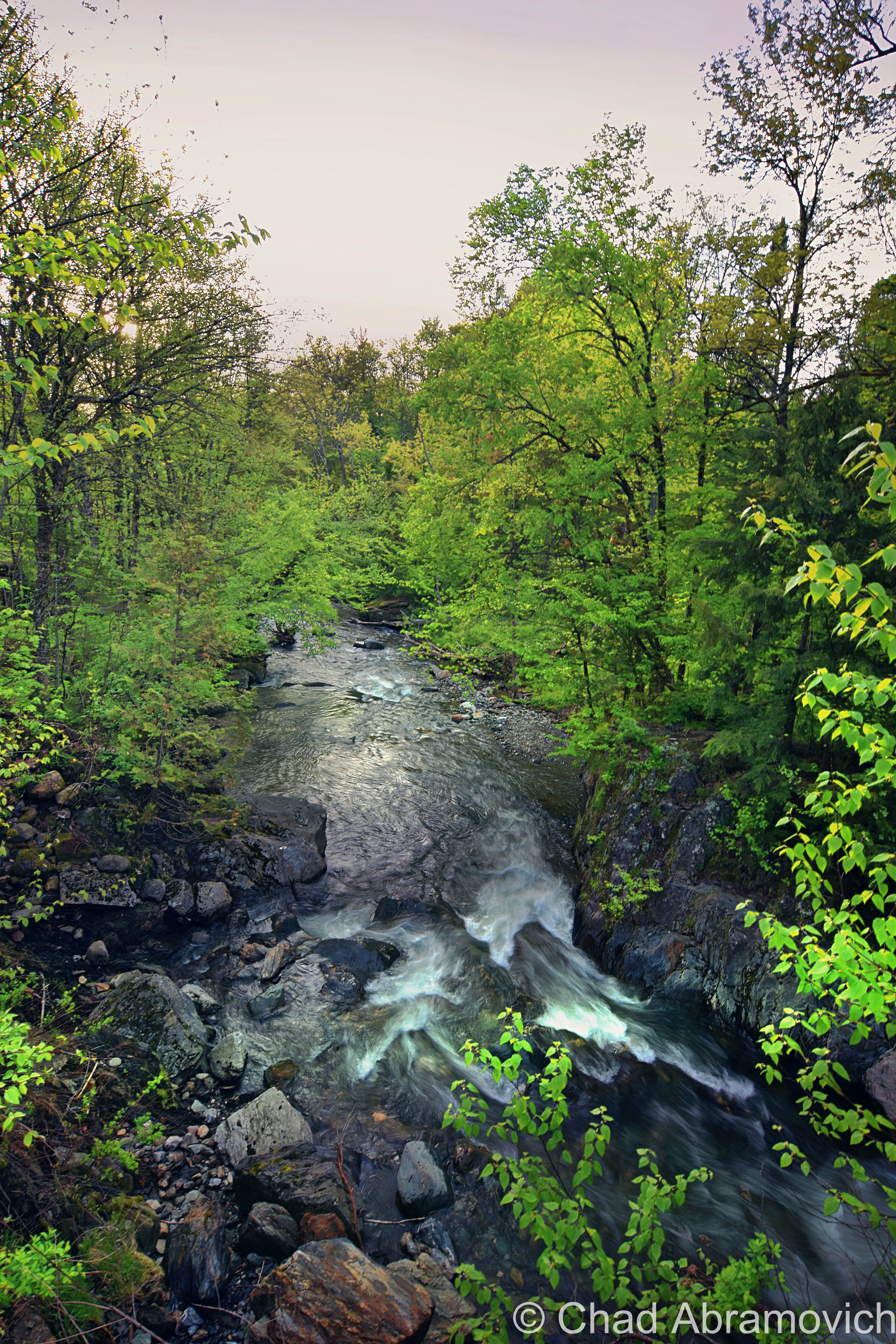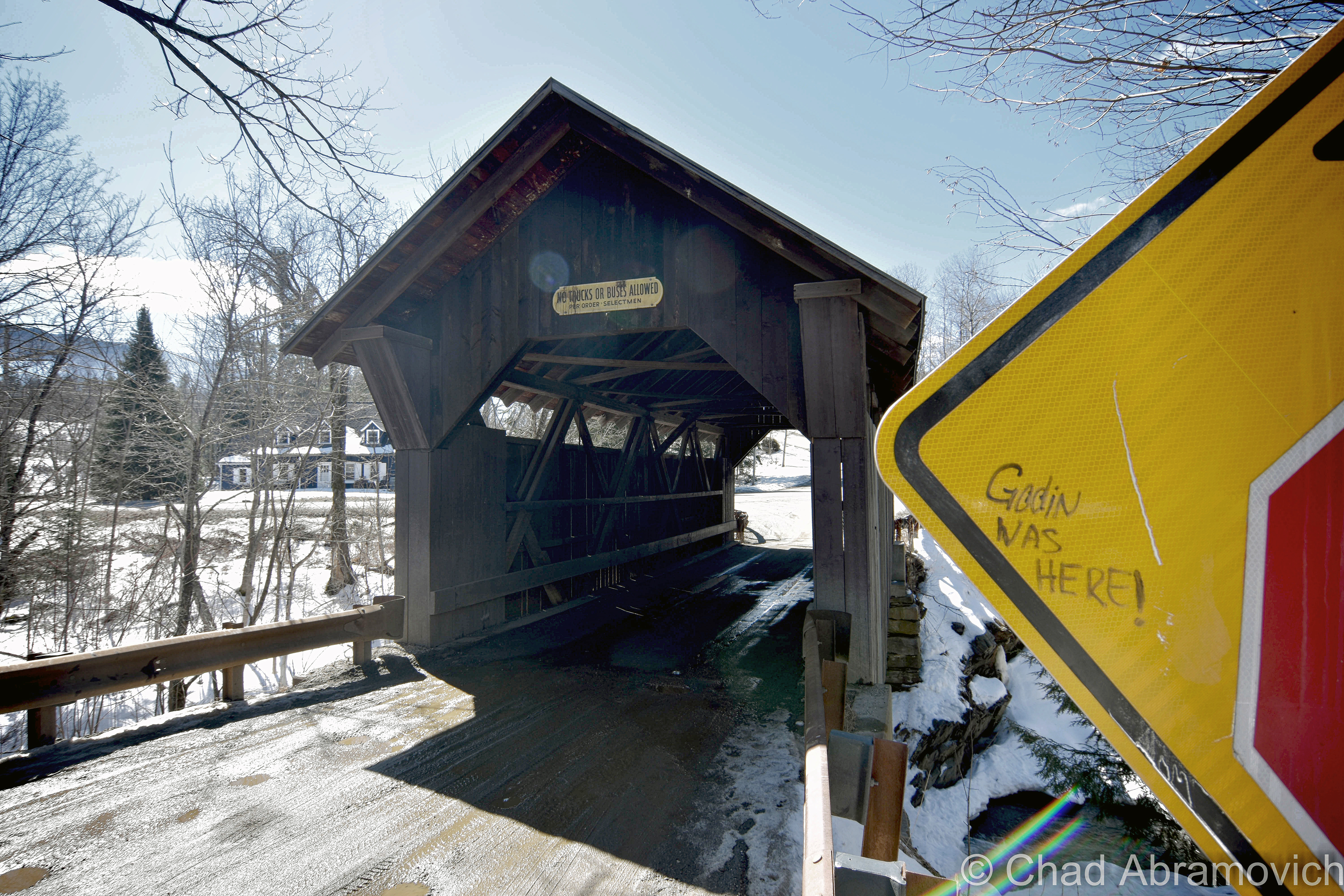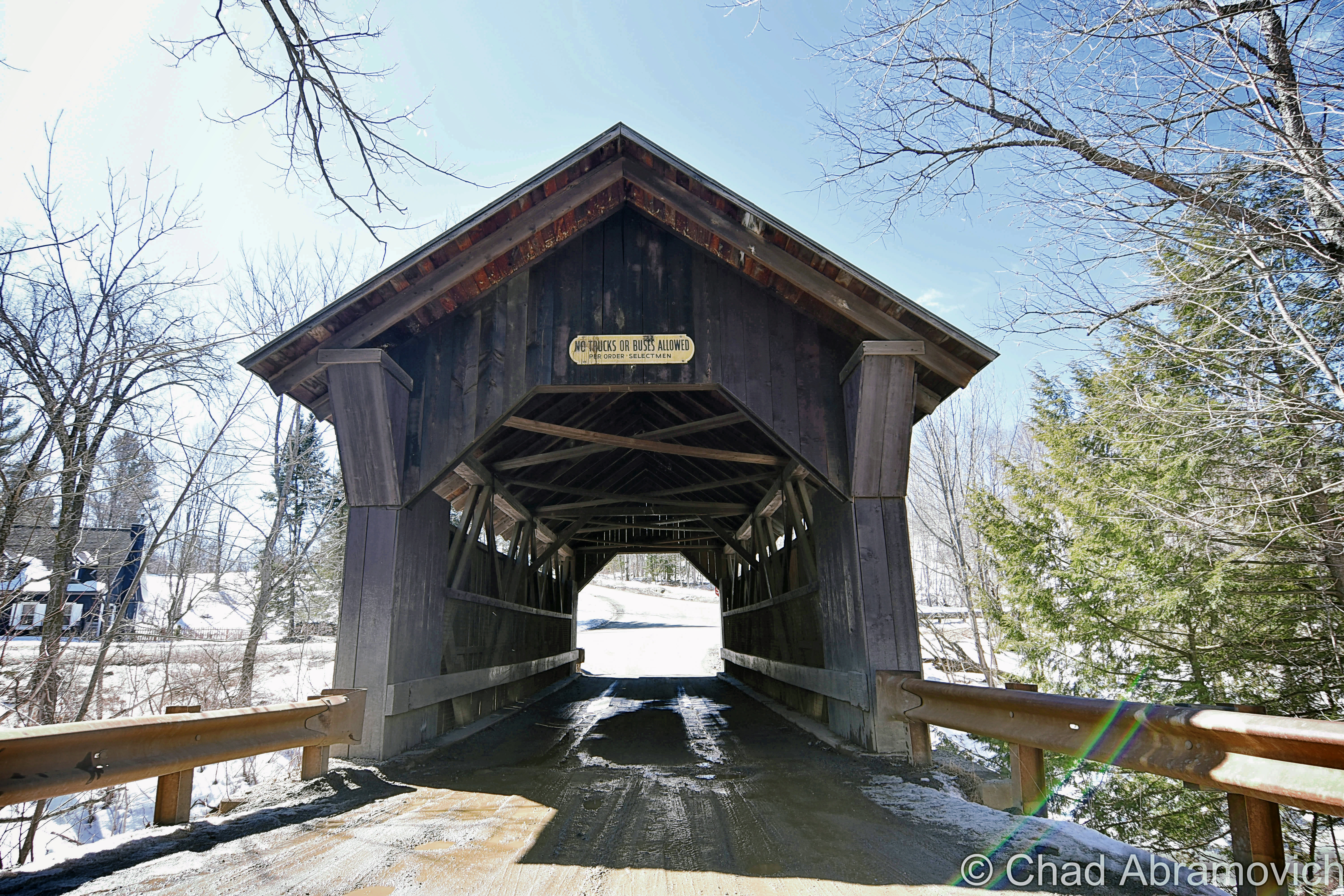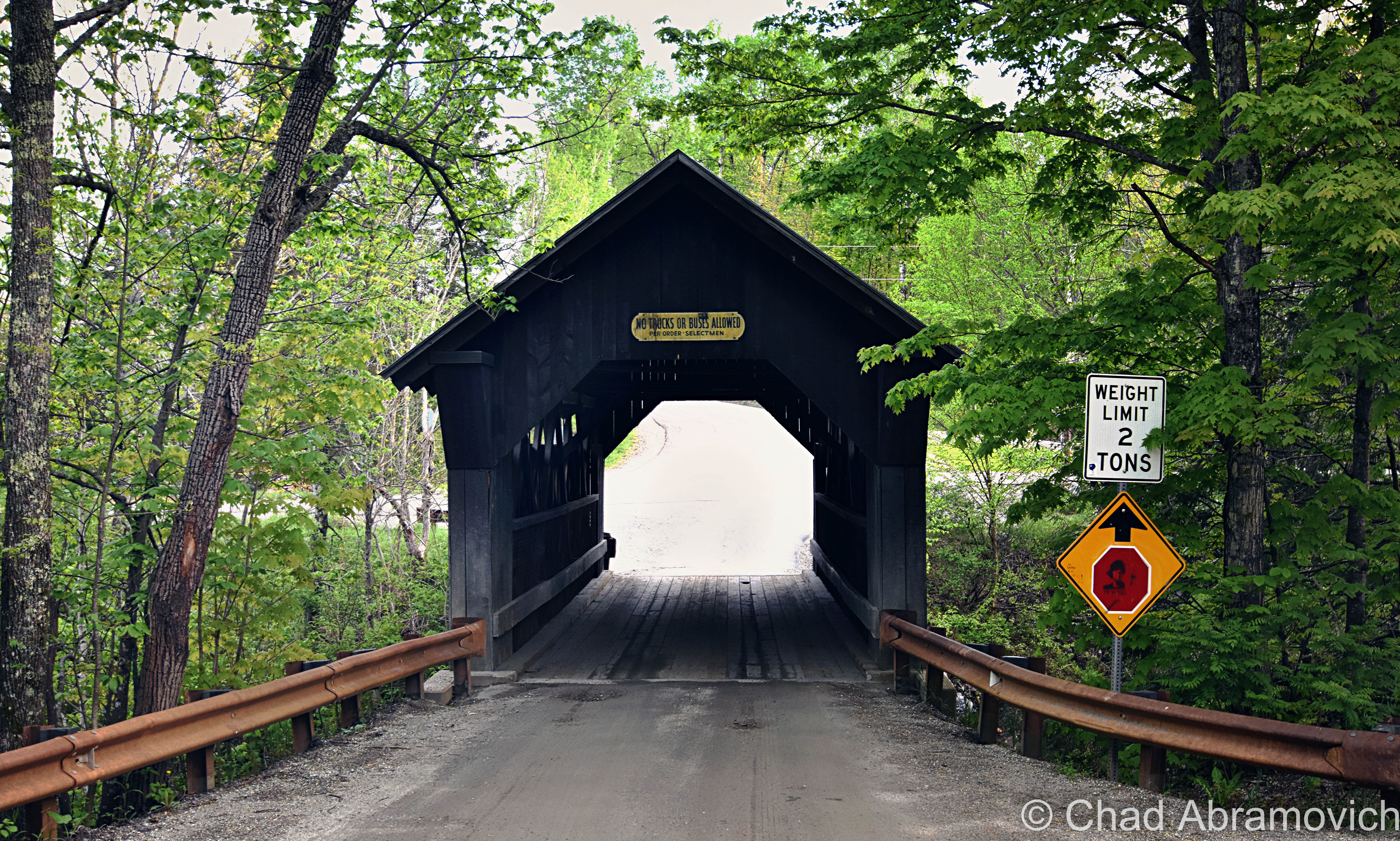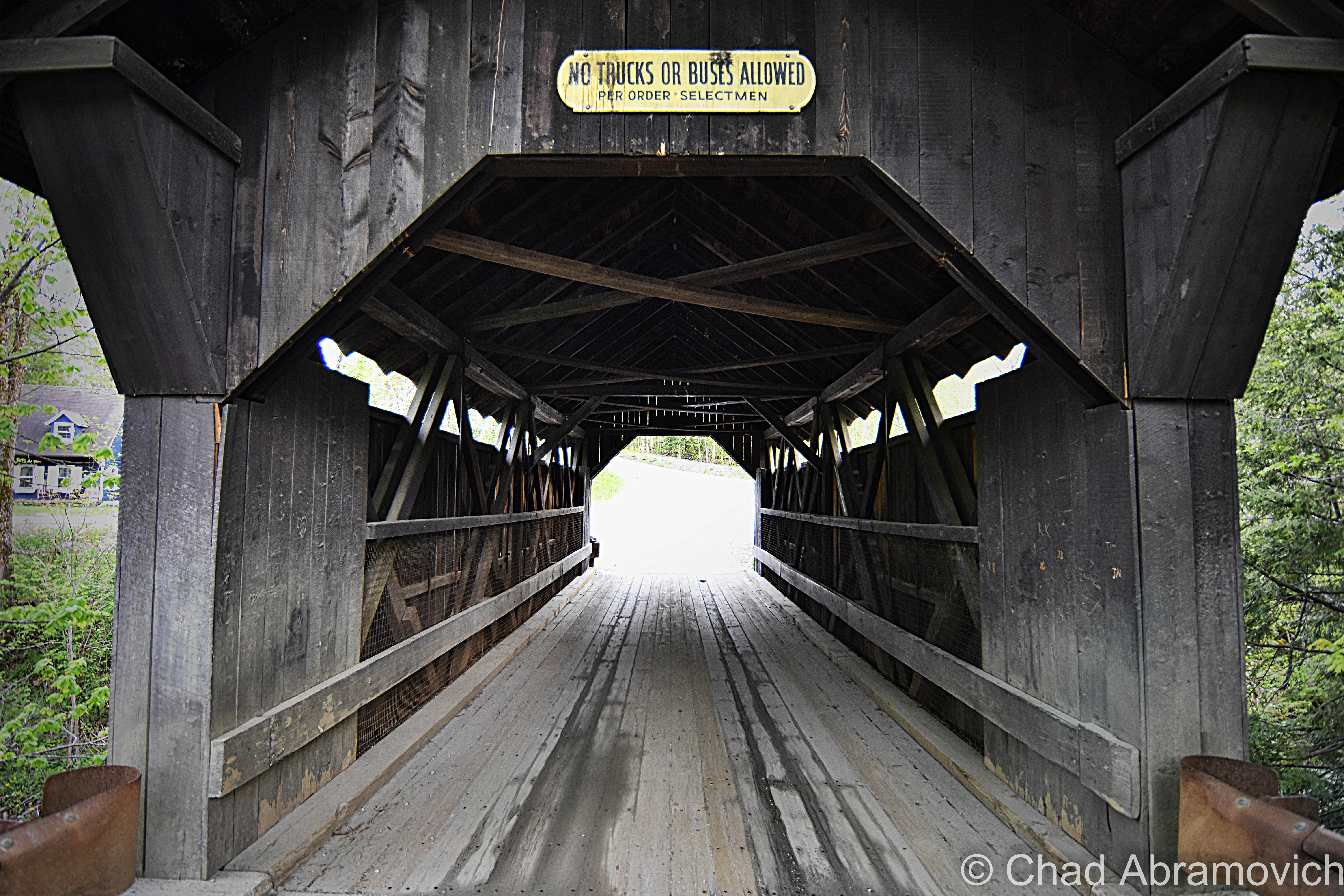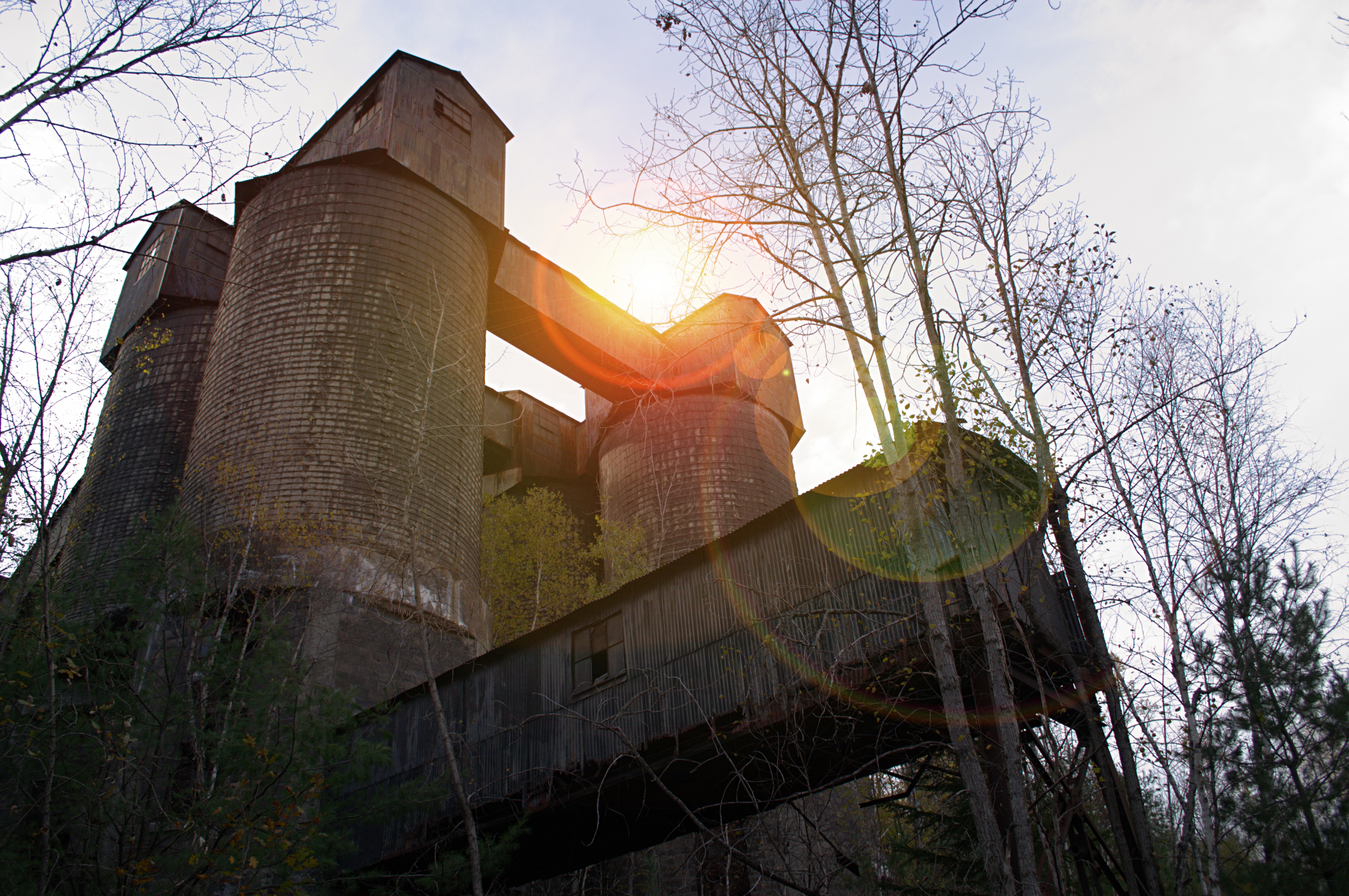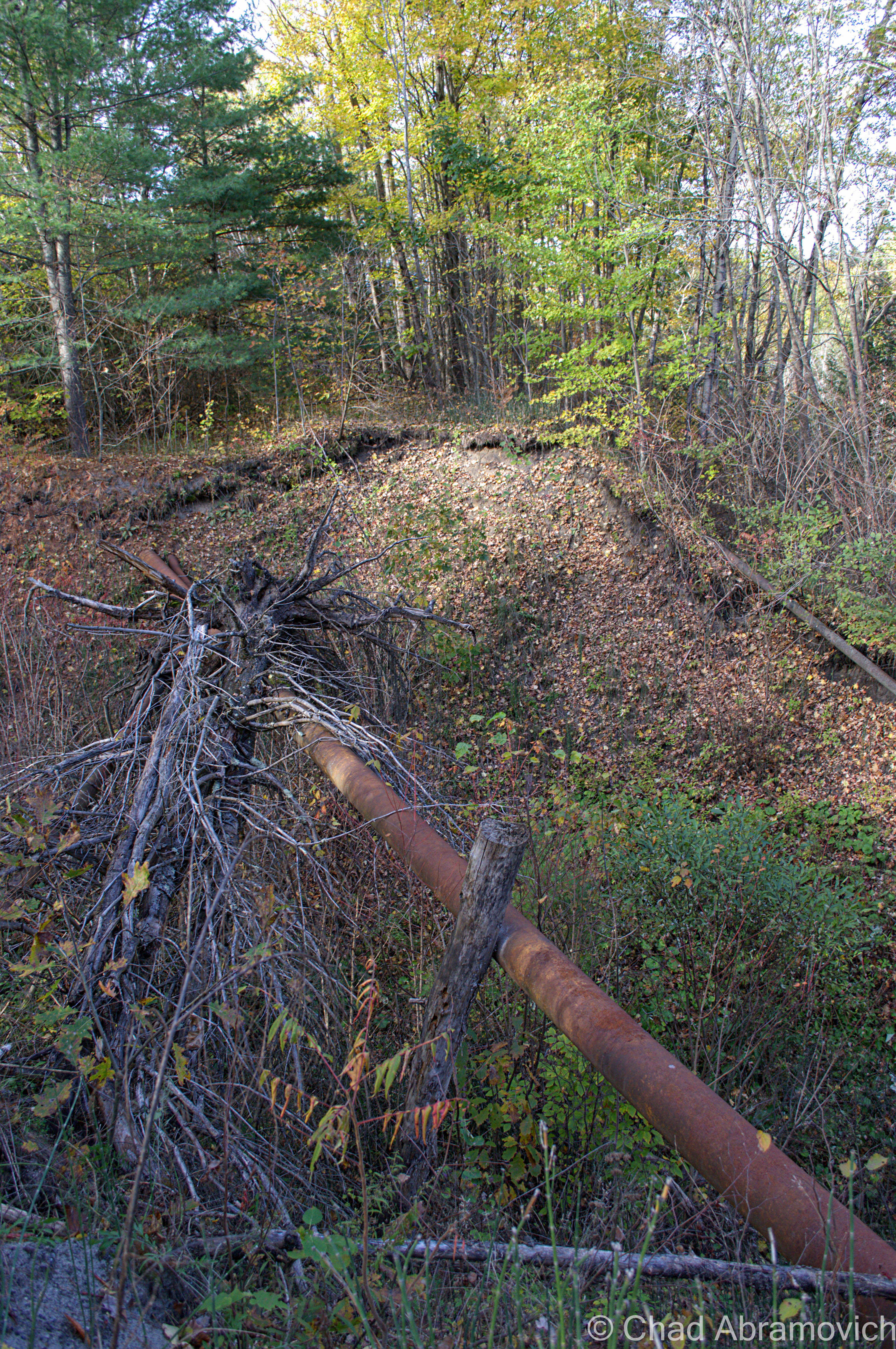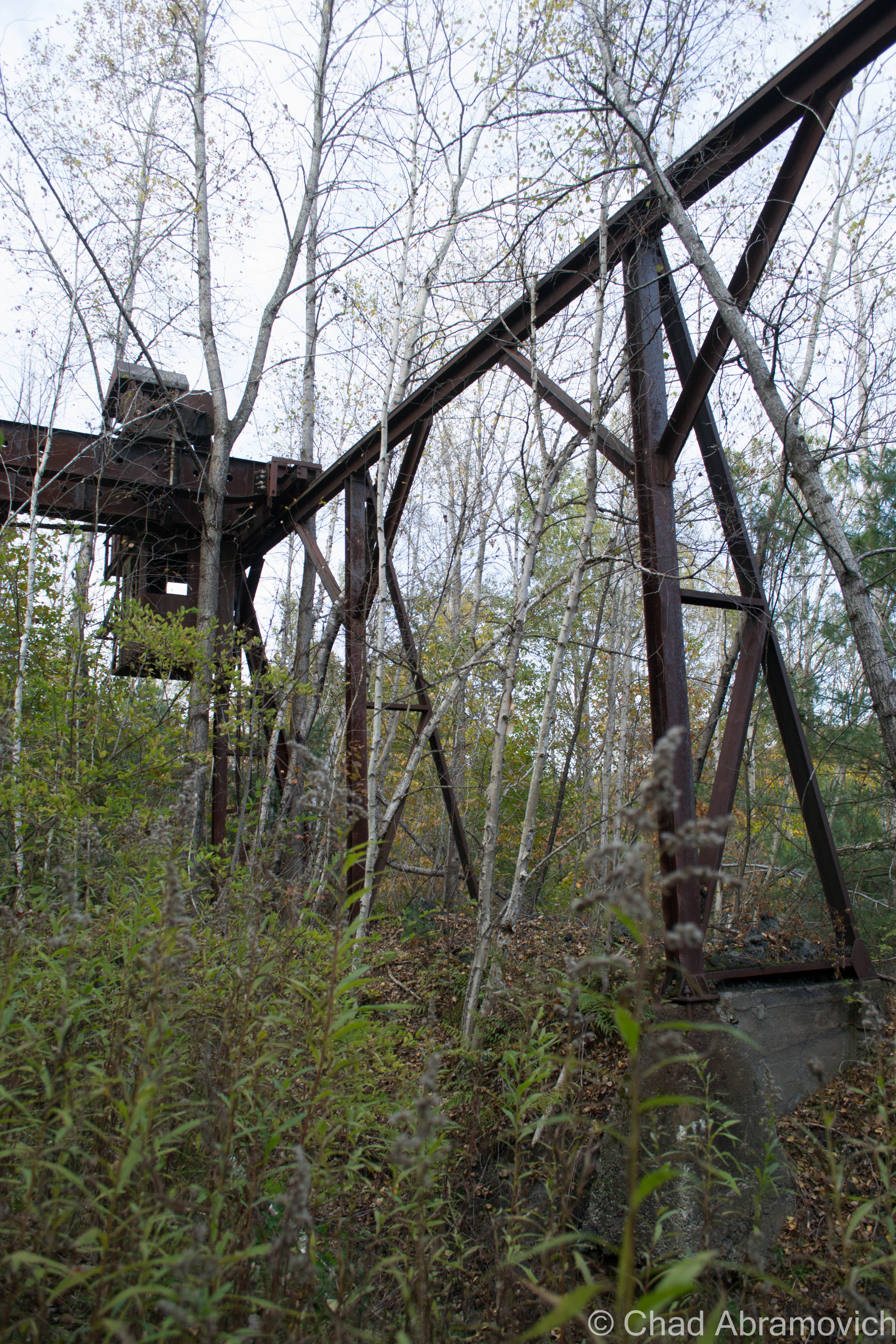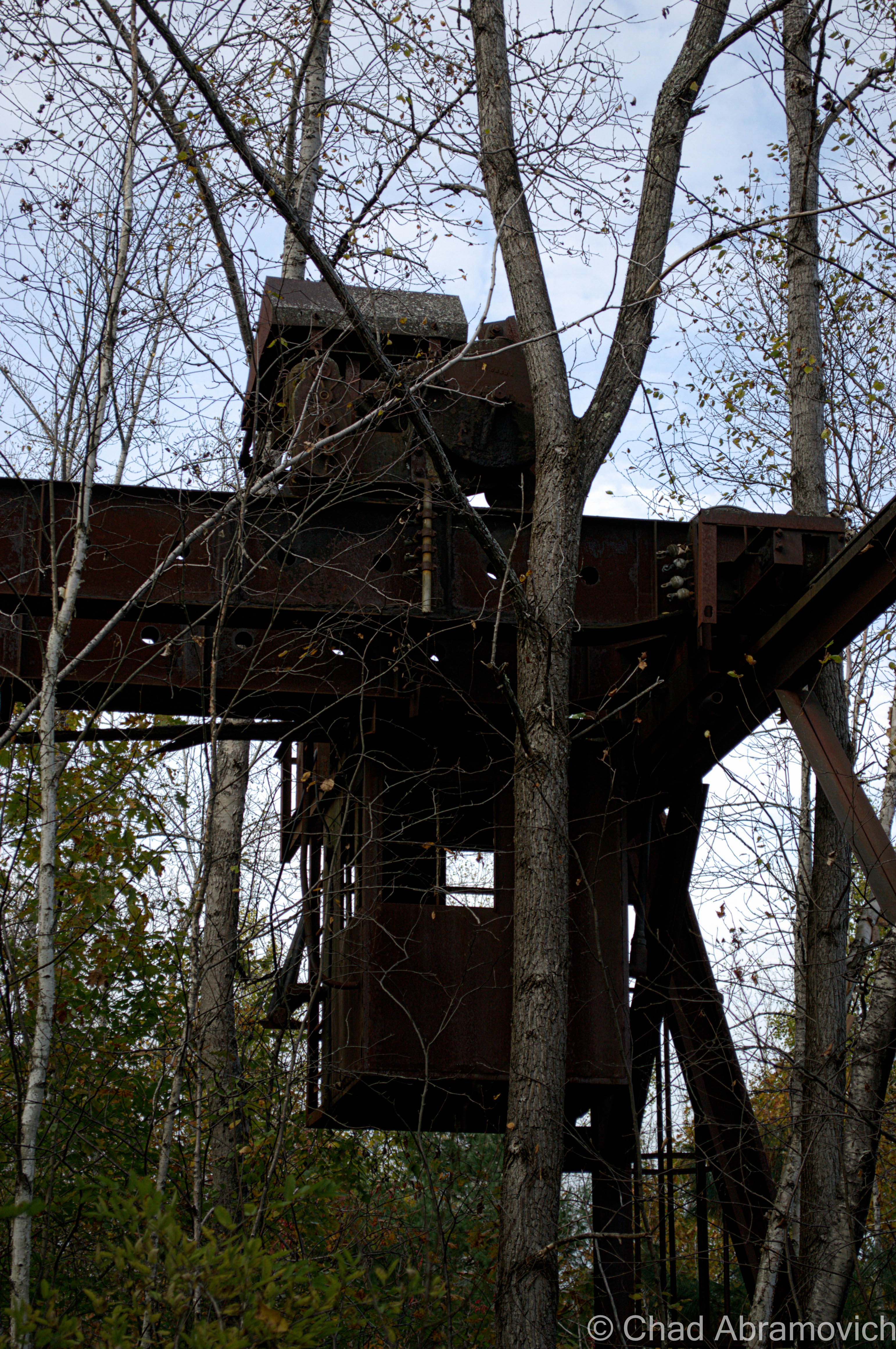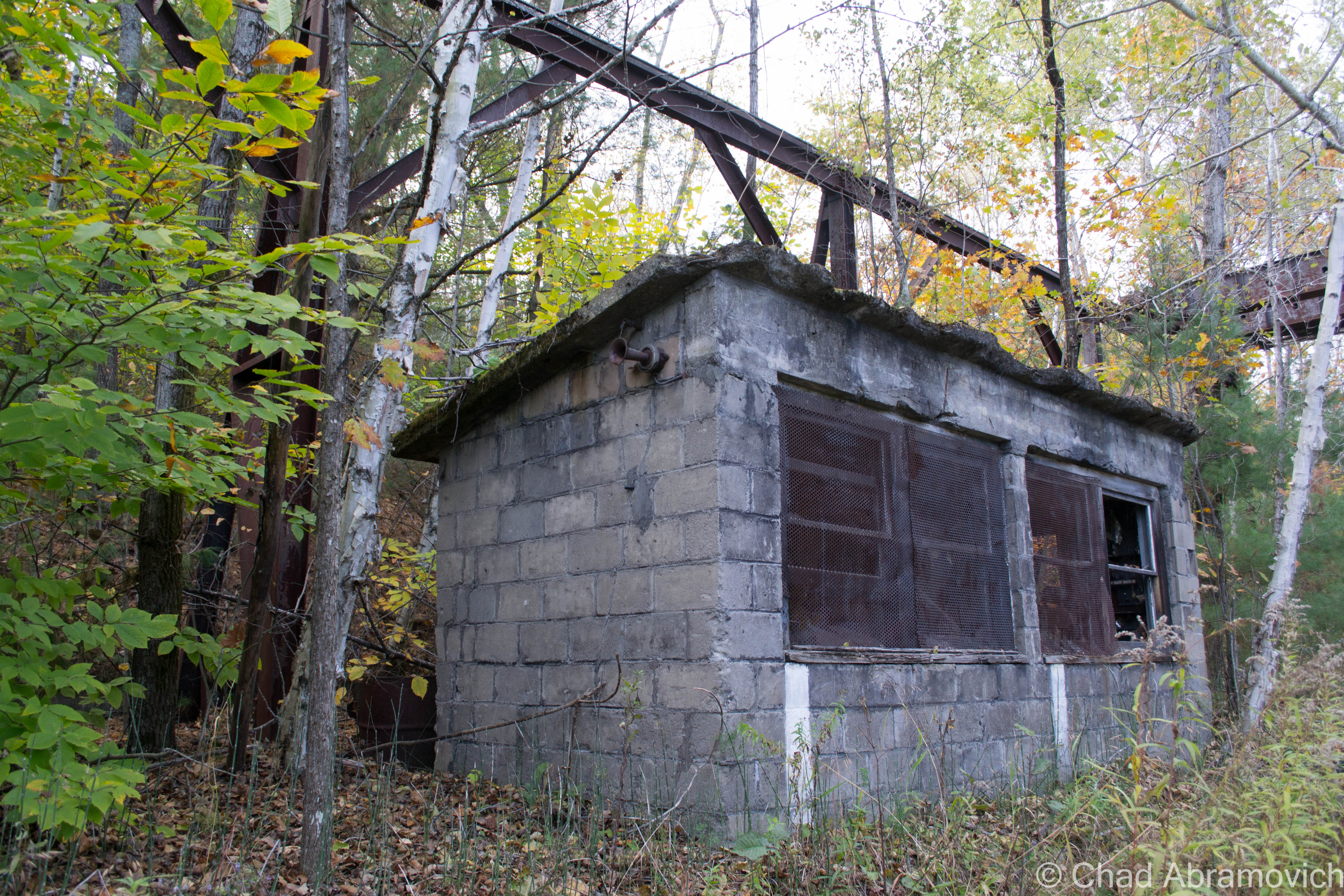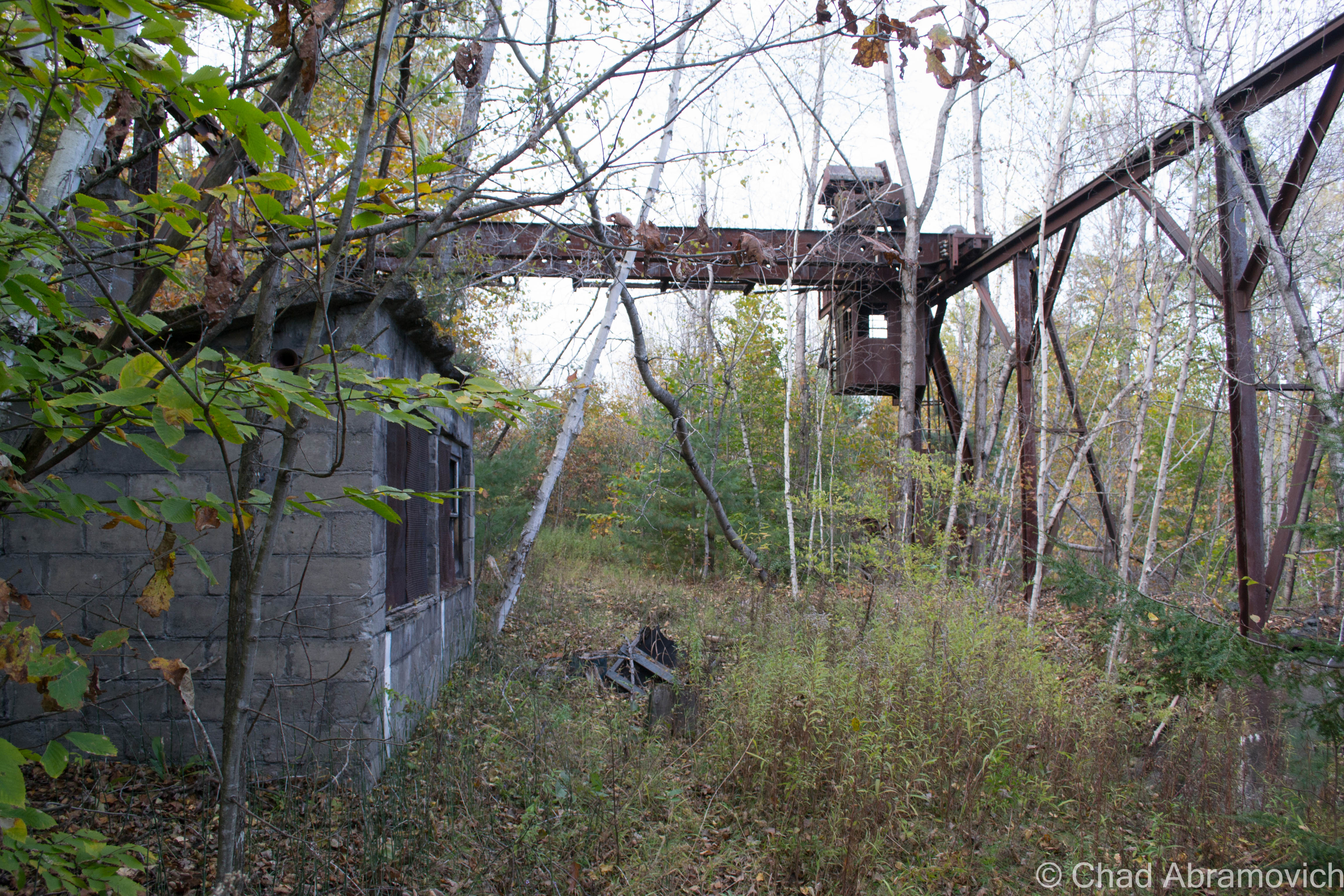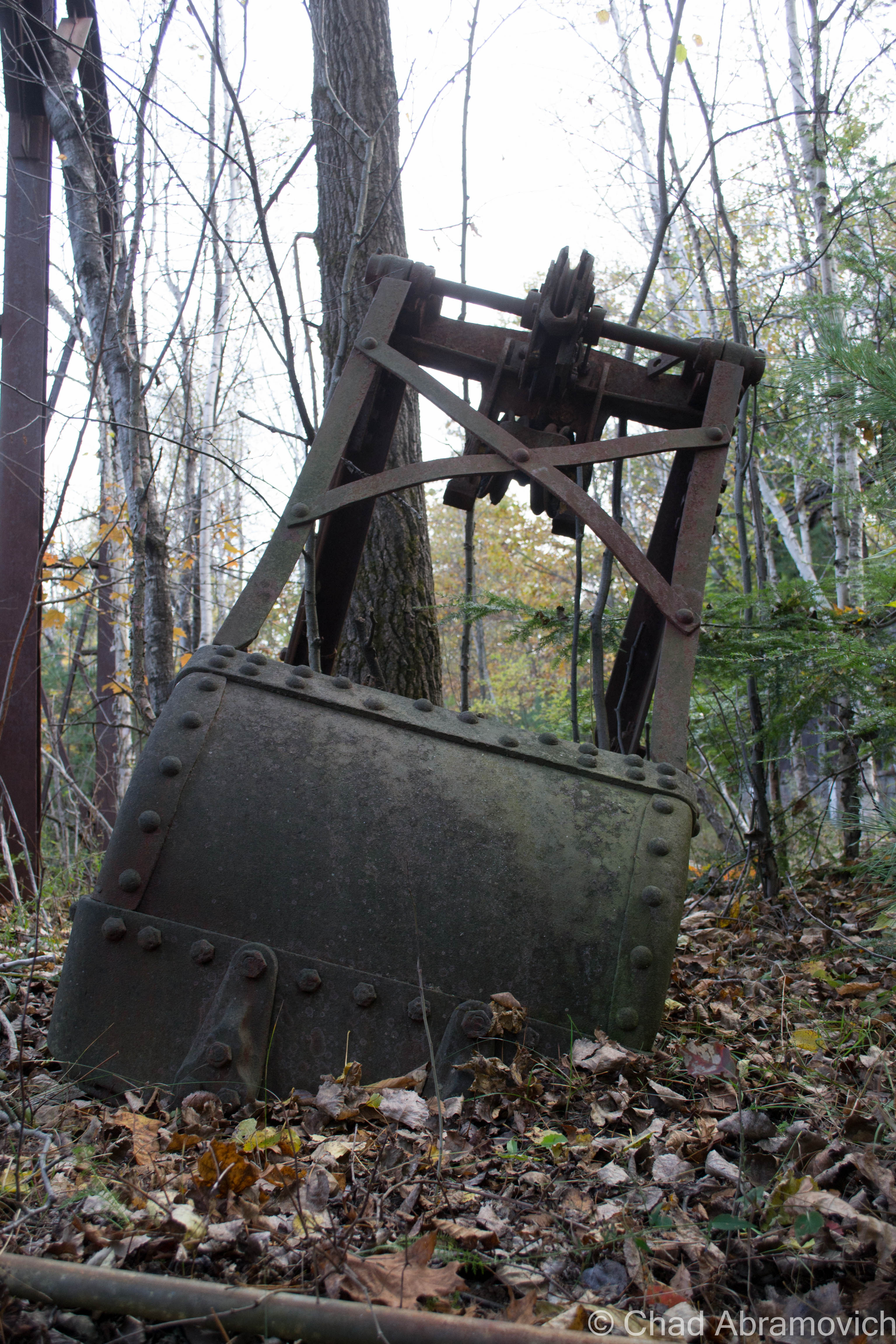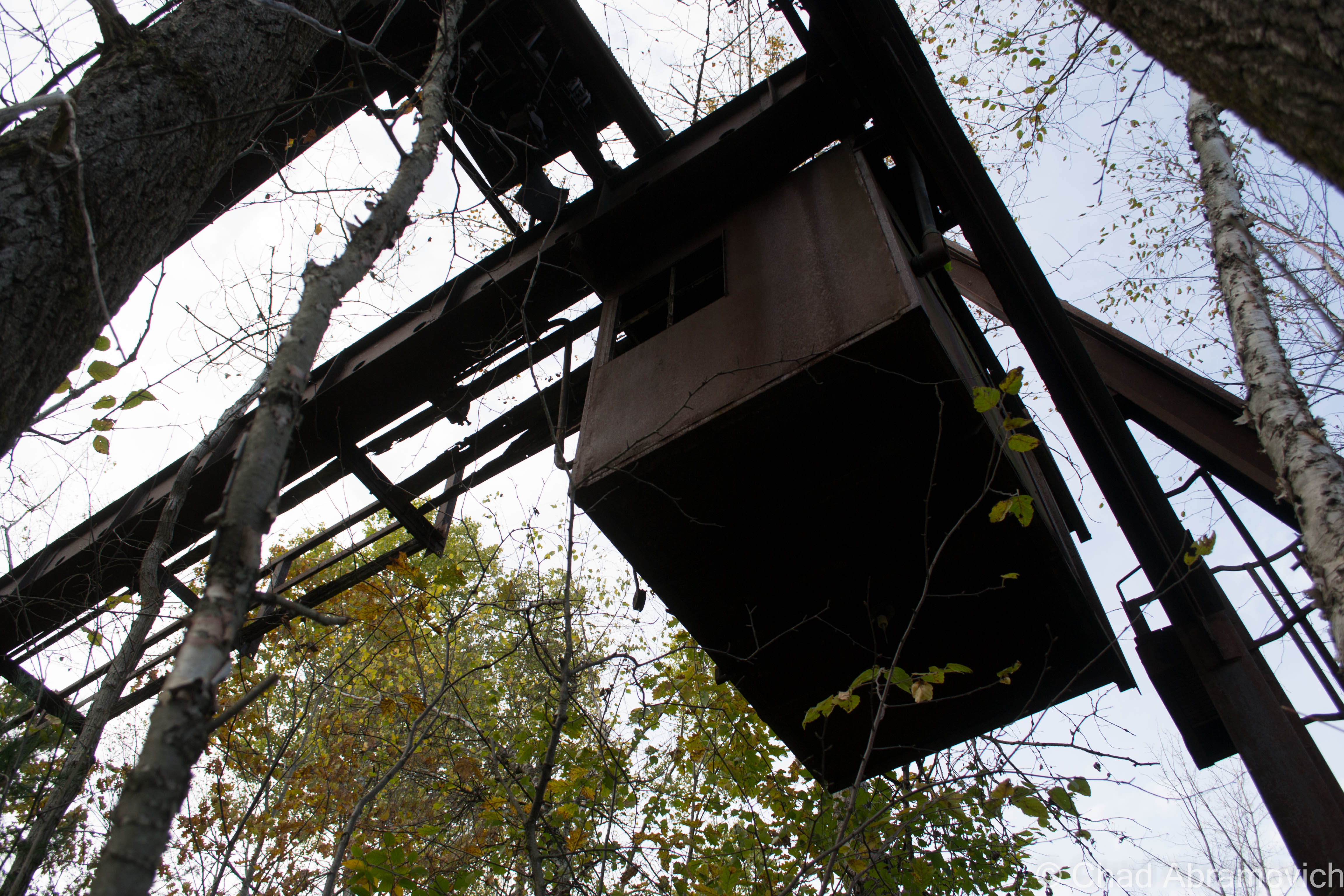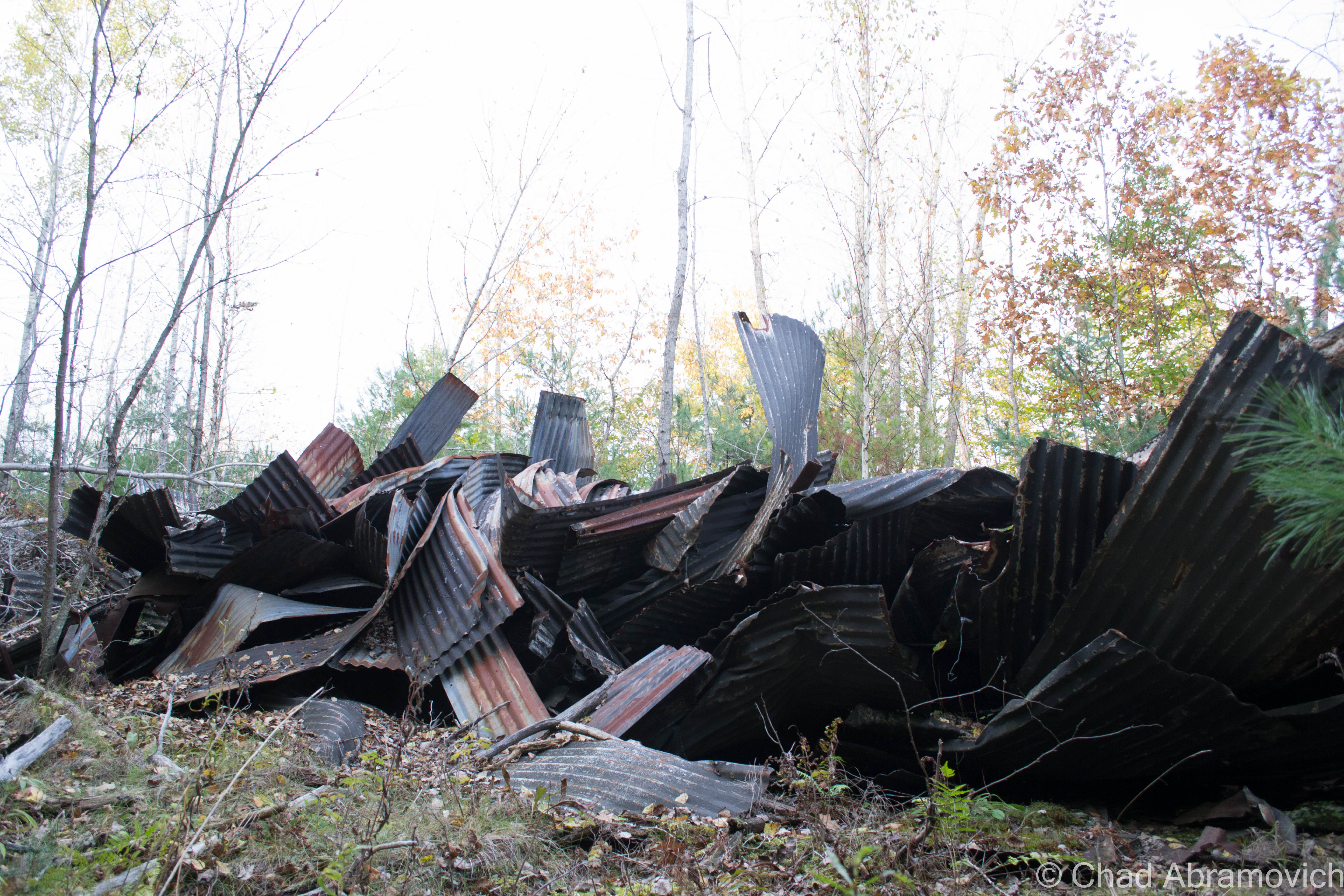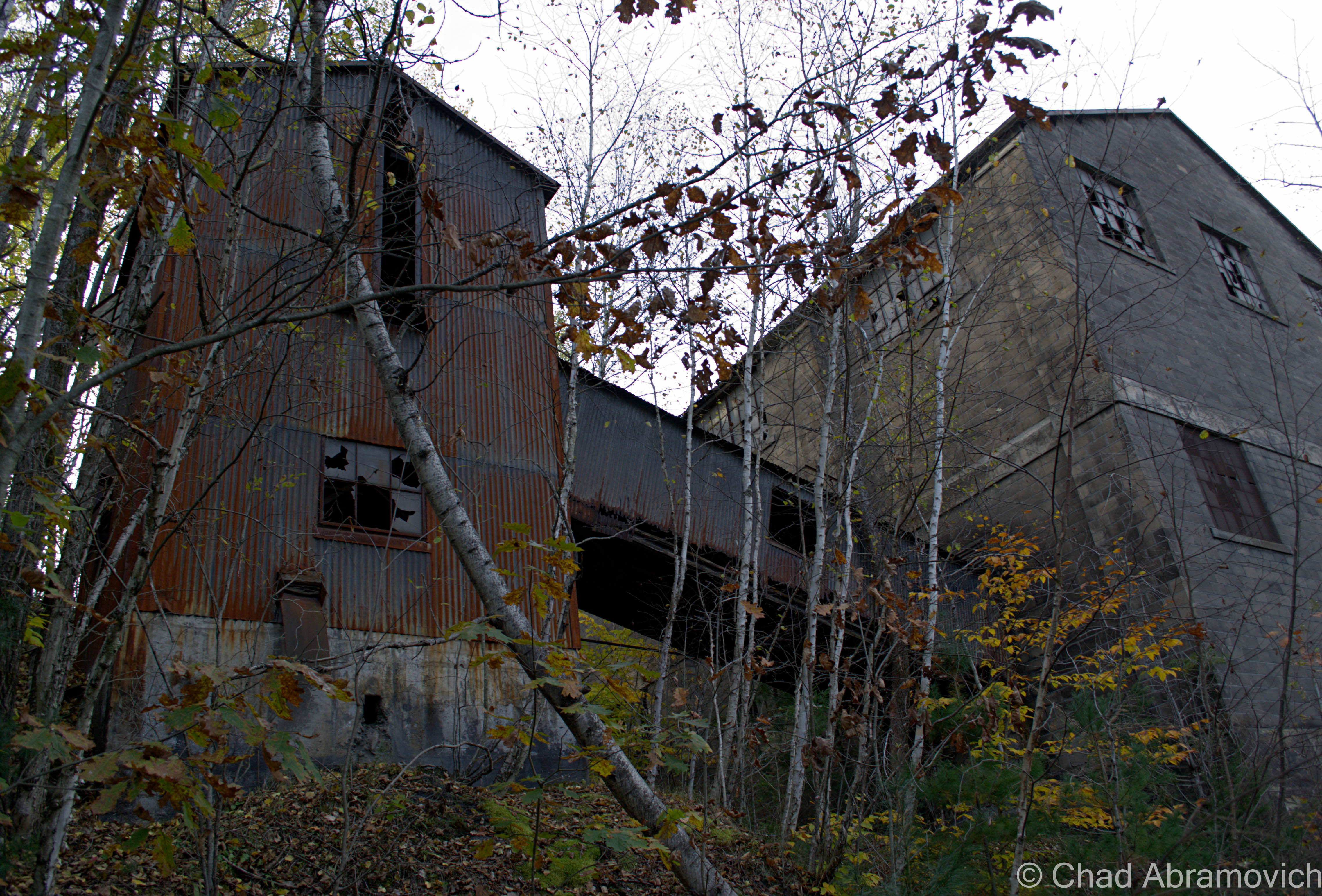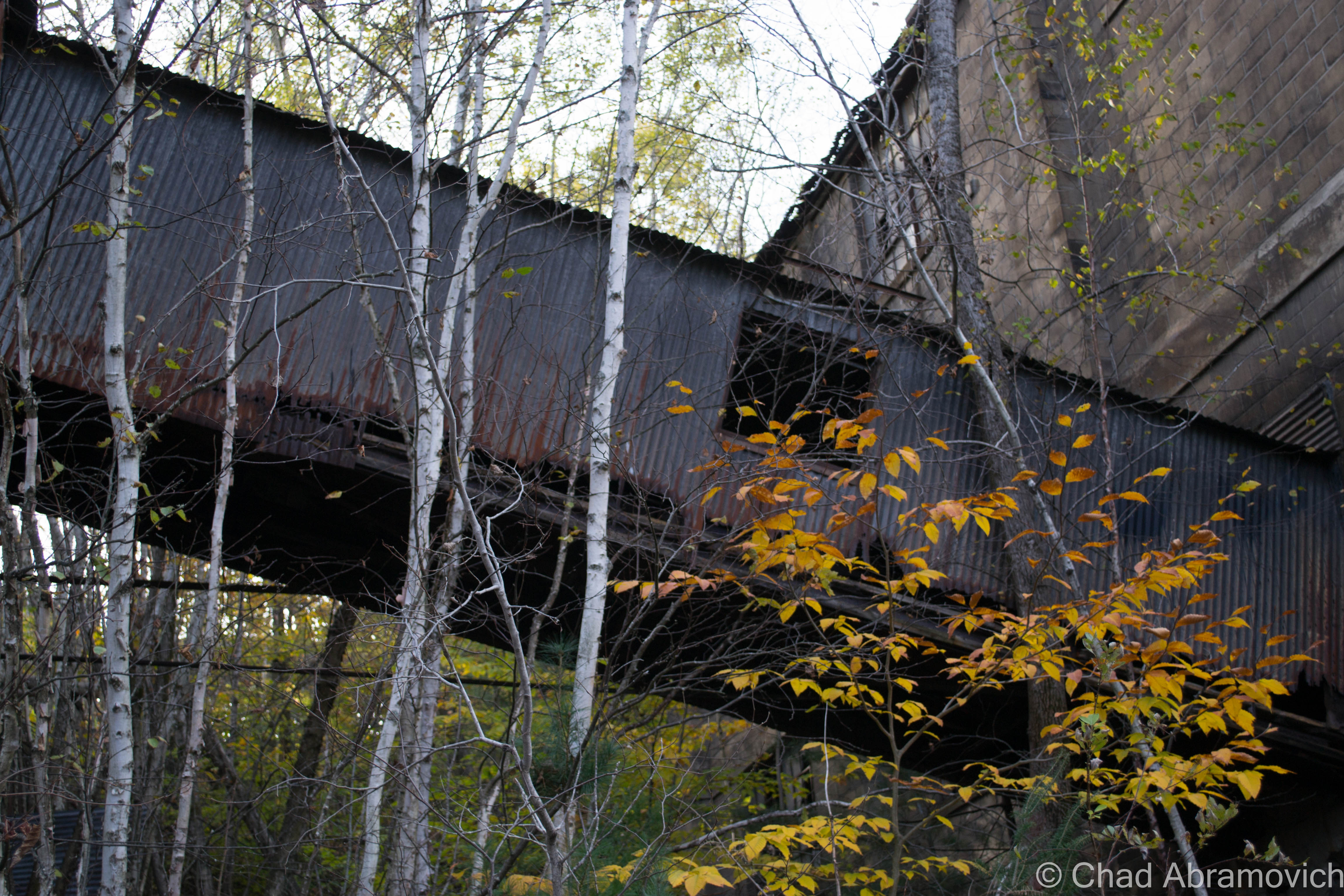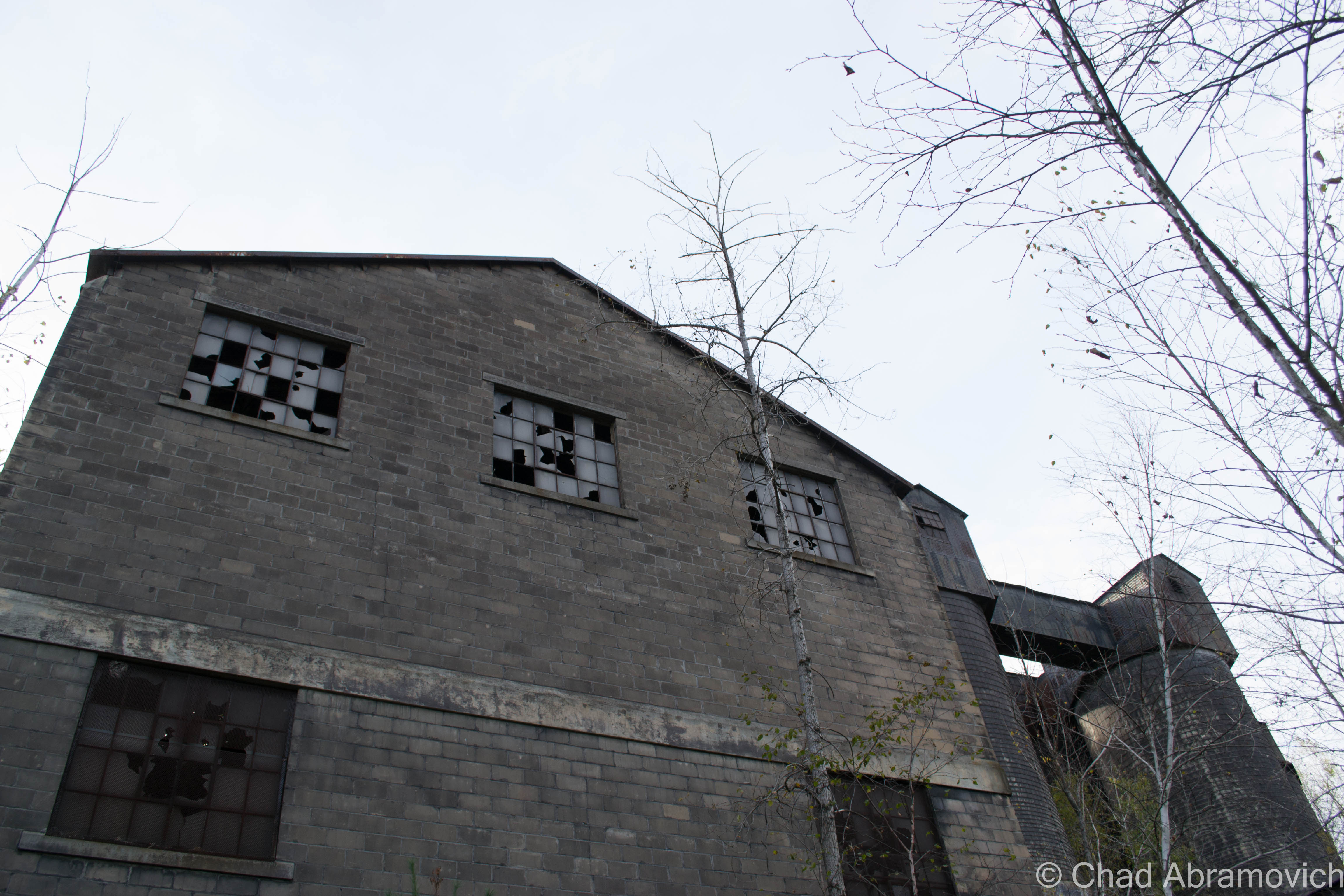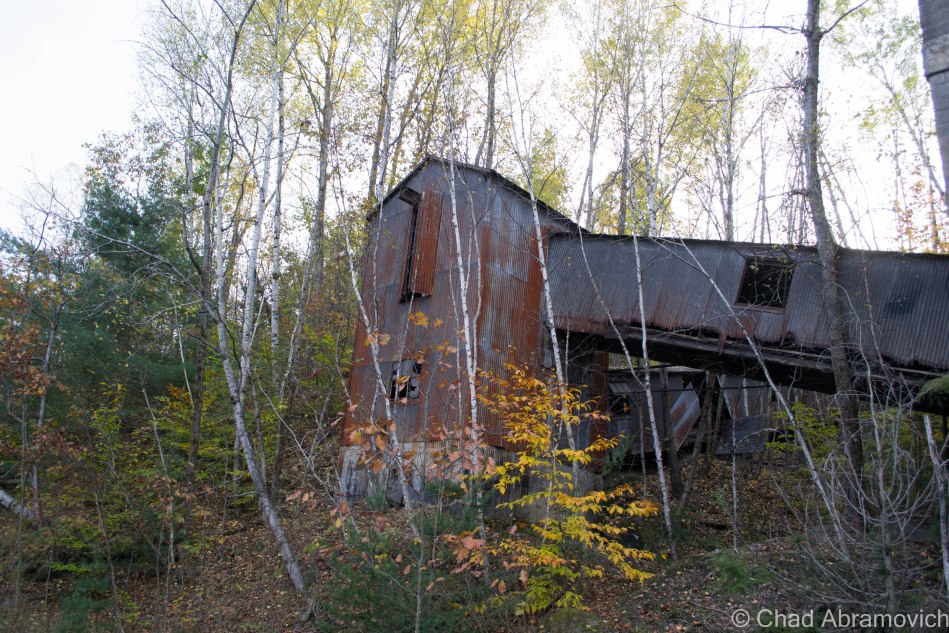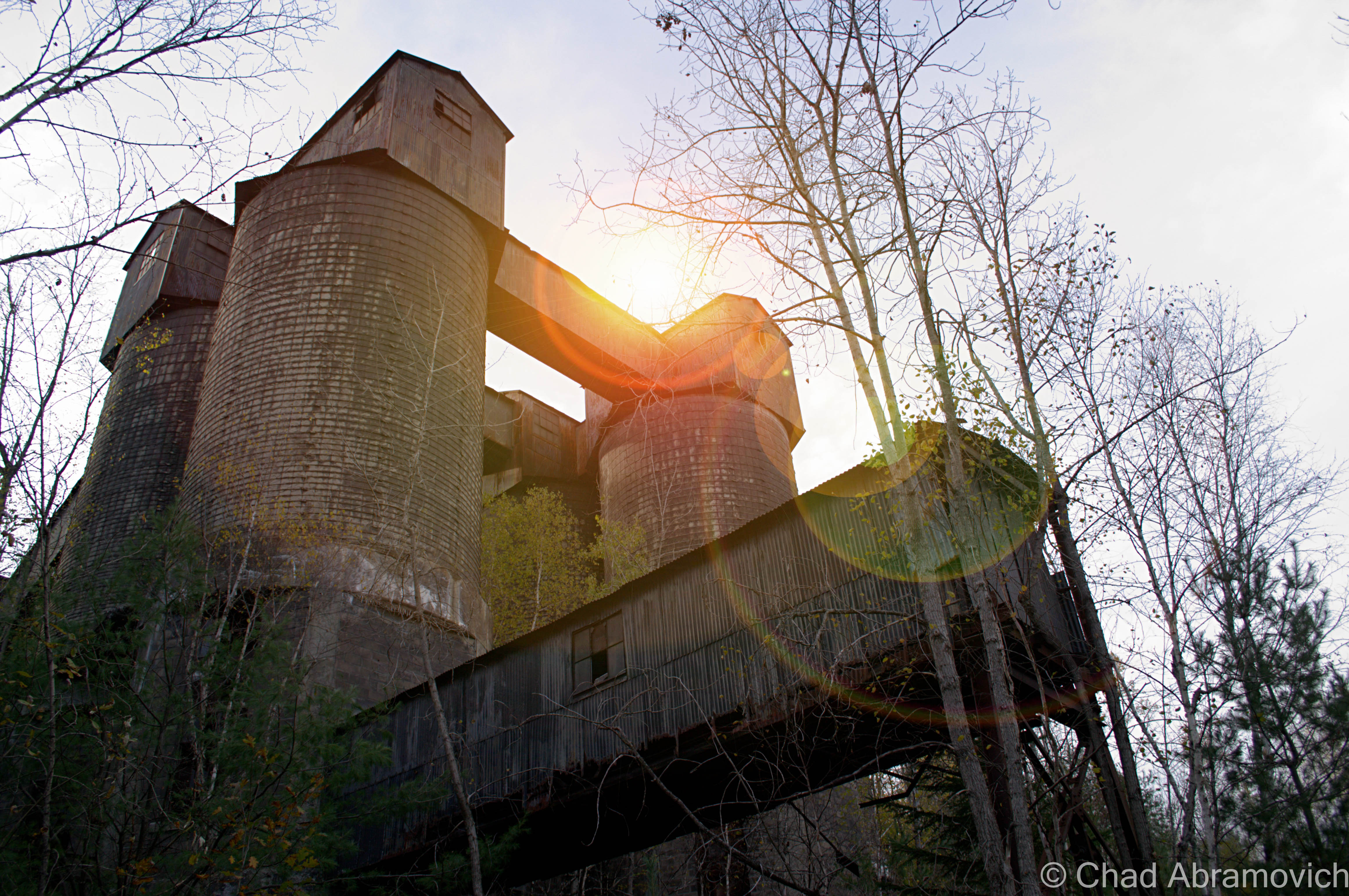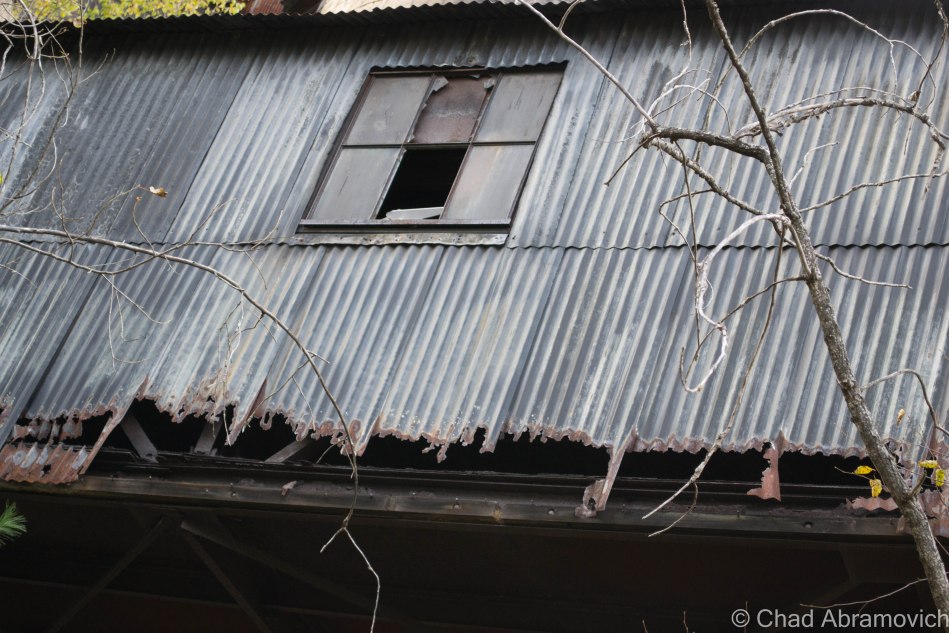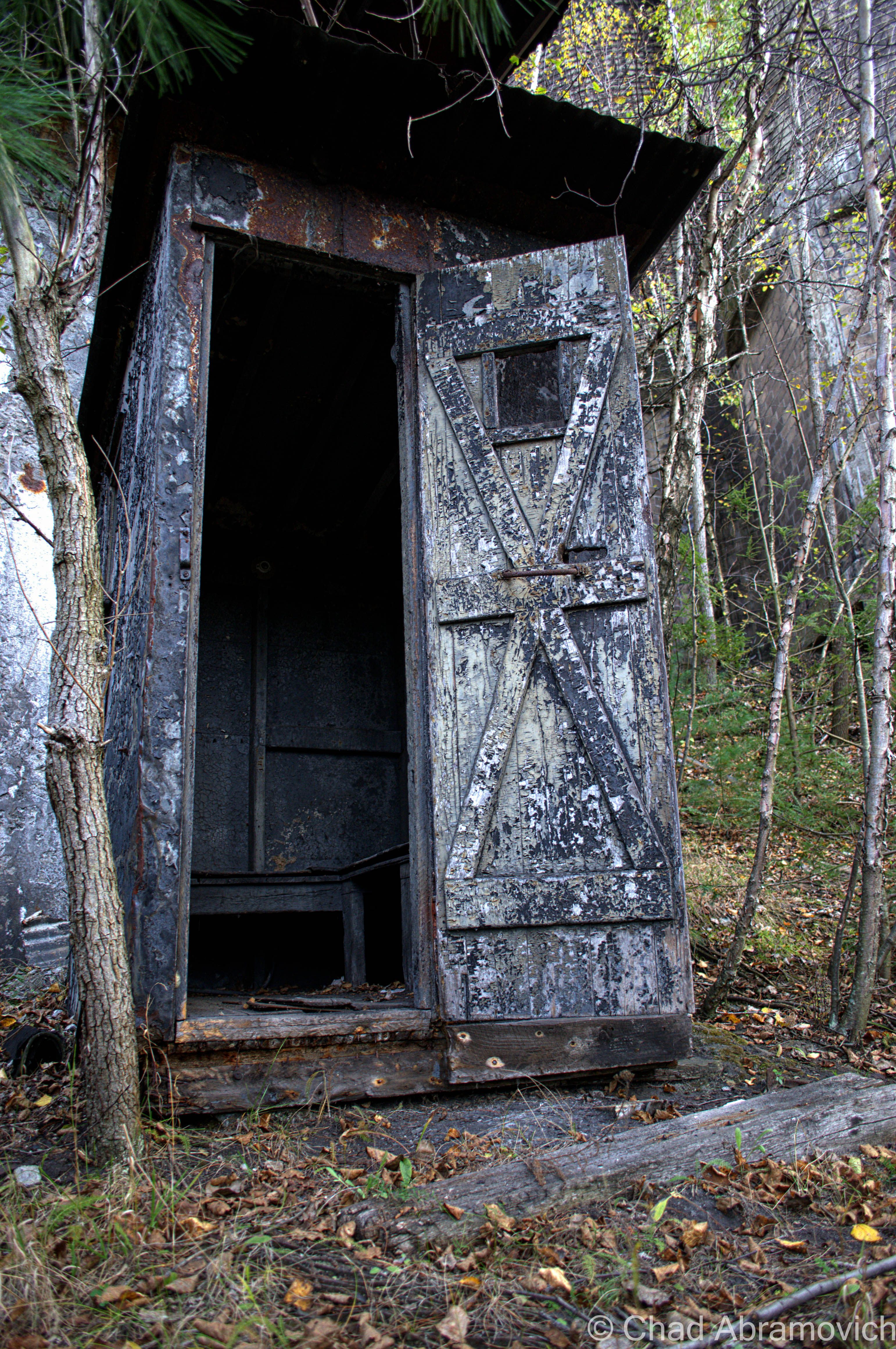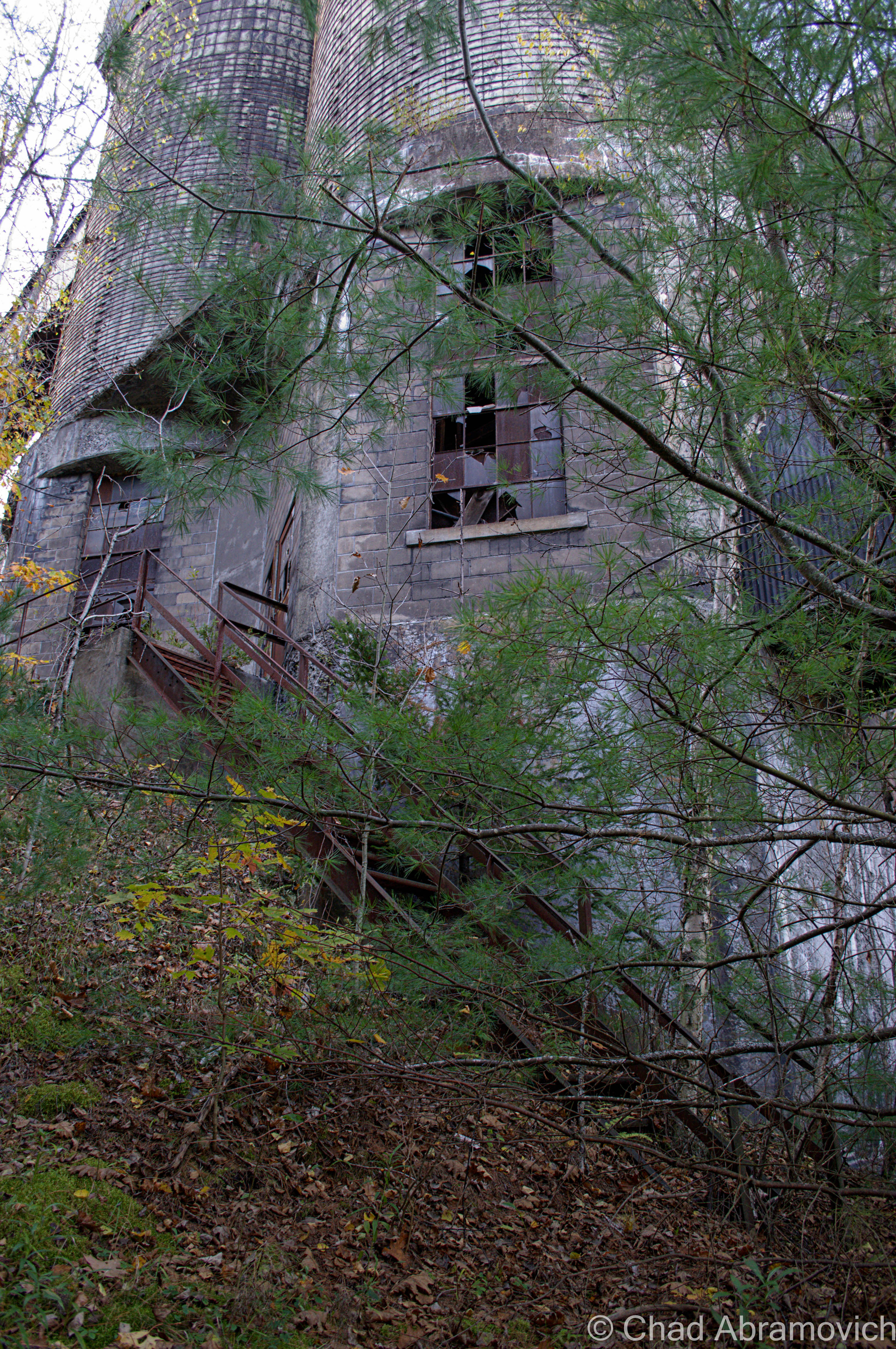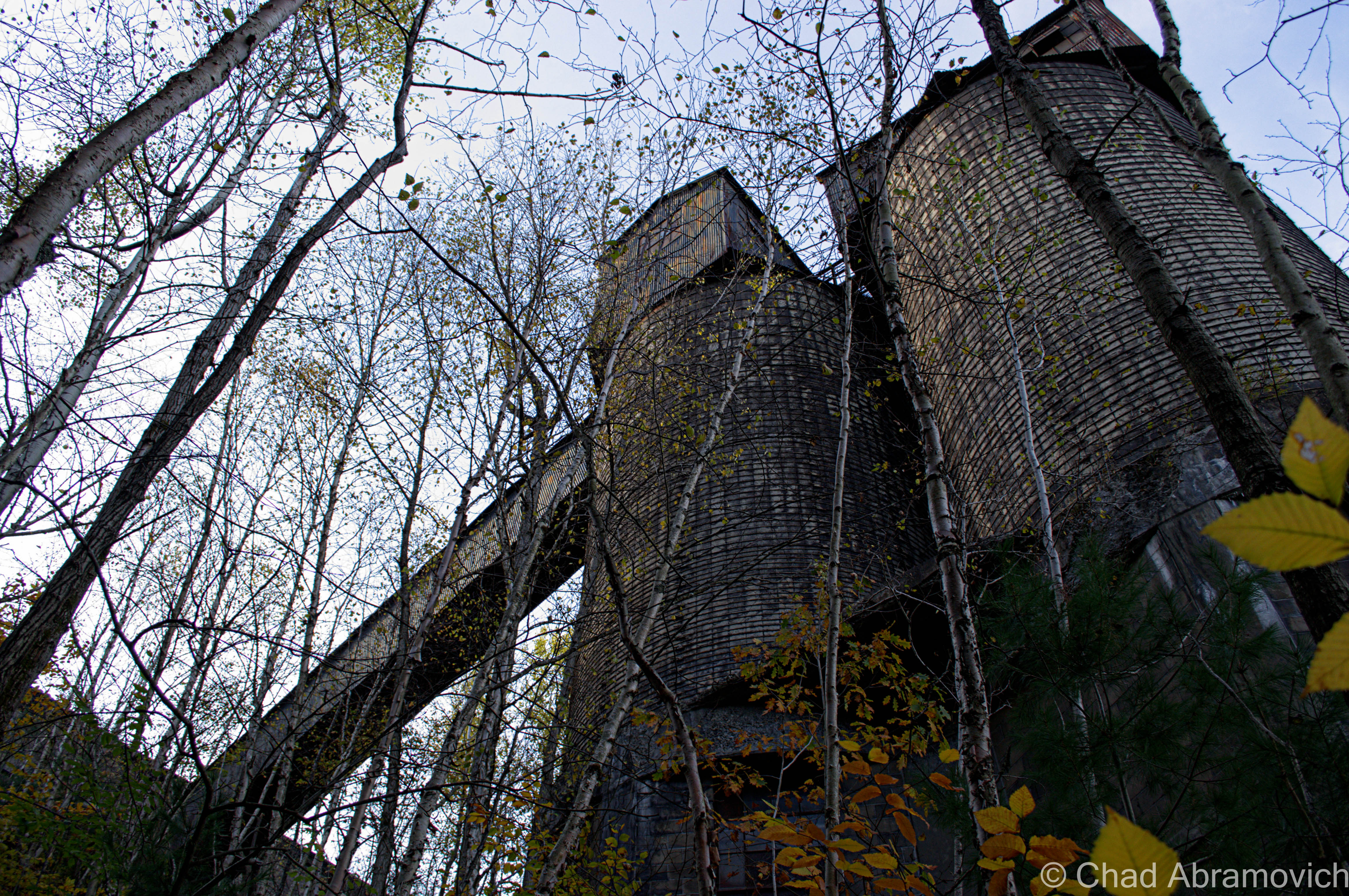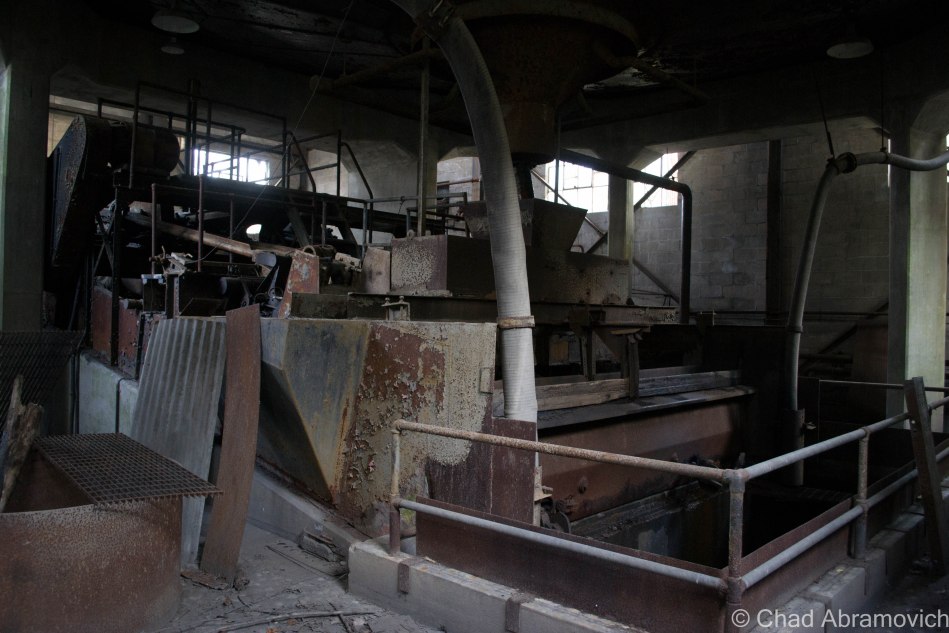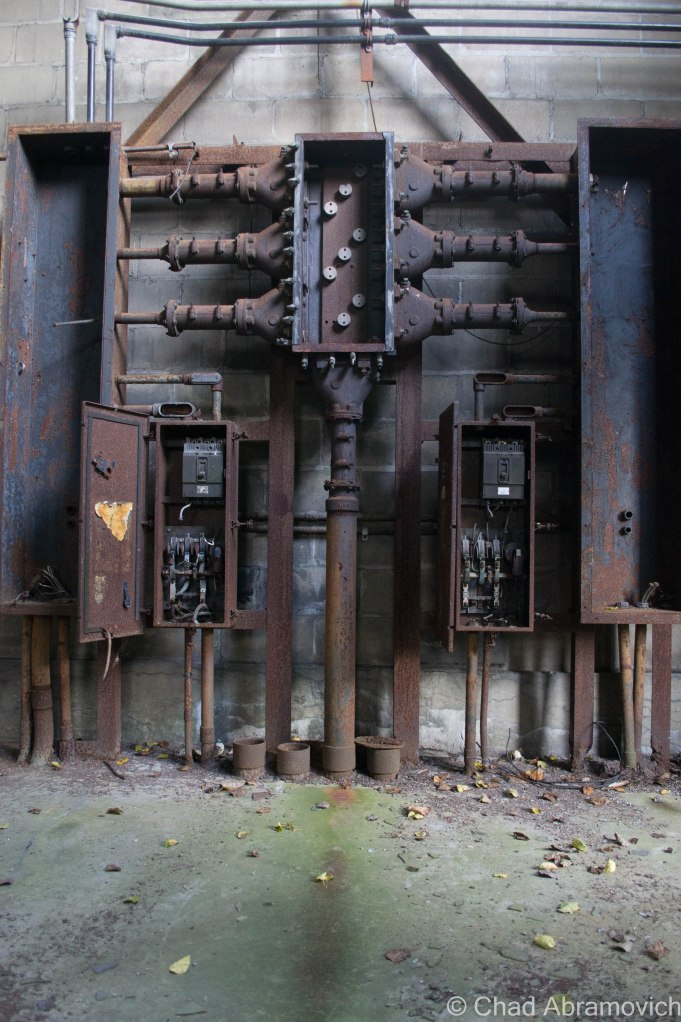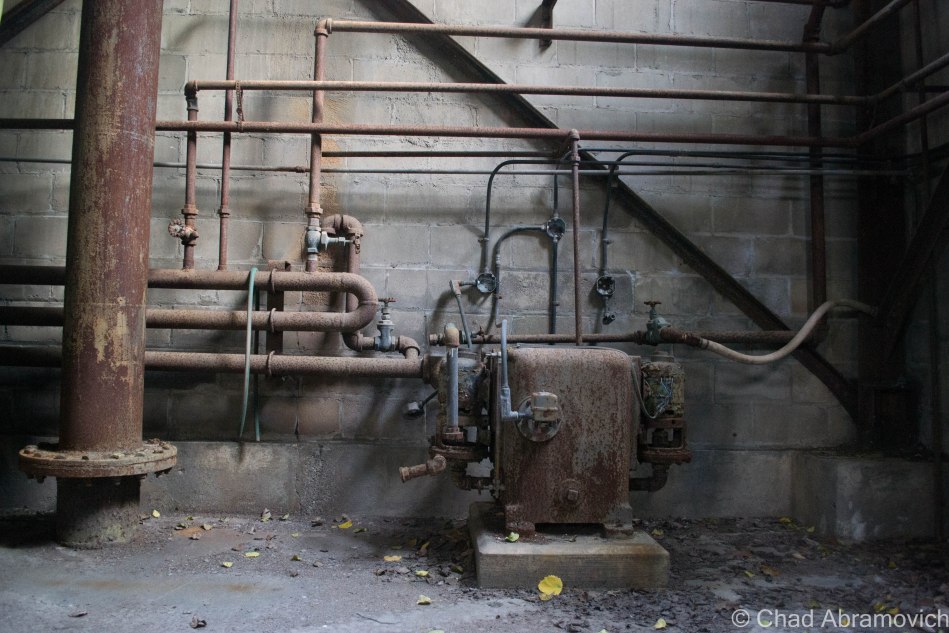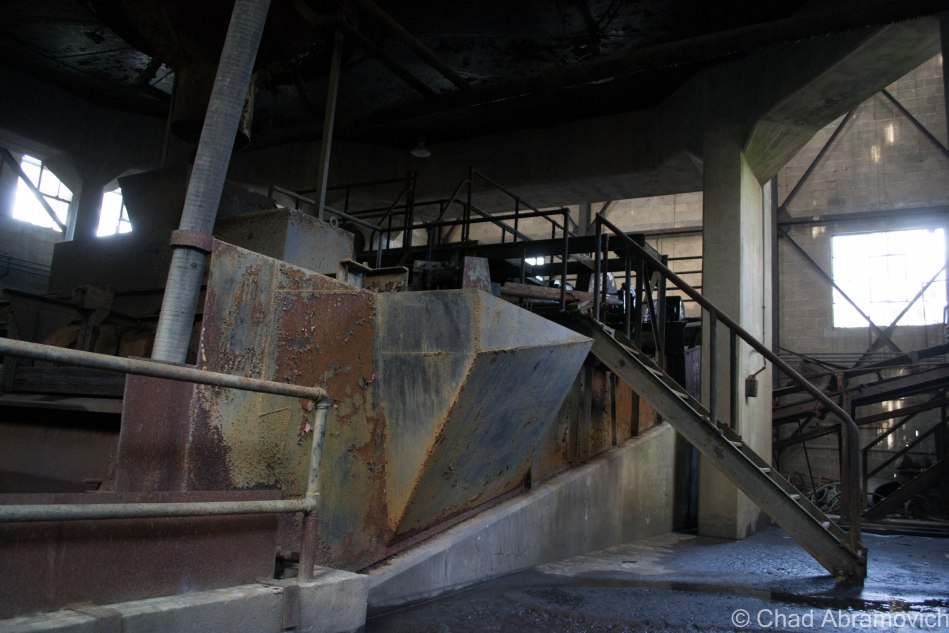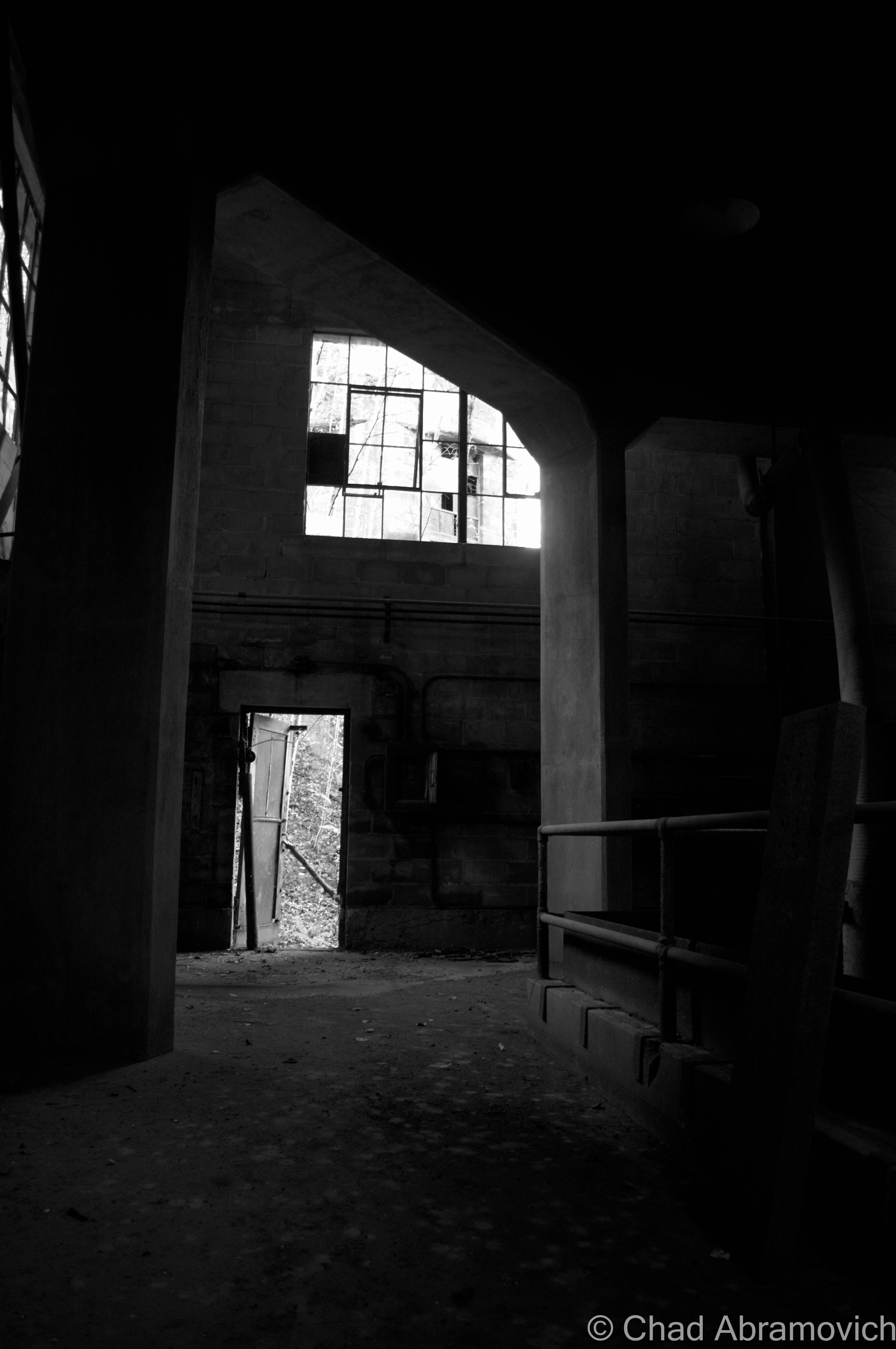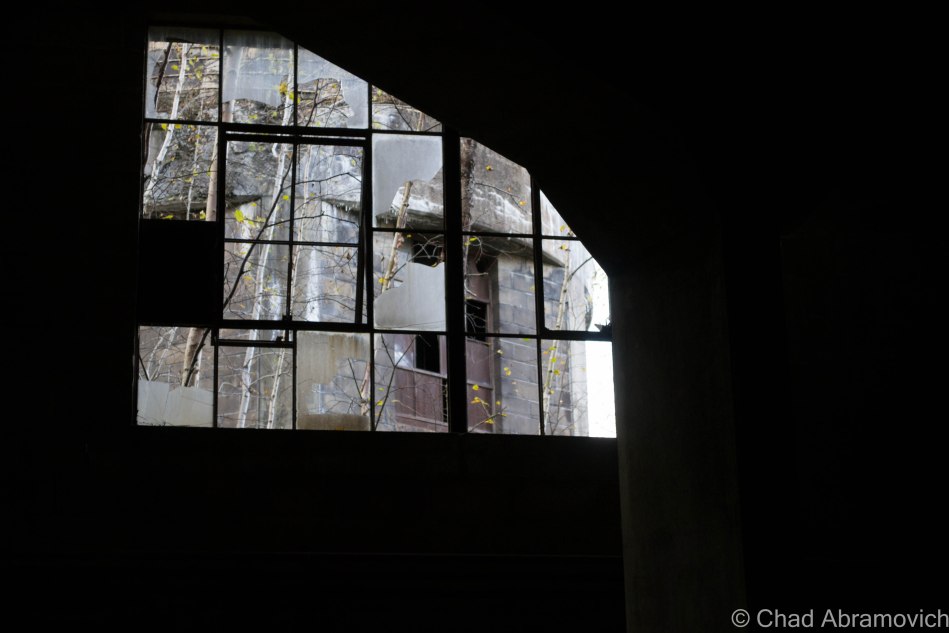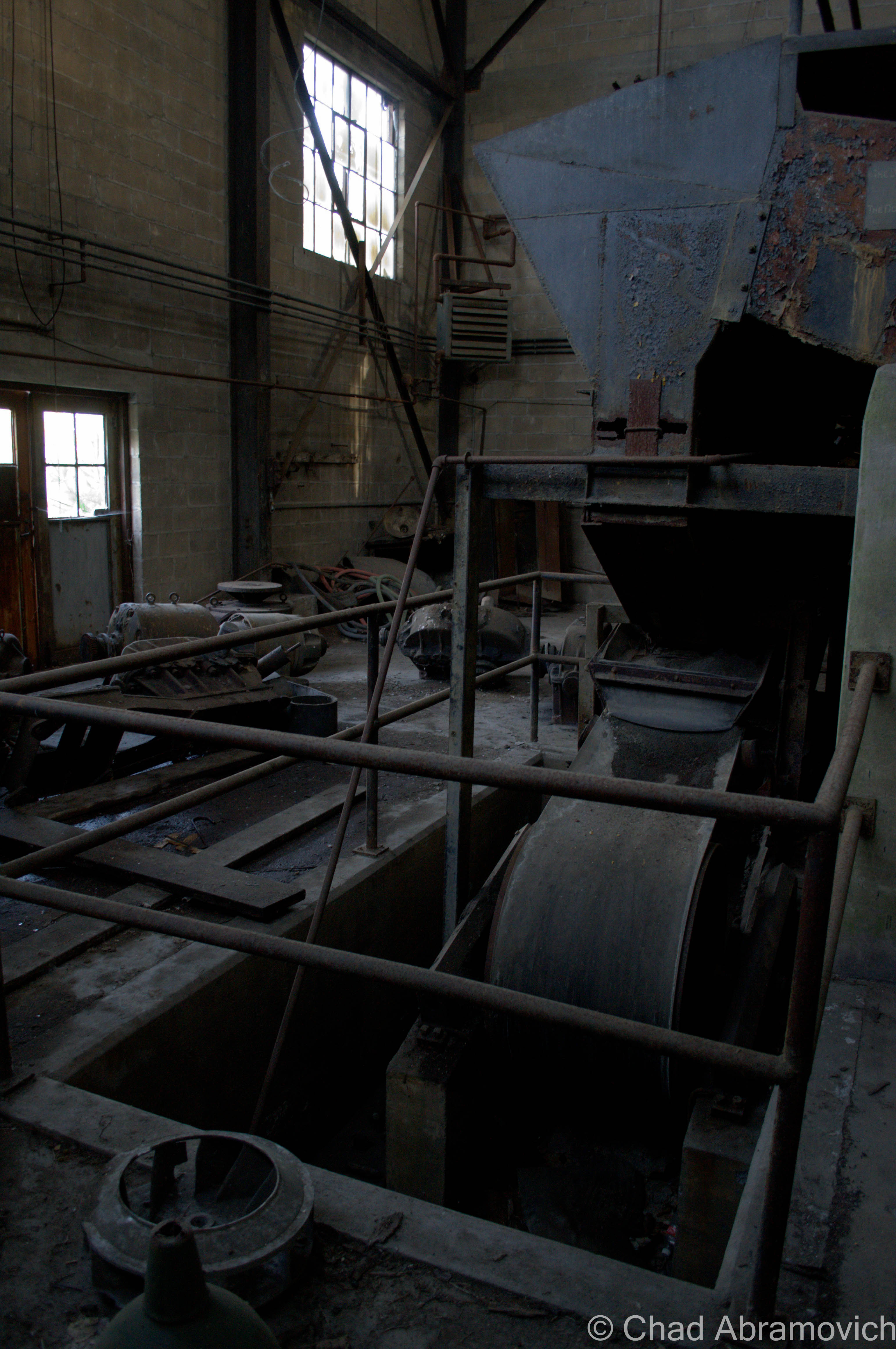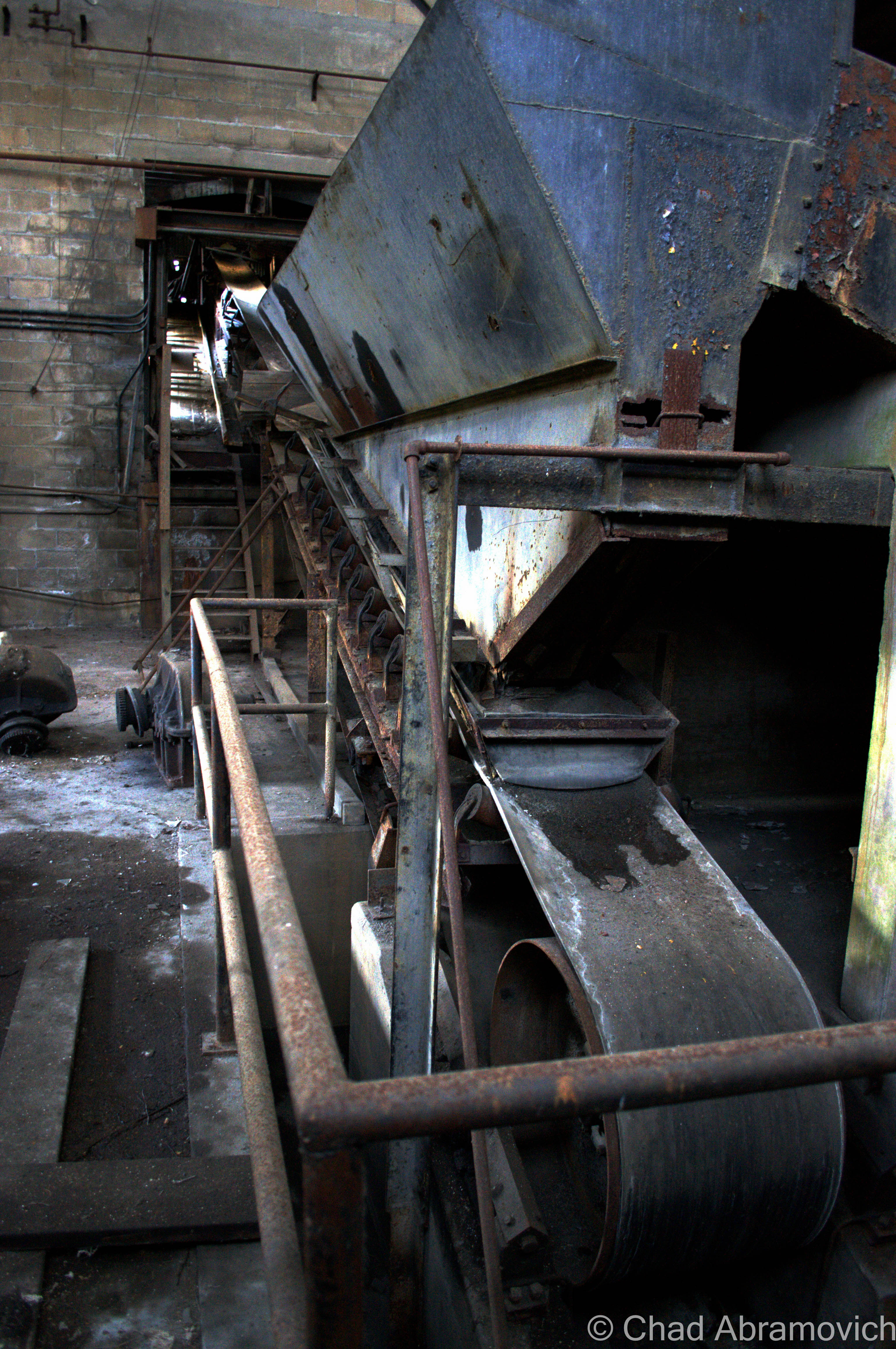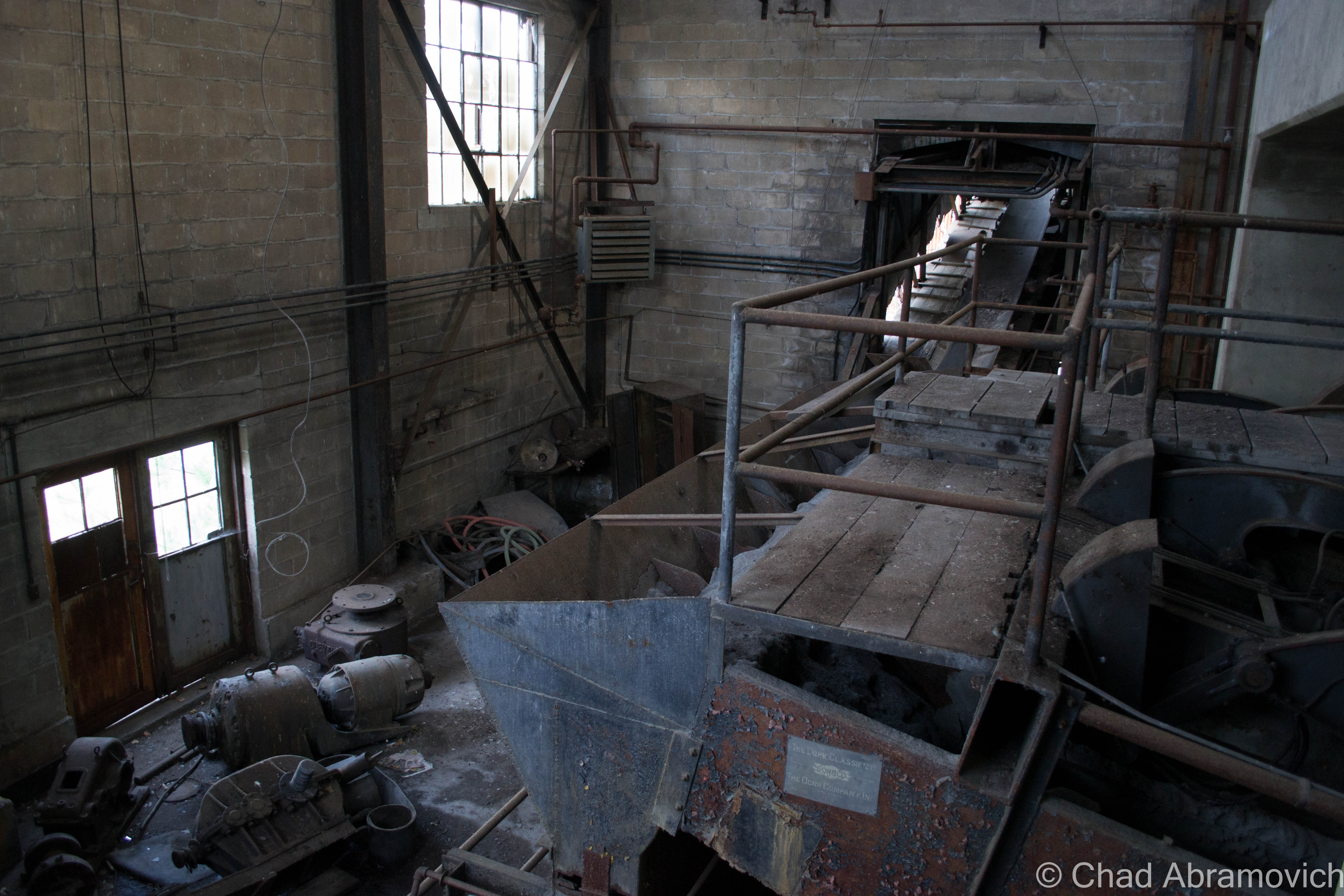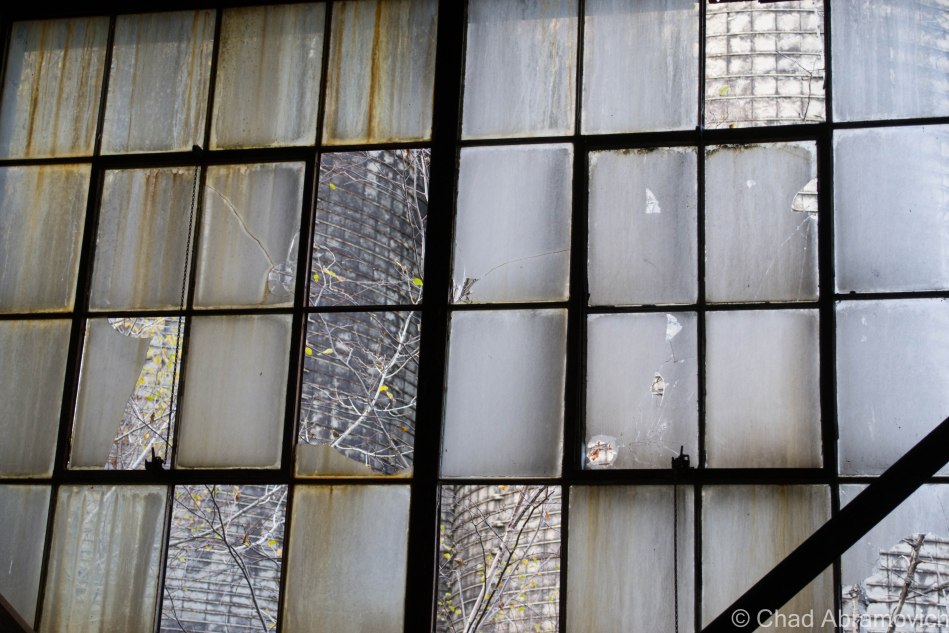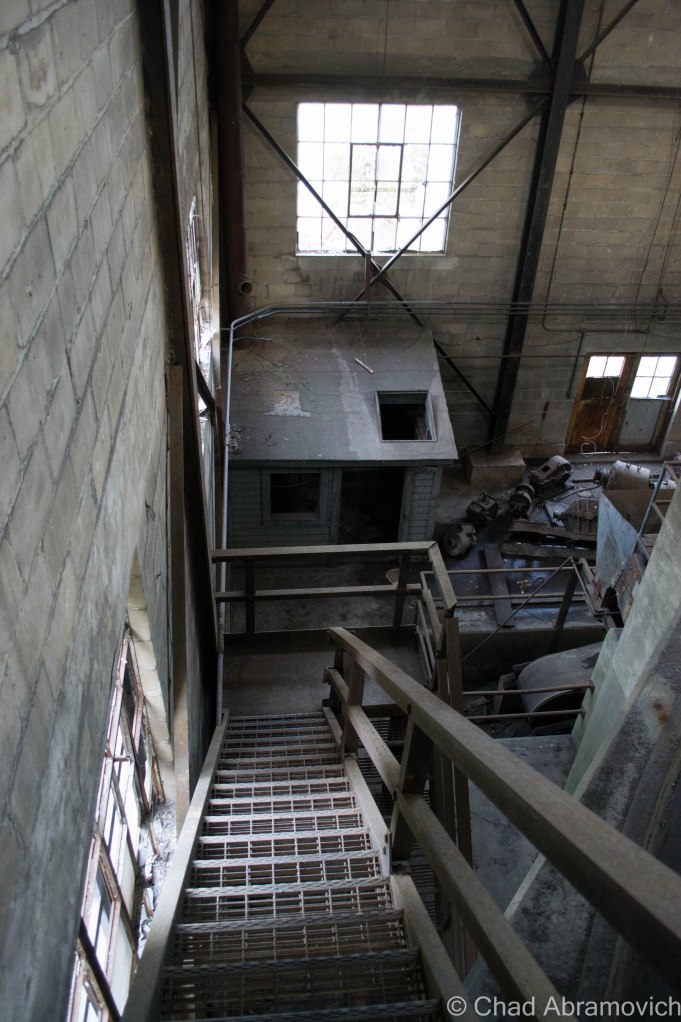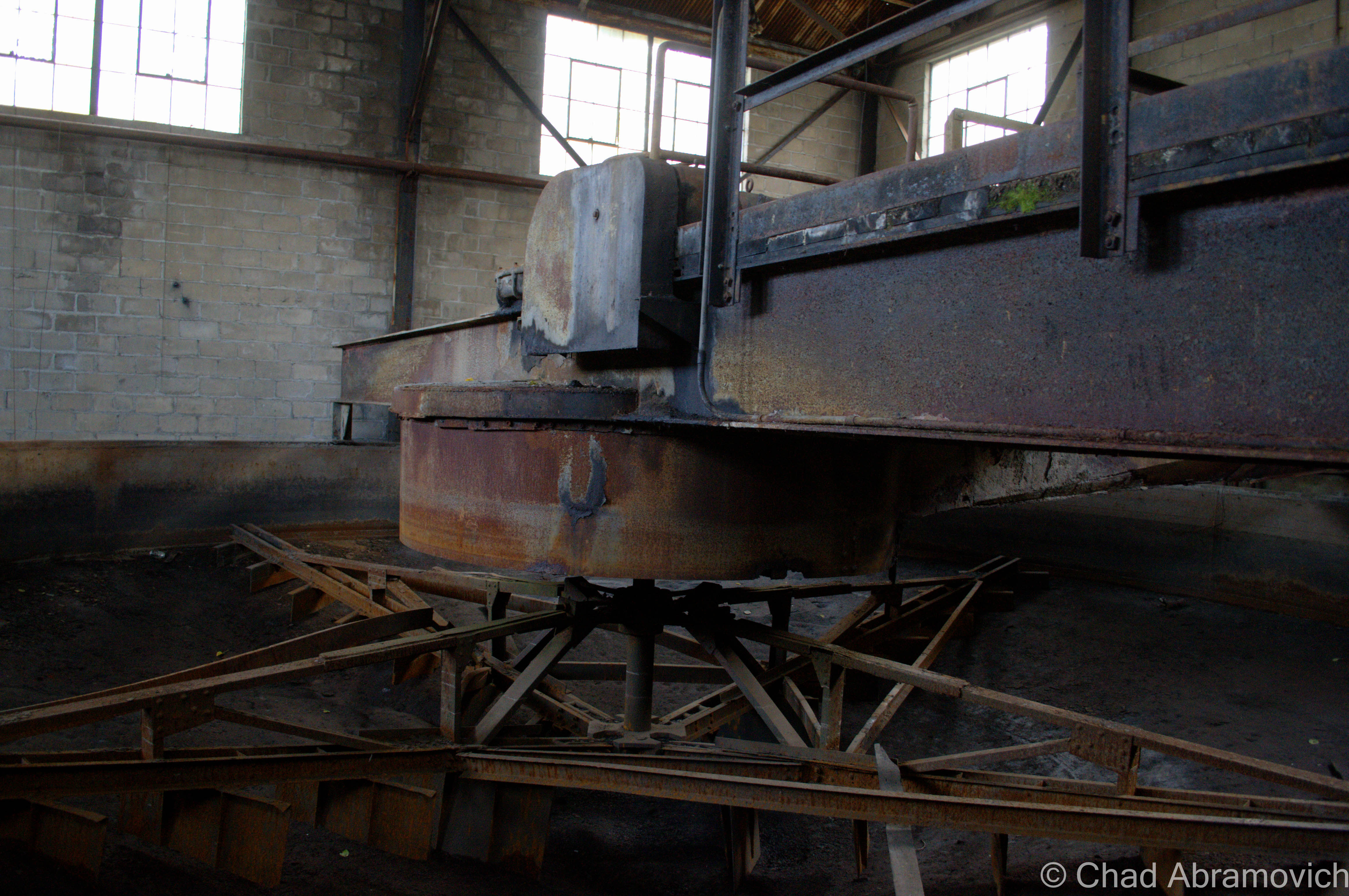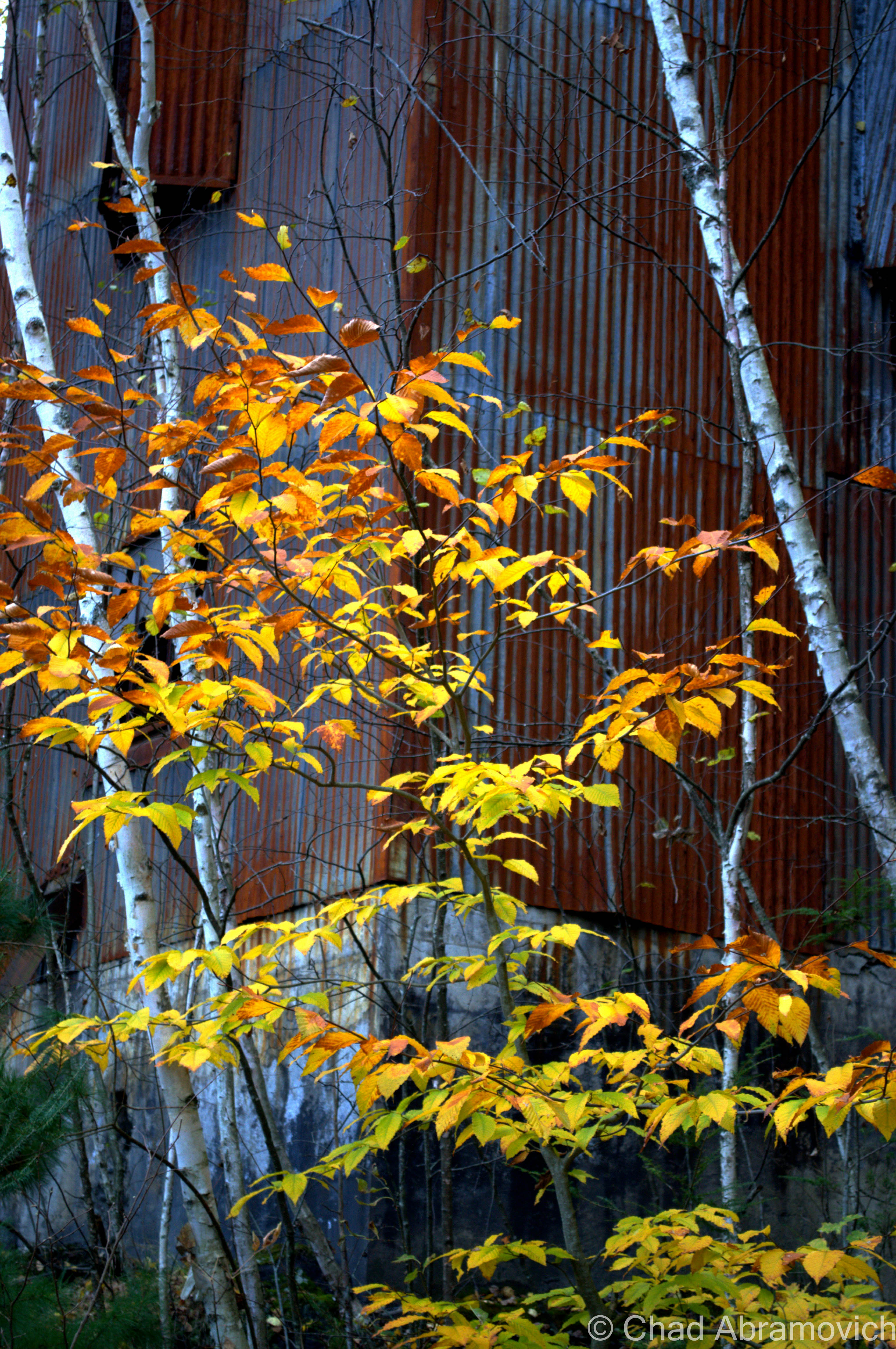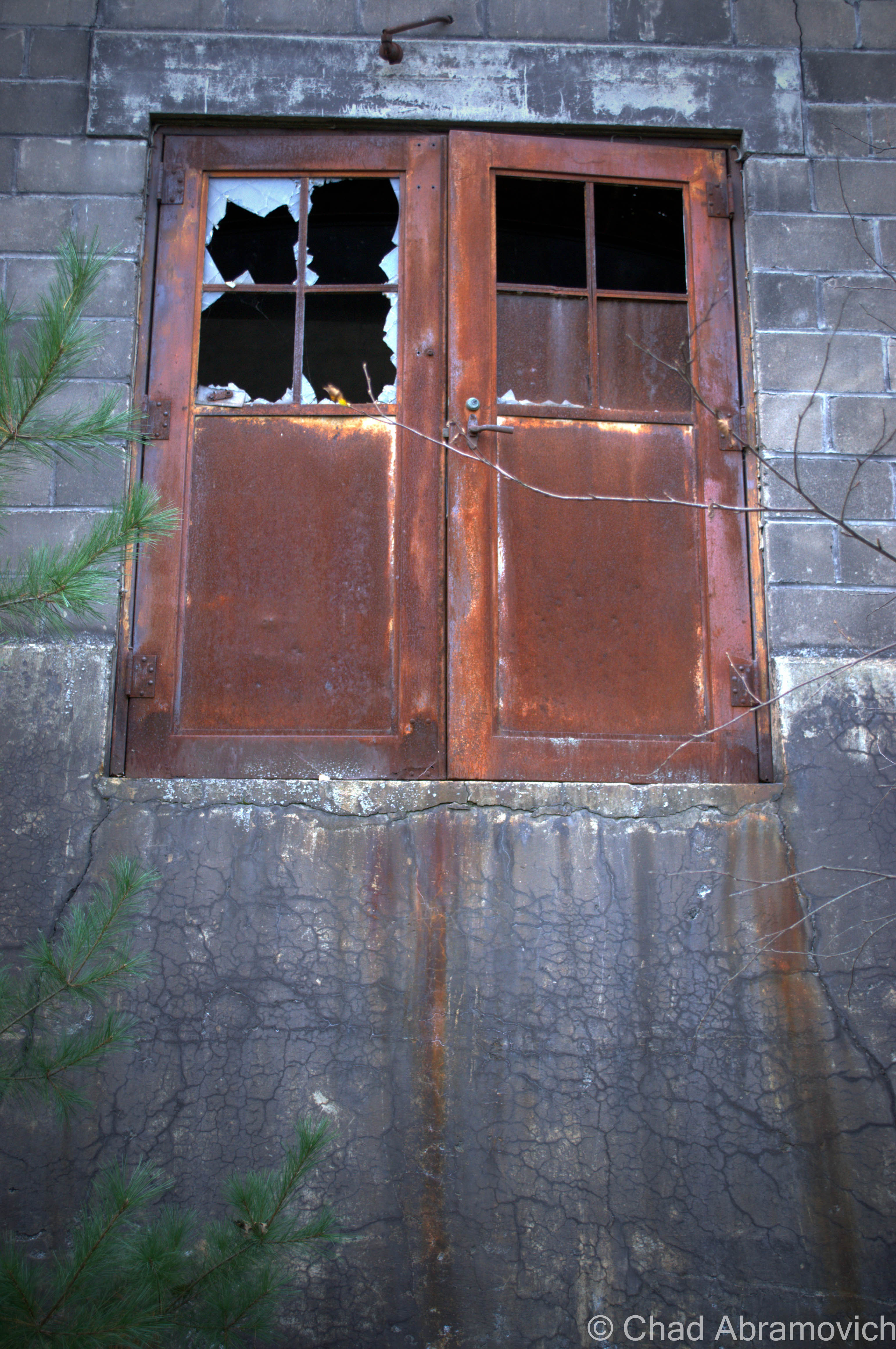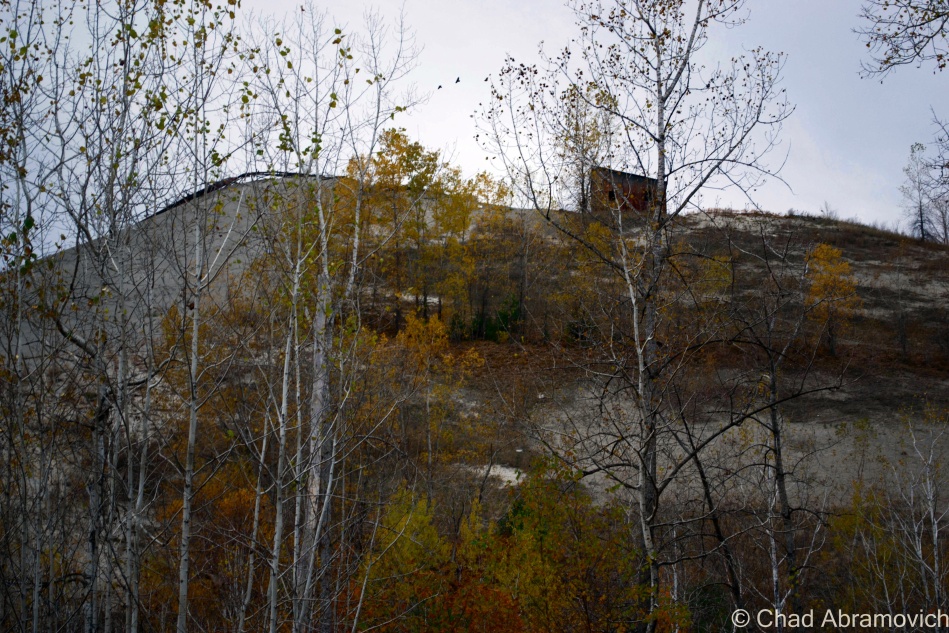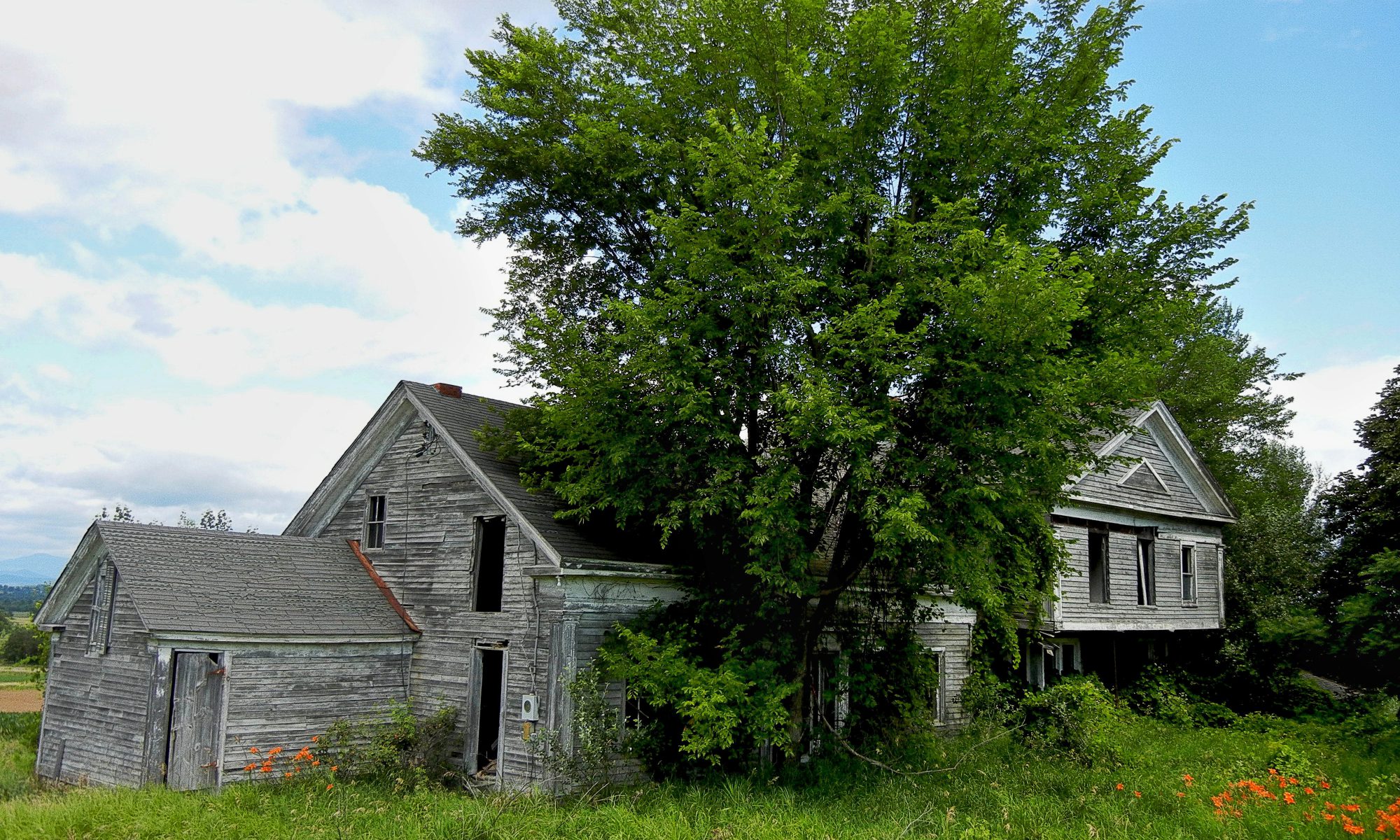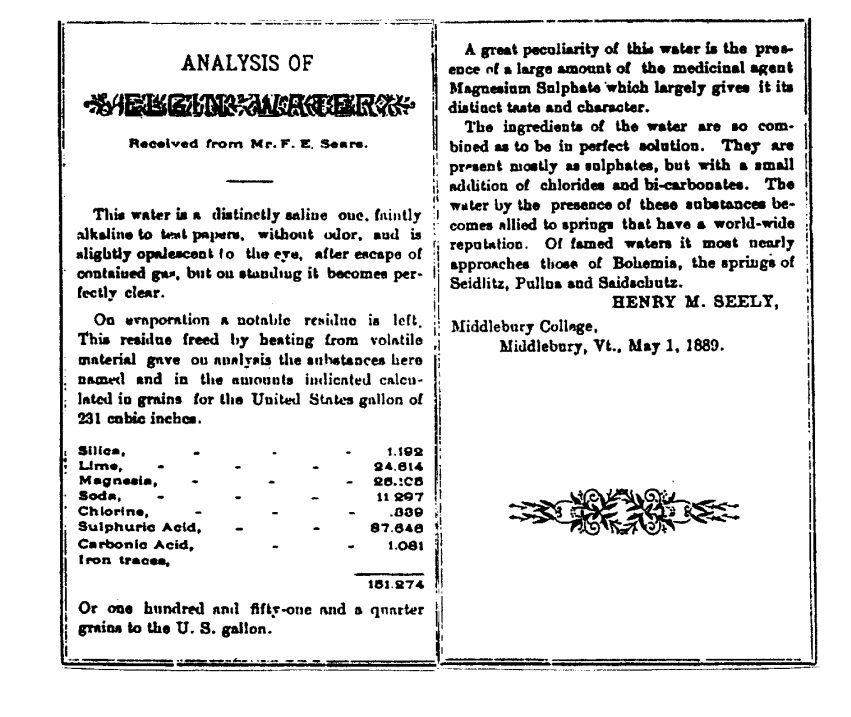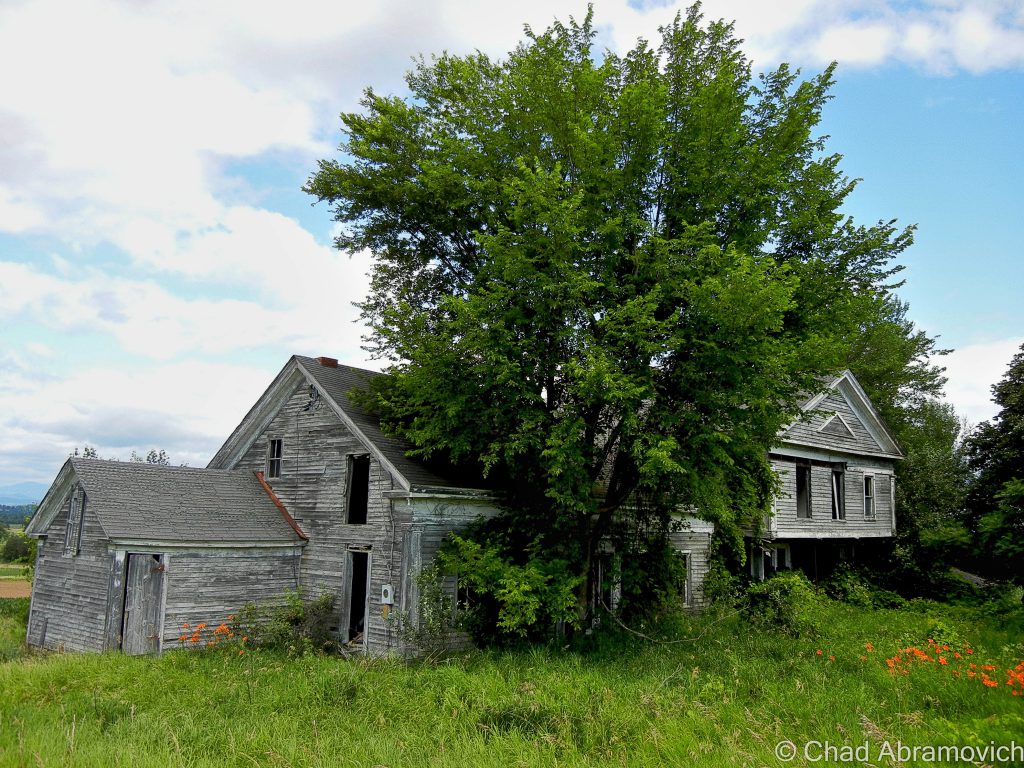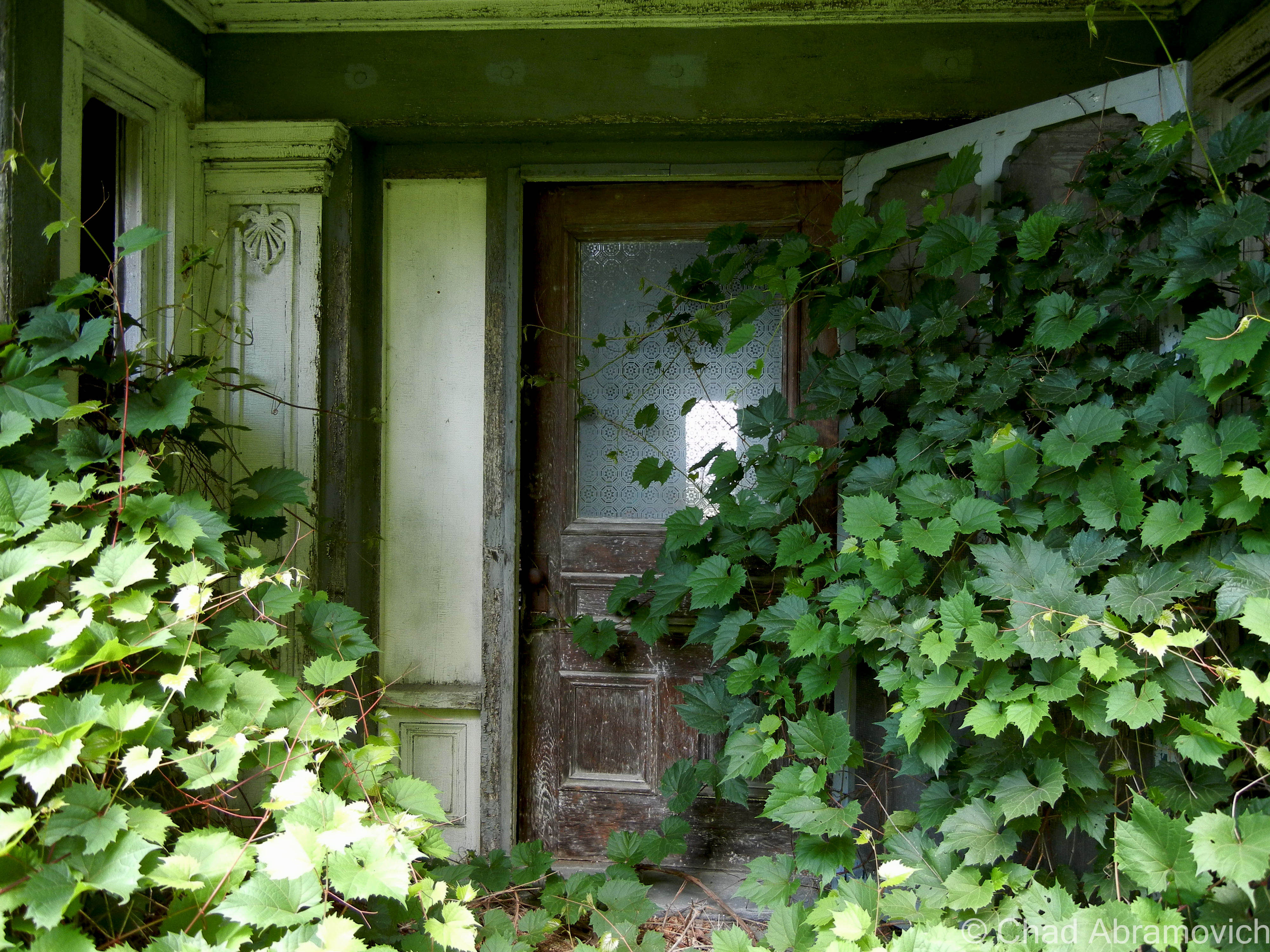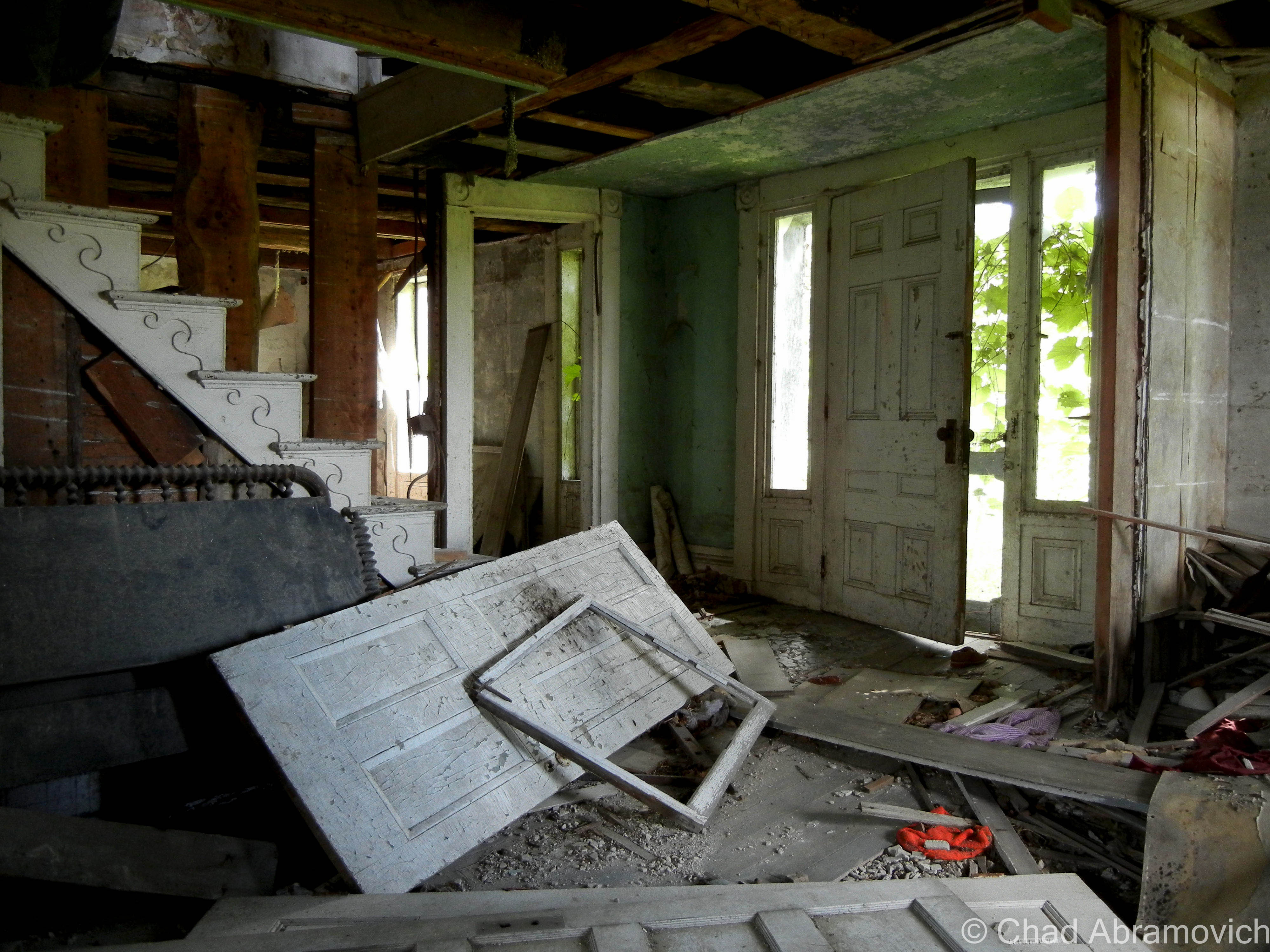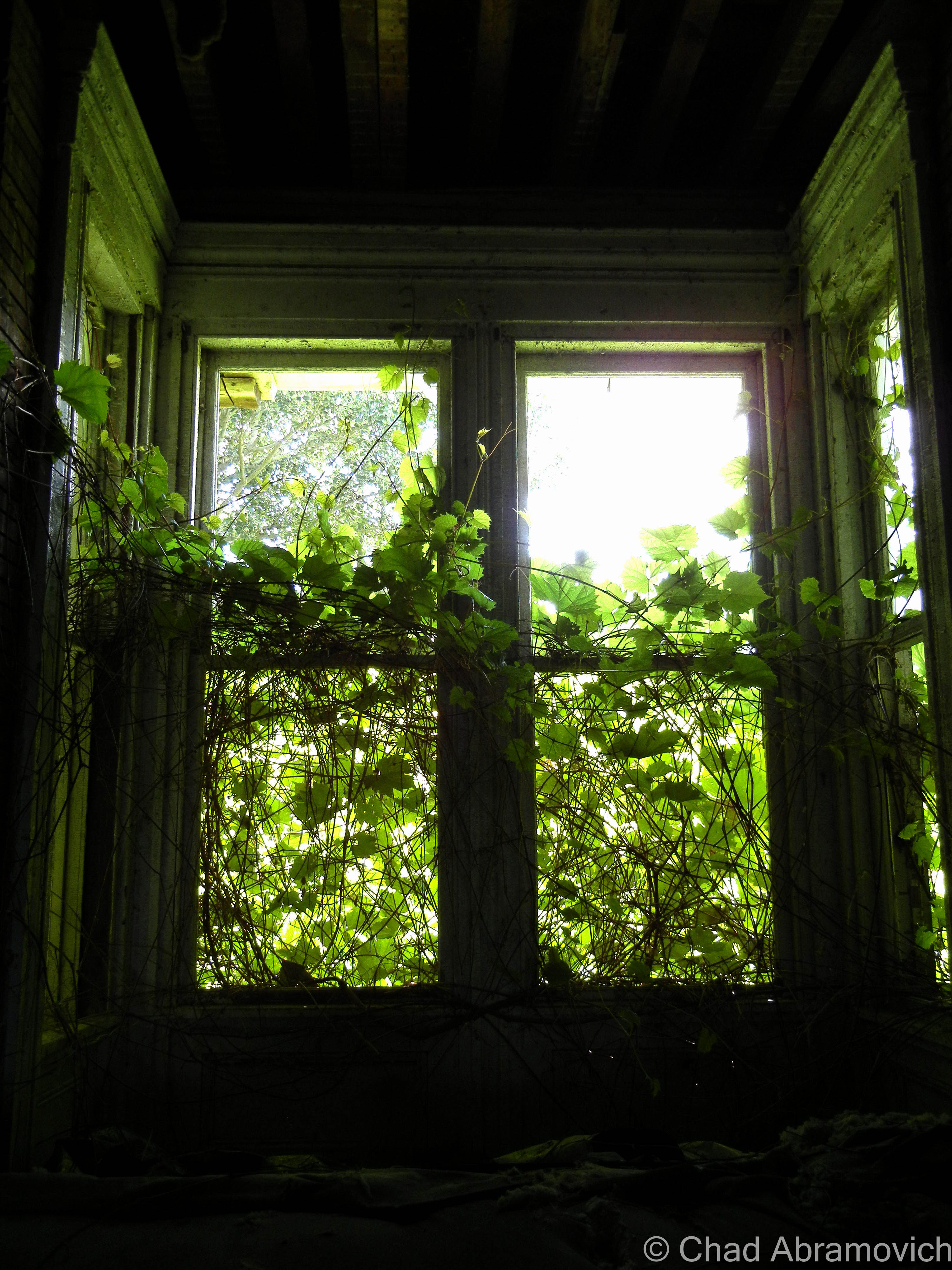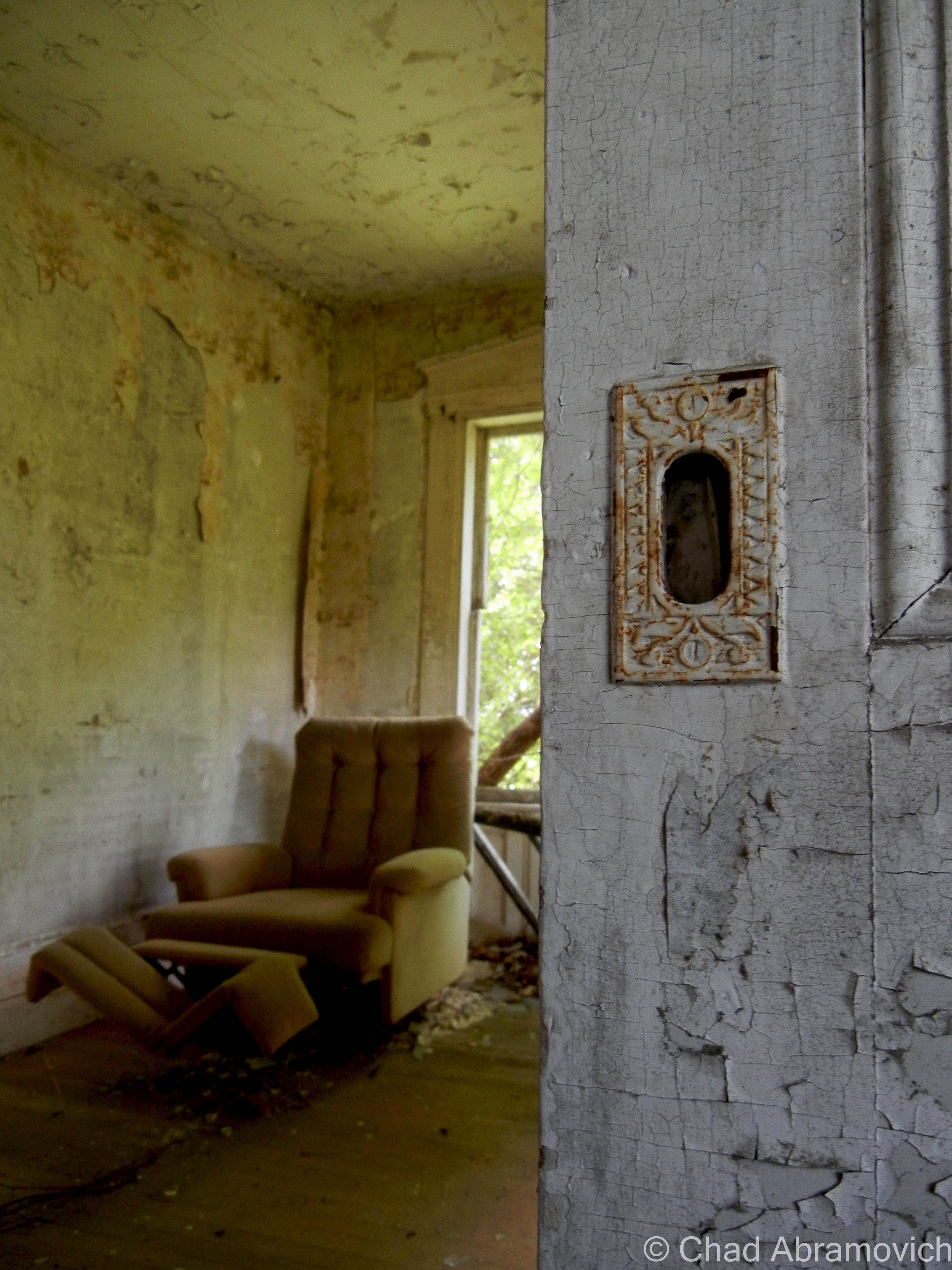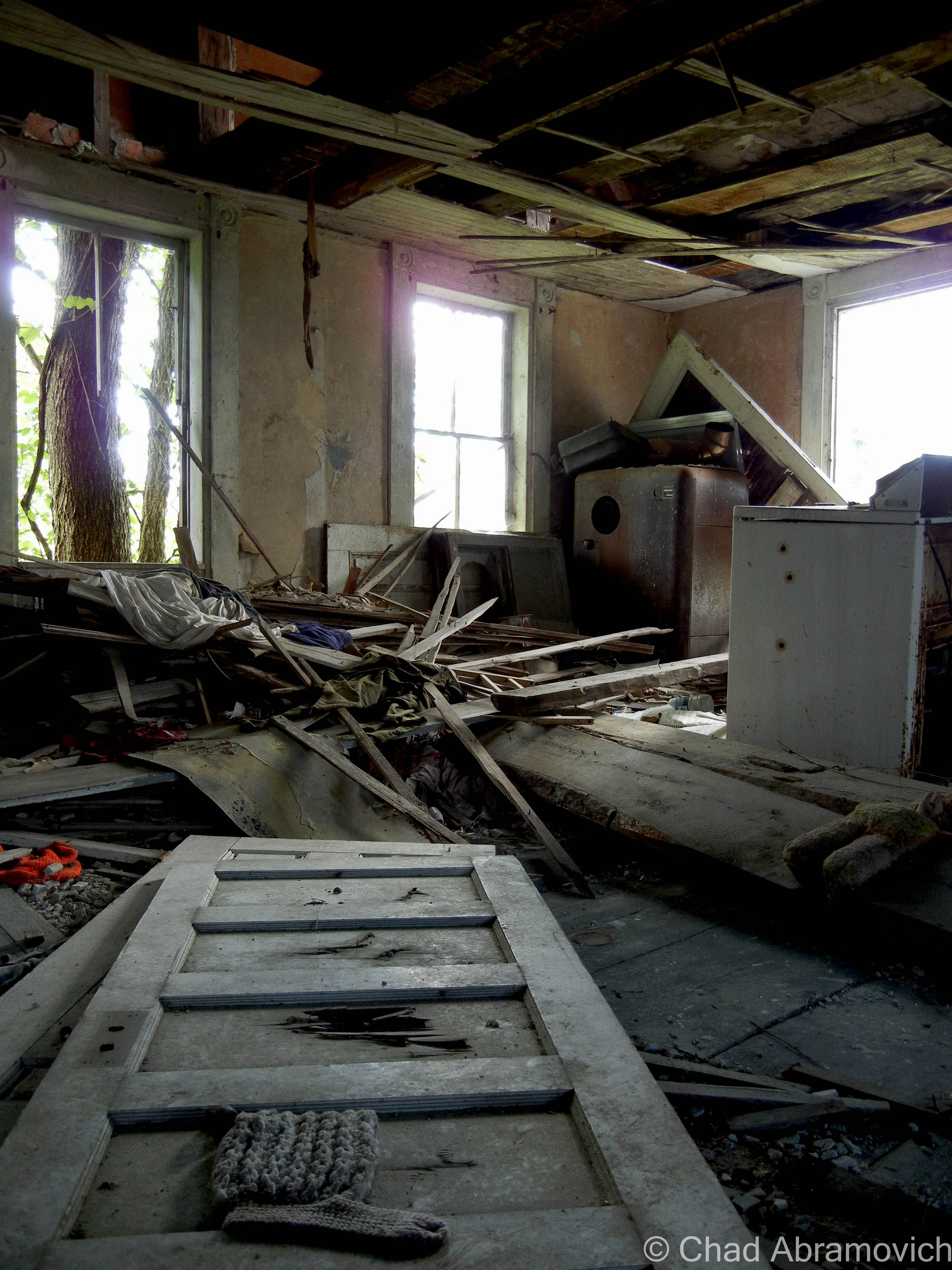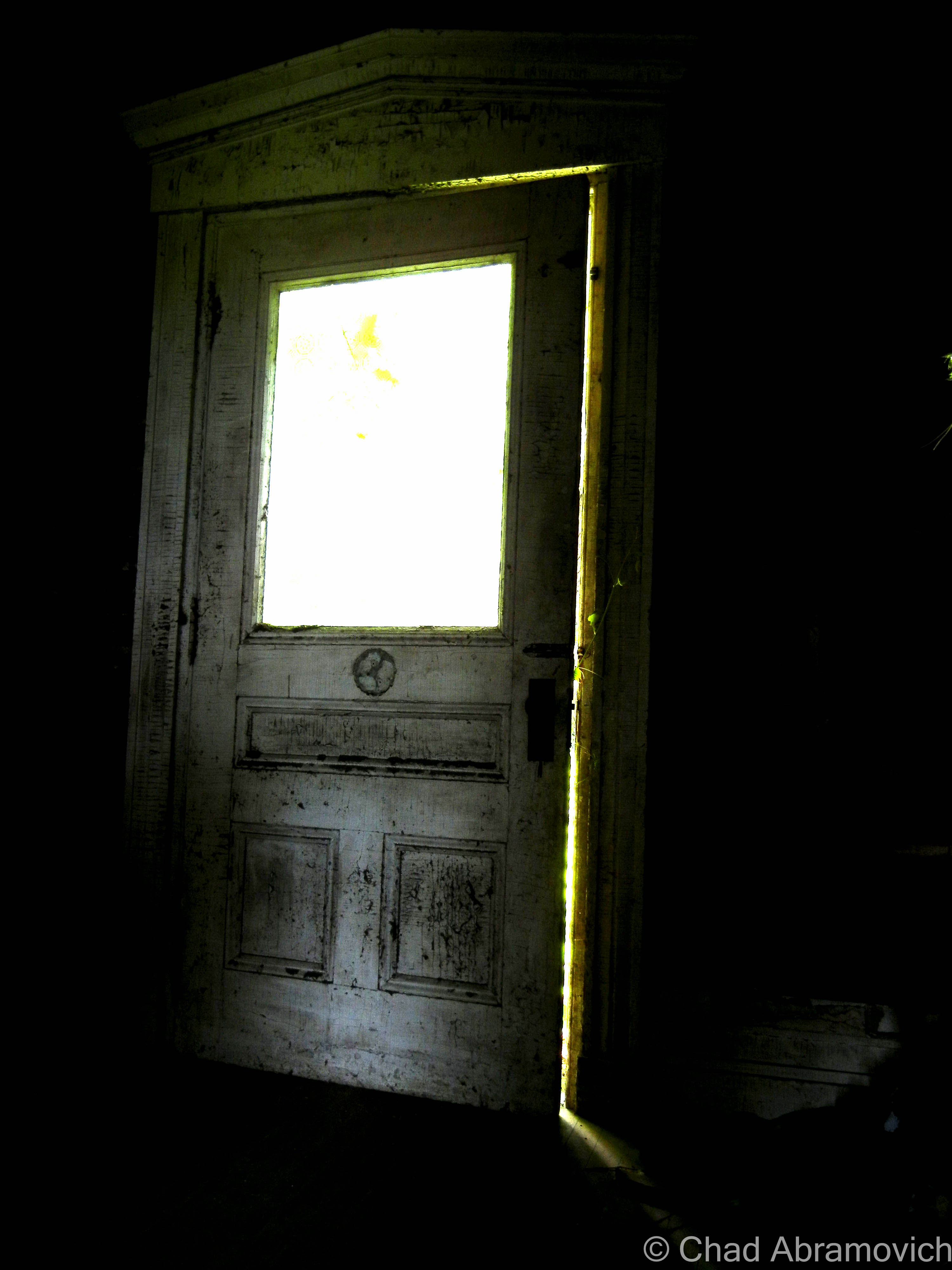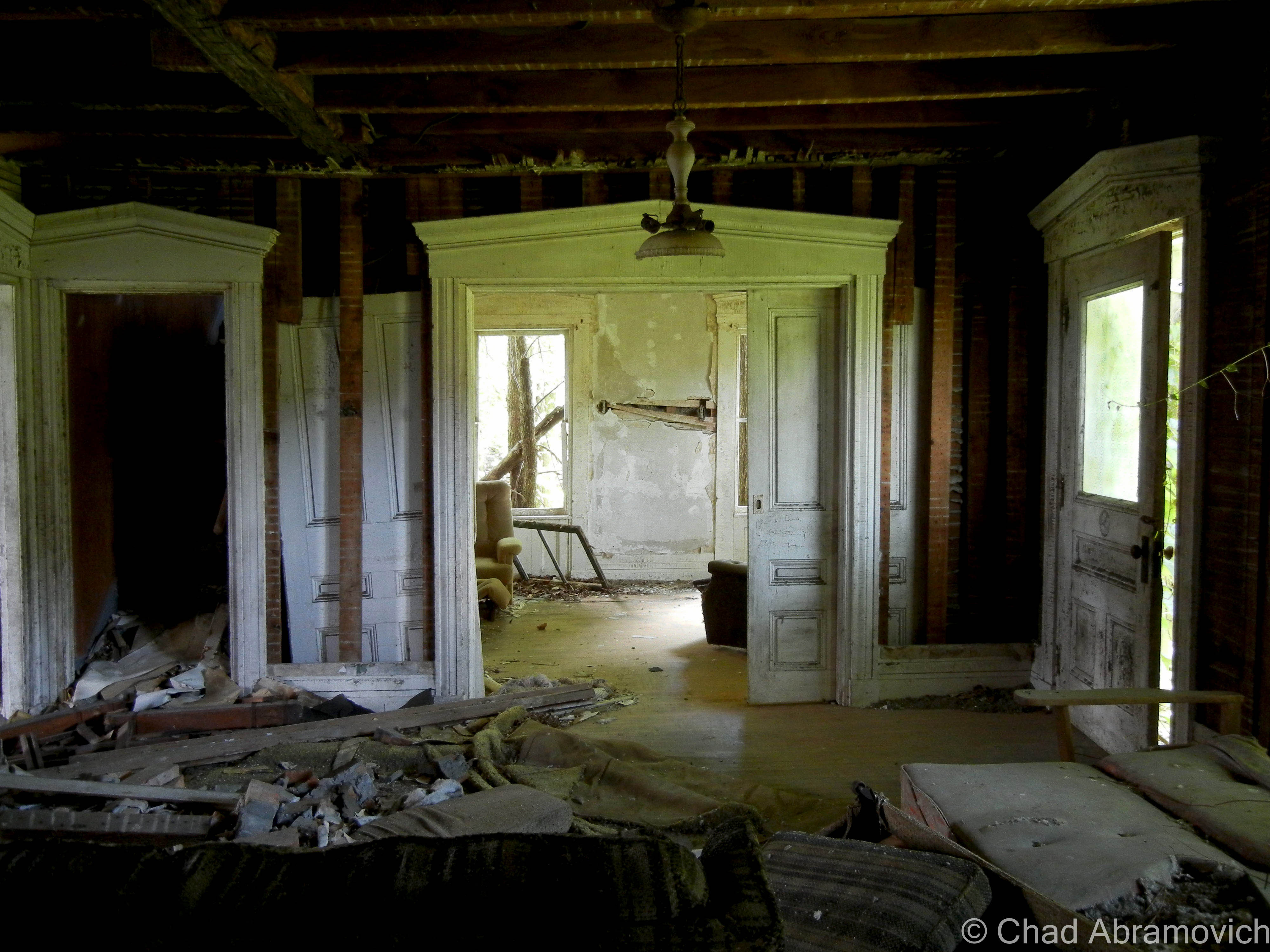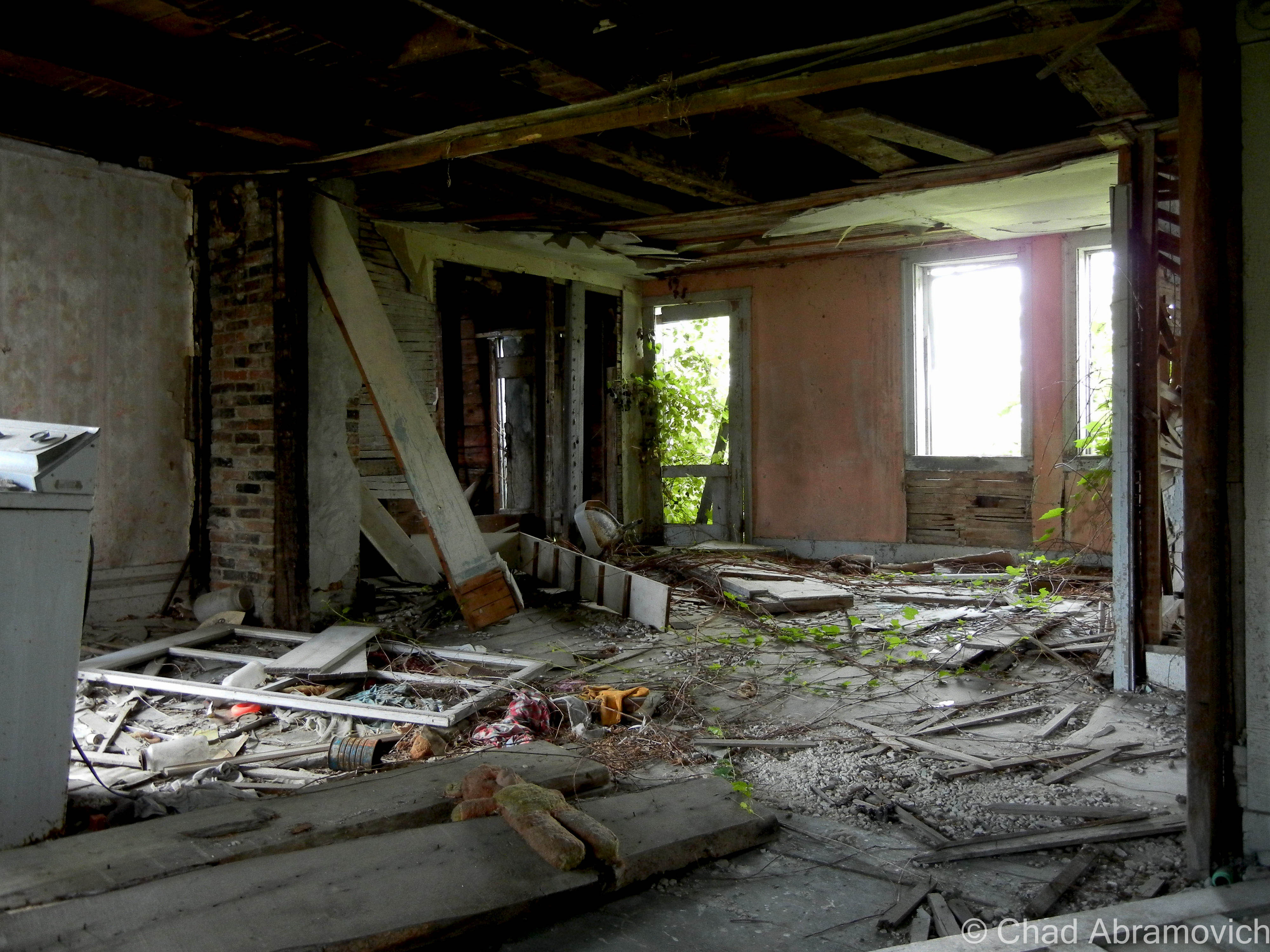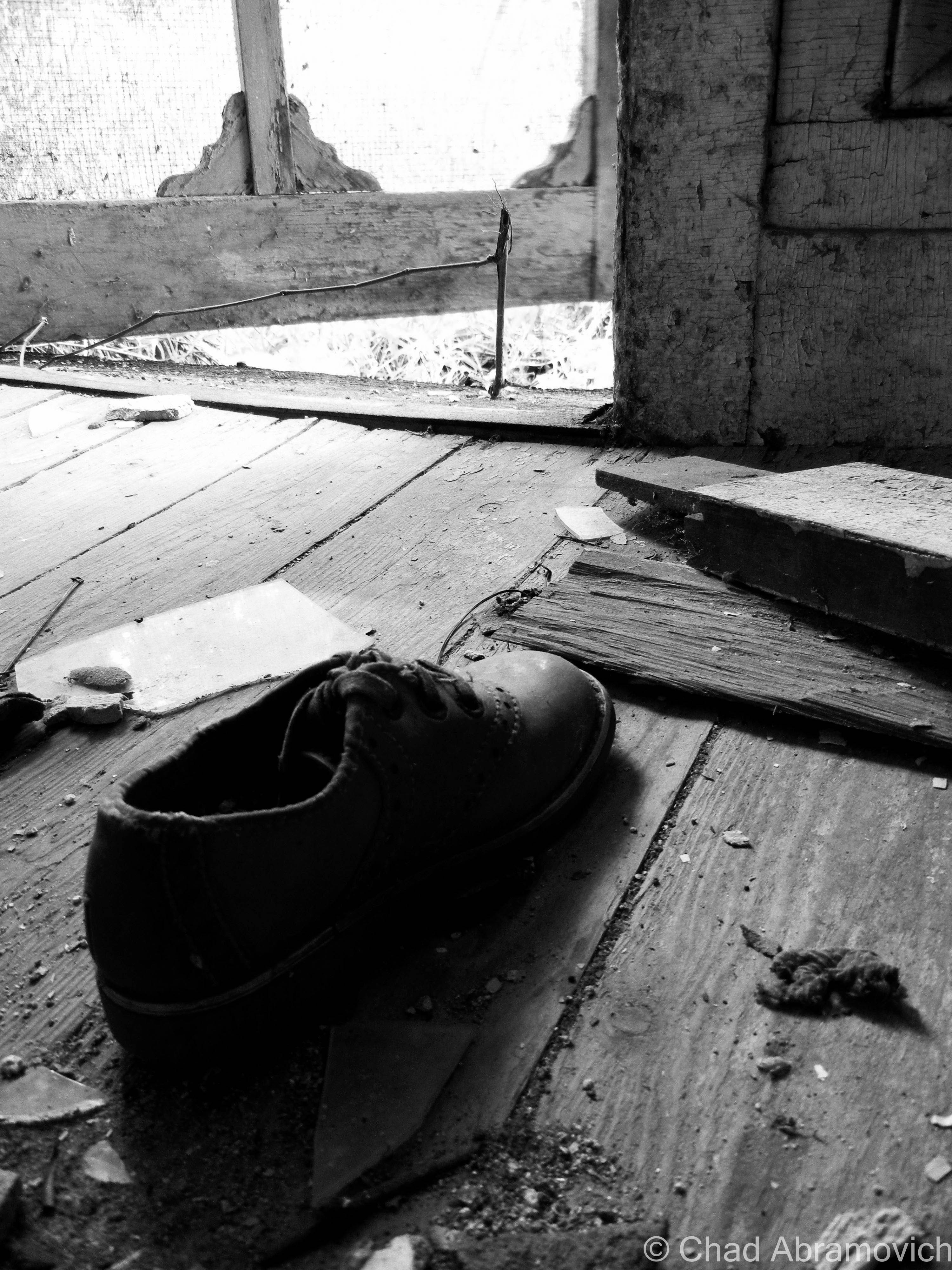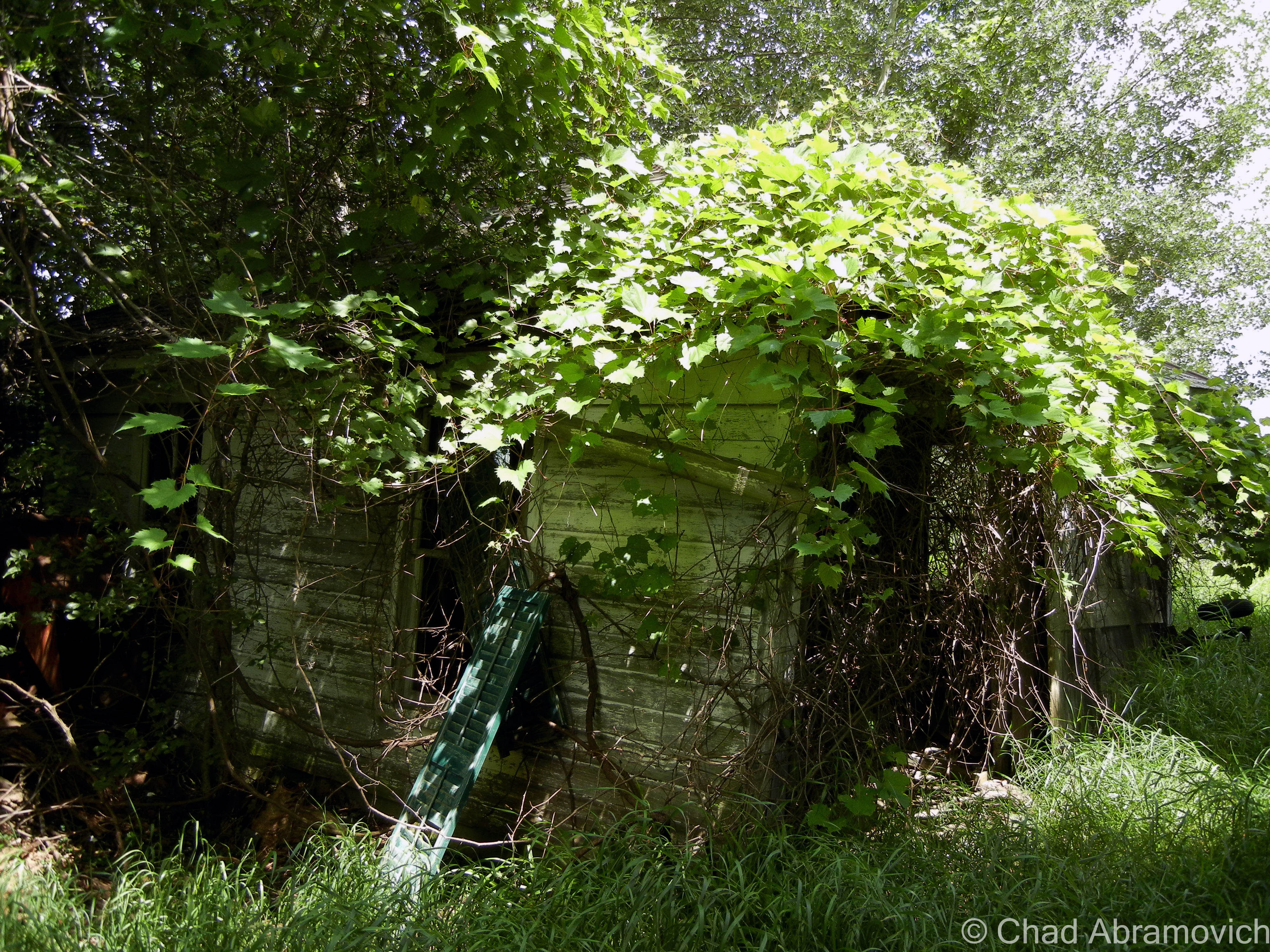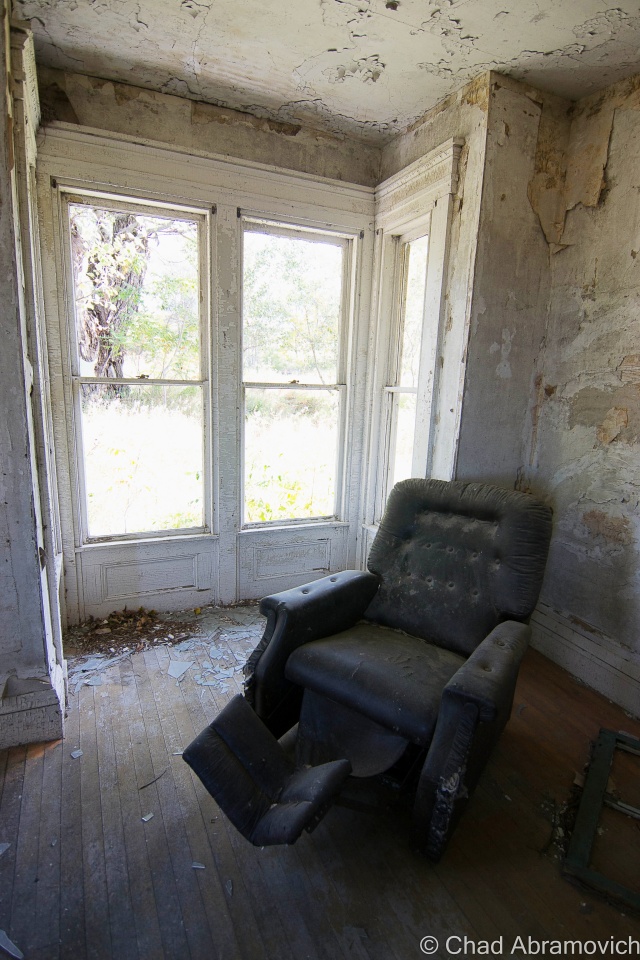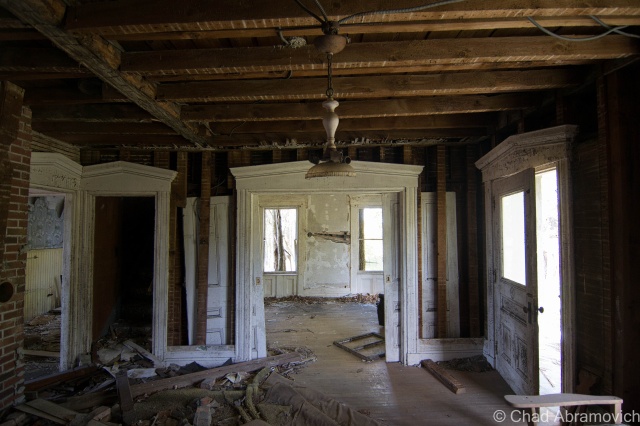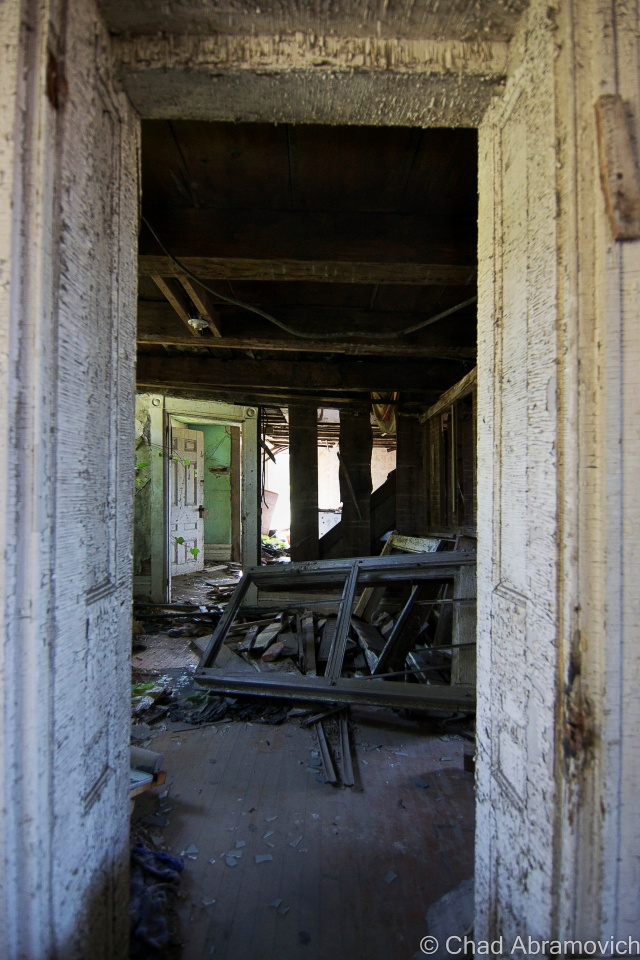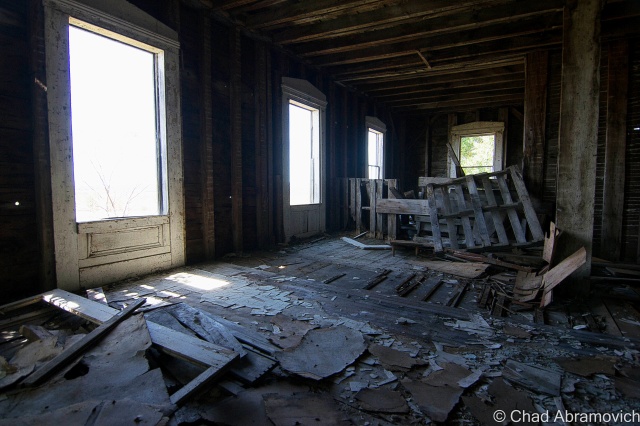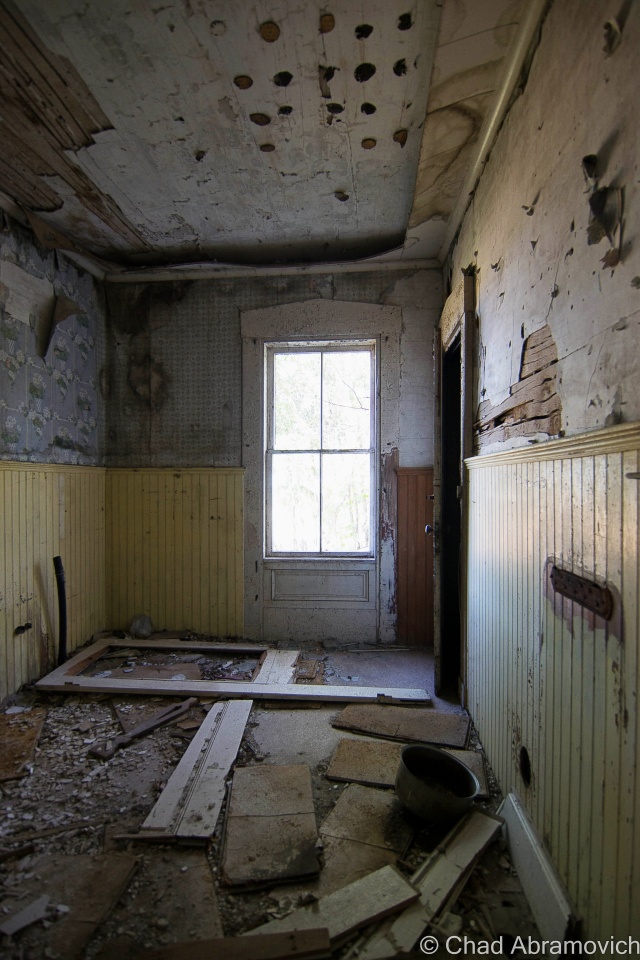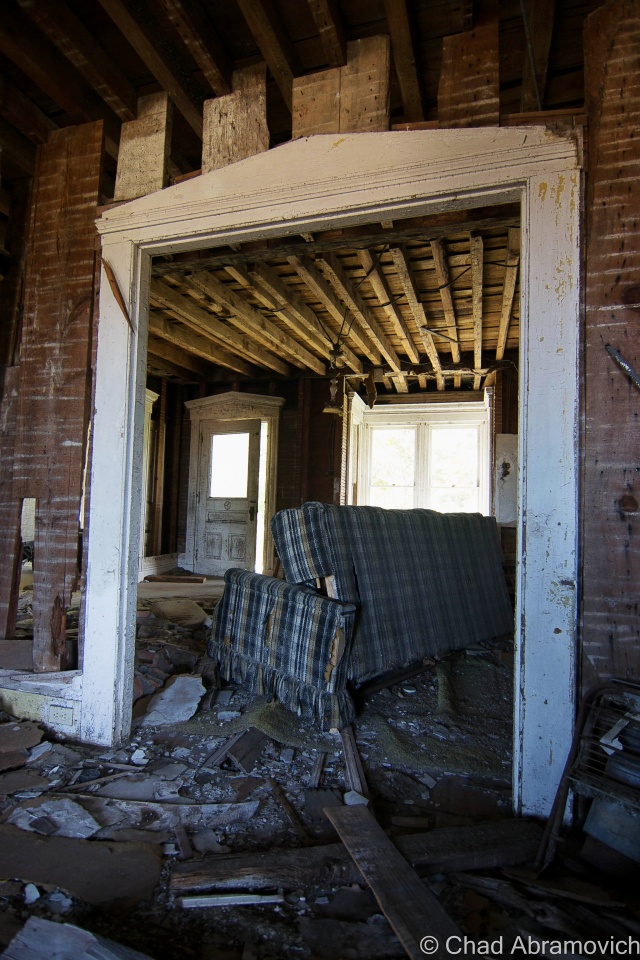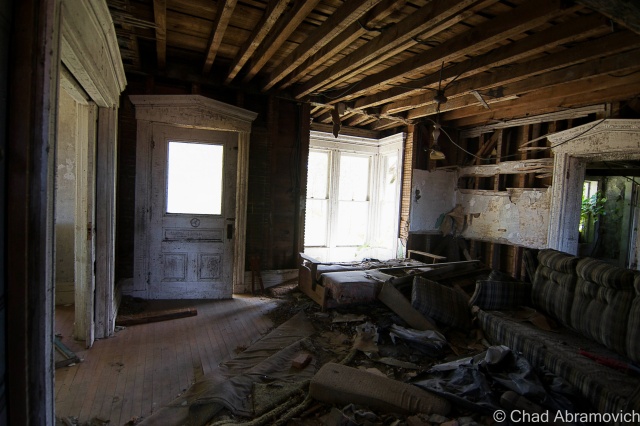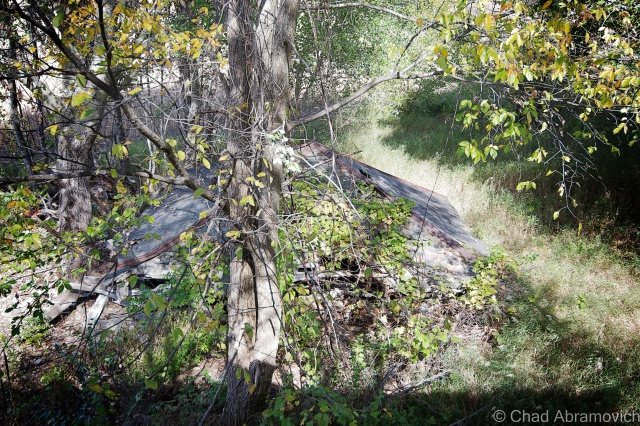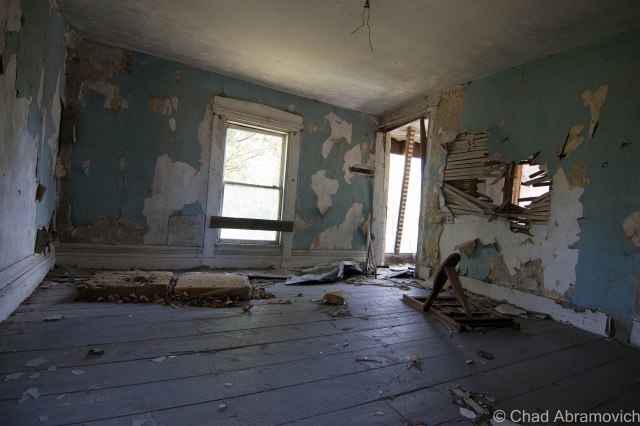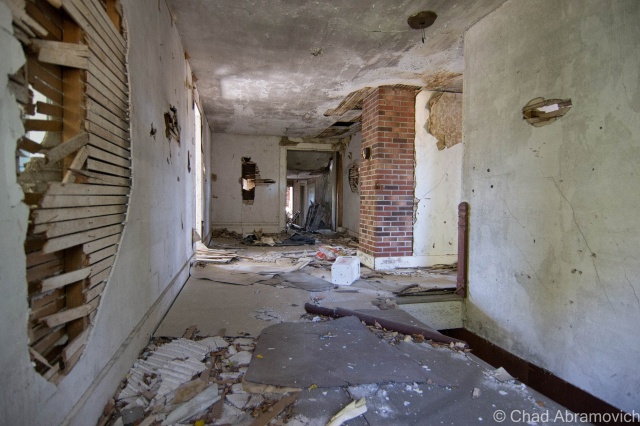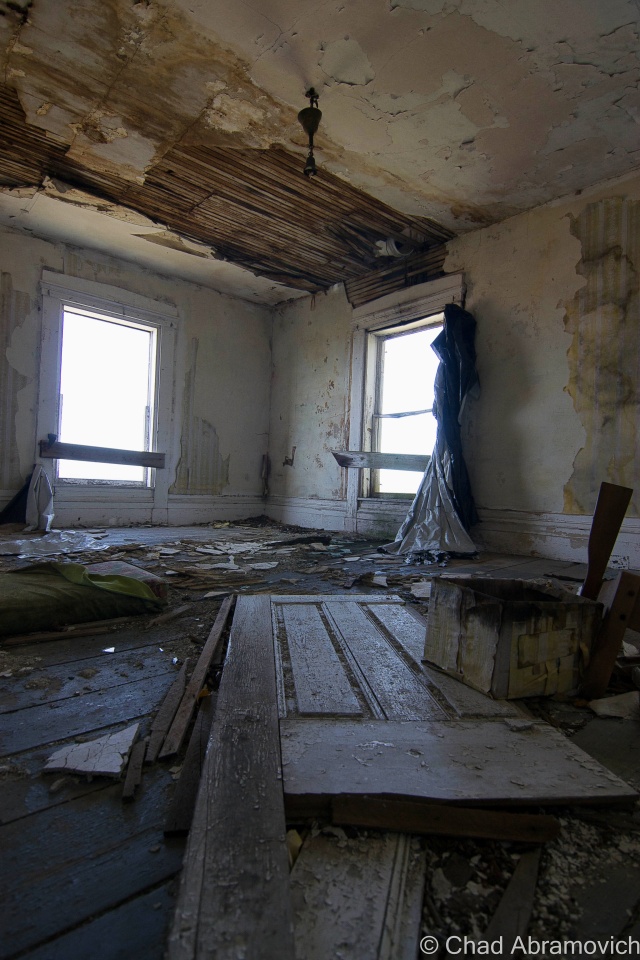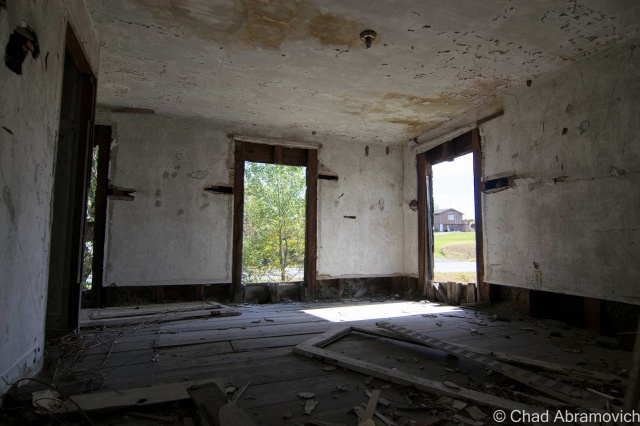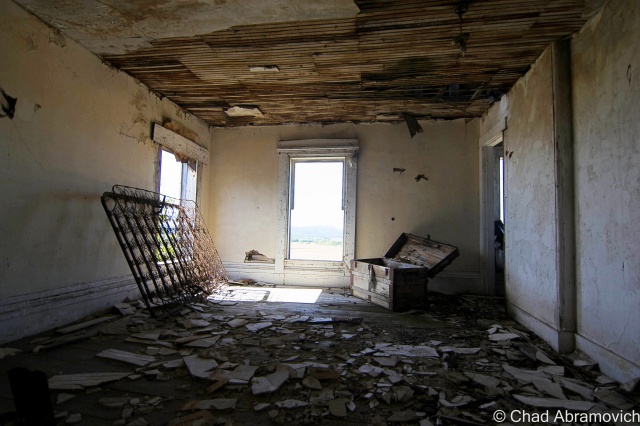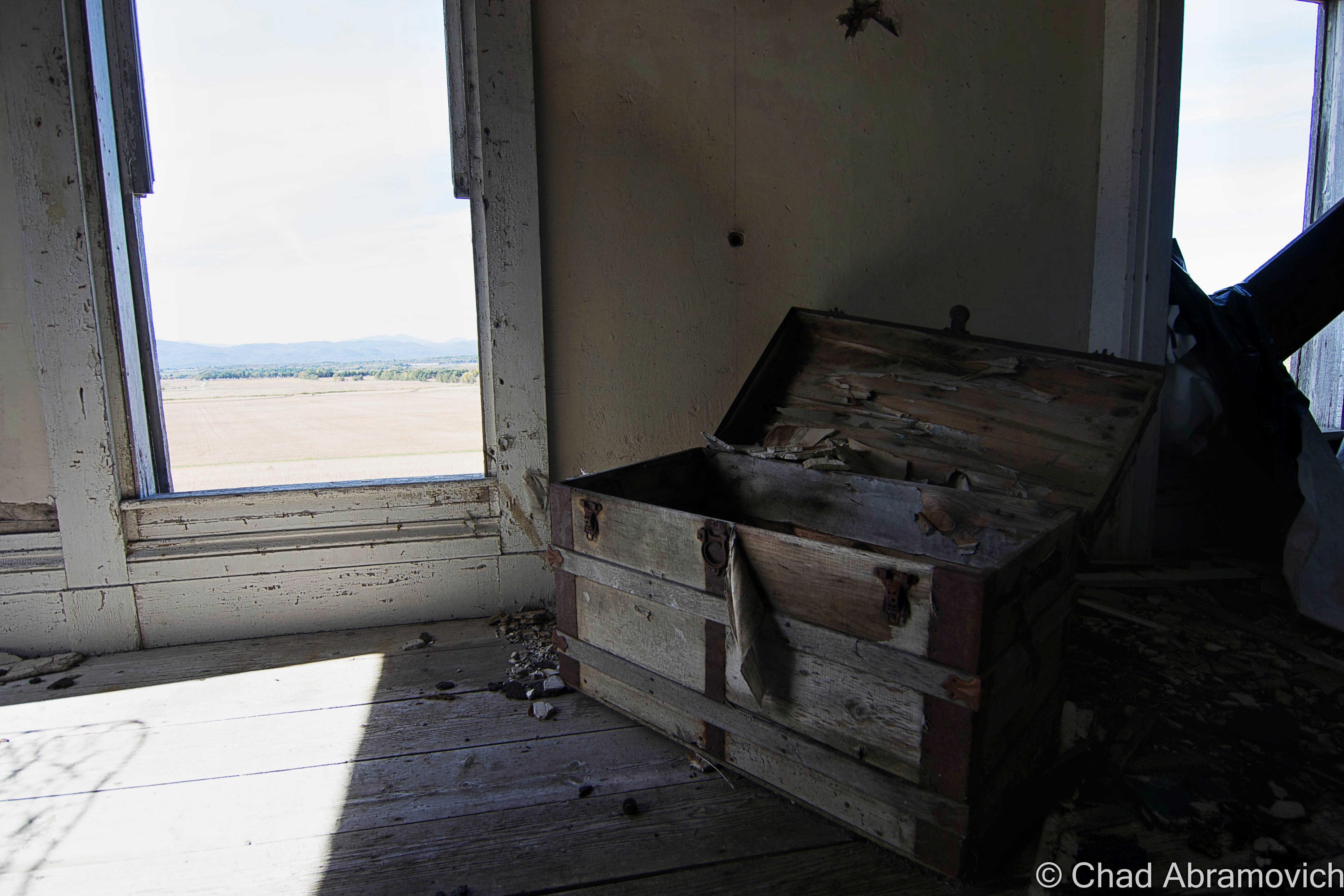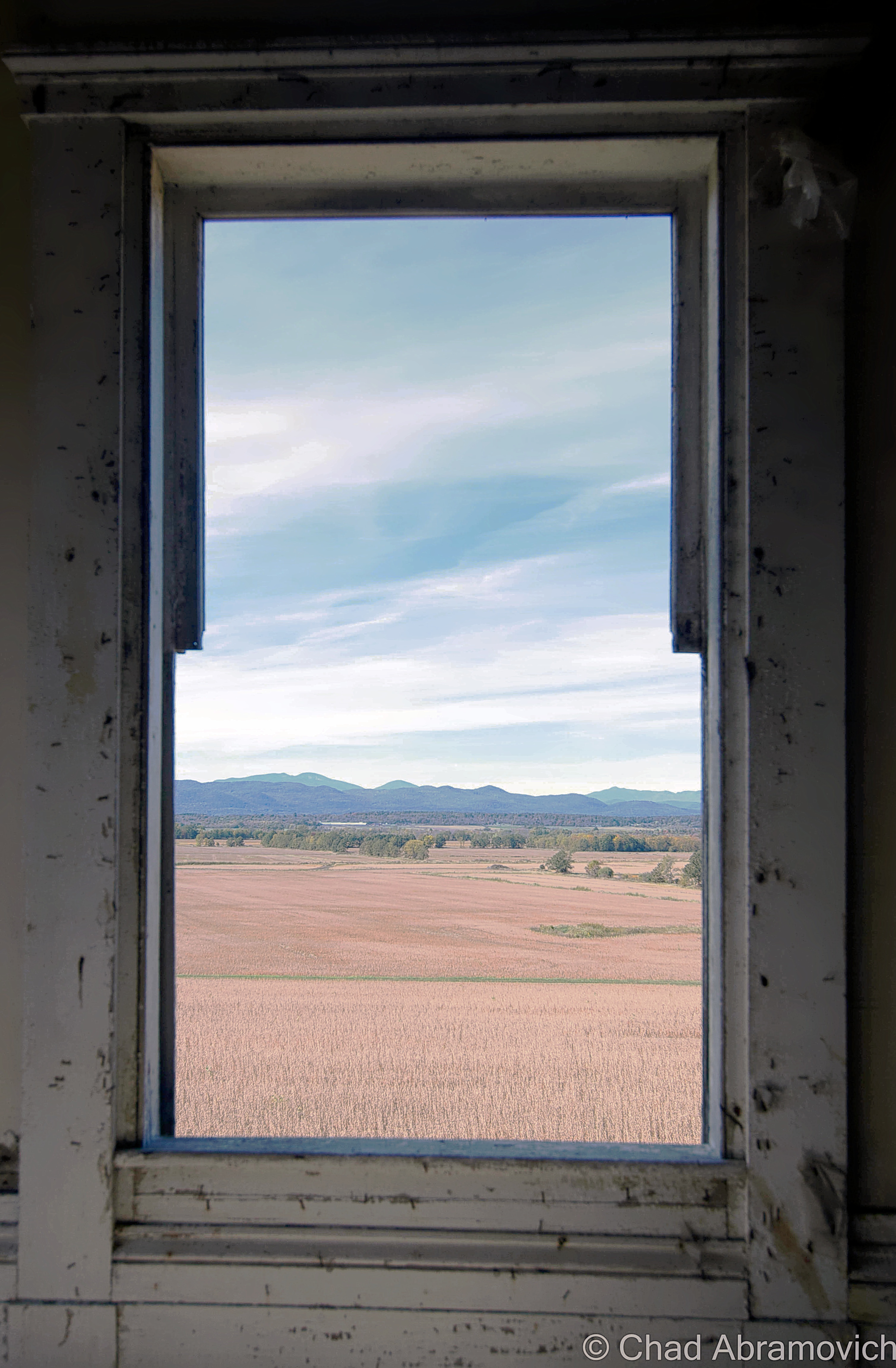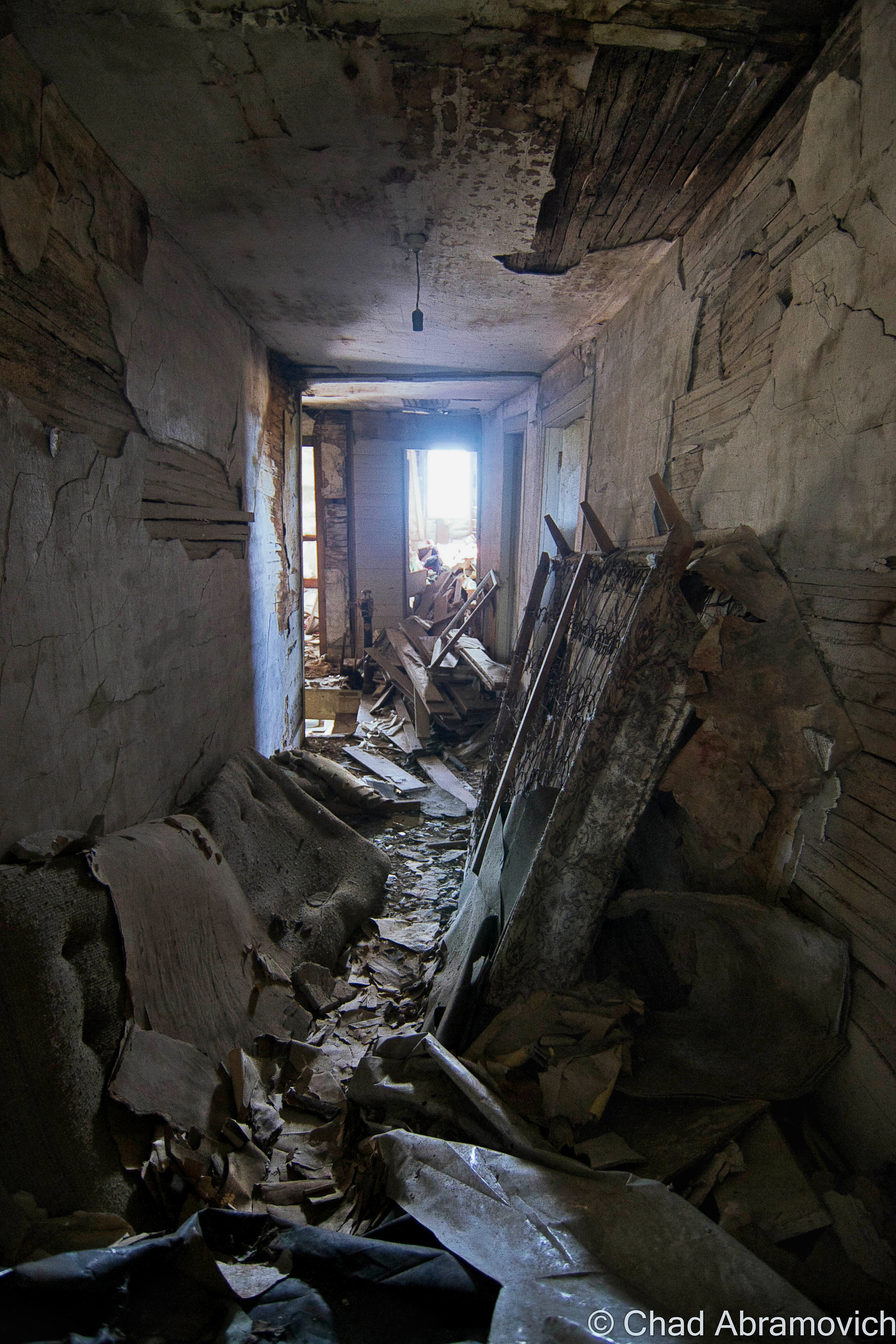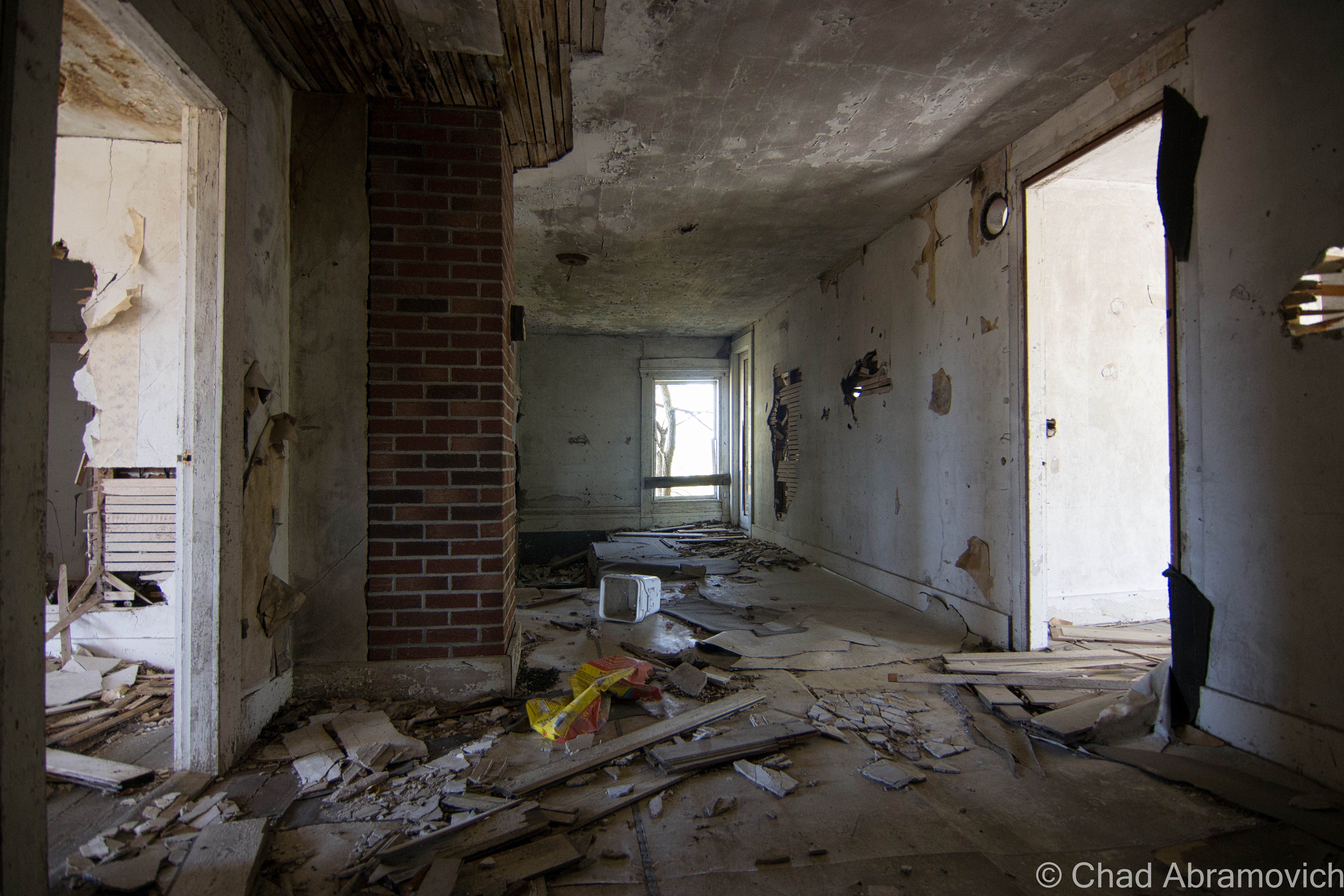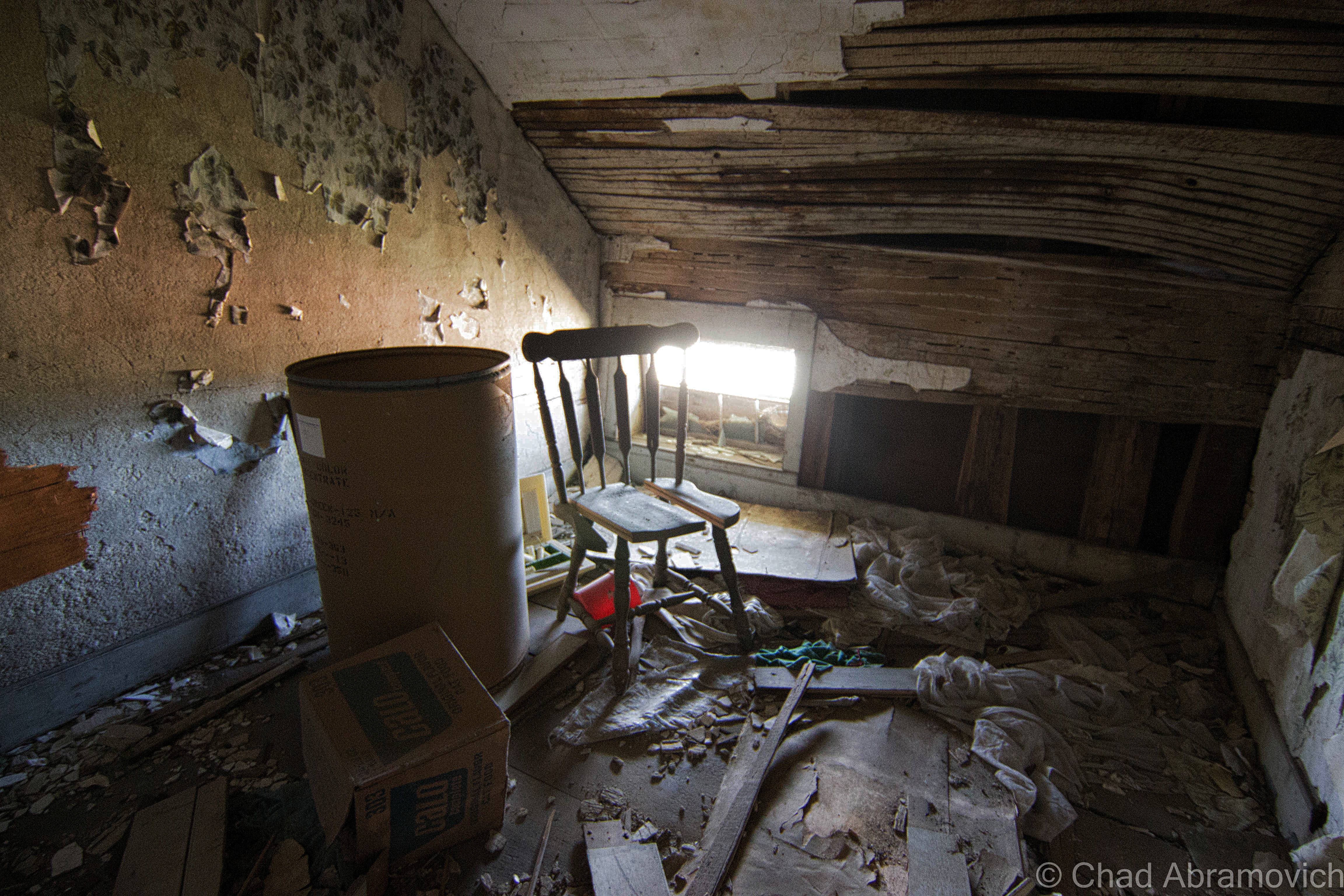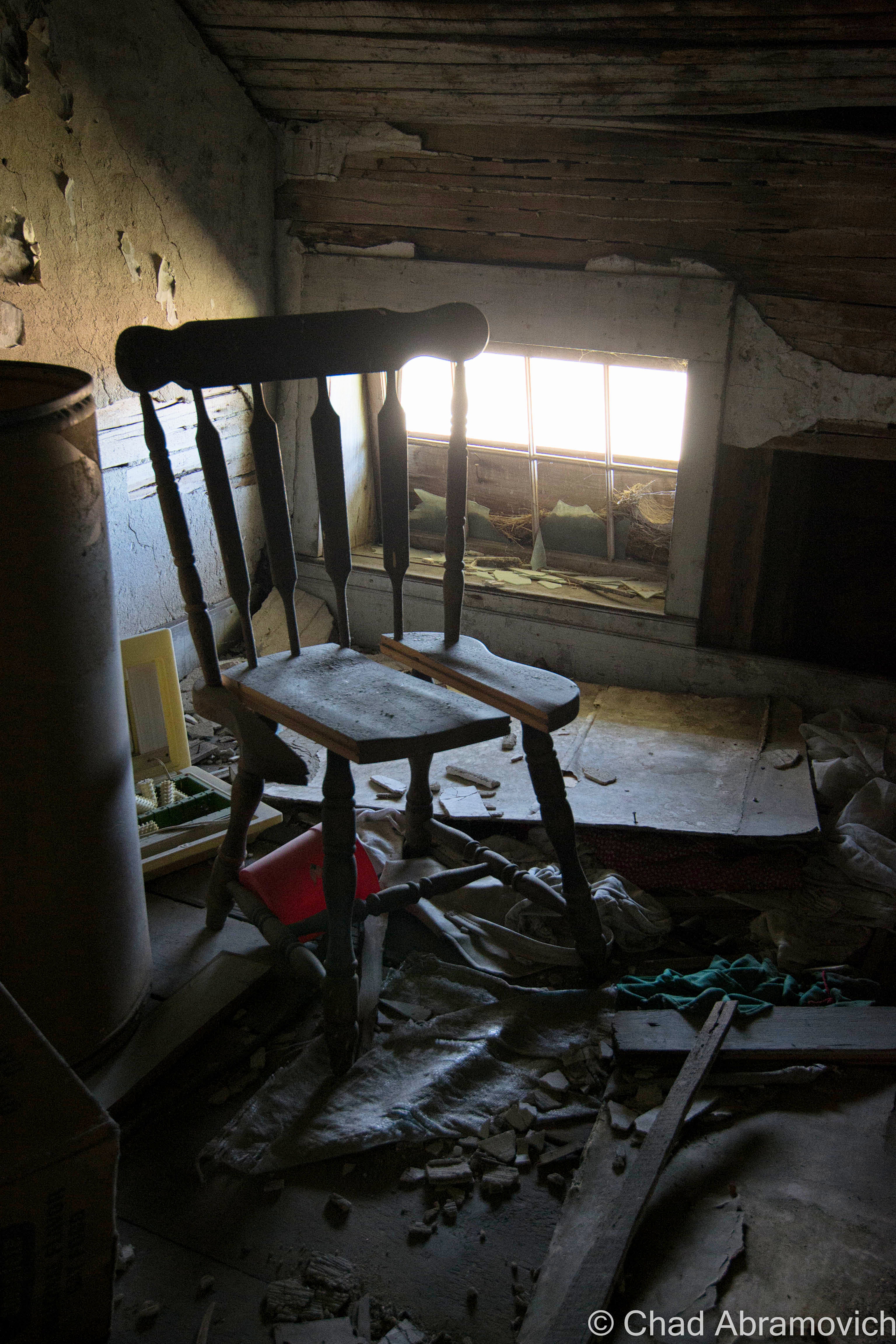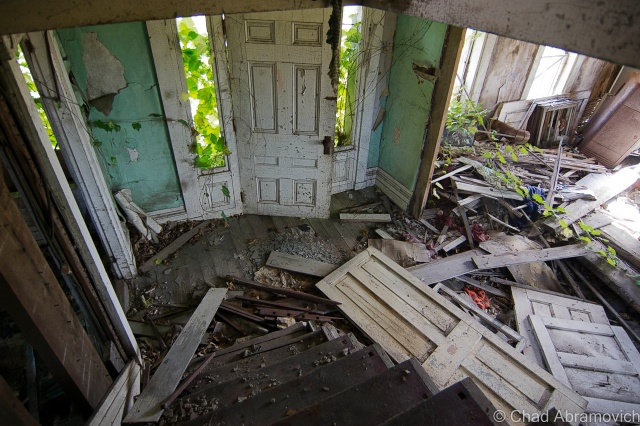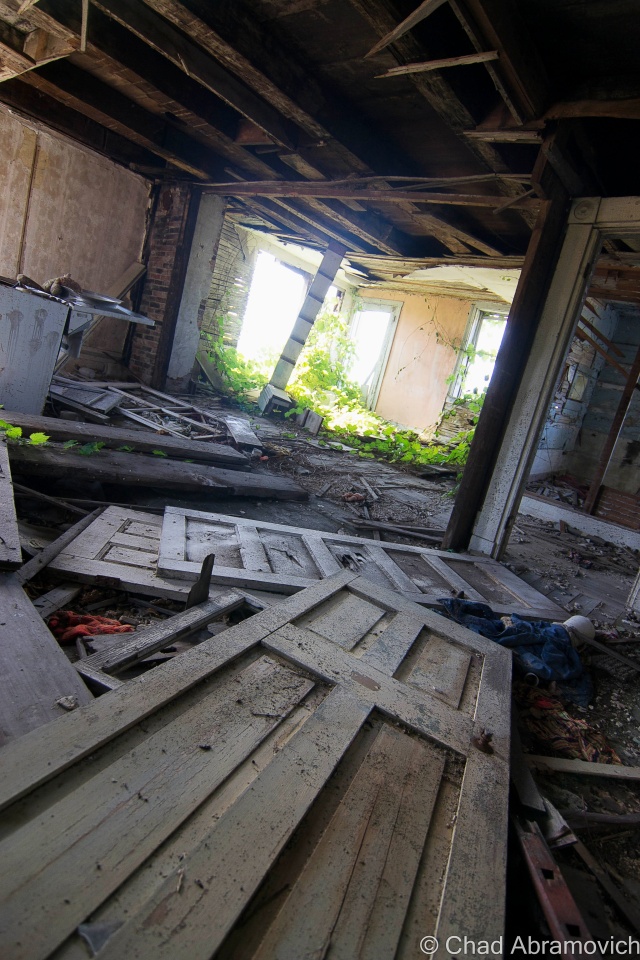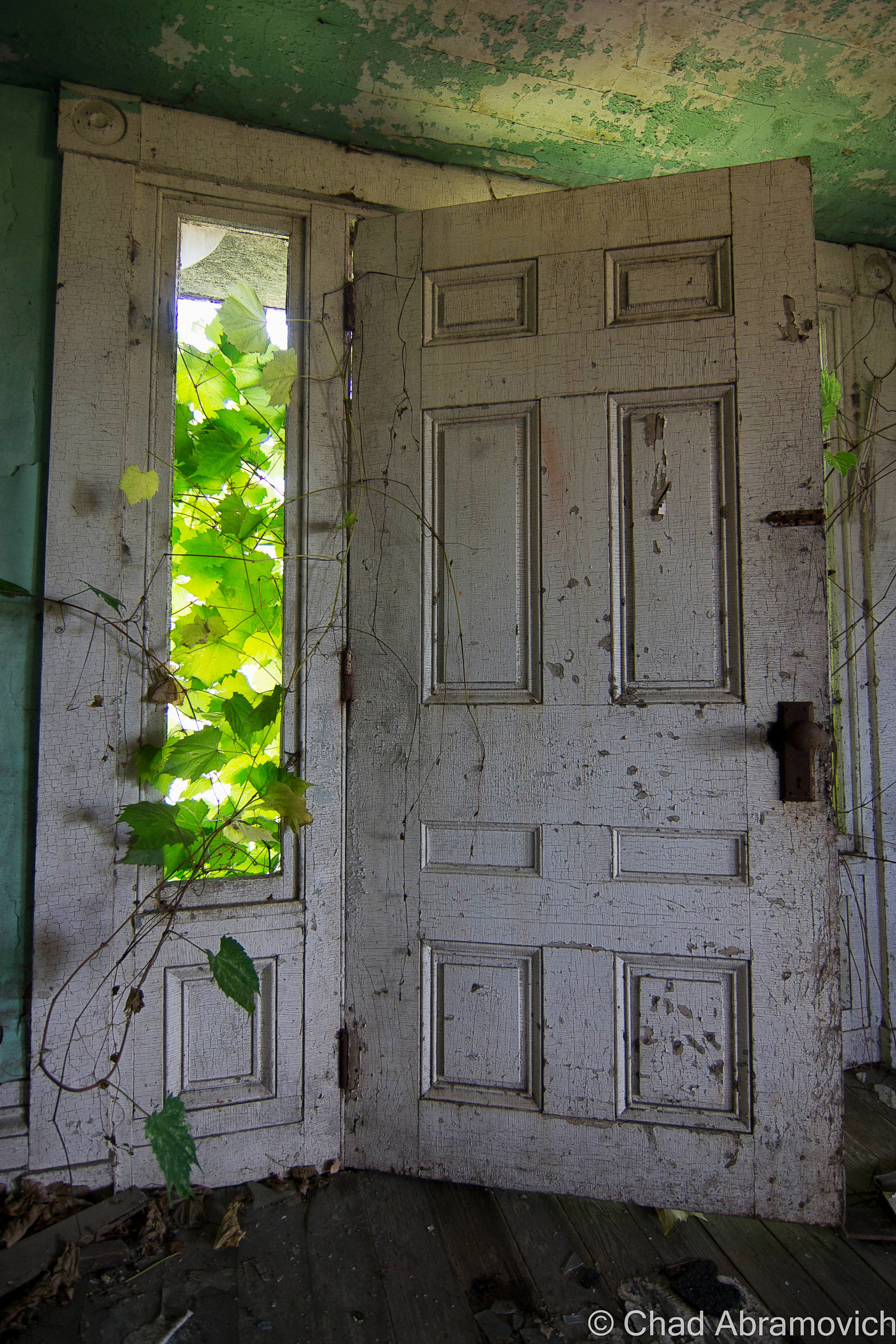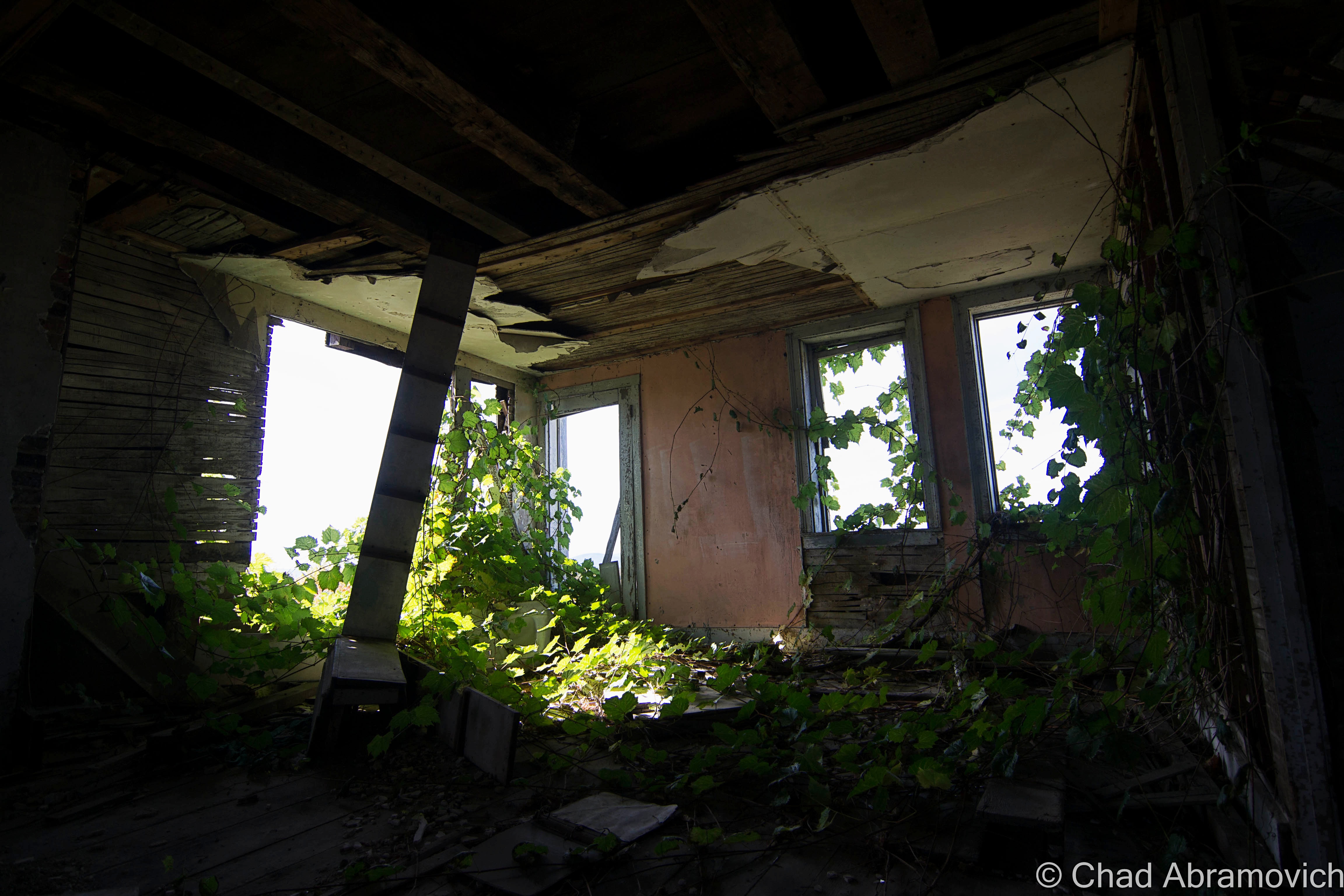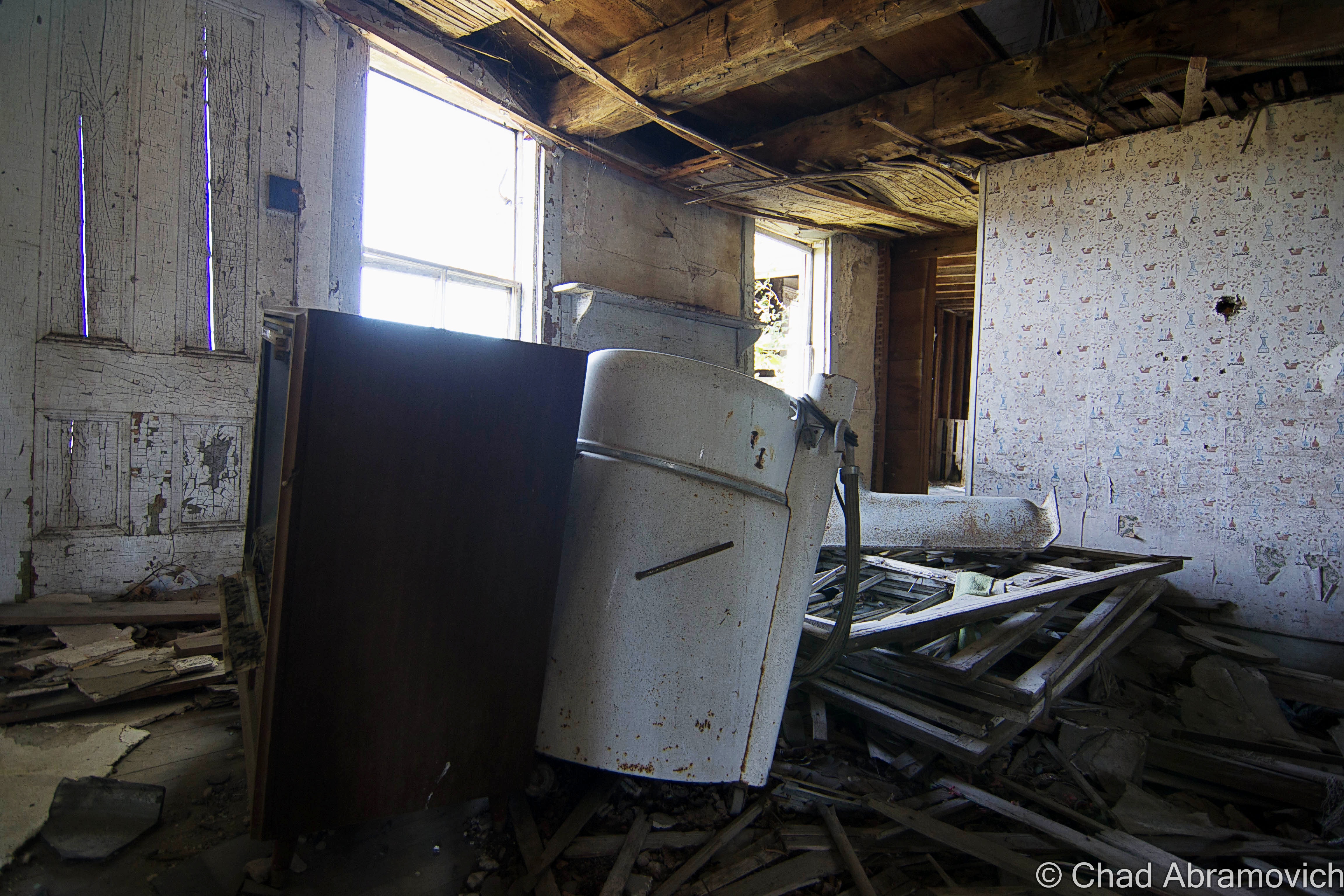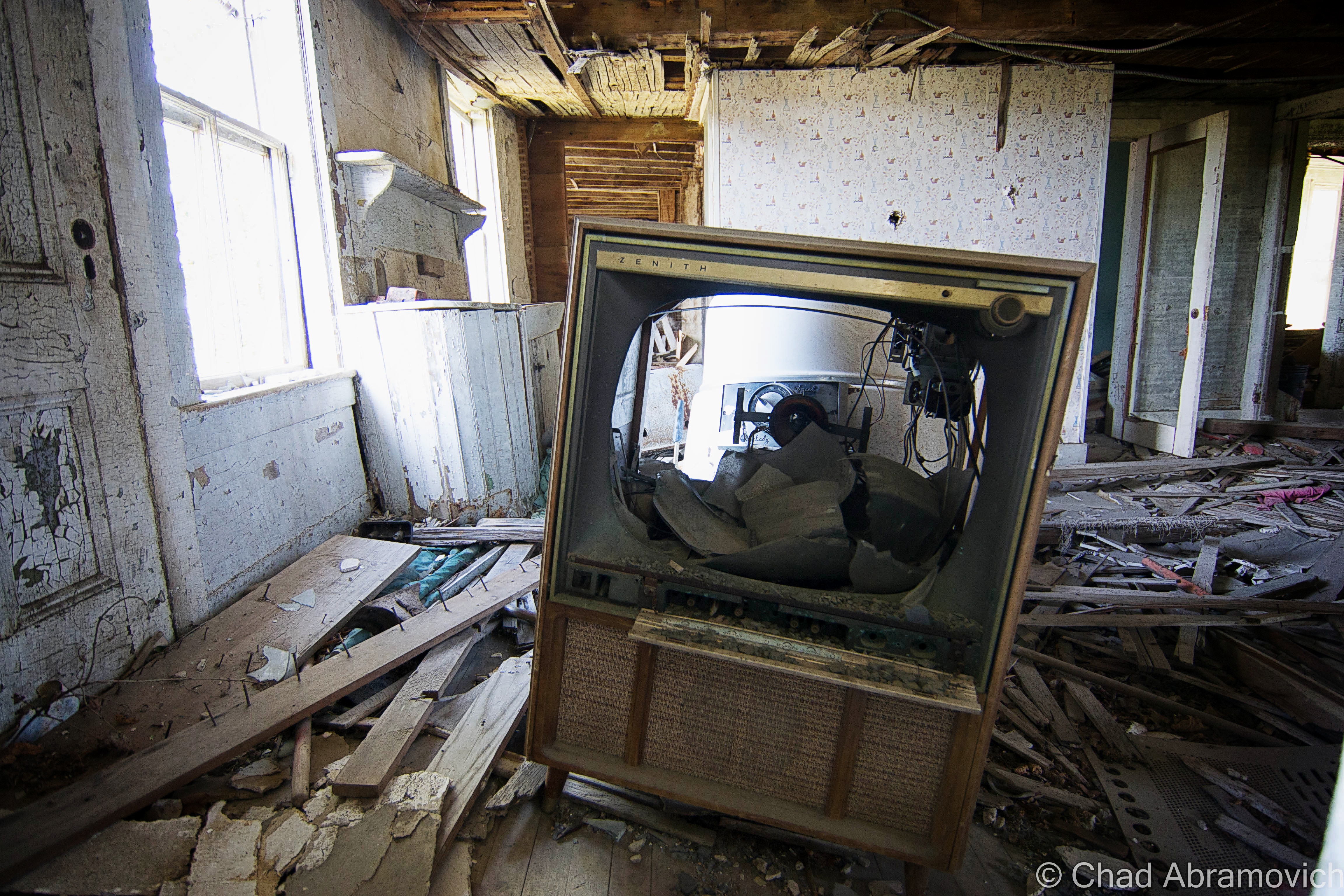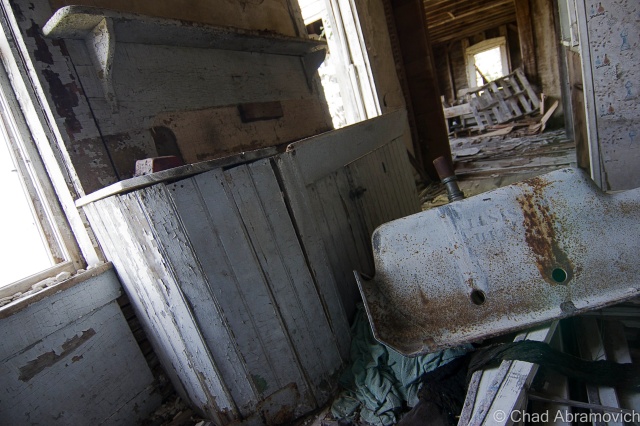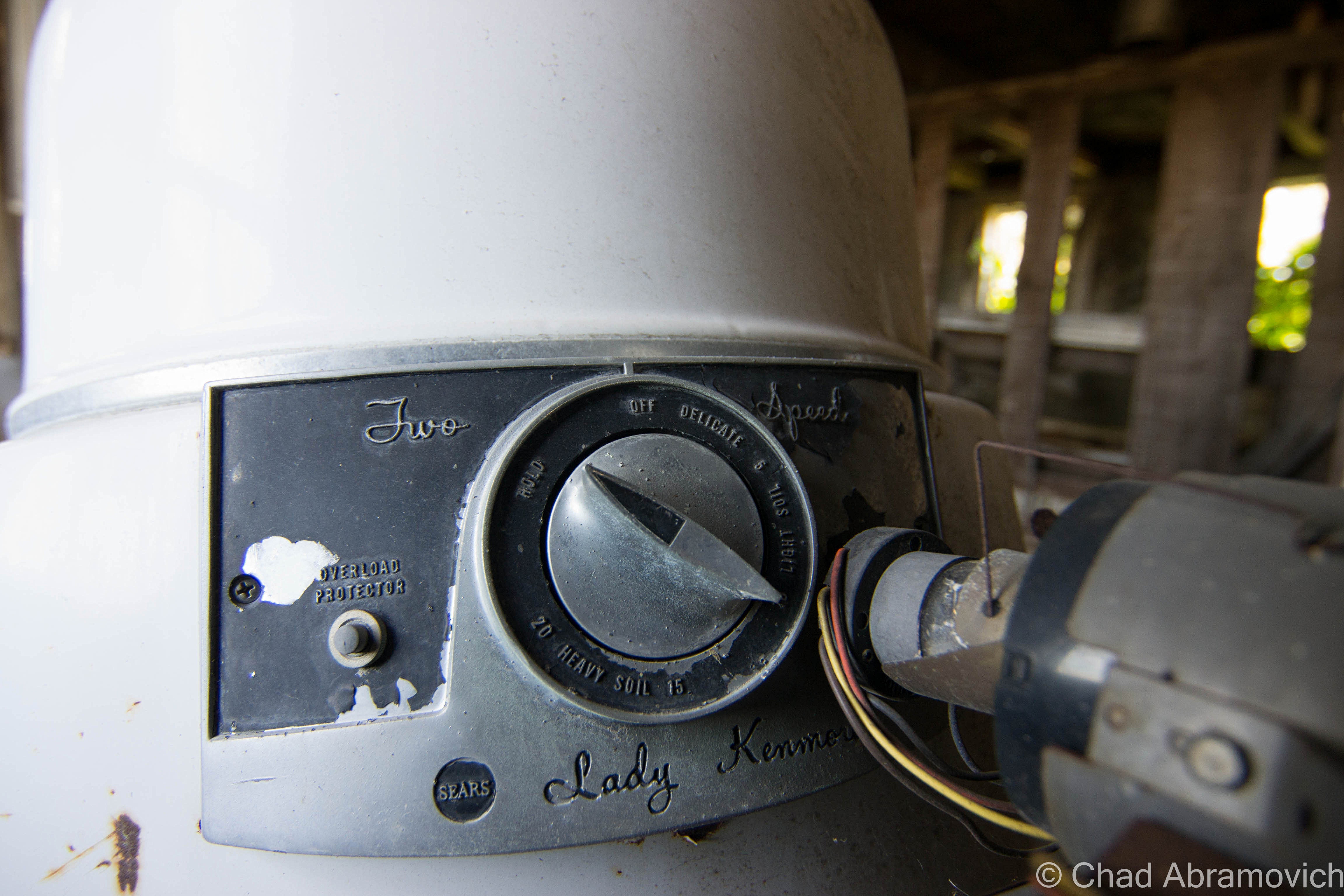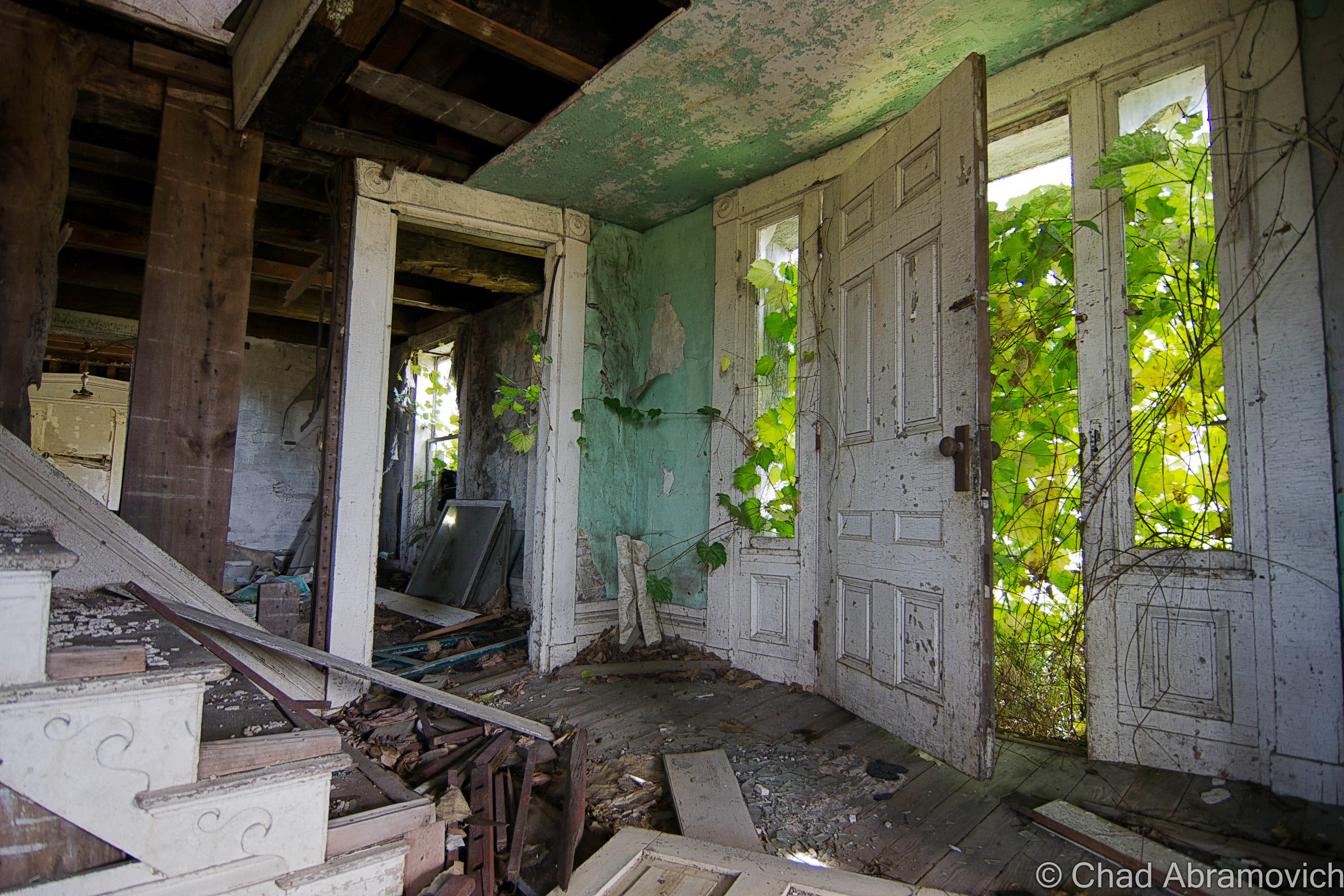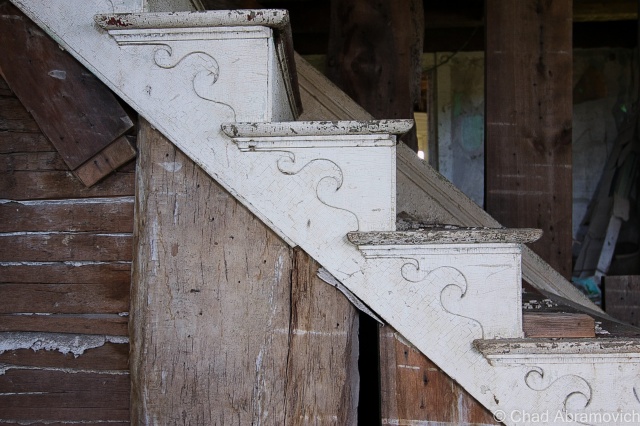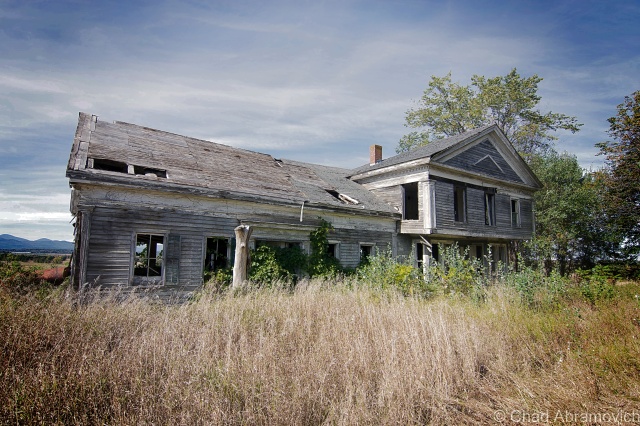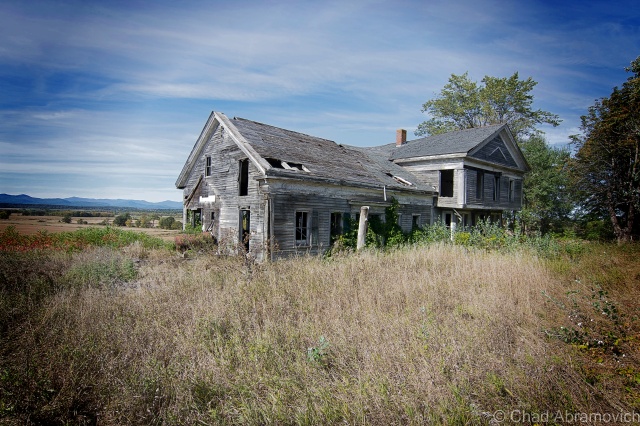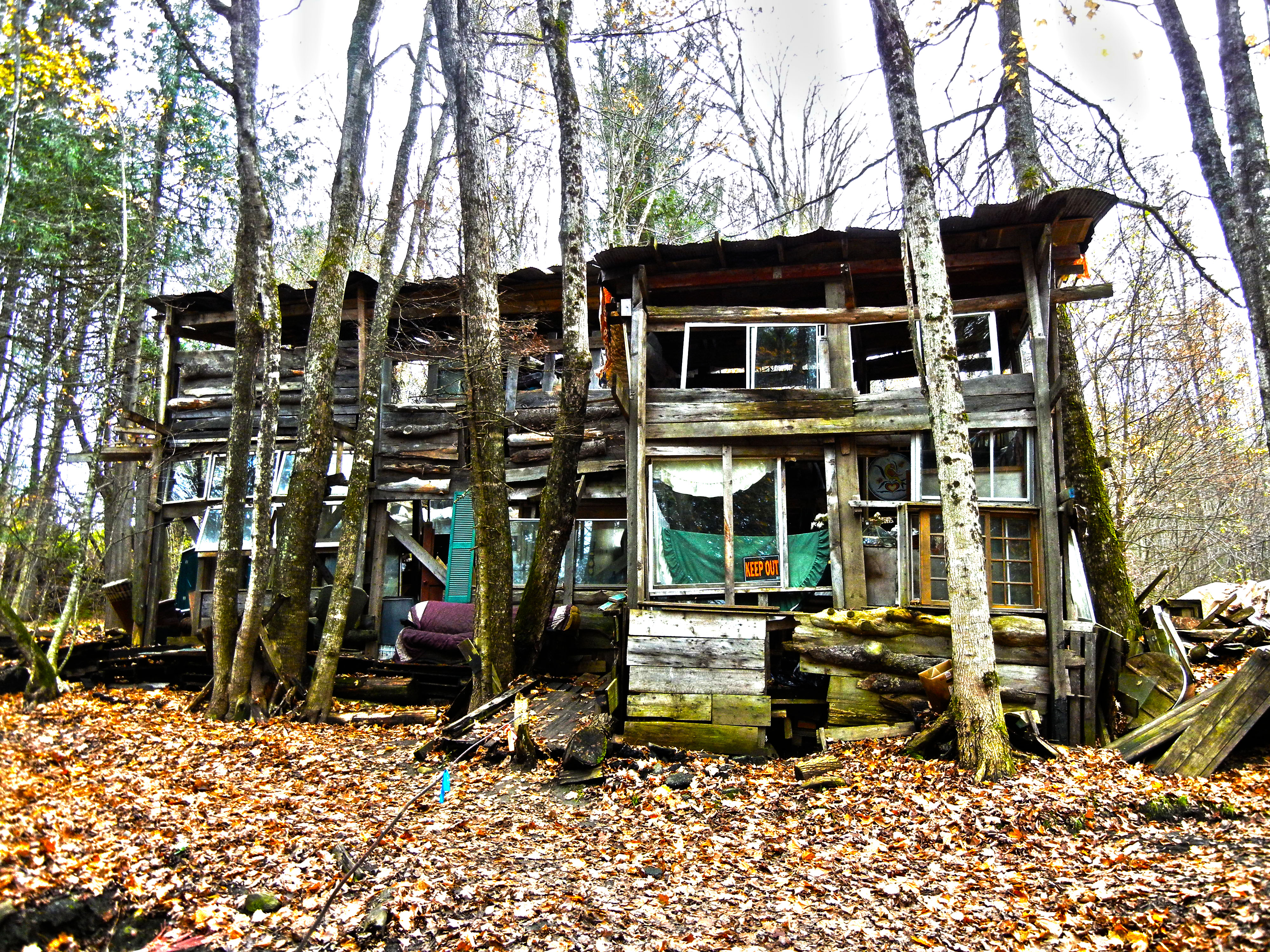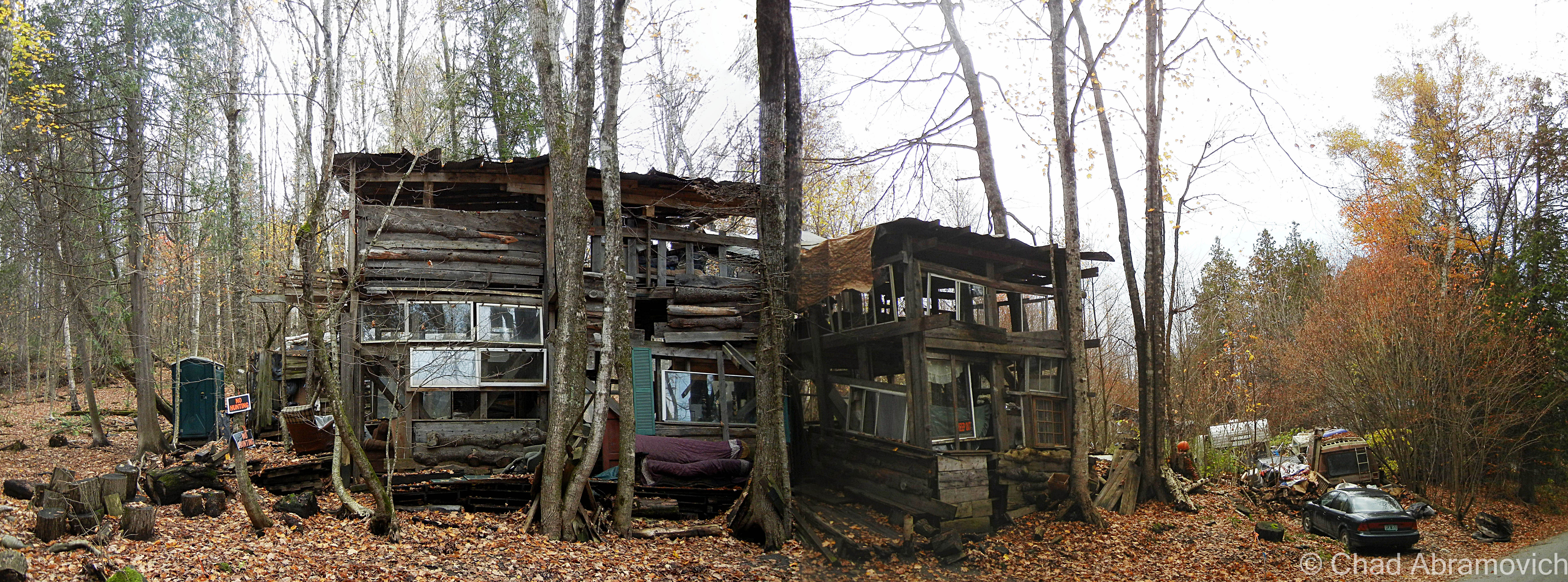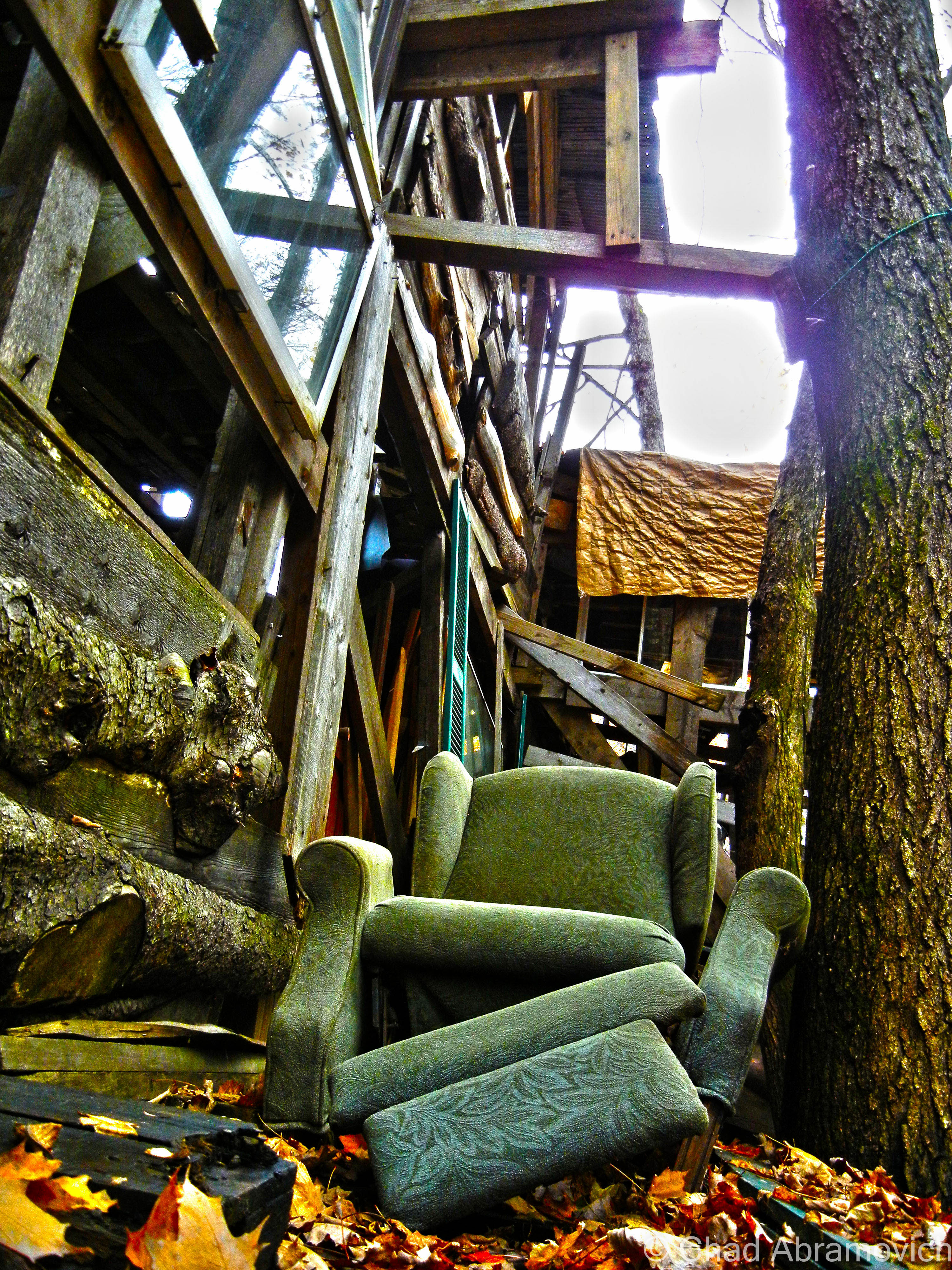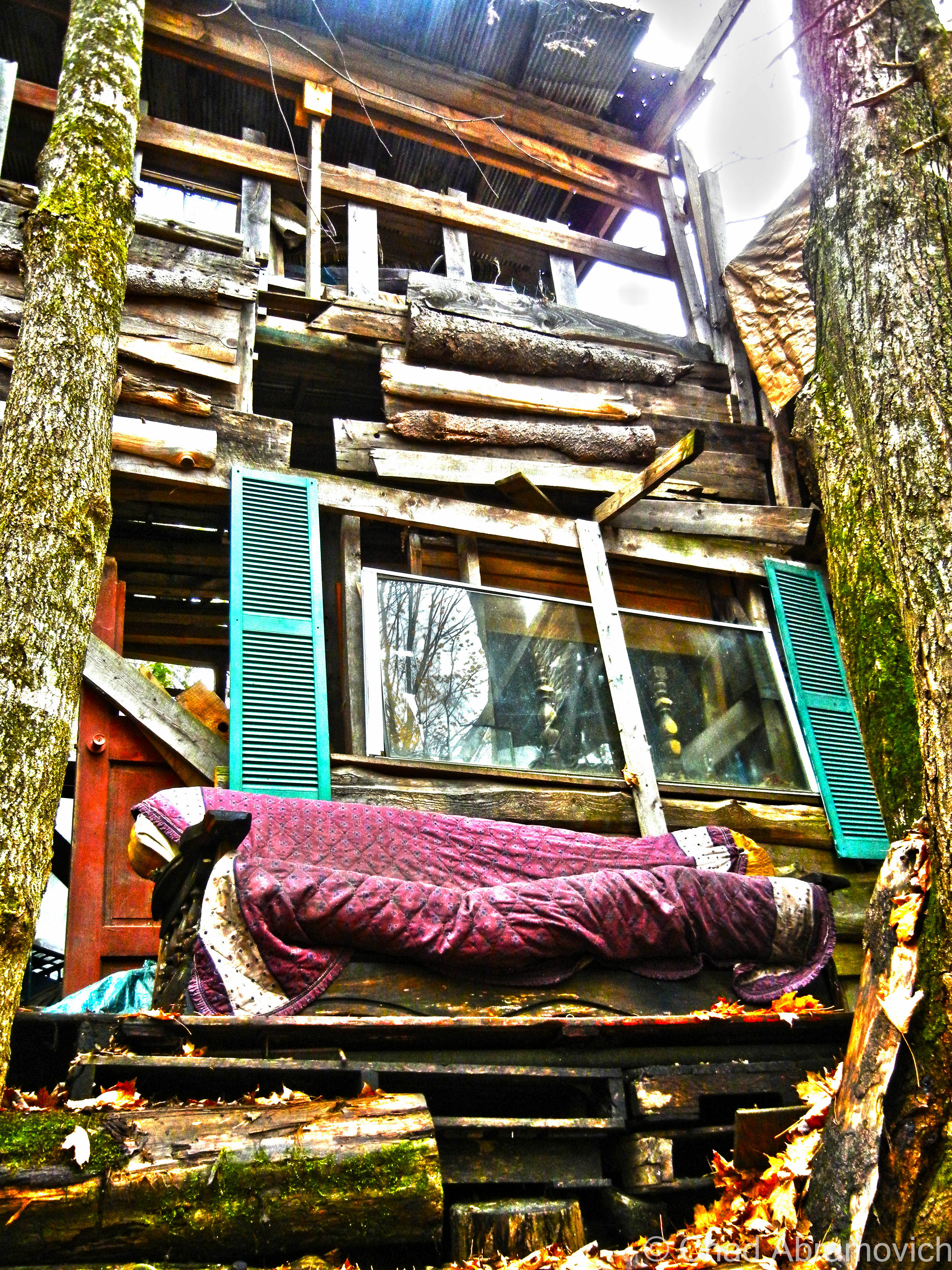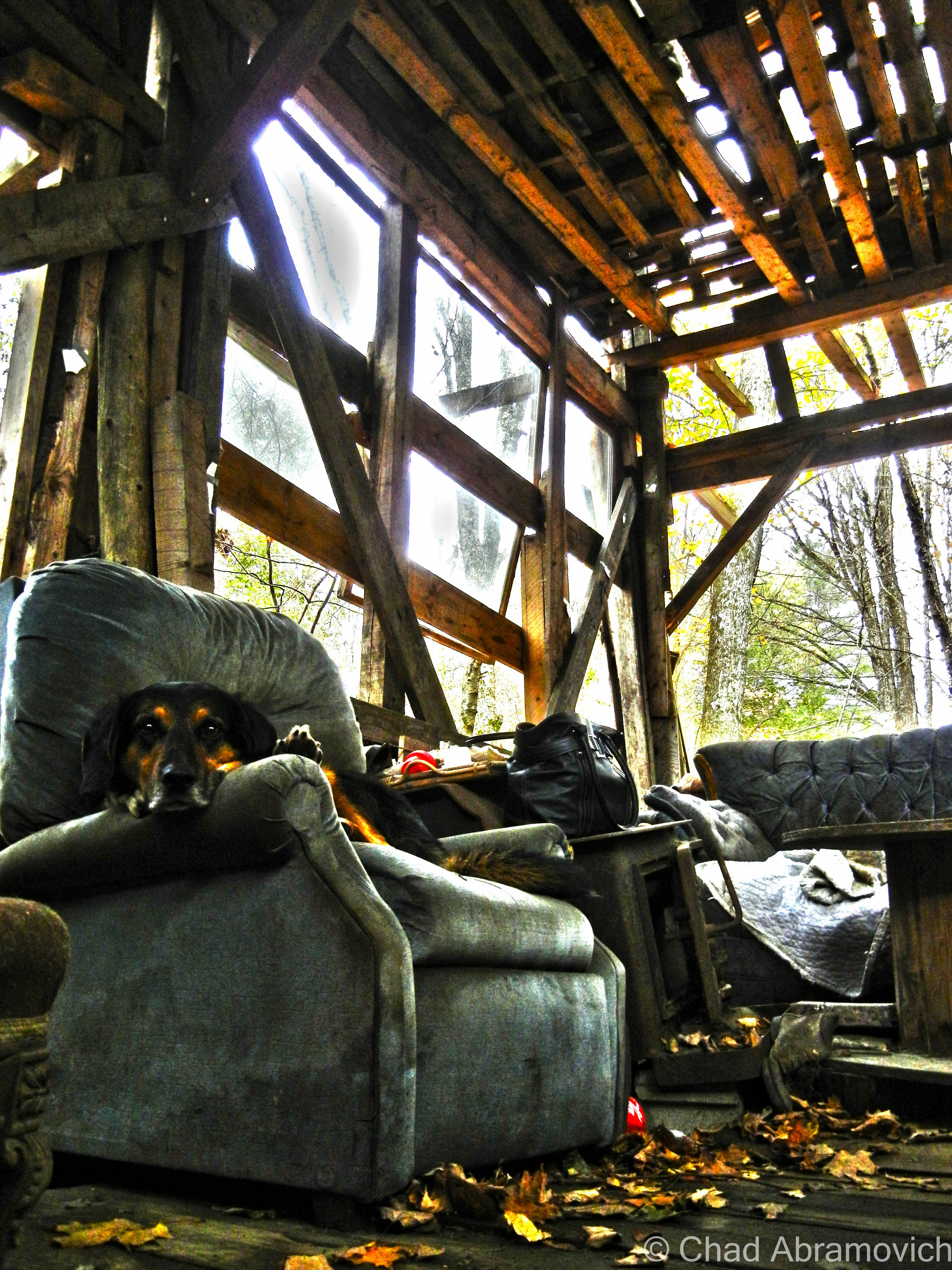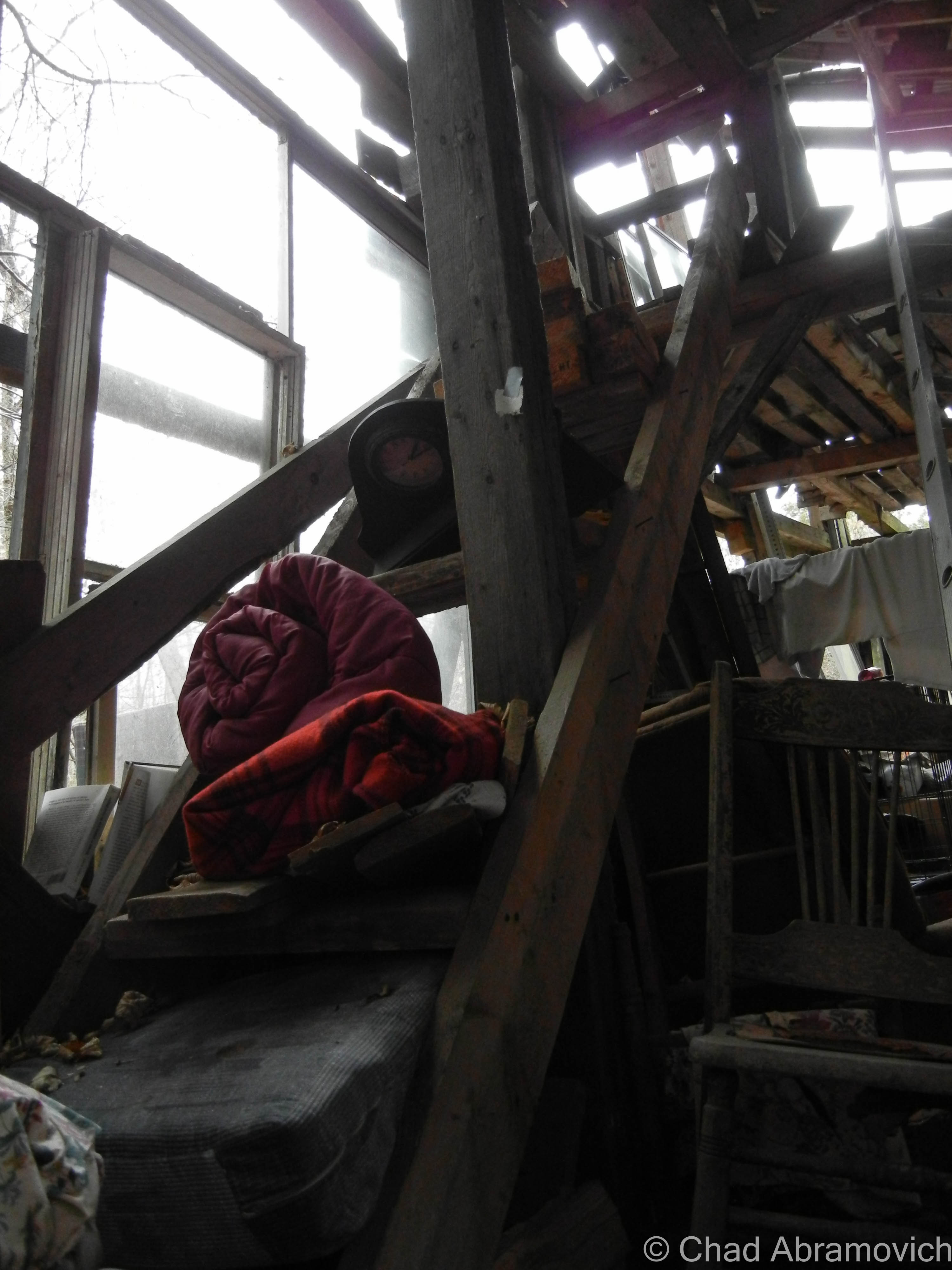The largest lake entirely within Vermont’s borders, Lake Bomoseen in western Rutland County measures 9-14 miles long (depending on who you ask). It extends from Lily pad choked swamp lands in the small town of Hubbardton to the north, expanding into a broad center complete with an island, before narrowing into a slim passage way running just slightly below the interstate type highway of U.S. Route 4 to the south in Castleton.
And there is something compelling about this lake. Speaking to a few people about it along its shores, they all somewhat described they felt a strong pull to the lake – some sort of inexpiable connection of fondness towards it. And with the lake’s storied history with layers that are piled on more compactly than the slate piles crumbling into the lake on the west shore, it isn’t that difficult to understand.

The name Bomoseen is an Abenaki word which translates to “keeper of ceremonial fire”. The Taconic Mountains, which make up the rolling hills that run along both sides of the lake, are the slate-producing region of Vermont, and the area’s history parallels the rise and fall of Vermont’s slate industry. The area surrounding the lake contains several quarry holes and their adjacent colorful slate rubble piles as reminders of this period, many you can see tumbling down the western shores of the lake – a bizarre and stark contrast to the otherwise gentle landscape around it. Across the lake, you can still witness the overgrown cellar holes of the ghost town of West Castleton, a product of once prosperous times, now a landmark to what once was.
Weird Waters
If your into ghost stories, Lake Bomoseen have an interesting one. The story goes that one night in the 1800s, 3 Irish slate workers from West Castleton obtained a rowboat and decided to row to a tavern on the east shore to entertain themselves. But they never showed up. The next morning, their rowboat was found floating empty on the open waters of West Castleton bay, but no trace of their bodies were ever found. Locals say that on certain moonlit nights, the phantom rowboat can be seen moving effortlessly across the waters of Lake Bomoseen, making no disturbances in the water.
But if phantom rowboats don’t grab your attention, this mysterious body of water has a far stranger tale woven into its web of folklore. Towards the north end of the lake is a surprisingly undeveloped island (apart from an estate on the very southern tip). The island is long, densely wooded and rests a mere 30 feet away from the lake’s North West shore. But this island is known for something far more mysterious than its idealized lakeside real estate. It is here where Vermont’s entire population of giant rabbits are said to reside. As the name implies, they are distinctive because of their size, and more noticeable, their glowing red eyes. But how did the entire population of this elusive sub culture become to be contained on such a small island in Lake Bomoseen, and why?
I turned to Joseph Citro’s The Vermont Monster Guide for an explanation. In a pure Darwinian principle, they somehow hopped the 30 foot jump from island to mainland, and couldn’t get back. The bigger rabbits were the only ones who could make the jump, leaving the biggest of the big trapped on the isolated chunk of land in Bomoseen’s murky waters. What happened next however wasn’t so bizarre; they did what rabbits did best, and multiplied. As the years progressed, they became bigger and stronger. Legend has it that some have seen rabbits as large as Volkswagons and Saint Bernards somewhere amidst the dense evergreen foliage that climb the shores. But these rabbits are by no means new phenomenon. As a matter of fact, the Abenaki may have in fact told tales of these oversized rabbits on the island. And today, it is not uncommon to see curious campers and adventurers boating and kayaking around the island trying to catch a glimpse of these unique cryptids – and as far as we know, they are harmless. Perhaps it comes as no surprise that residents began calling the narrow landmass Rabbit Island.
If giant rabbits and rowboats piloted by unseen forces aren’t good enough for you, Lake Bomoseen has another surprise, one that is concealed by the largest existing entity on the lake – it’s waters. And if the legends are true, this will definitely bring you a dose of rigor…
Around 1986, a man and his wife were fishing on the lake in their seventeen foot boat, when they saw an extraordinary creature moving beneath the water’s surface. It looked like a giant eel. The description created a picture of something eight to nine inches in diameter, and an astonishing twenty feet long! Well – they said it was longer than their boat anyways. Not wanting to attract the USO with their fishing bait, they reeled in and headed quickly back to shore.
So, is there really a giant eel lurking beneath the waters of Lake Bomoseen? Surely something so massive and so distinctively intimidating would have been seen by others? Not so much. As a matter of fact, this was the only sighting I was able to dig up, meaning either it was a one time phenomena, something far more innocuous, or maybe, people are just keeping quiet about it. After all, Vermonters are pretty good about keeping secrets…
State wildlife biologists weighed in on this, and said that generally, the size of eels can vary greatly, but it’s entirely possible that they can reach up to around five to six feet in diameter and weigh around fifteen pounds, and, they speculated that it was entirely possible that larger ones could exist in larger landlocked bodies of water. But Bomoseen, the lake in question, well, they sort of left that answer somewhere in the smoke.

A Famous History
Lake Bomoseen has been drawing tourists to its shores long before the year round camps and state routes began to ring its shores. As early as 1870, Lake Bomoseen began to establish itself as a tourism getaway. The Johnson farm, on the north end of the lake was said to be the first location around the lake to began hosting summer guests around this time. To reach the Johnson farm, guests crossed a float bridge, which actually did float on the surface of the lake. Still referred to as the Float Bridge, it now does just the opposite of float, as it’s fixed sturdily to land with granite, concrete and steel. Just take Float Bridge Road, still in existence at the north end of the lake.
Over the next couple of decades, more hotels sprang up around the lake. Even the ruins of nearby Hyde Manor brought guests to the lake by stagecoach.
Over time, something else began to make their appearance along the lakeshore as well; summer camps. One of the most famous was on Lake Bomoseen’s largest island – the secretive and elite Neshobe Island, which had a reputation that helped establish the aura of mystery for exclusive clubs and societies.
Purchased in the 1920s by Alexander Woollcott, author, actor and New York Times drama critic, the cottage and island became a retreat for the Algonquin Round Table, a group of journalists, editors, actors and press agents who met regularly at New York’s Algonquin Hotel starting in June 1919. Summer weekends were said to consist of cocktails and croquet on the island with Woollcott as host, and catered to notable guests such as President Theodore Roosevelt – who could be seen landing his seaplane on the lake during his arrivals.
The island was said to be beautiful, with rolling topography, mixed woodlands and miniature meadows filled with wild flowers. While local Vermonters left the islanders to their own business, it was the tourists who tried to invade their privacy (or so the accounts claimed). That was, until comedian, film star, and visiting guest Harpo Marx put a stop to it. One day, as a boat full of rowdy tourists invaded the island’s private beach for a picnic, Marx stripped naked, smeared himself with mud, grabbed an axe and ran down towards the startled tourists hollering and making animal noises. They never came back.
Today, the grand resorts and private clubs are gone, succumbing to disastrous fires and the changing times, and the lake has given way to a more dominating landscape of summer camps and private homes. But the lake is still quite active, and is just as beloved as it was a century ago. An official stop on Vermont’s Stone Valley Byway, and lined by several beaches, a state park, a popular golf club and lakeside restaurant that offers dock side conveniences (after all, Bomoseen is a boating lake), Lake Bomoseen still draws several crowds that all share a mutual love of the lake, but undeniably, a lot has indeed changed.
Below is an interesting video of Lake Bomoseen’s history, if you are so inclined.
[youtube=http://www.youtube.com/watch?feature=player_embedded&v=RIB4hfAvwrQ]
Left Behind
Just south of Lake Bomoseen, where the road breaks from the shoreline for the first time, and the landscape returns back to woods, is a small and rotting remnant of Lake Bomoseen’s tourism heyday of yesteryear – an abandoned mini golf place. The faded and weathered sign over it’s sloping rental building reads “Bomoseen Golfland” with a rather creepy looking clown as its official mascot, something that conjures more of an image of sinister intentions than a round of mini golf.
Though I don’t know any of the history behind this small mom and pop operation, it most likely functioned during the mid 20th century and provided passing tourists and summer campers with some cheap fun for a few hours, and closed when the region’s tourism trends changed. Today, the ruins can still be seen from the side of Route 30, now desolate, weed ridden and forgotten, the water logged AstroTurf’s awkward green color a sort of gross presence to the otherwise natural landscape around it.
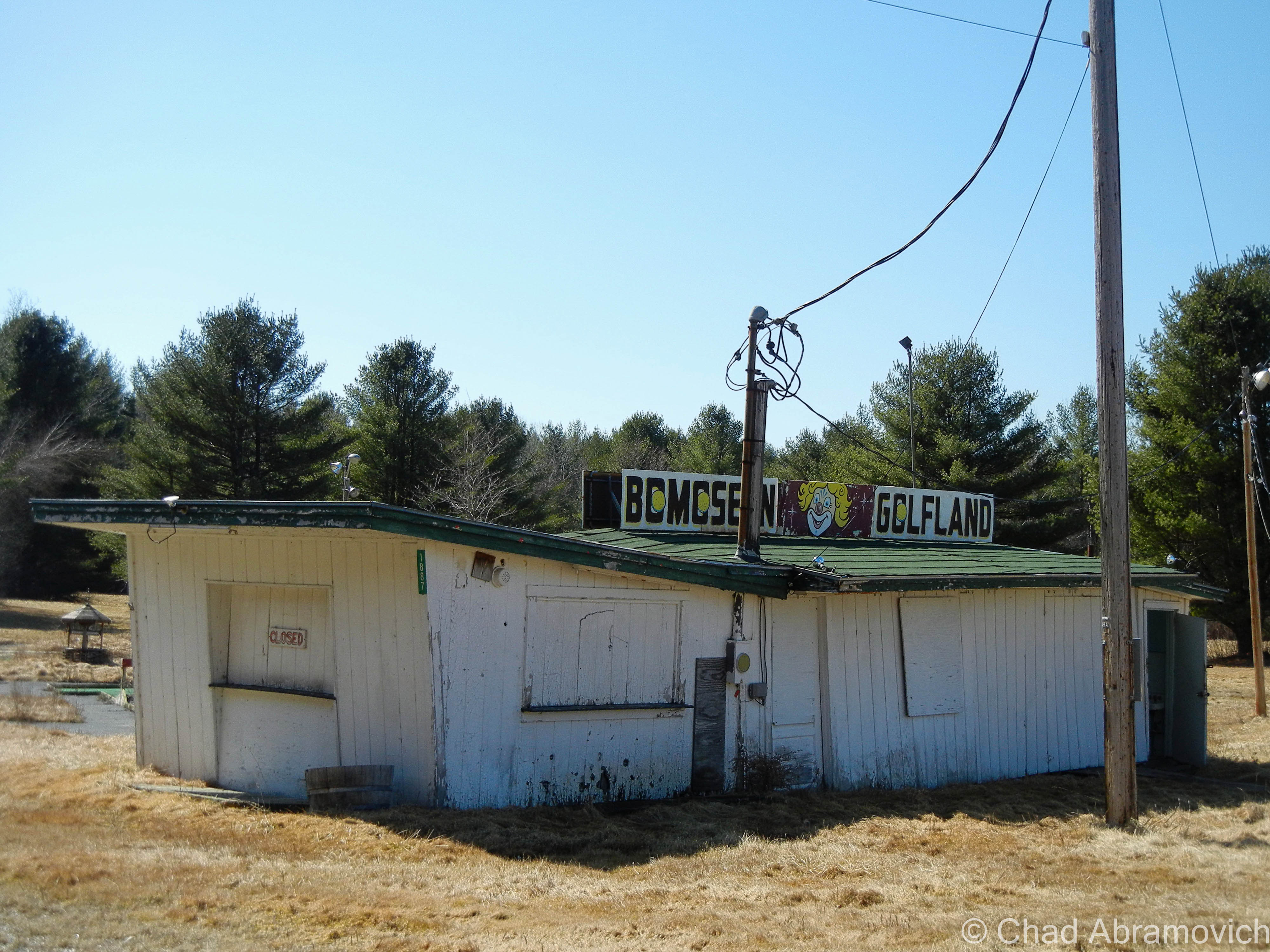
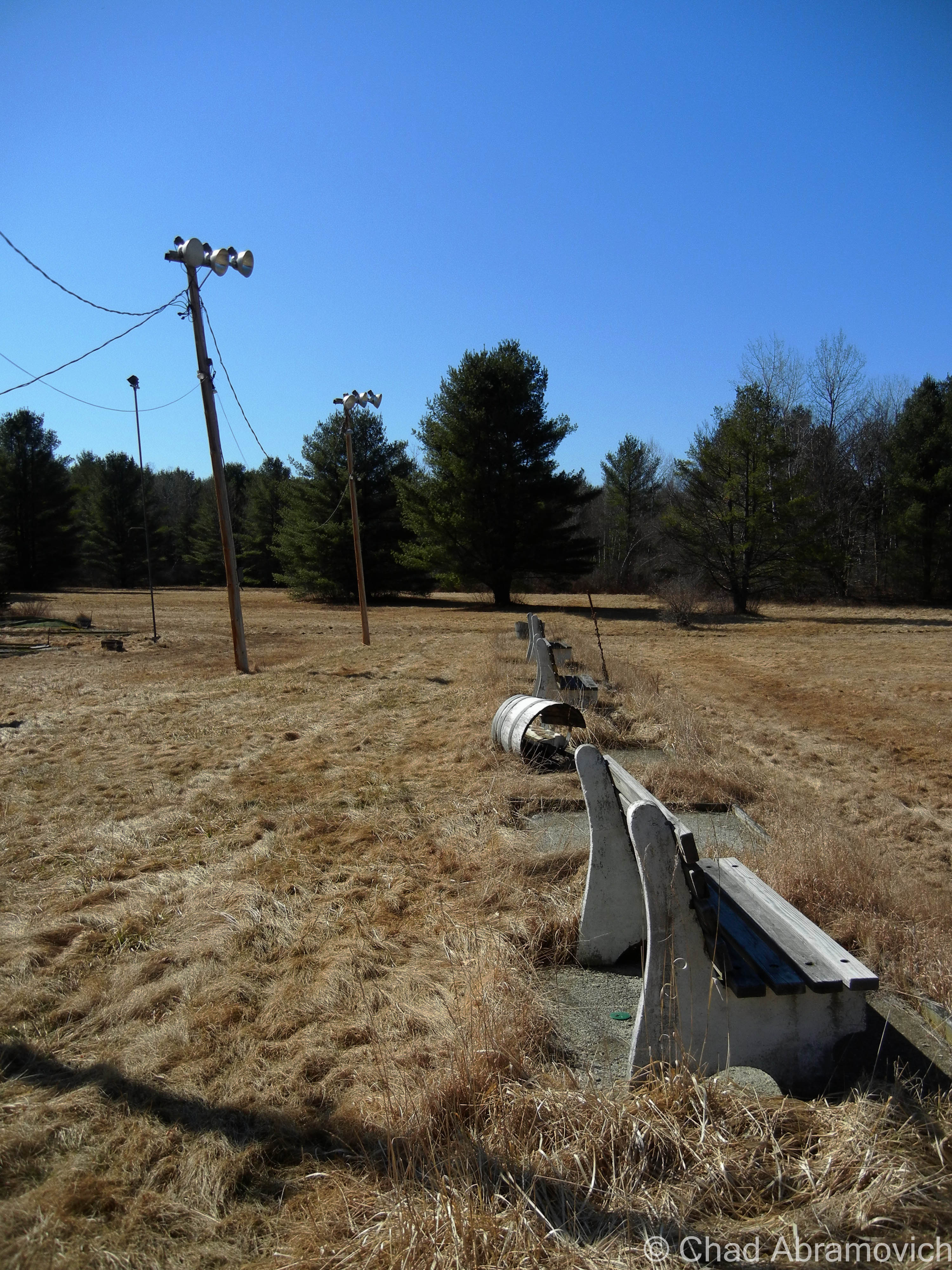
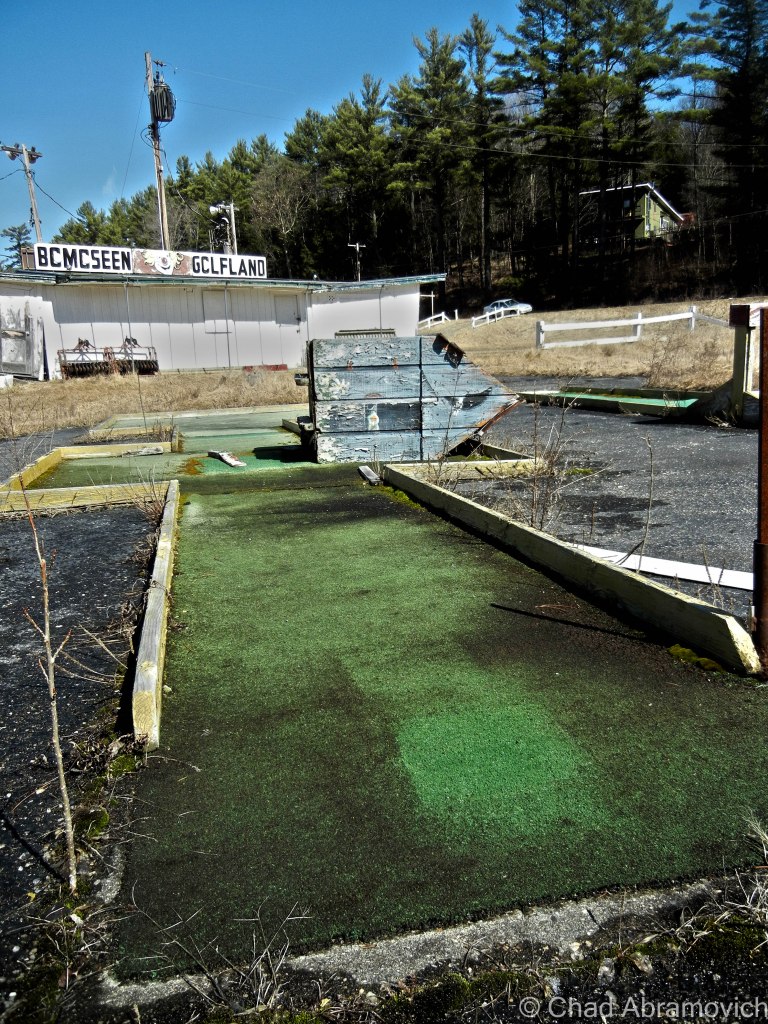
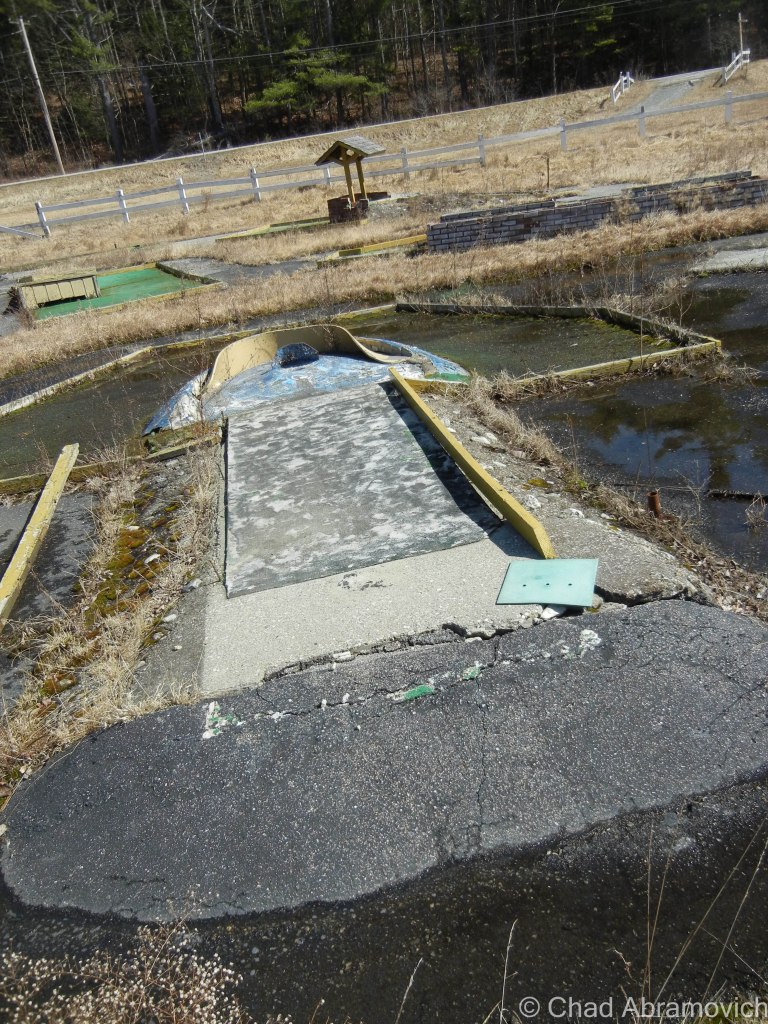
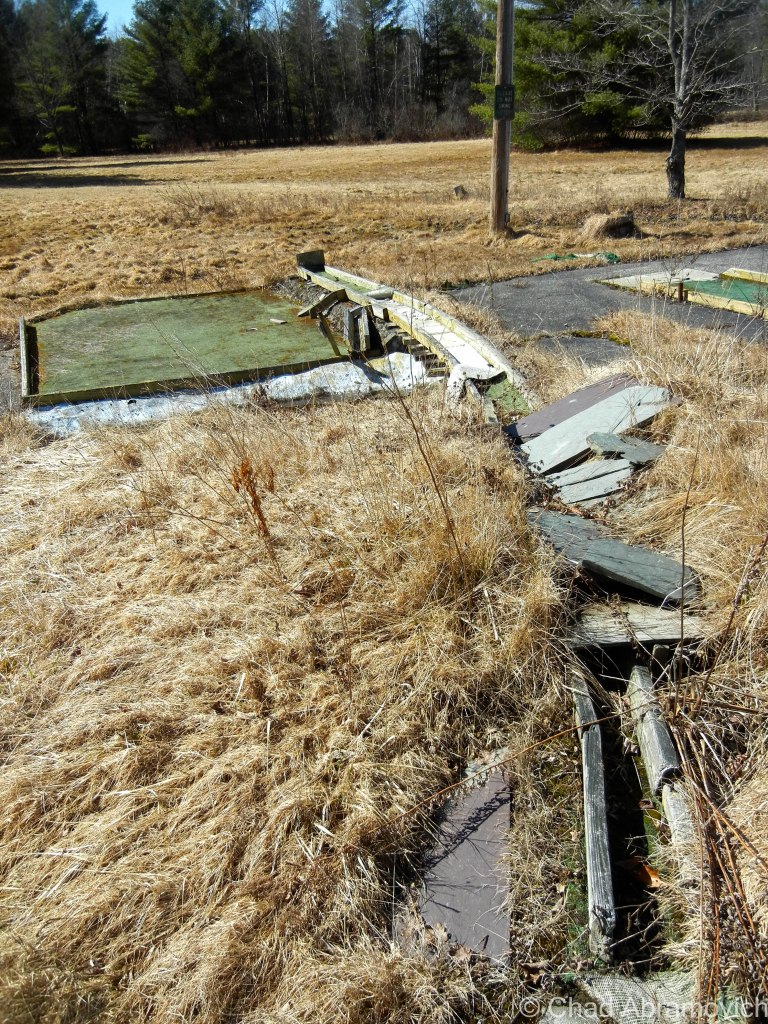
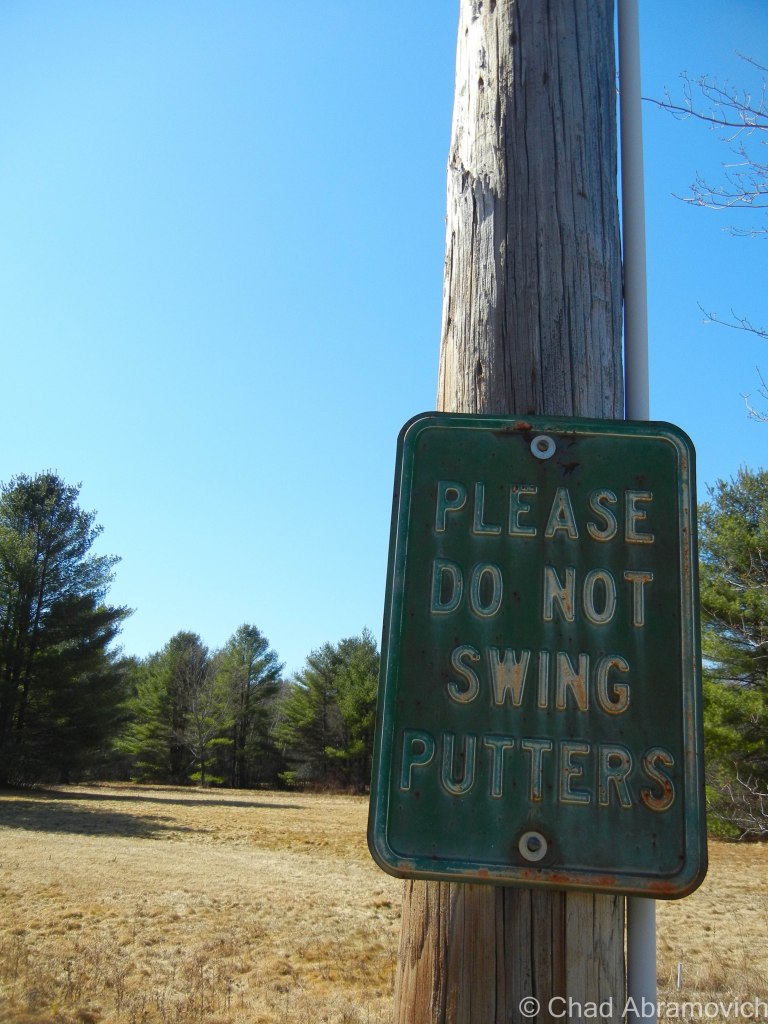
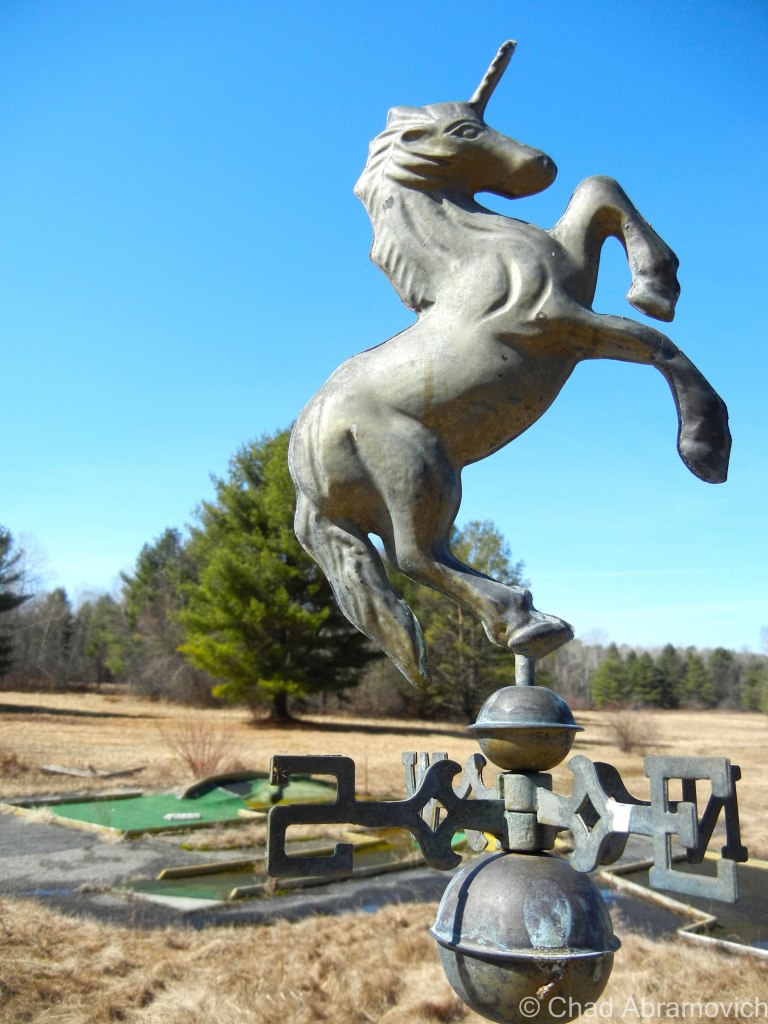
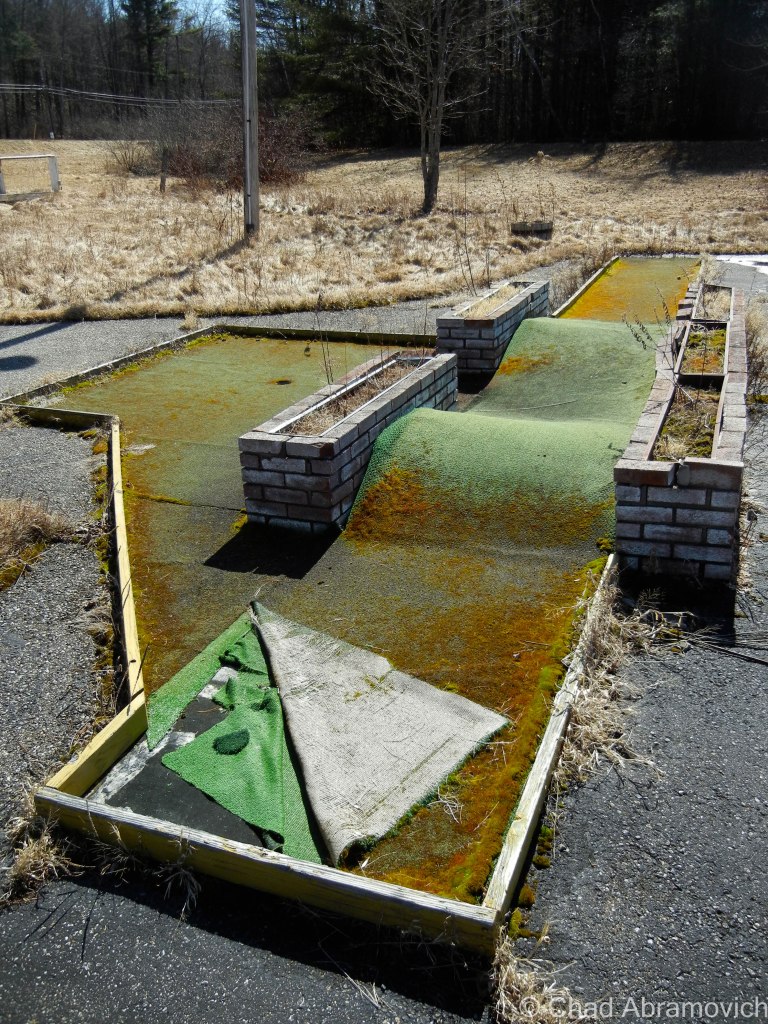
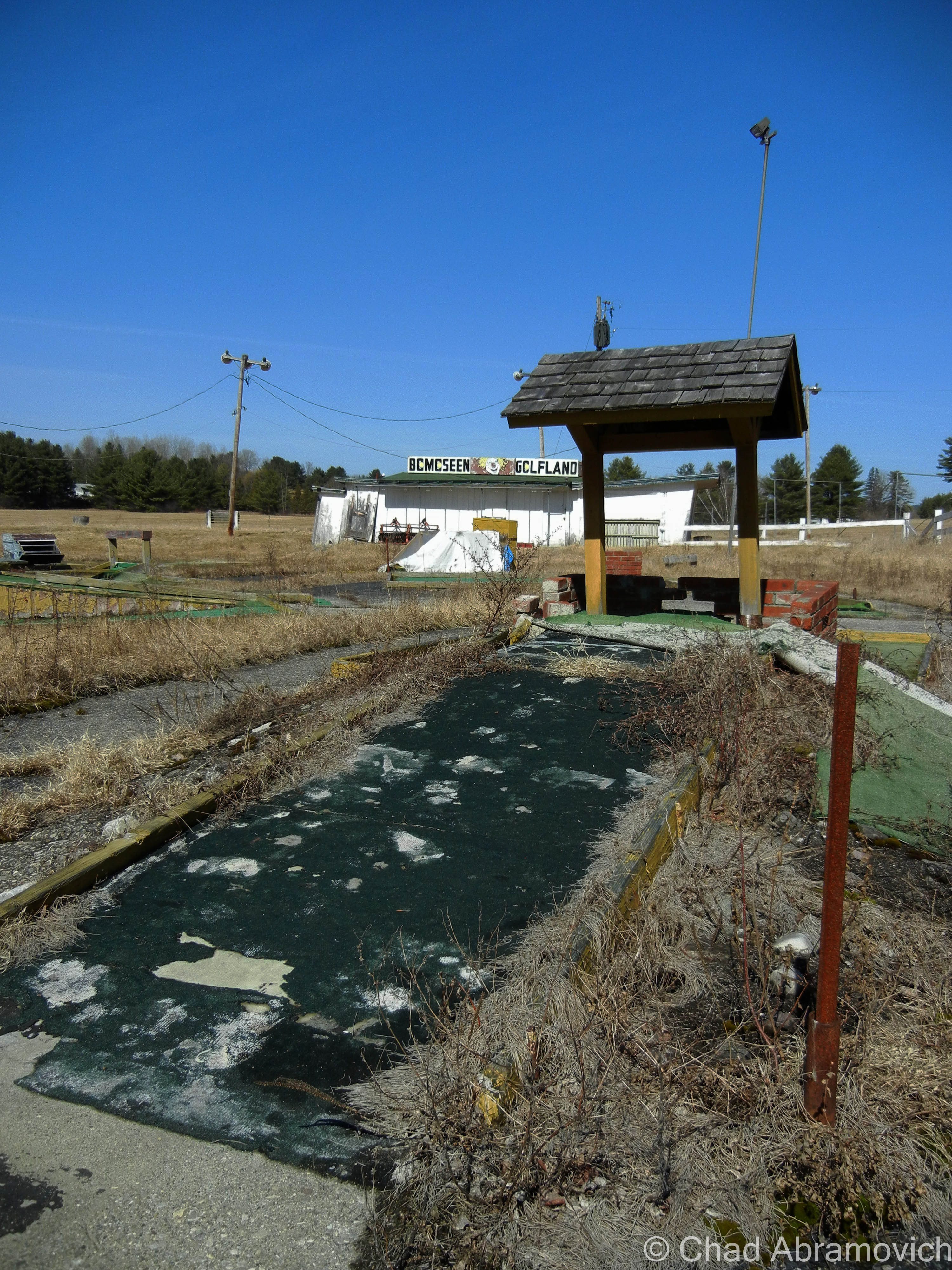
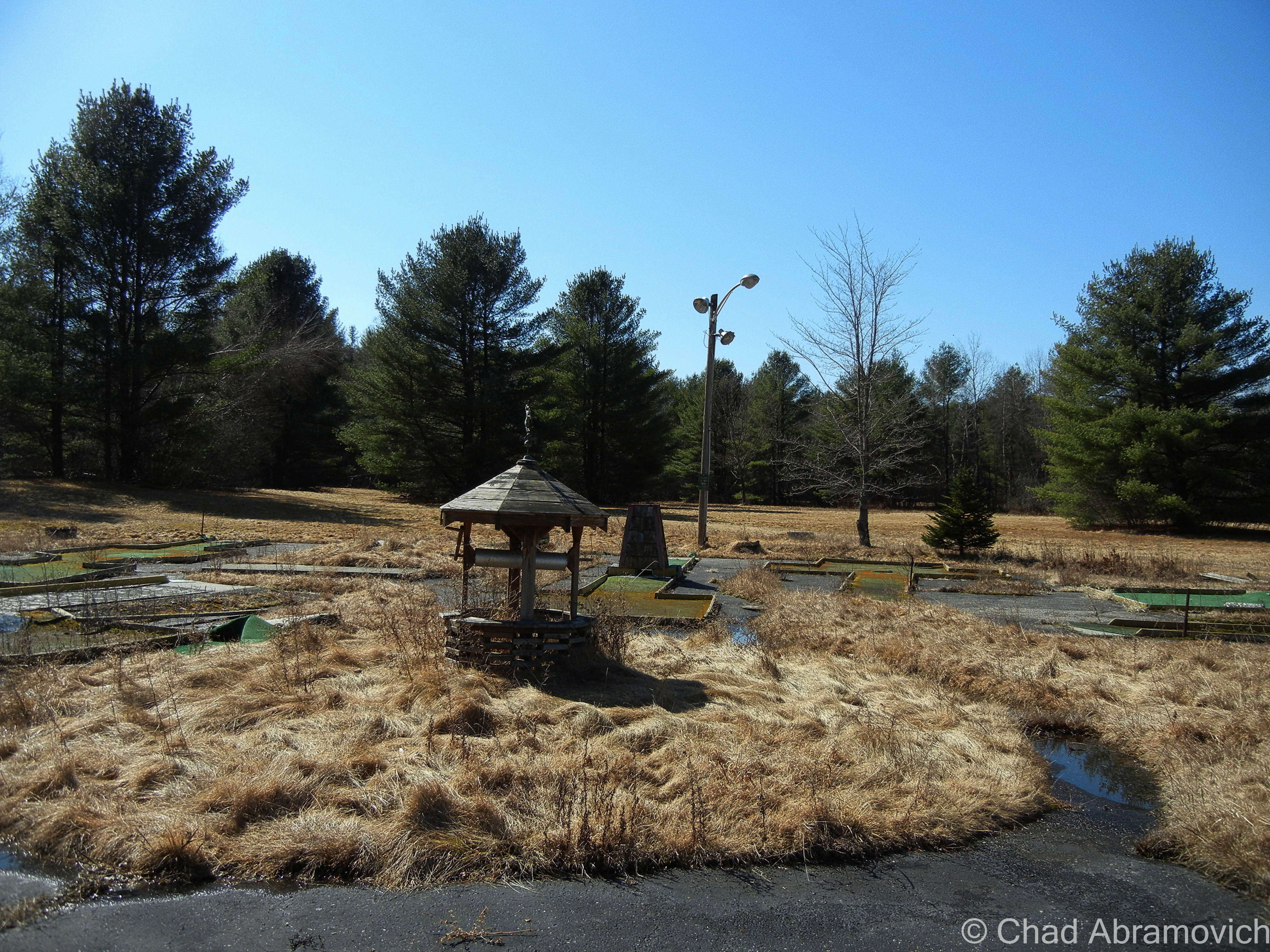
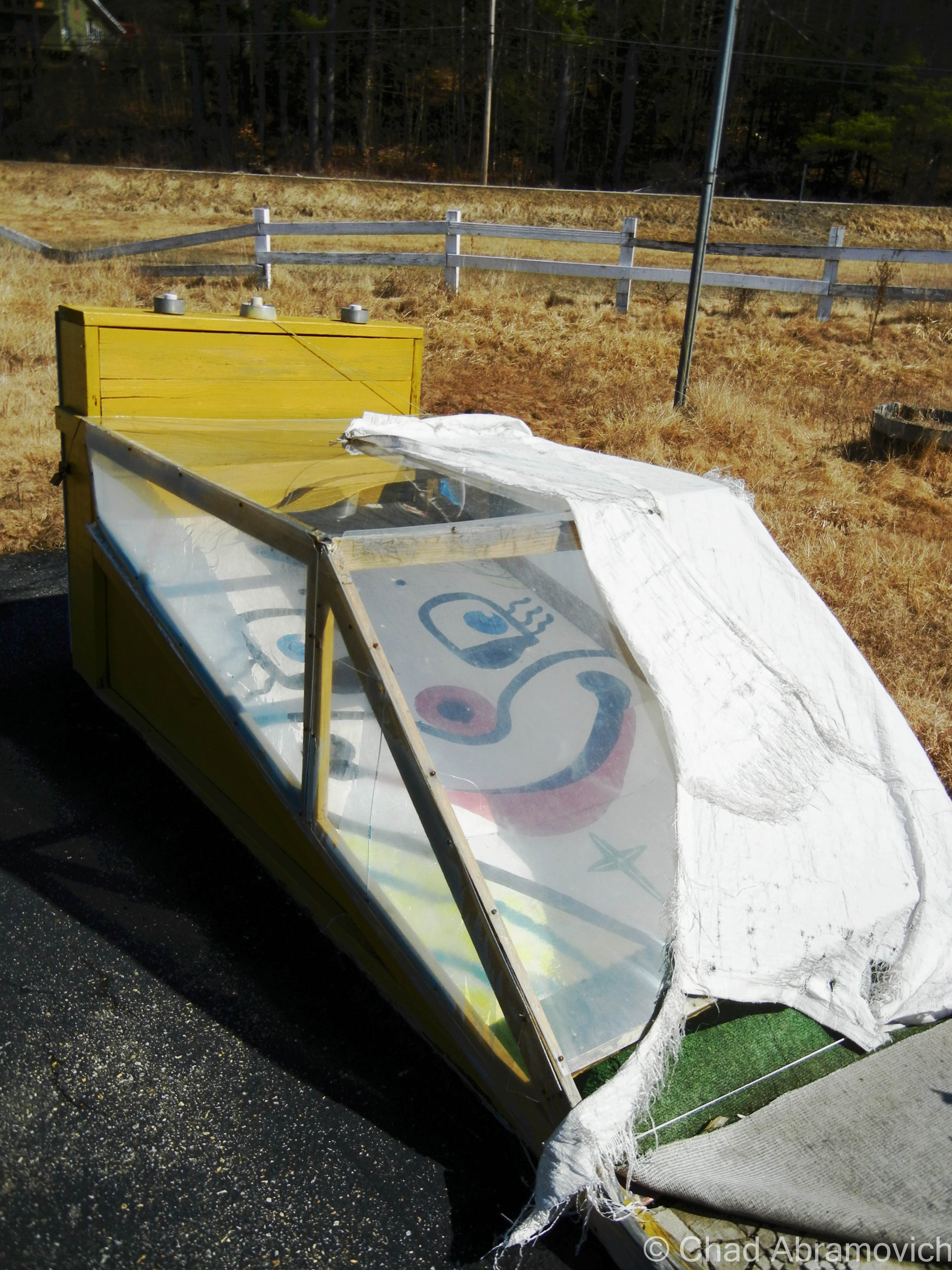

Overall, I spent a total of 10 minutes wondering the moldy grounds of Bomoseen Golfland. It wasn’t the most interesting place I have ever visited but it was creepy enough. The dilapidated wooden building with its peeling paint sat underneath a sky of broken lights, smashed over the sad remnants of each mini golf obstacle. But it certainly is a monument to classic roadside Americana and a simpler time. And for that, I’m thankful I had the chance to visit.
—————————————————————————————————————————————–
To all of my amazing fans and supporters, I am truly grateful and humbled by all of the support and donations through out the years that have kept Obscure Vermont up and running.
As you all know I spend countless hours researching, writing, and traveling to produce and sustain this blog. Obscure Vermont is funded entirely on generous donations that you the wonderful viewers and supporters have made. Expenses range from internet fees to host the blog, to investing in research materials, to traveling expenses. Also, donations help keep me current with my photography gear, computer, and computer software so that I can deliver the best quality possible.
If you value, appreciate, and enjoy reading about my adventures please consider making a donation to my new Gofundme account or Paypal. Any donation would not only be greatly appreciated and help keep this blog going, it would also keep me doing what I love. Thank you!
Gofundme: https://www.gofundme.com/b5jp97d4


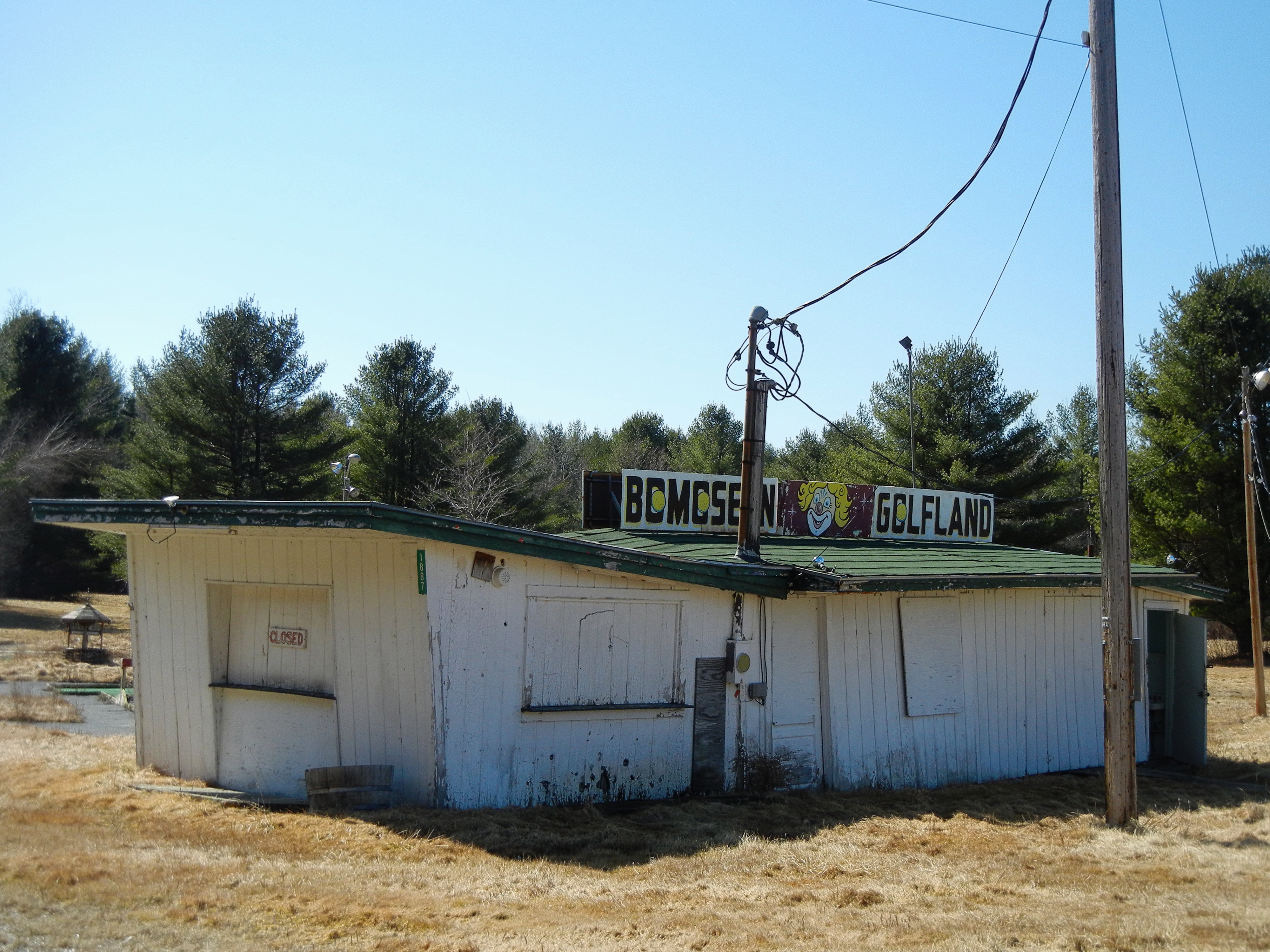
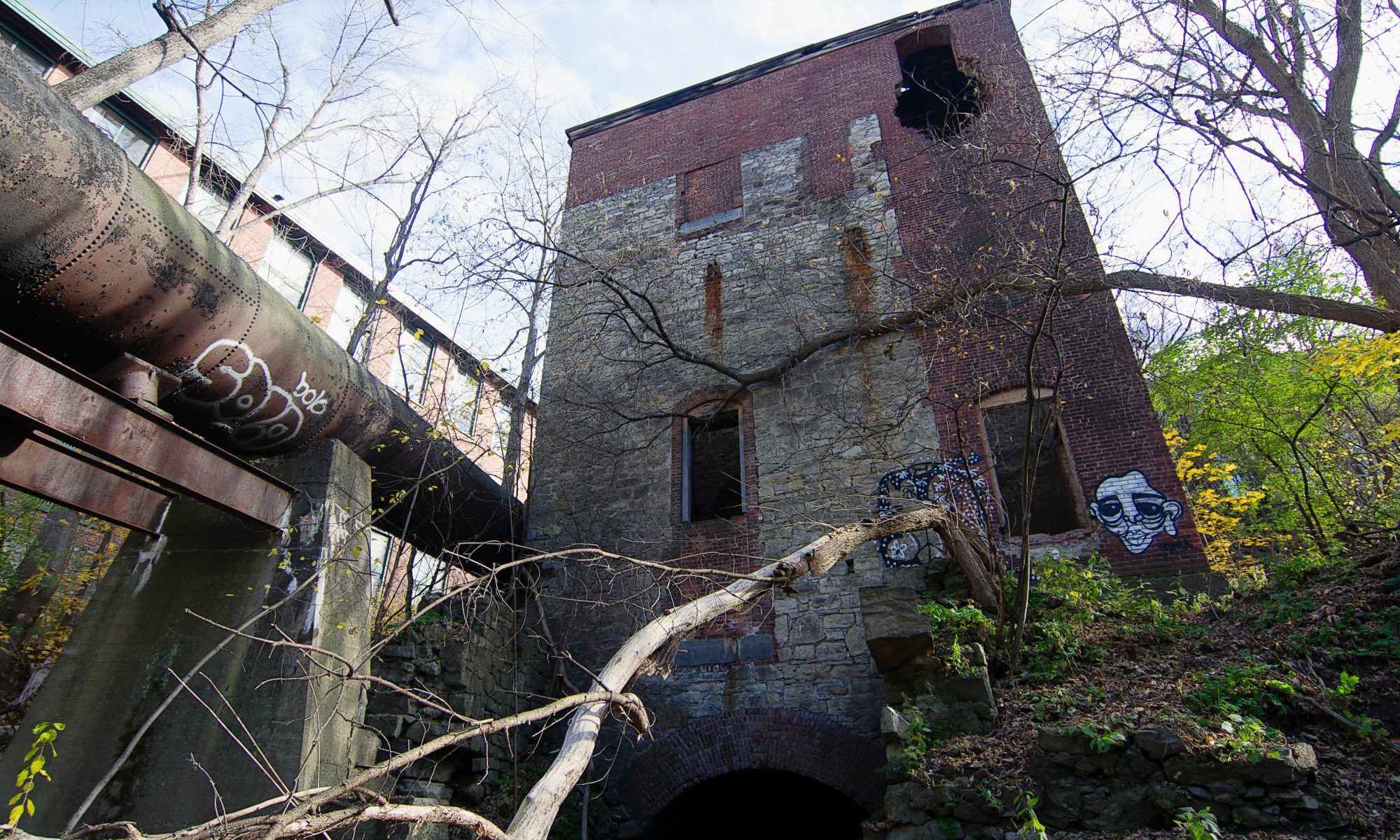
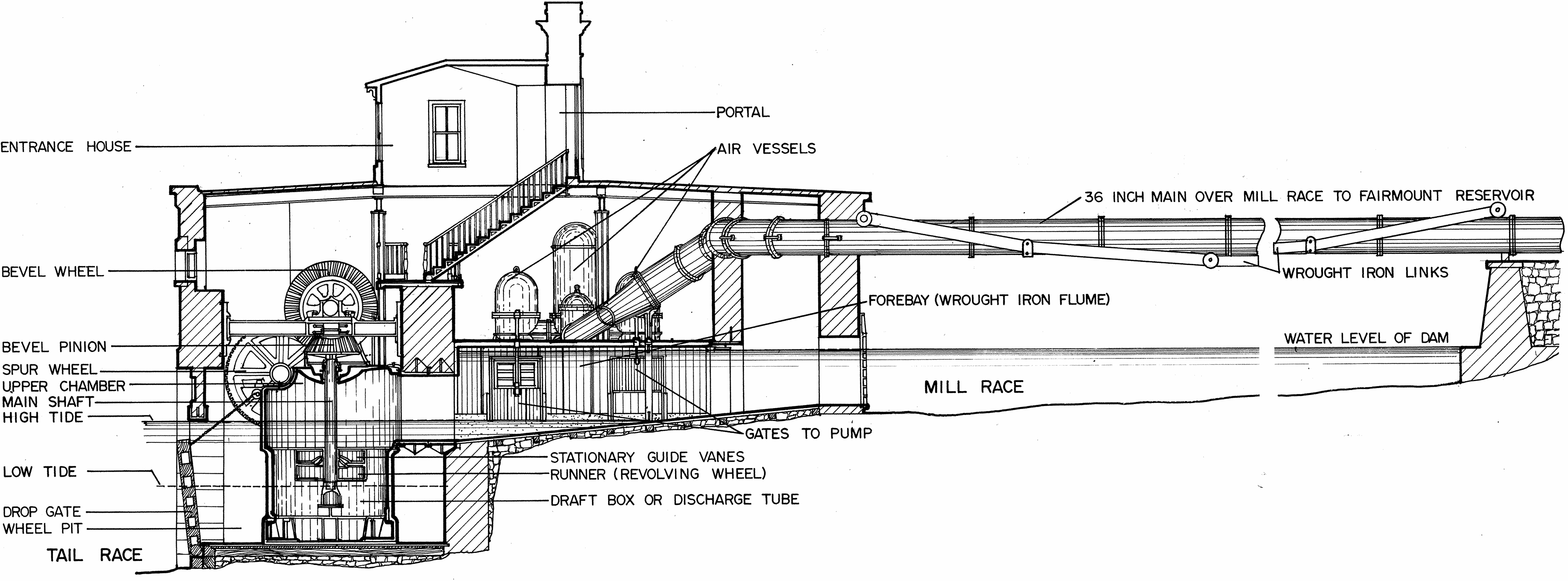
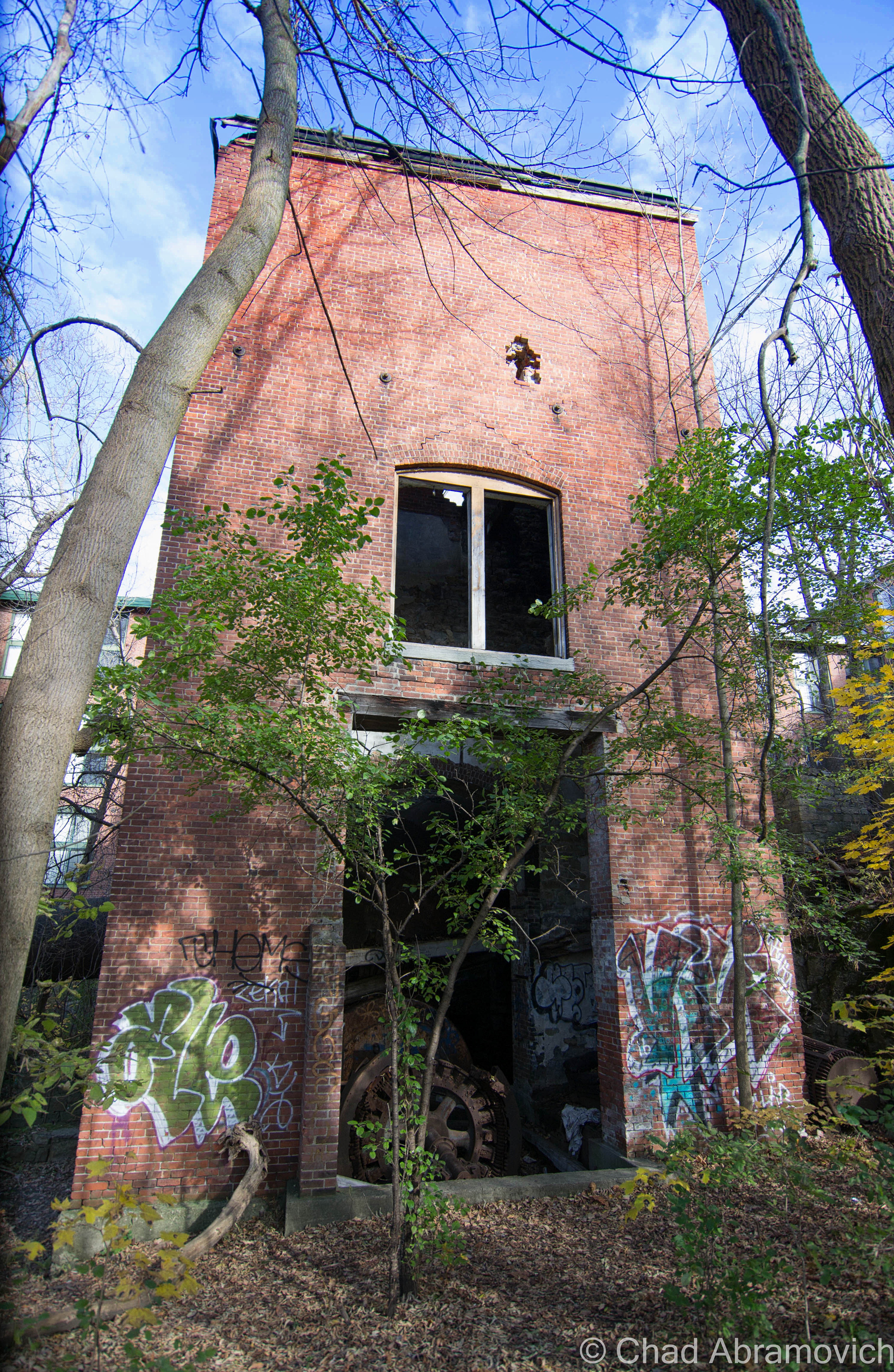
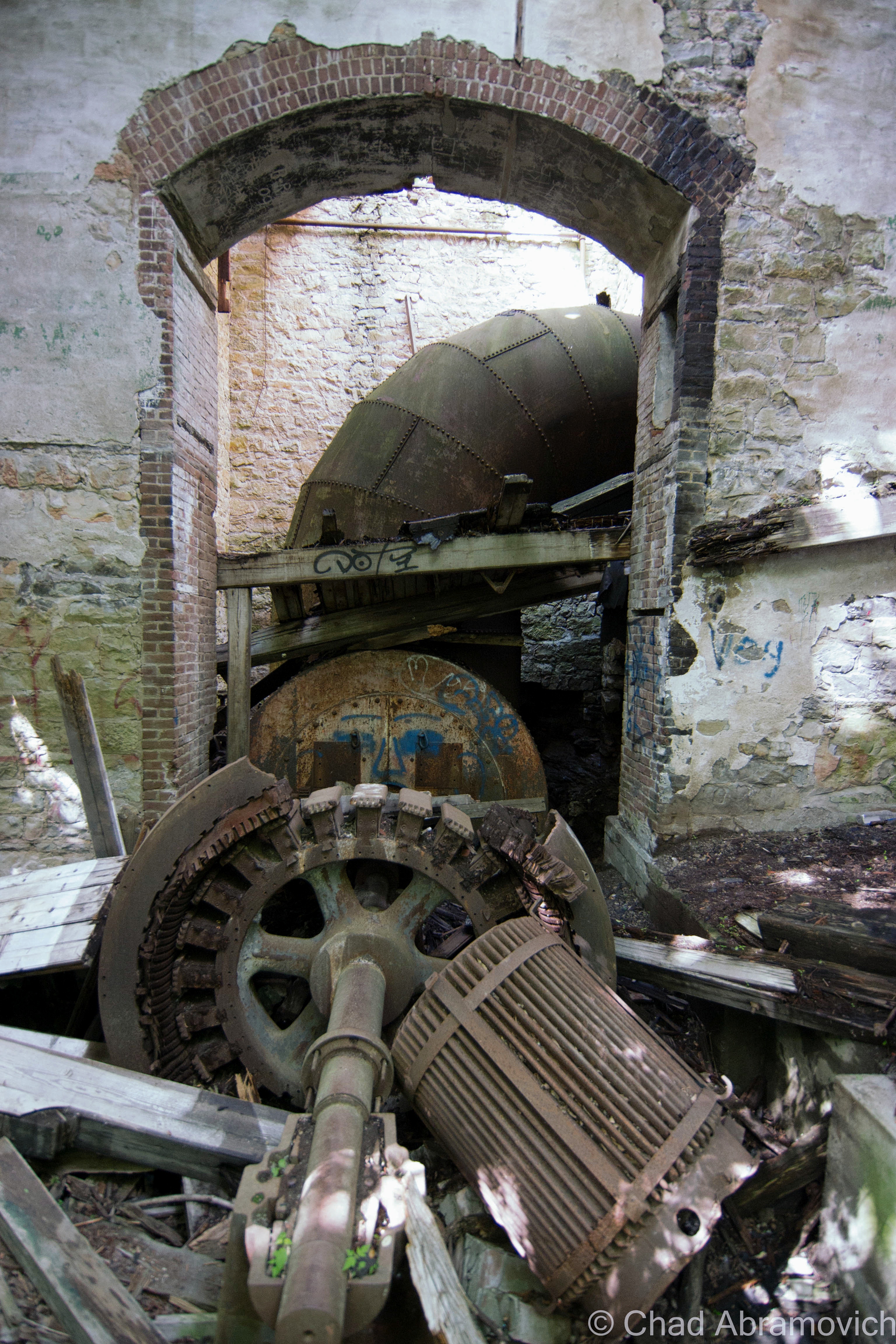
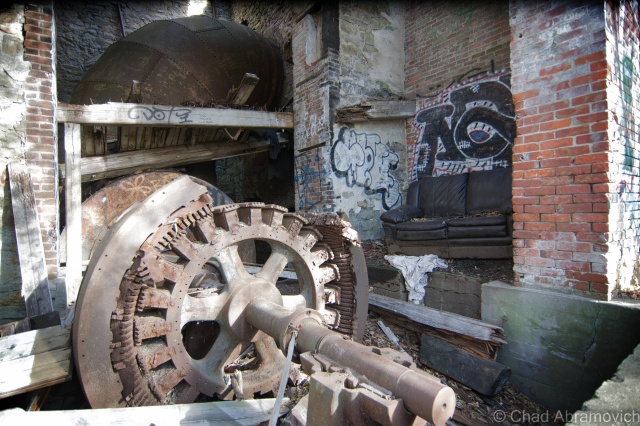
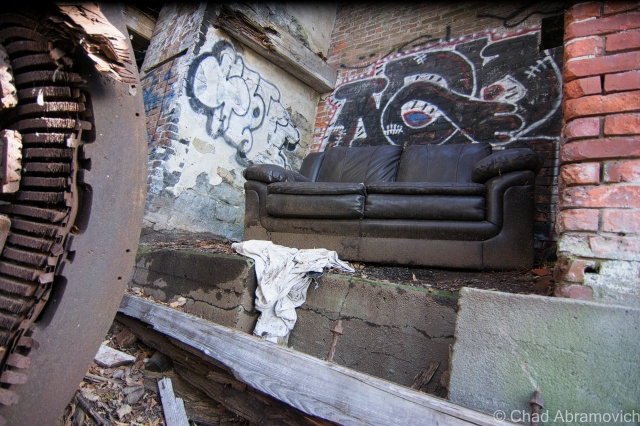
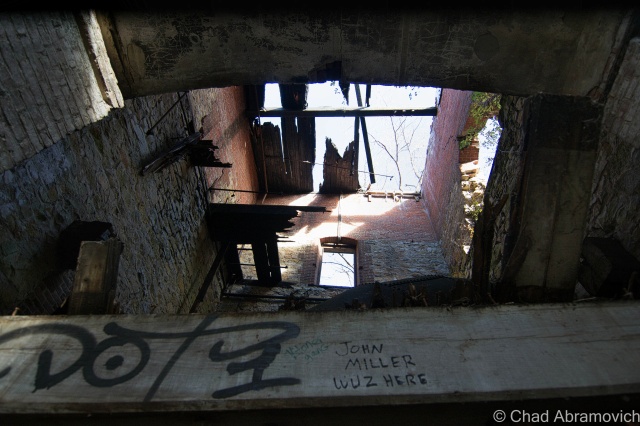
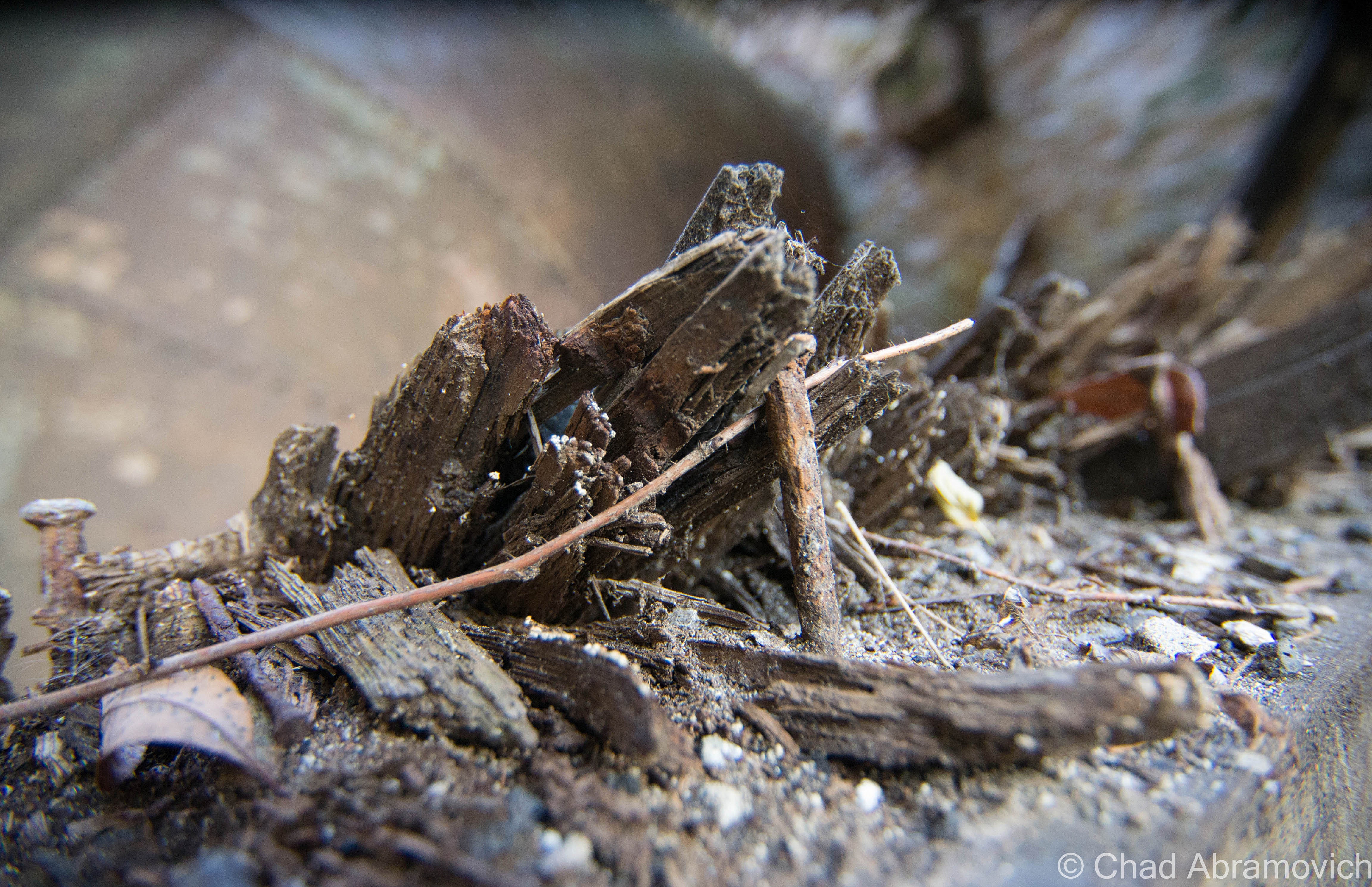
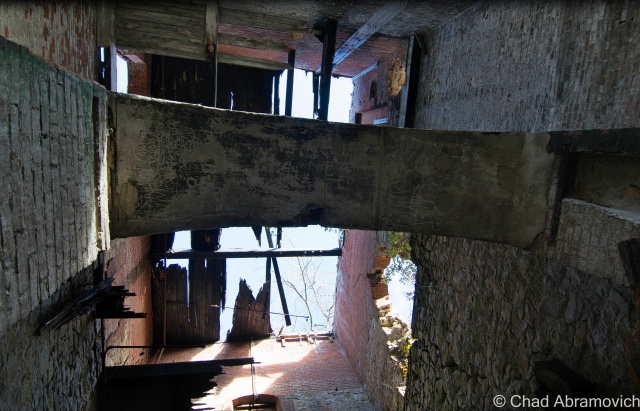
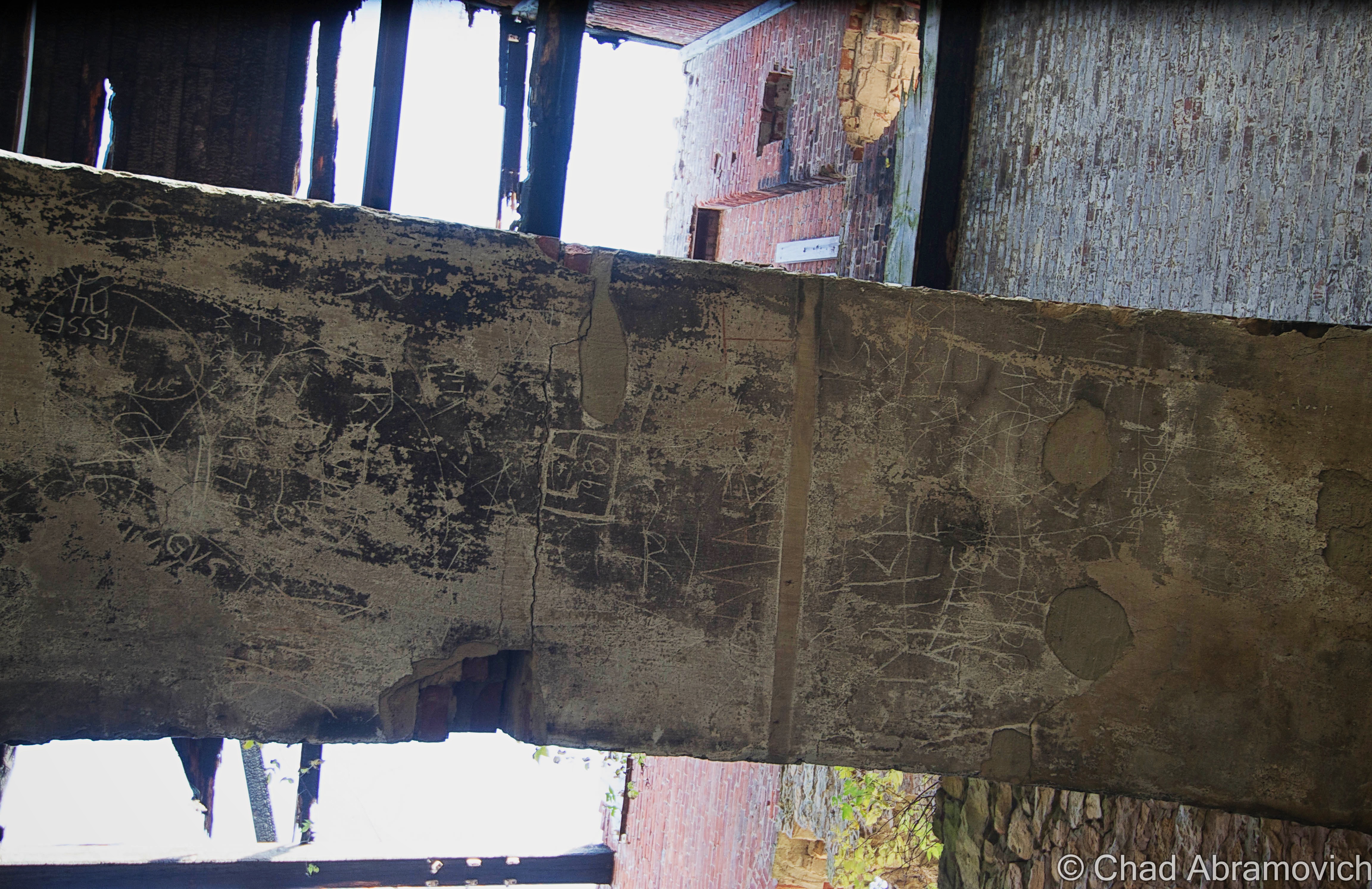

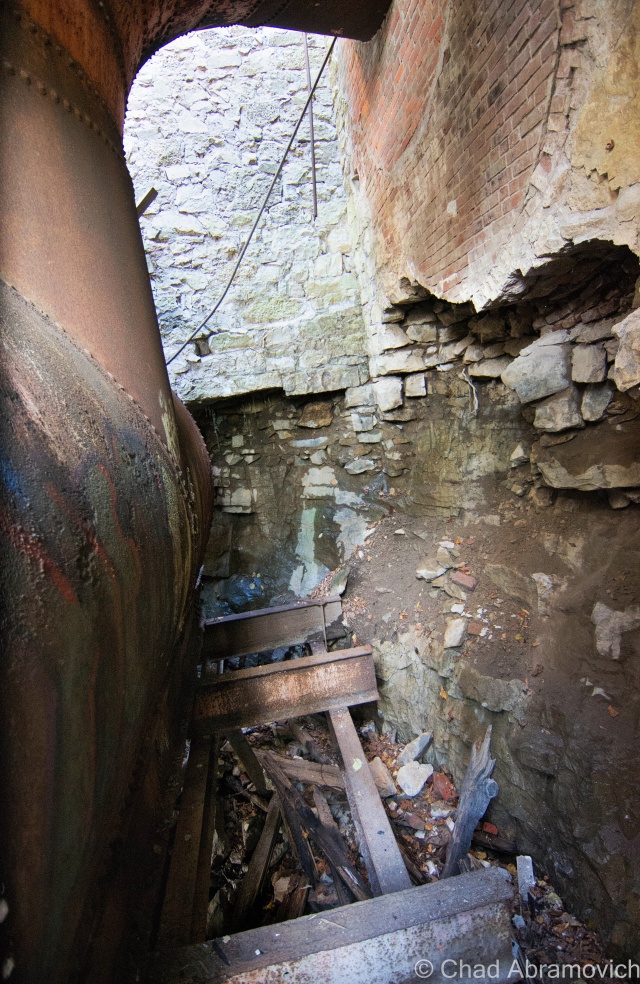
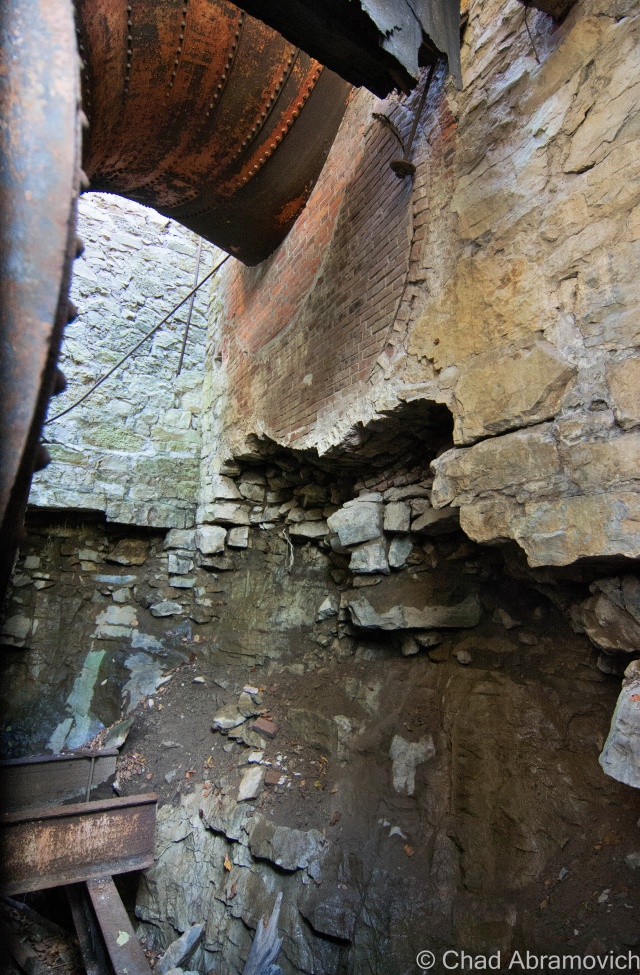
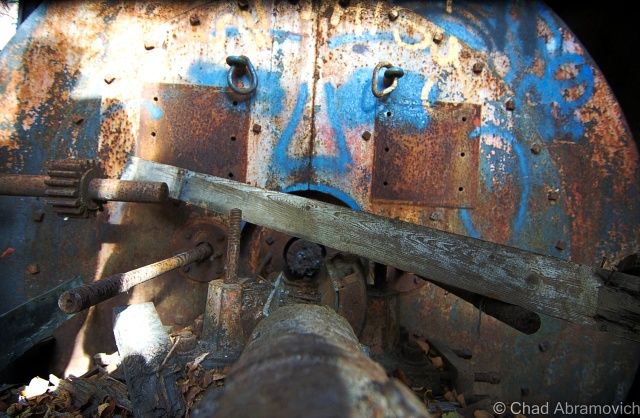
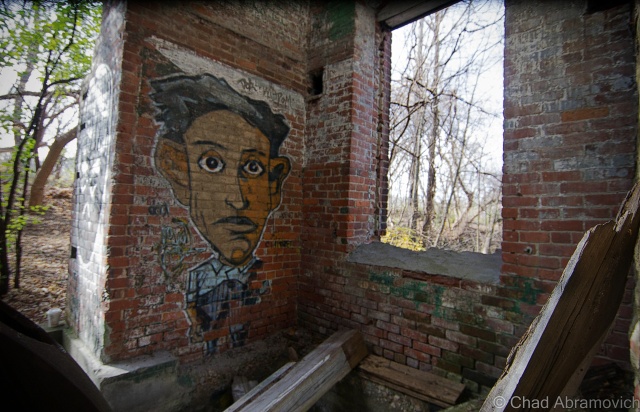
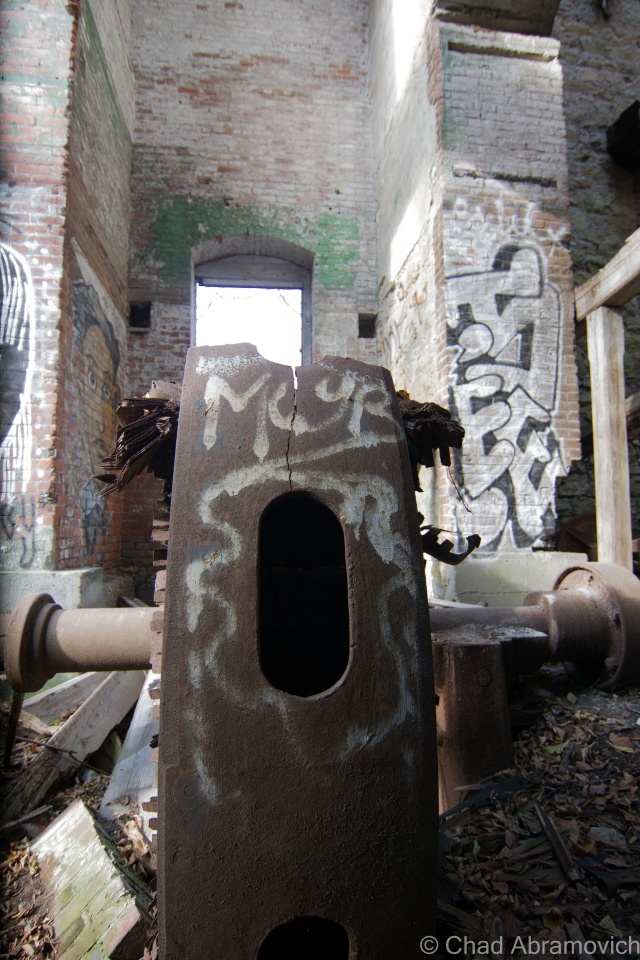
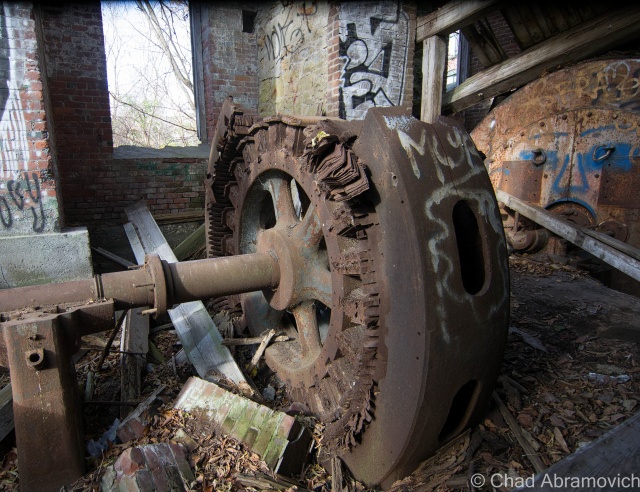
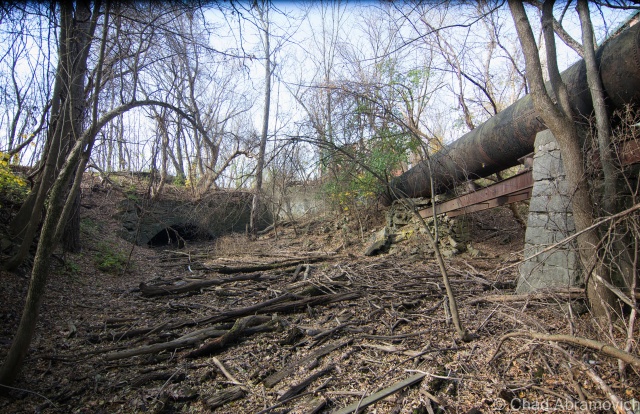
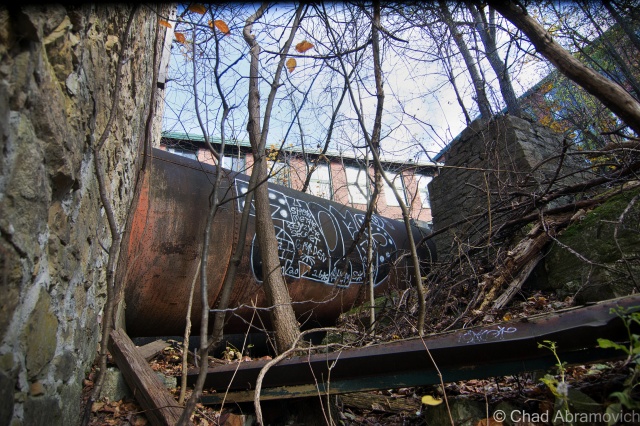
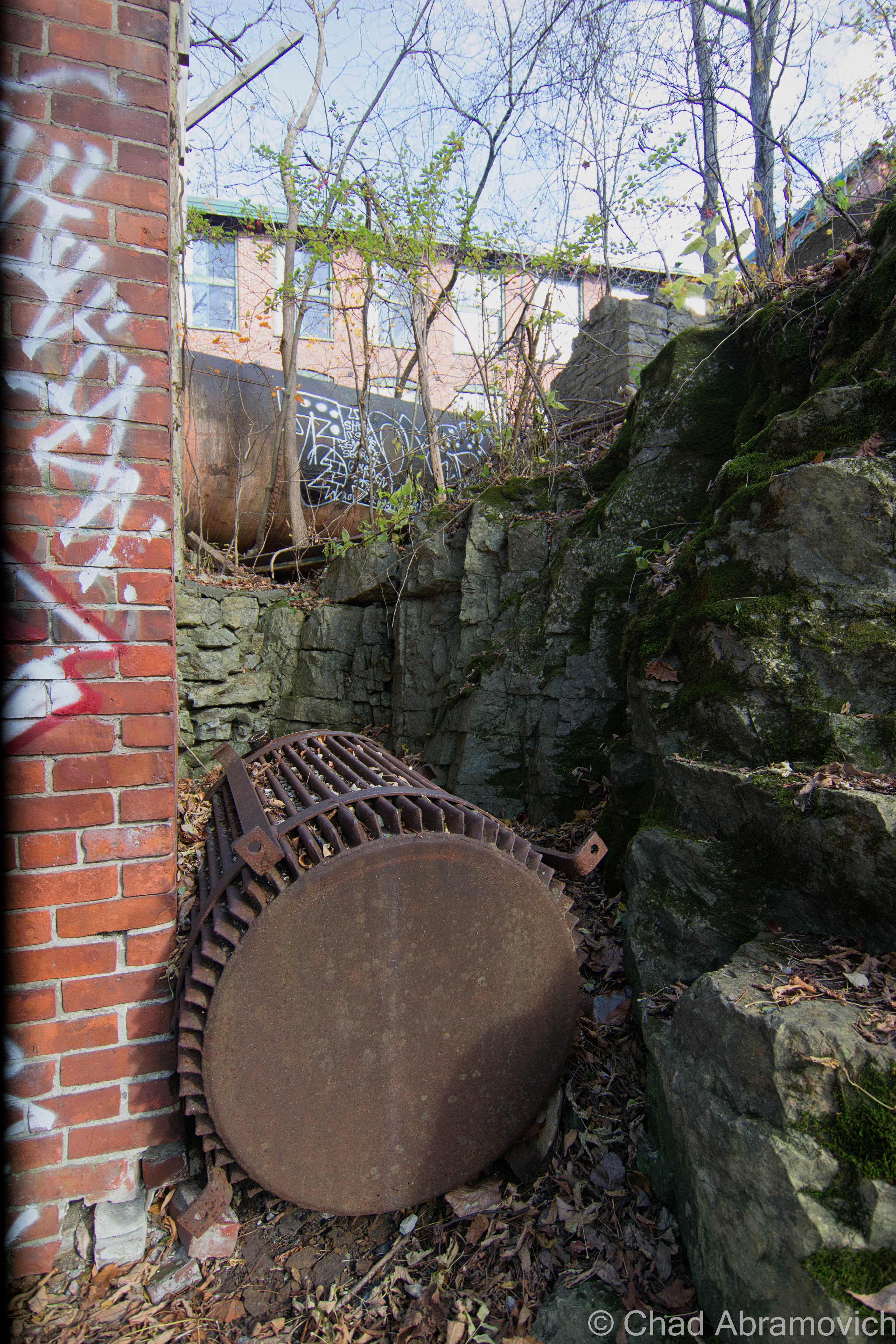
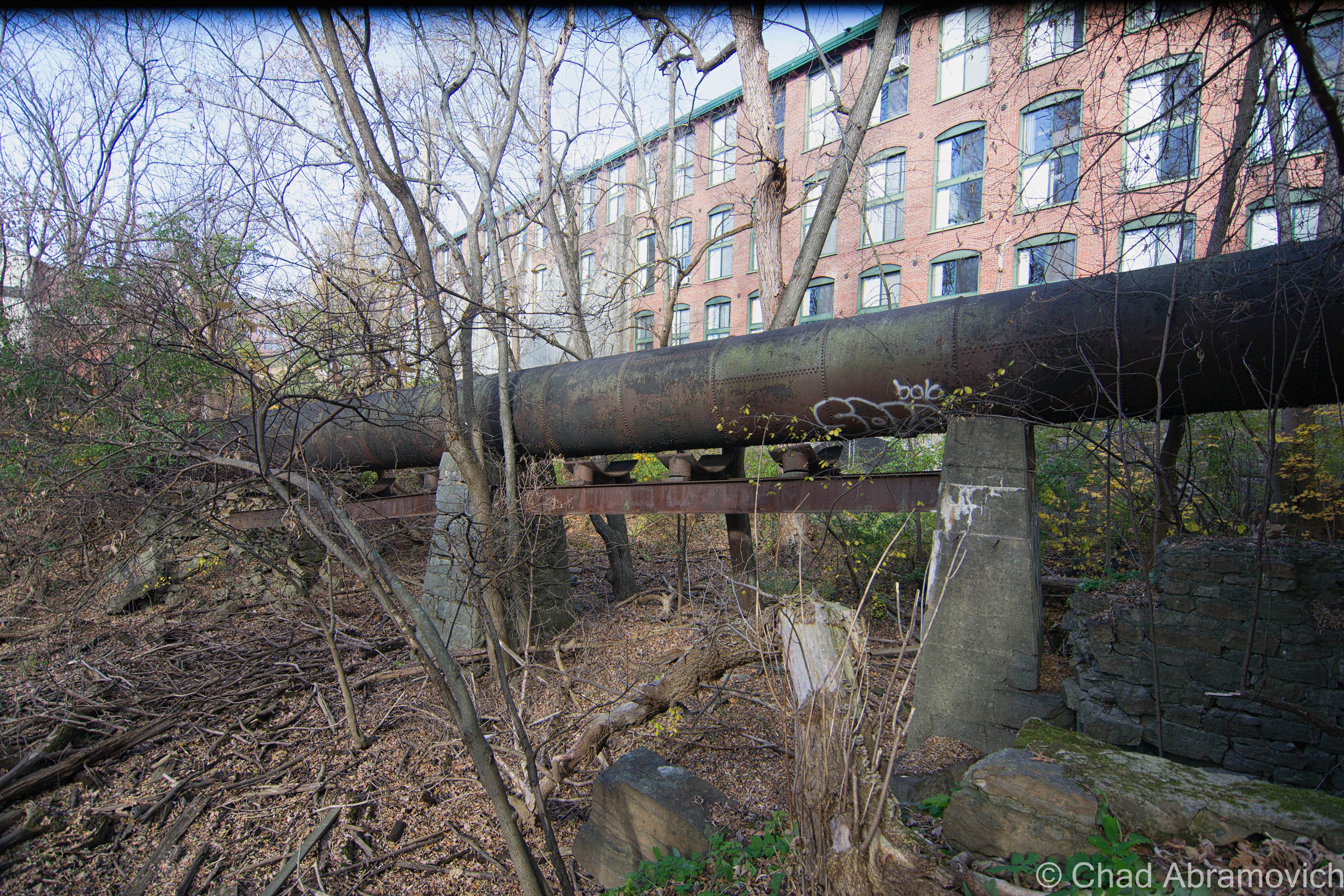
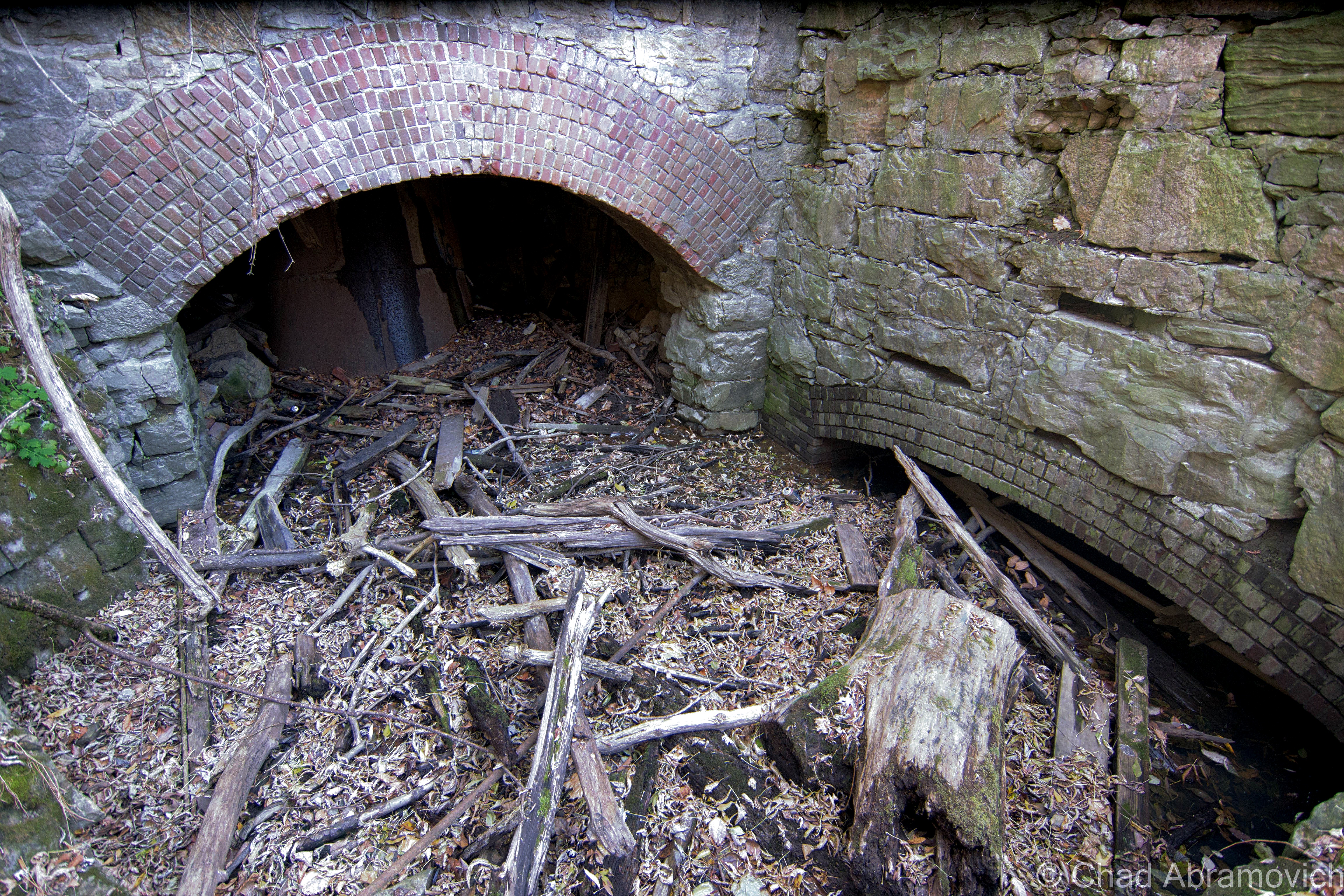
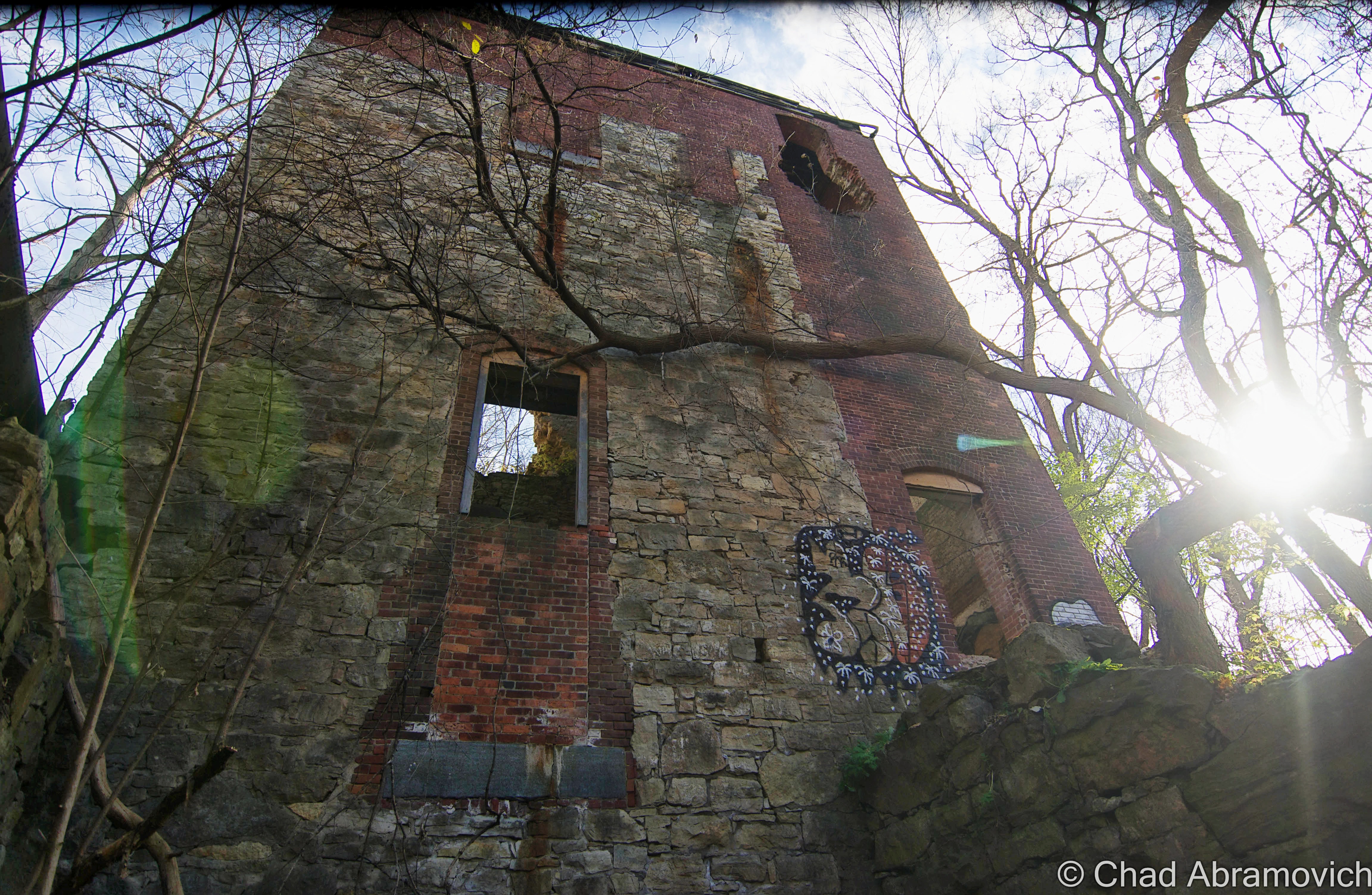
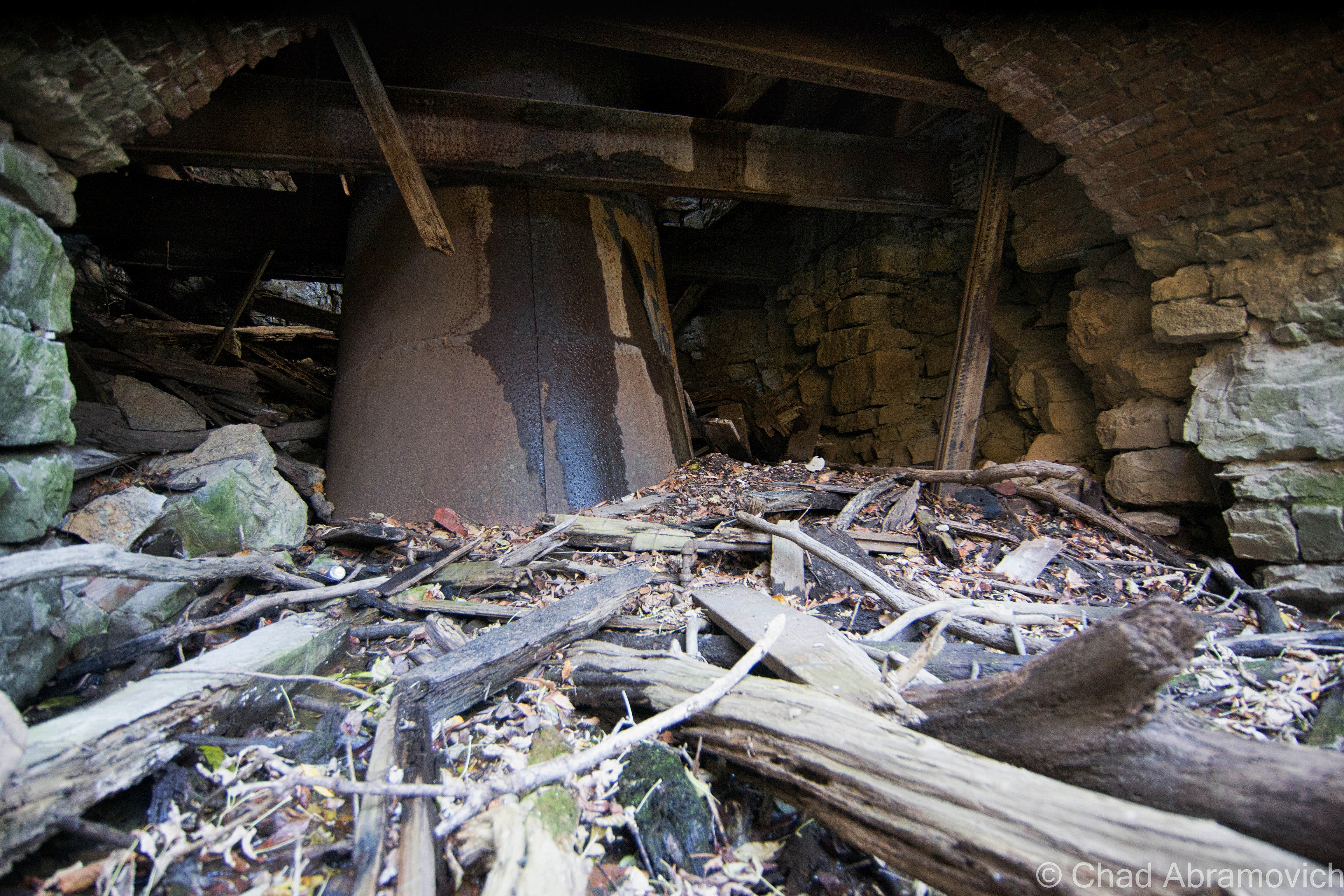
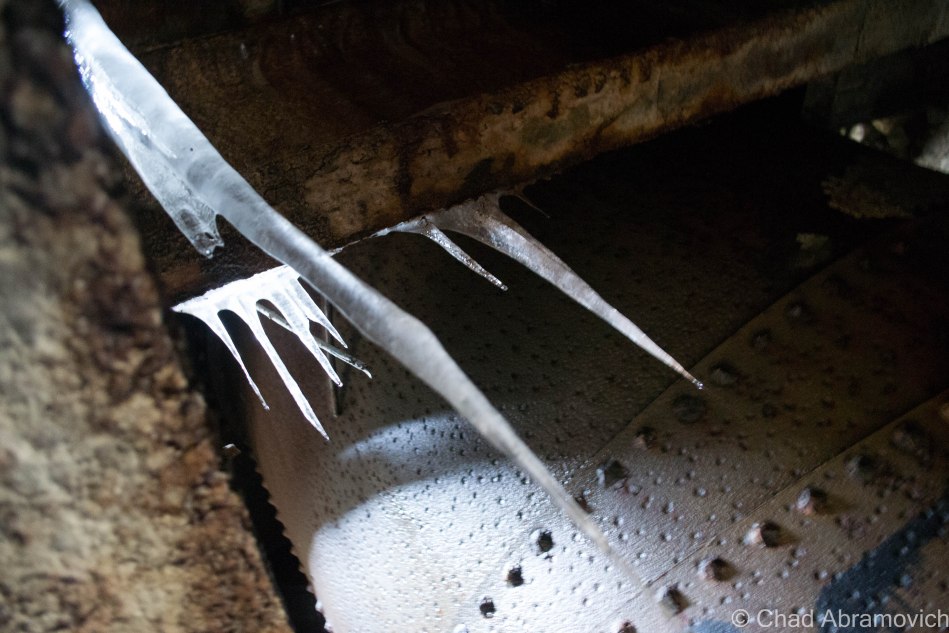
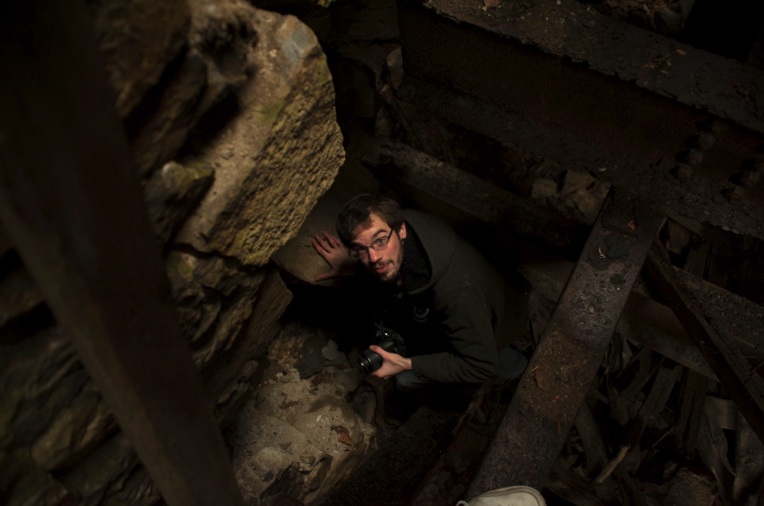
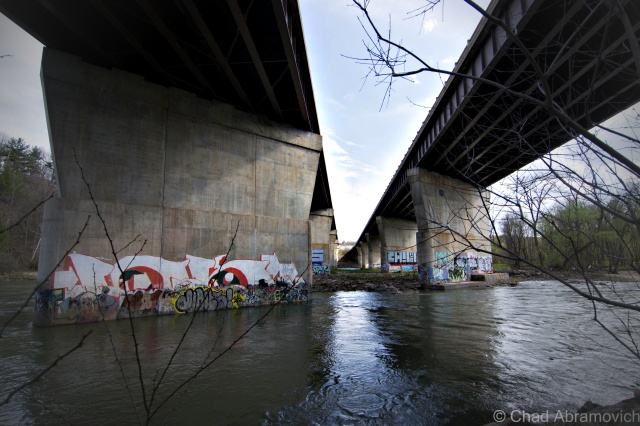
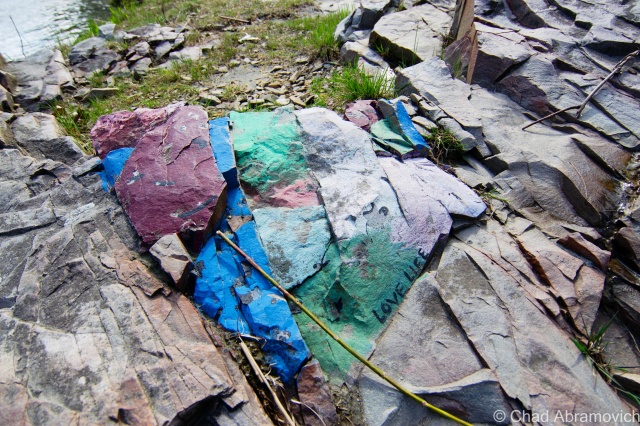

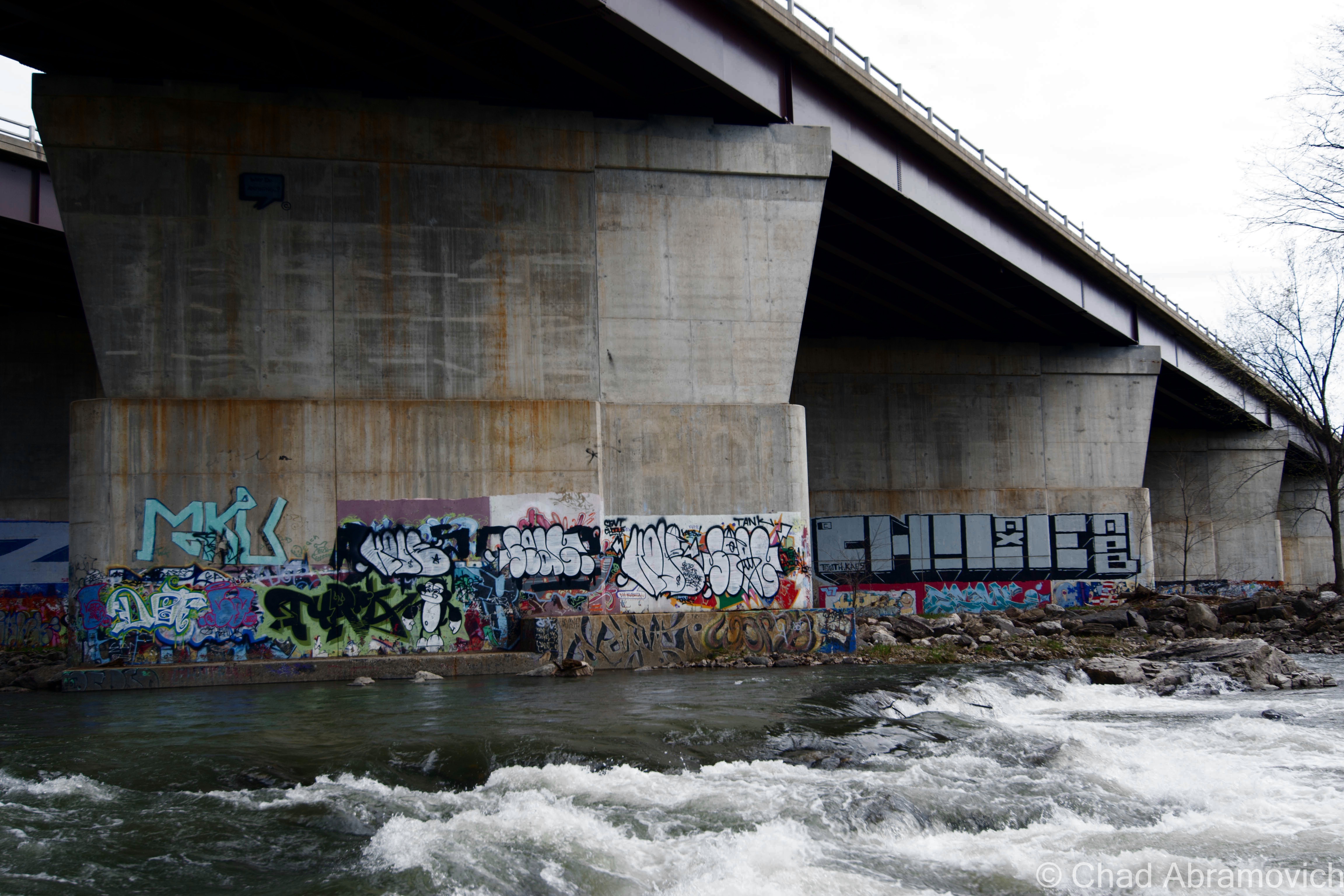

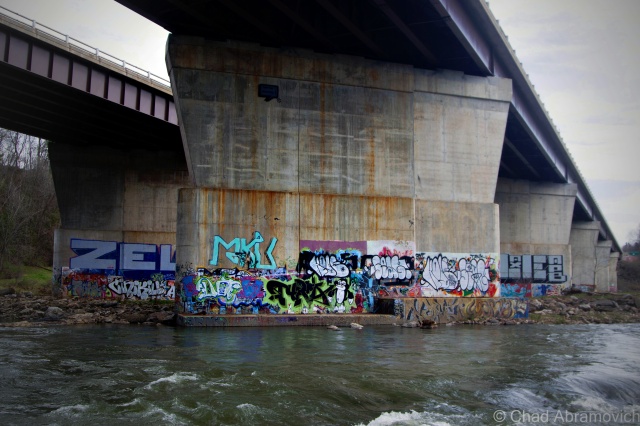
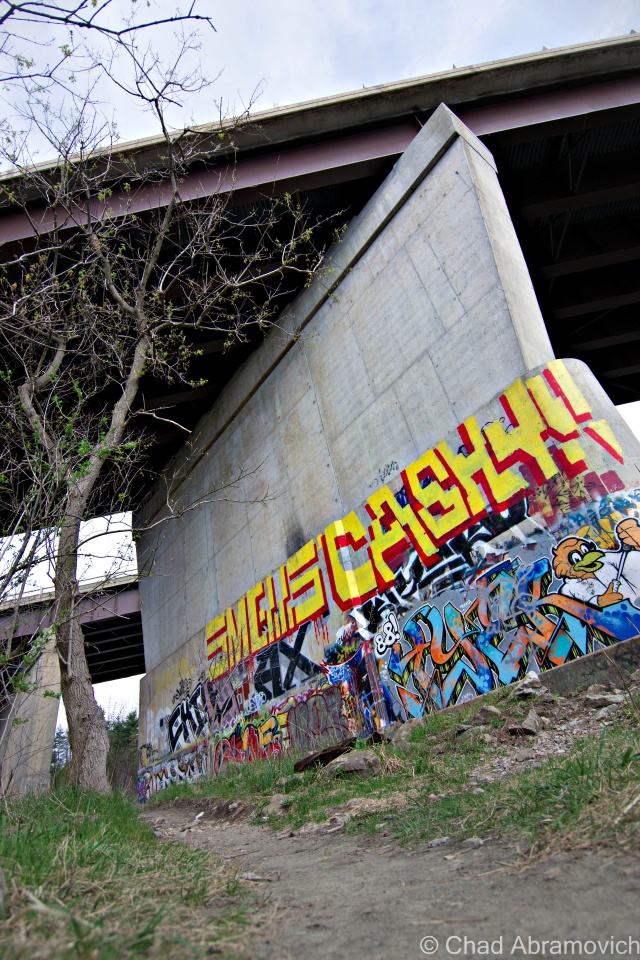
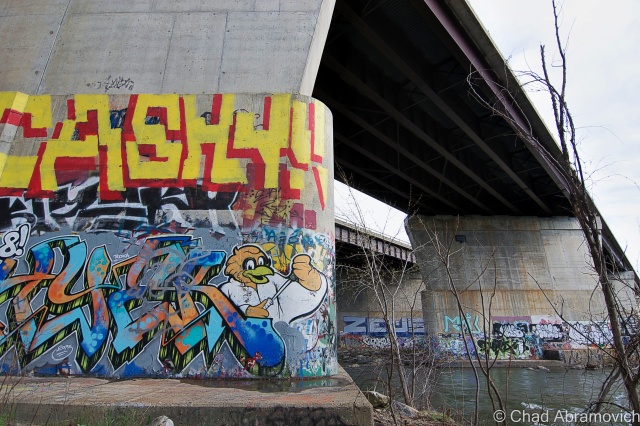
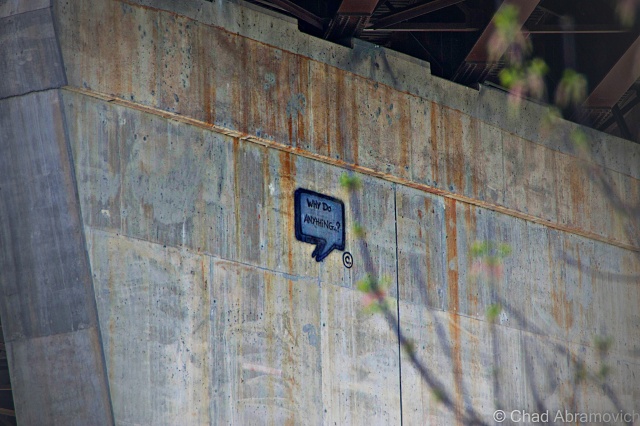
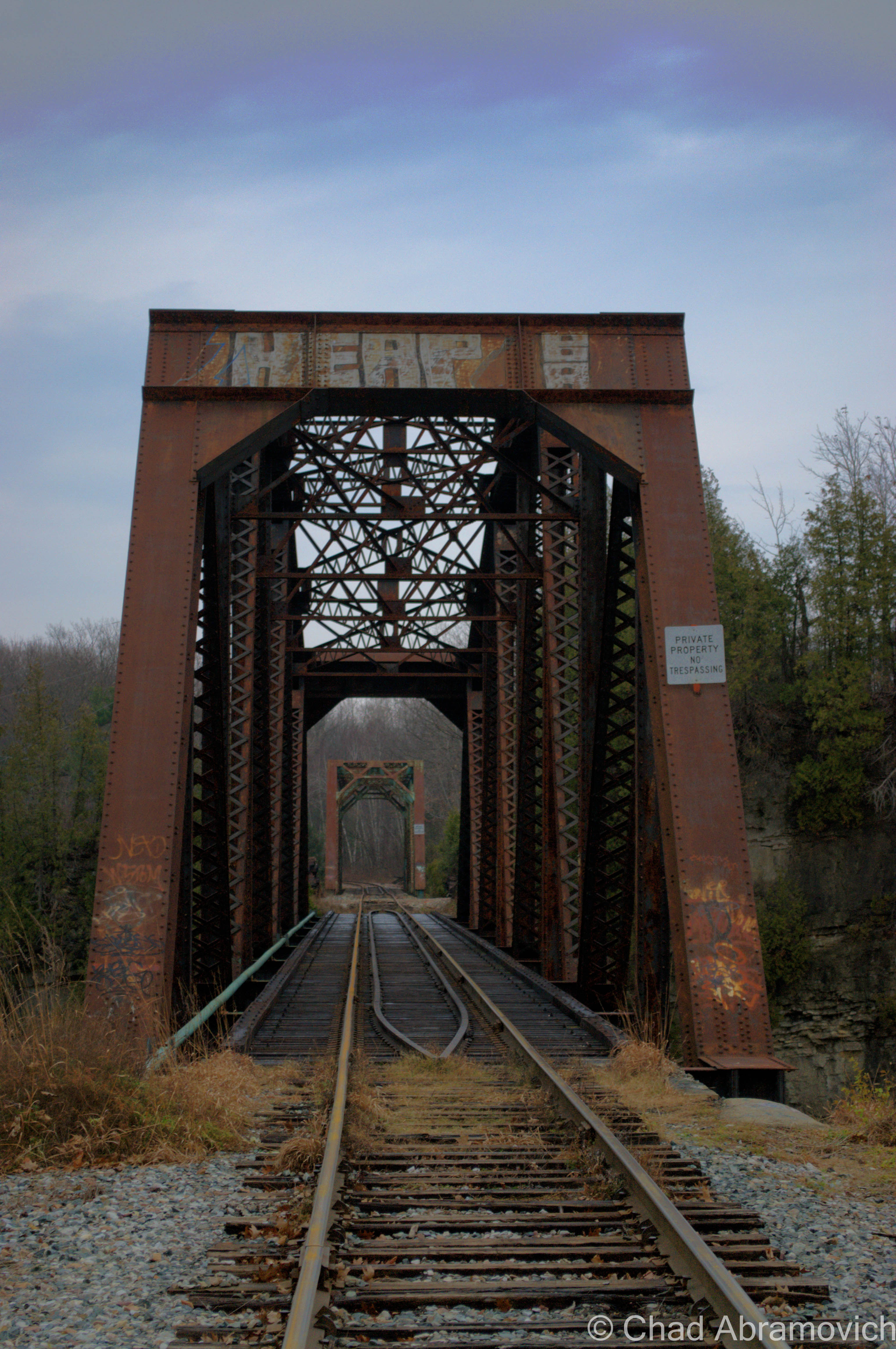
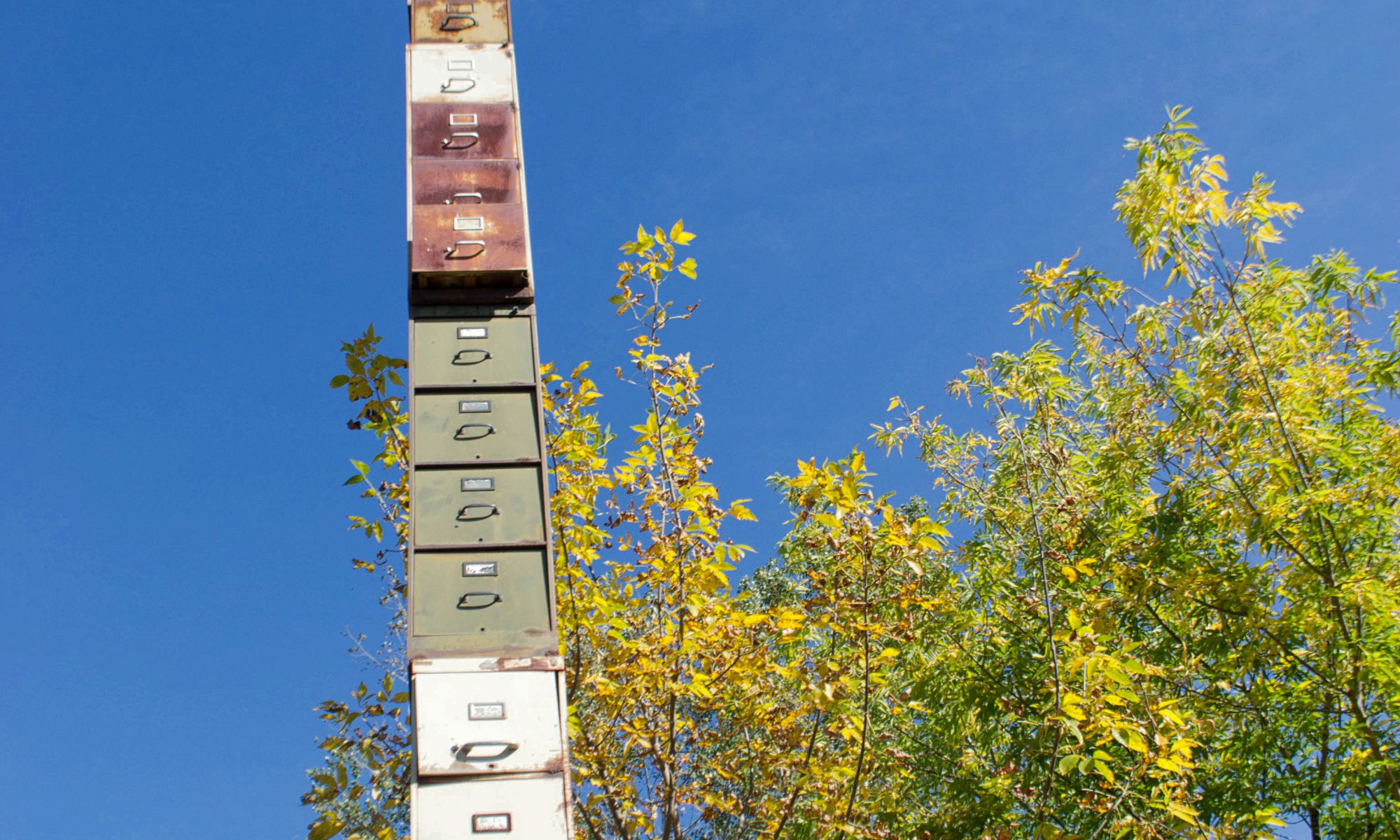

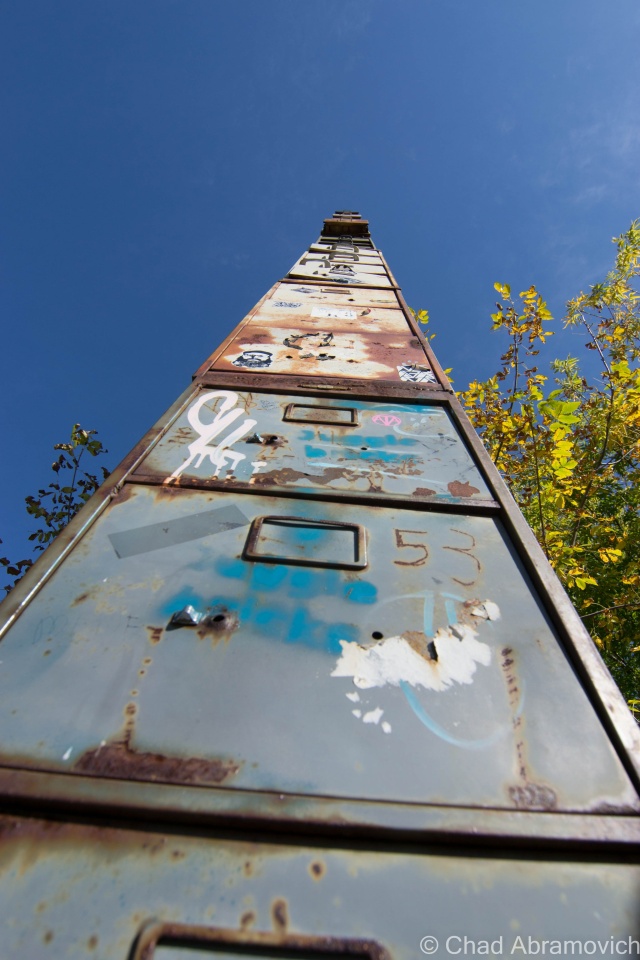
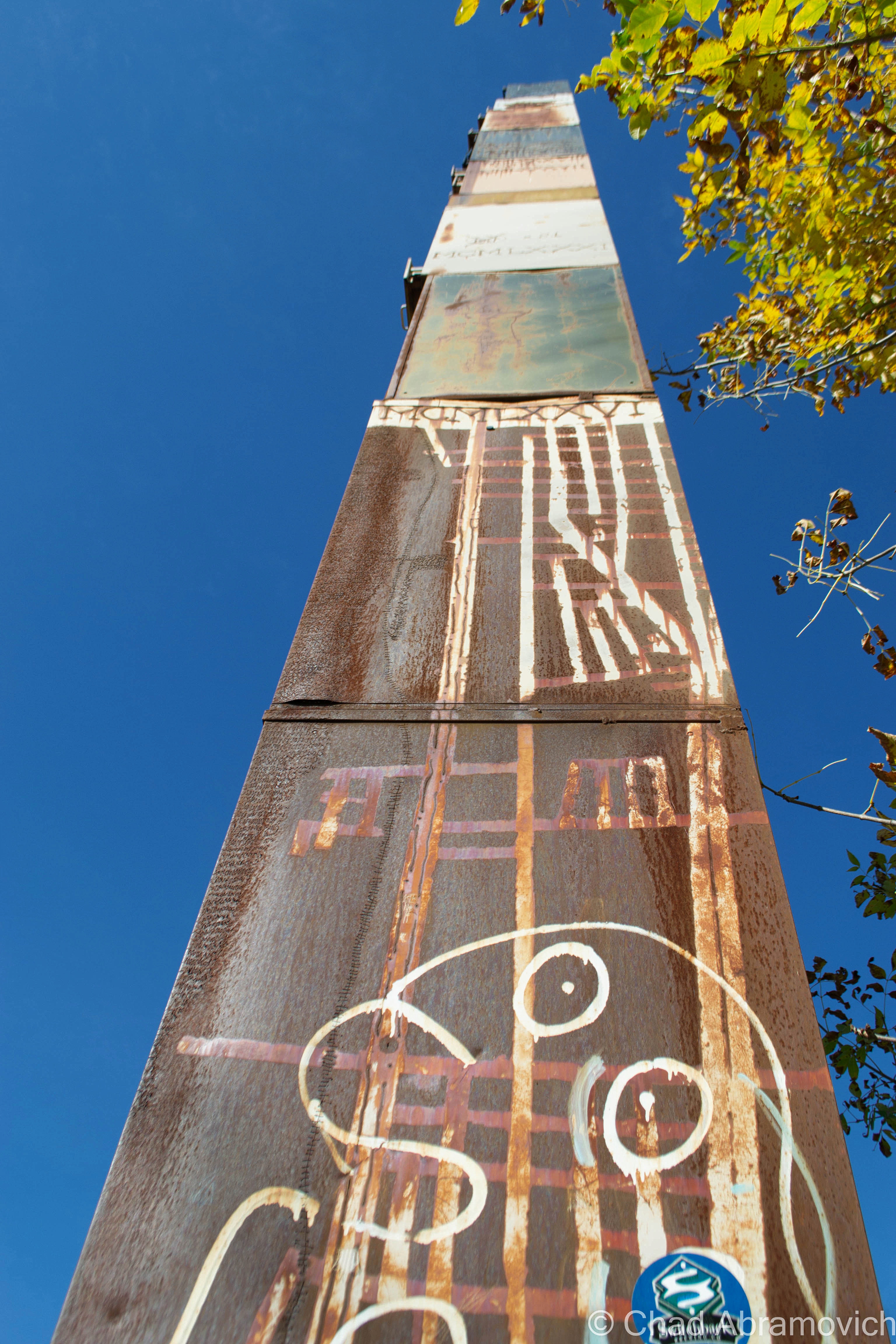
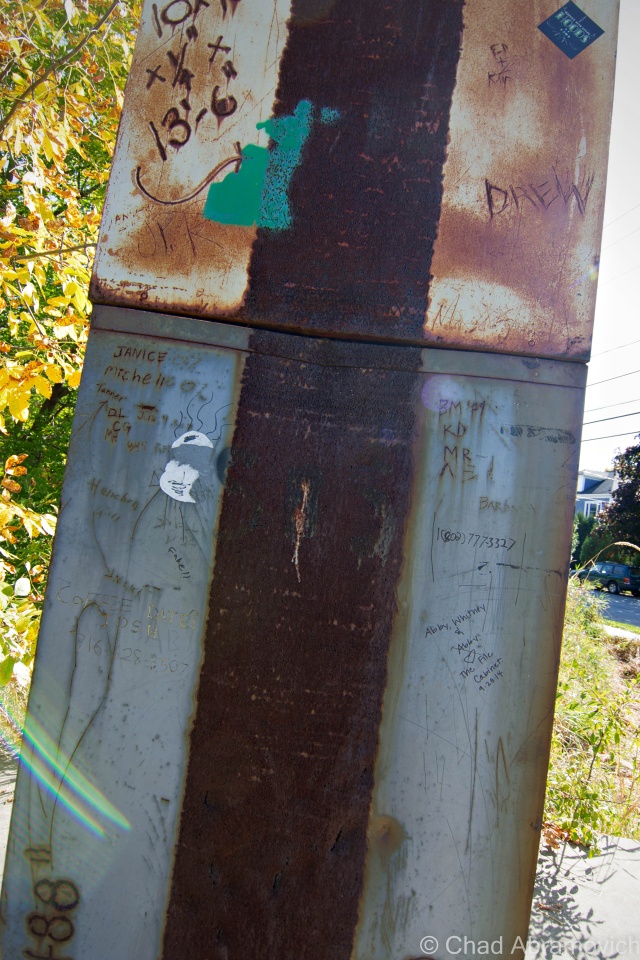

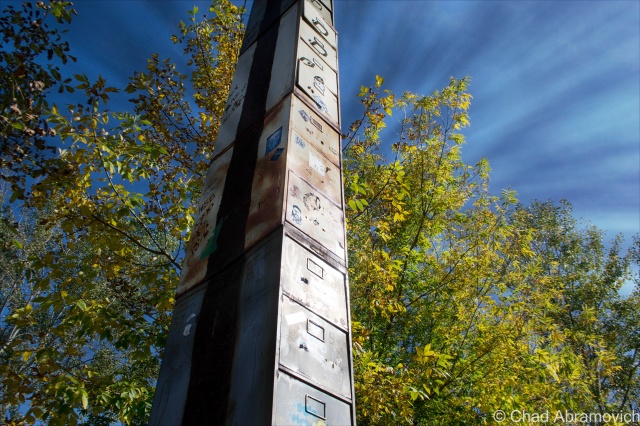
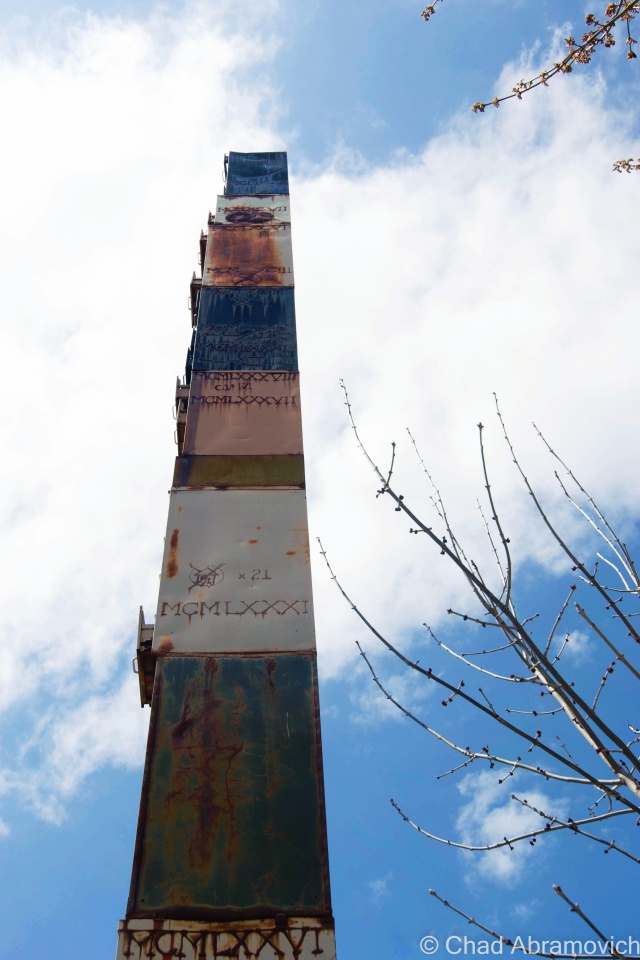
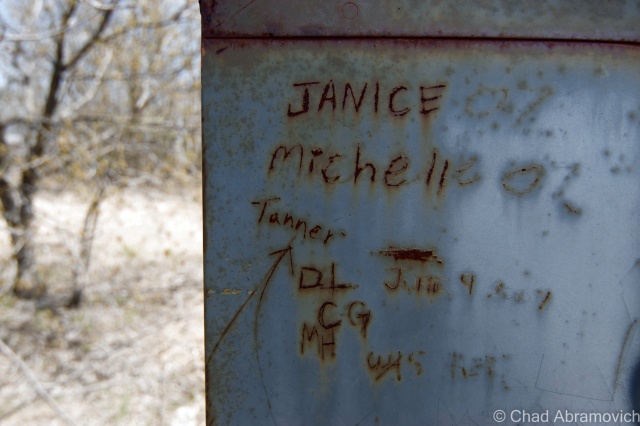
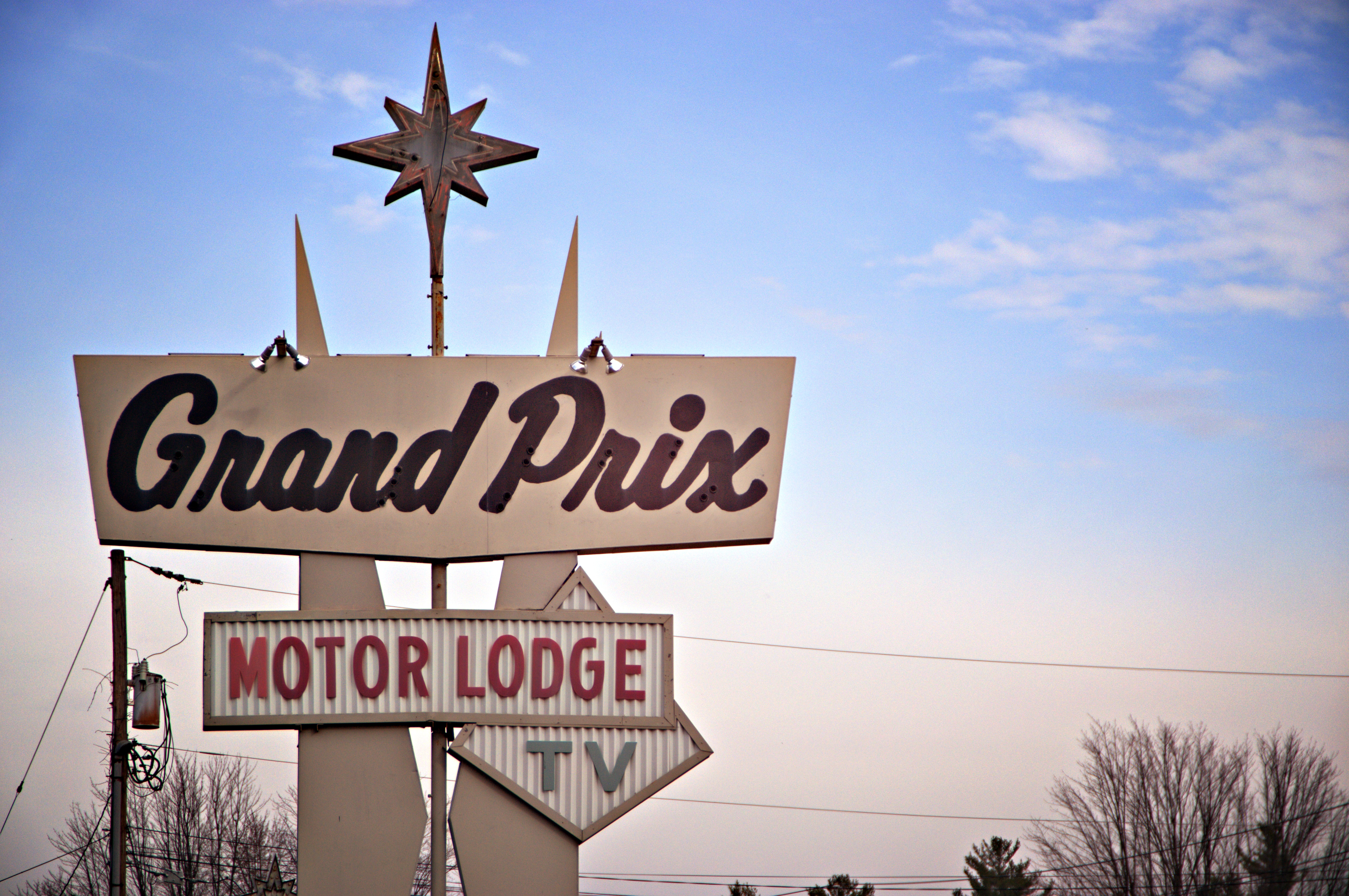

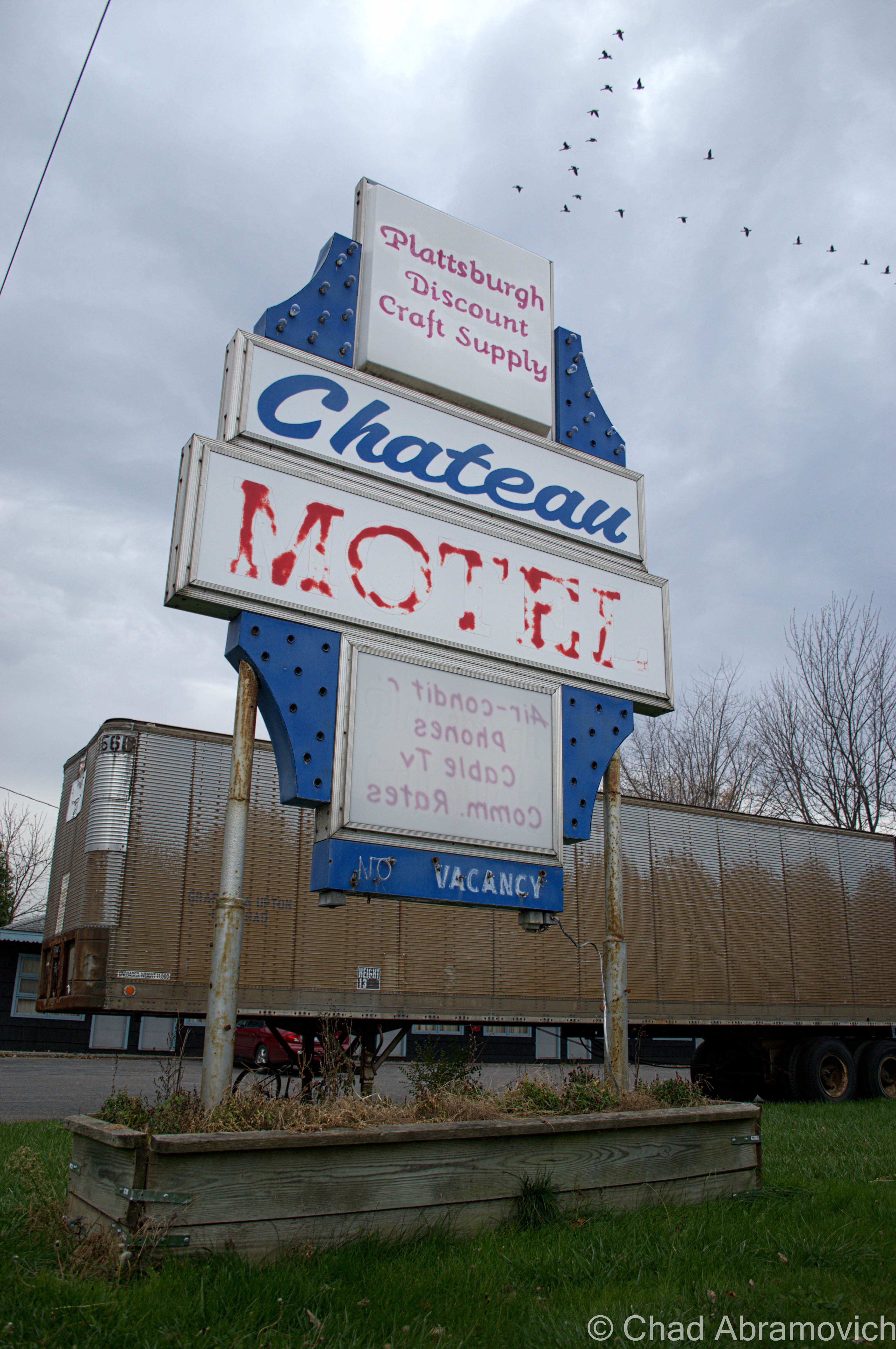
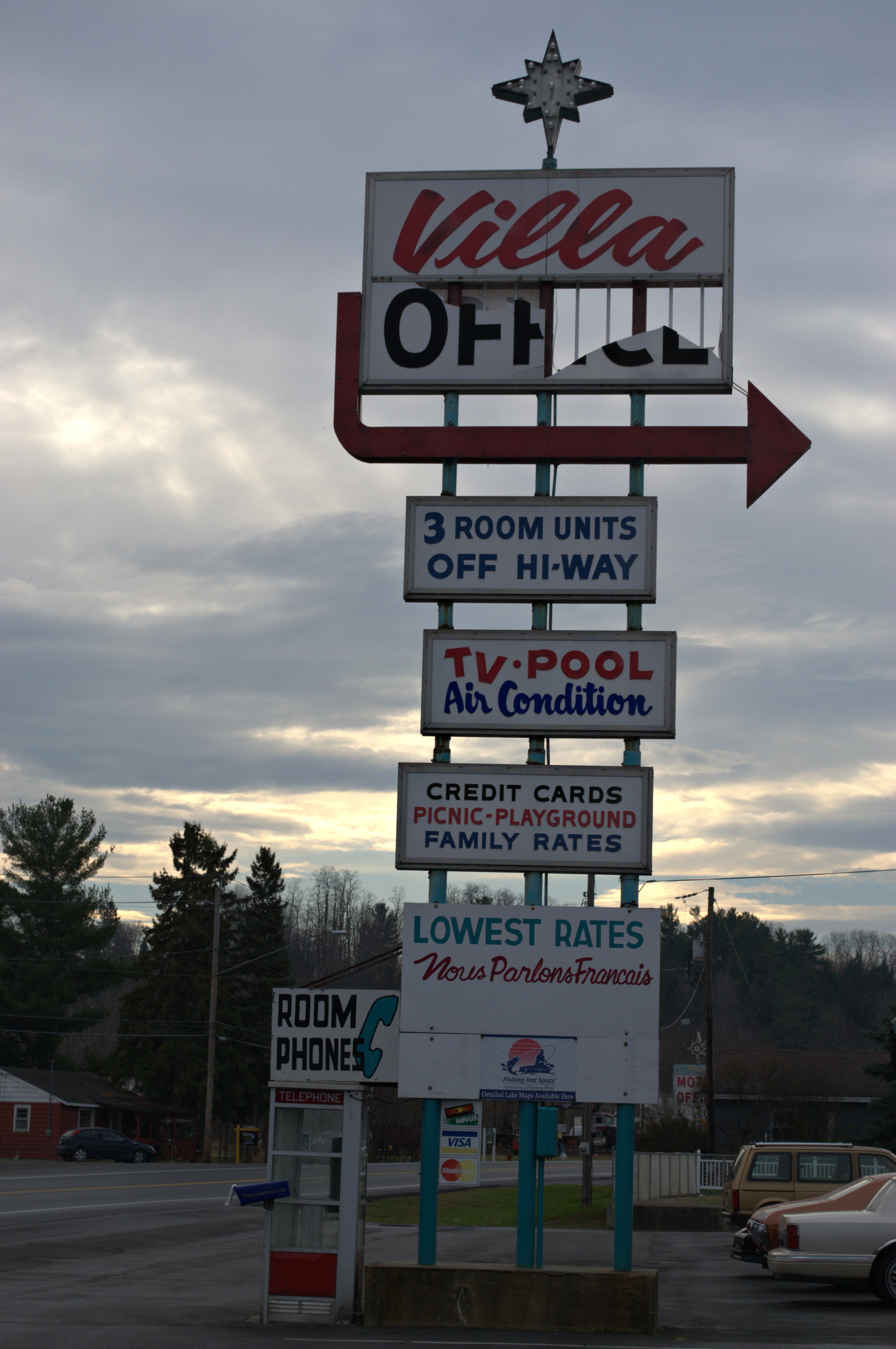
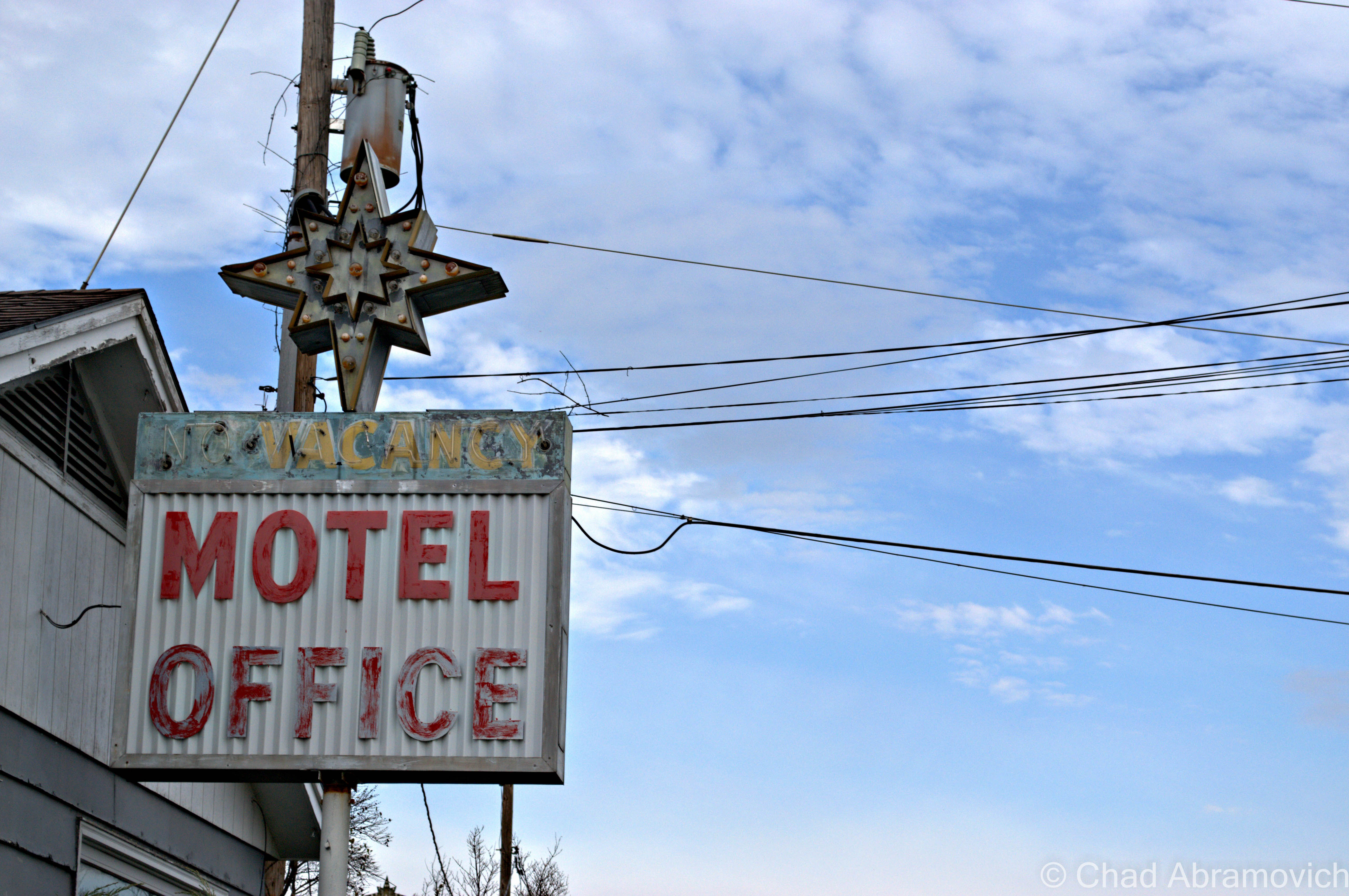
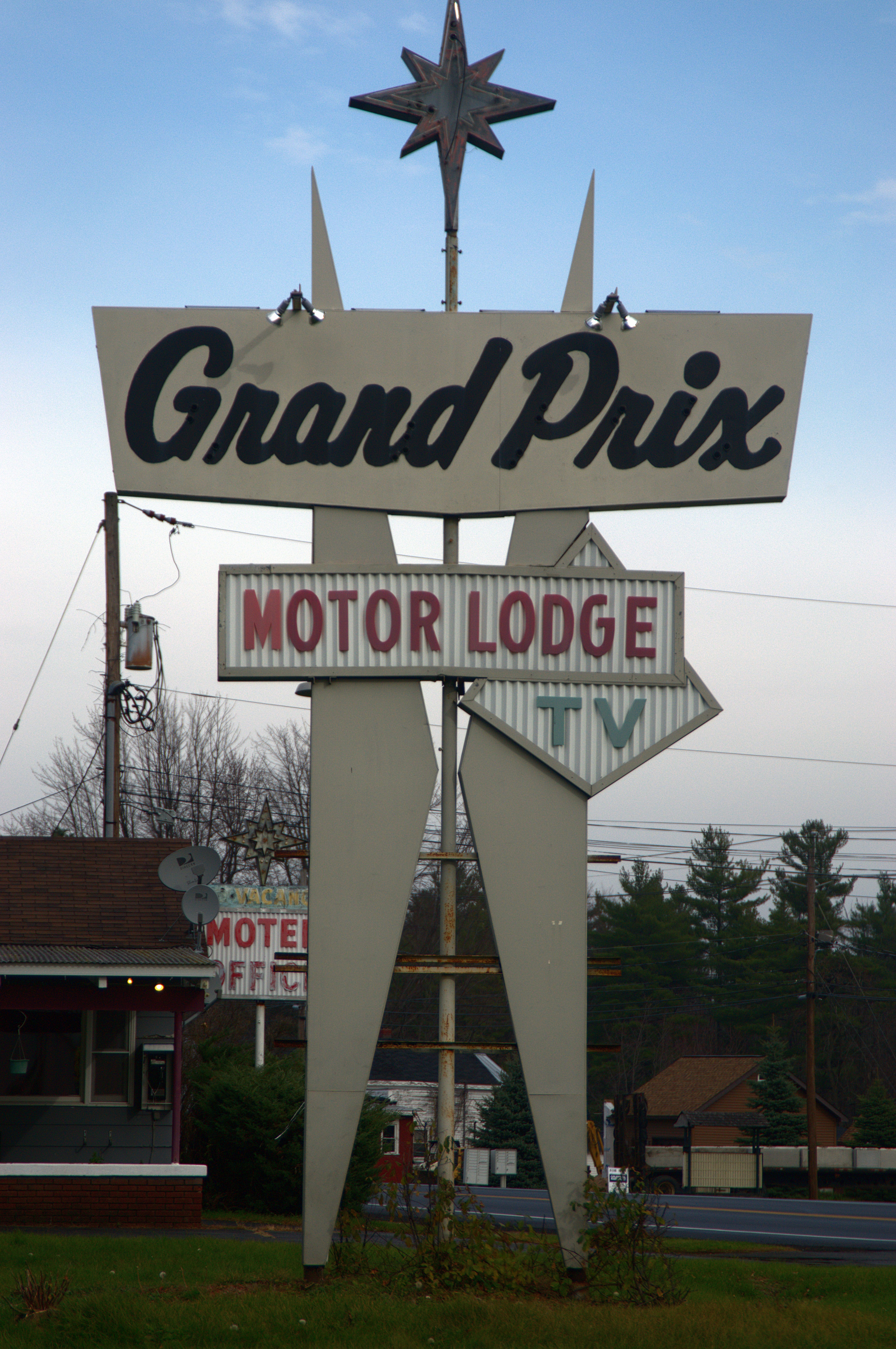
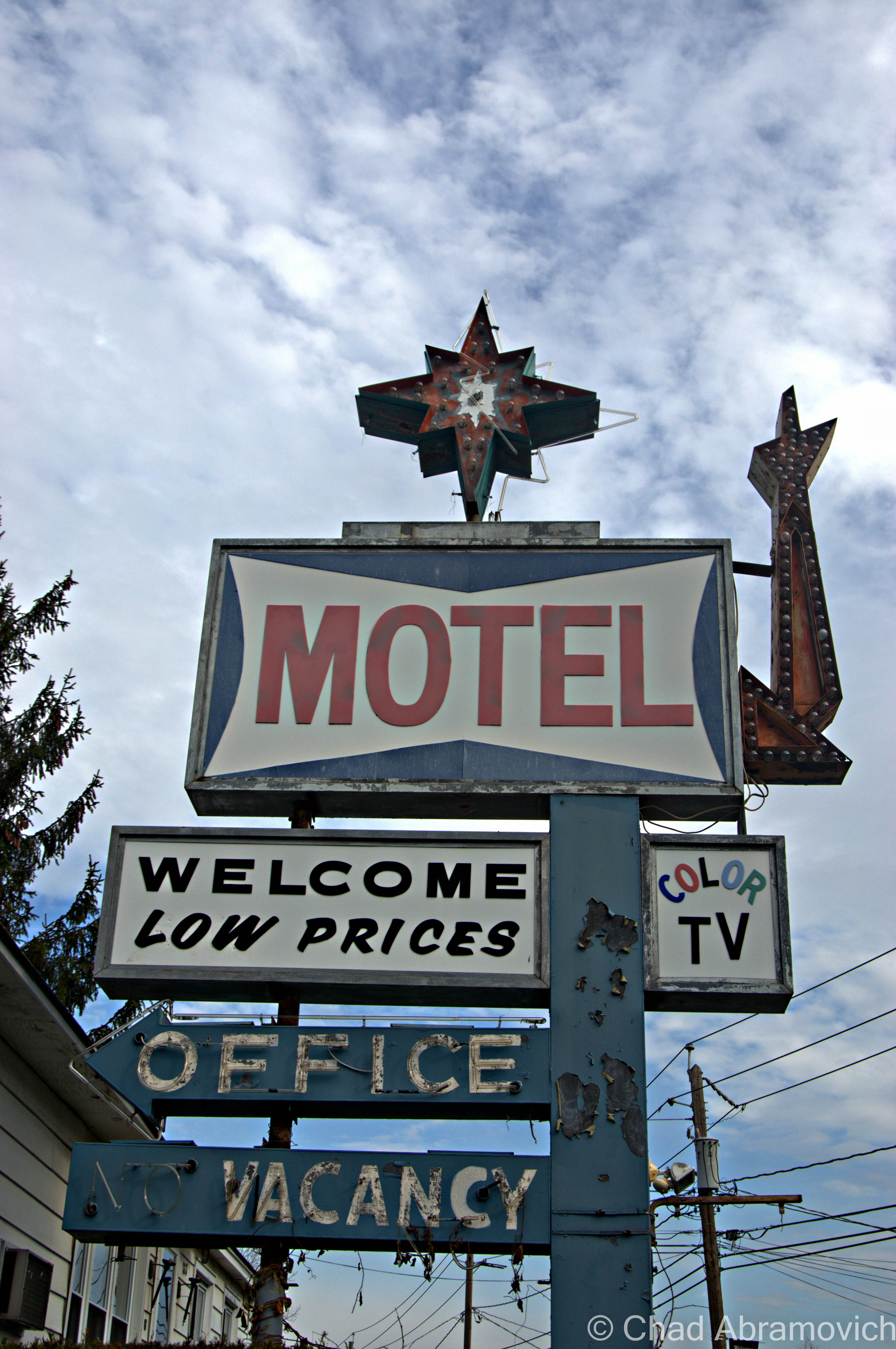
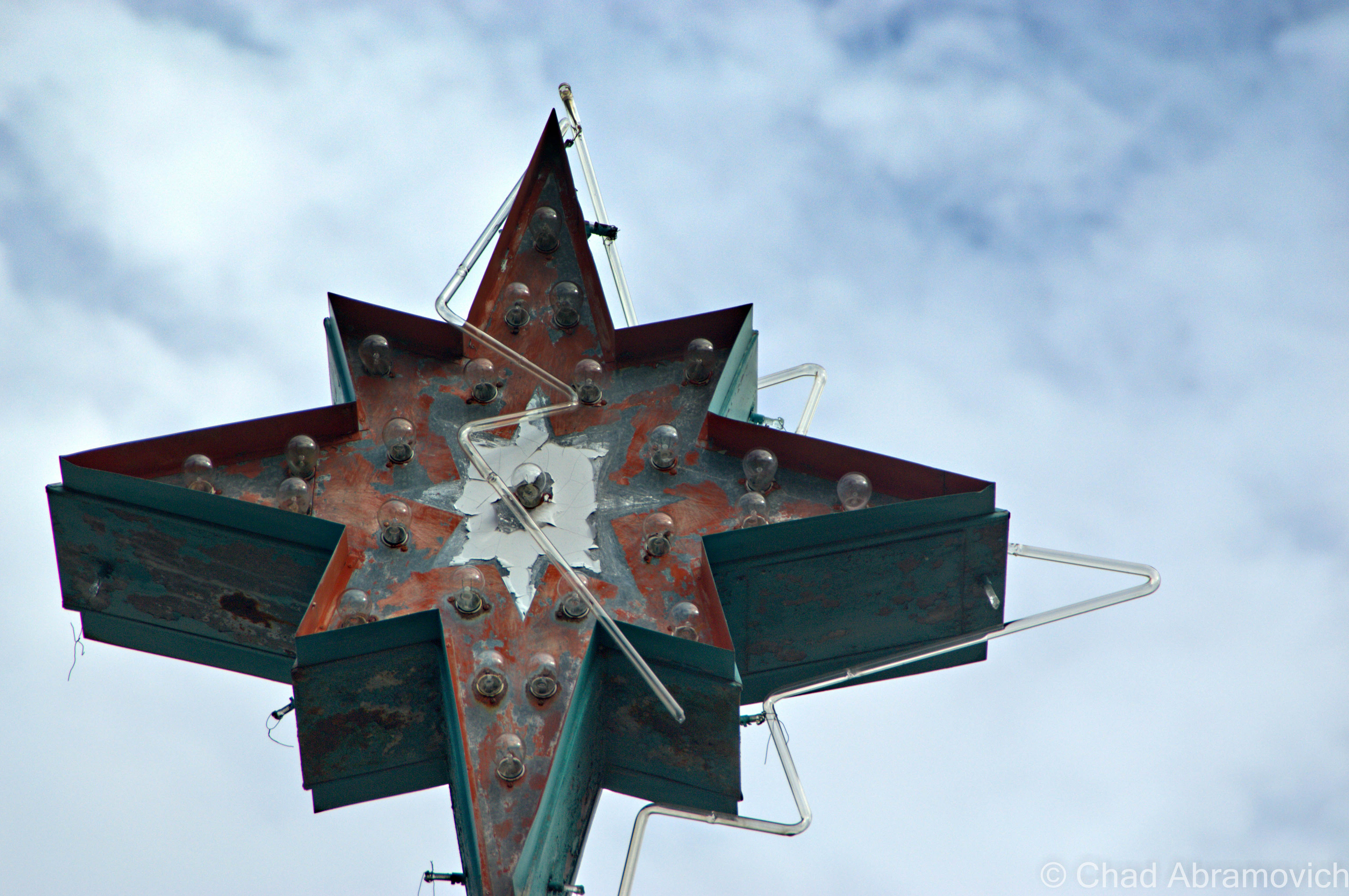
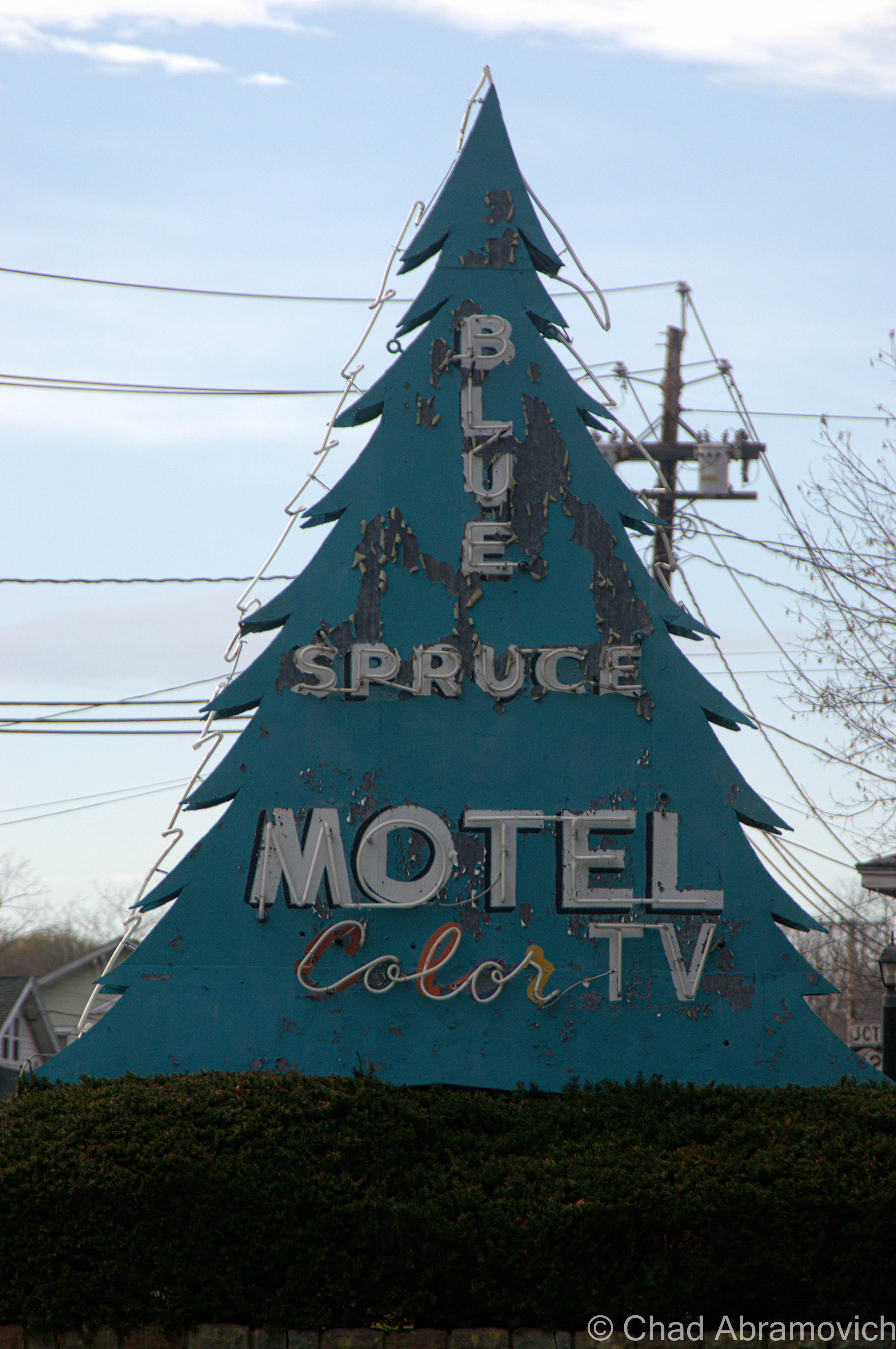
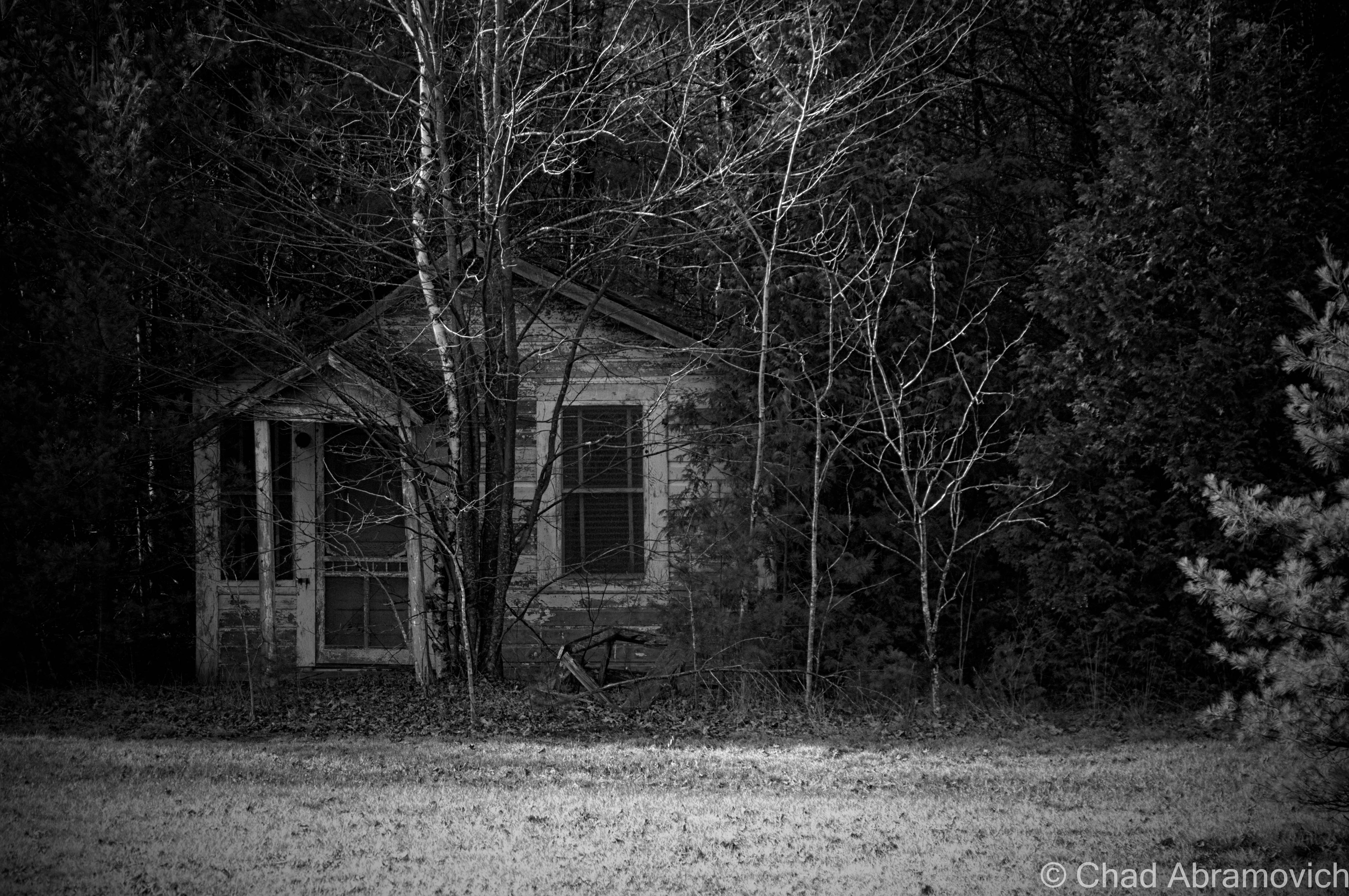
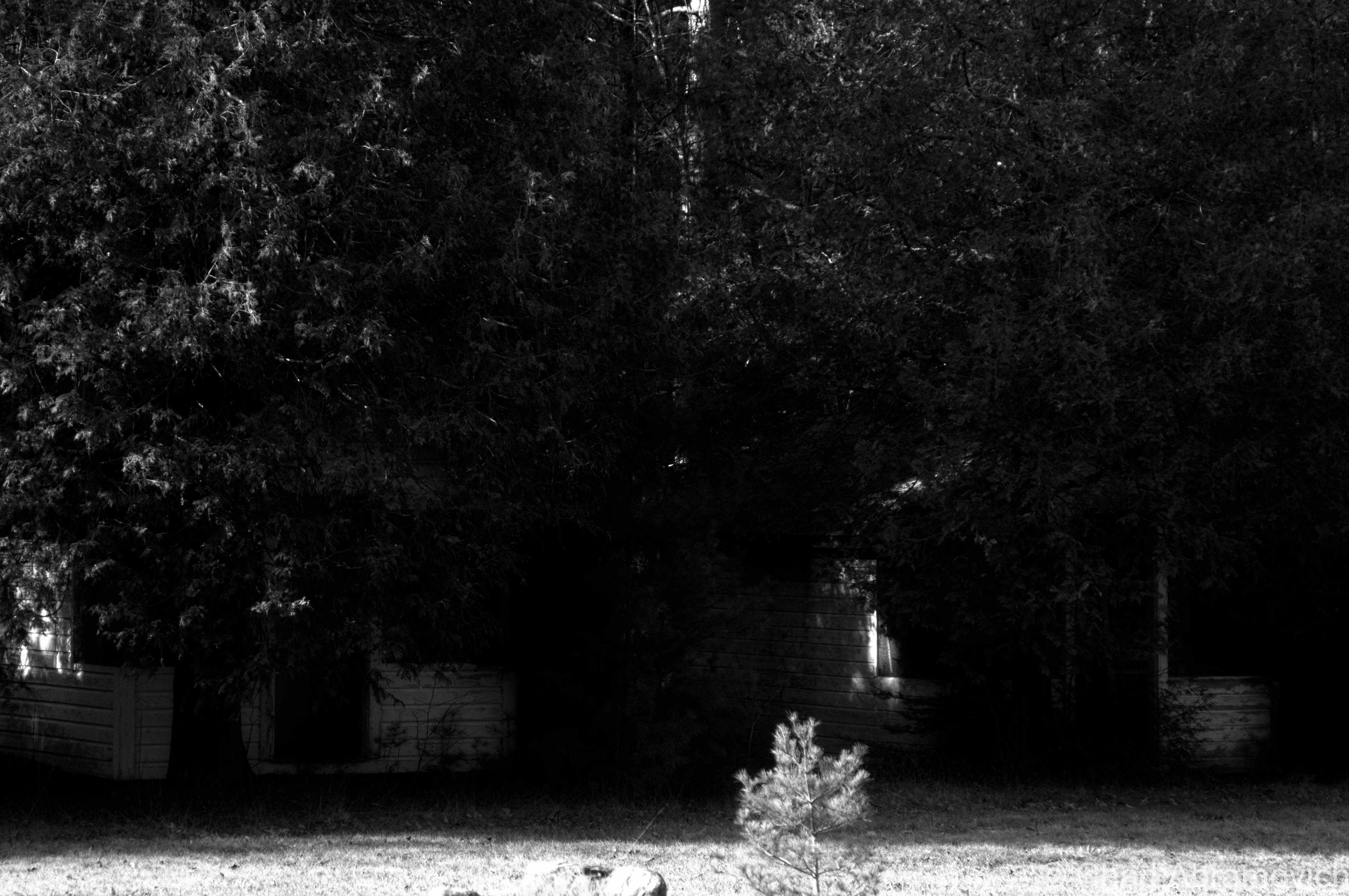
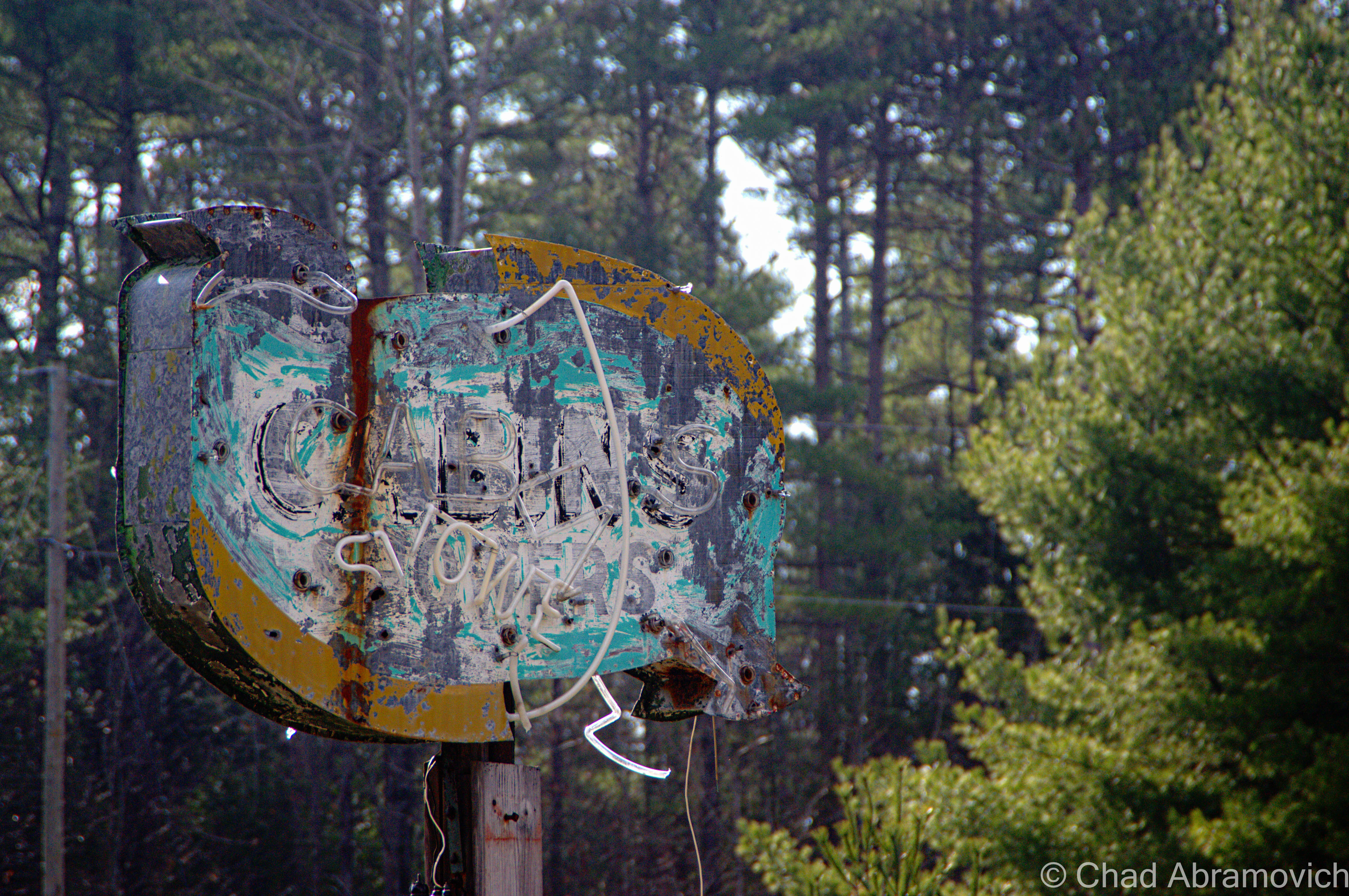
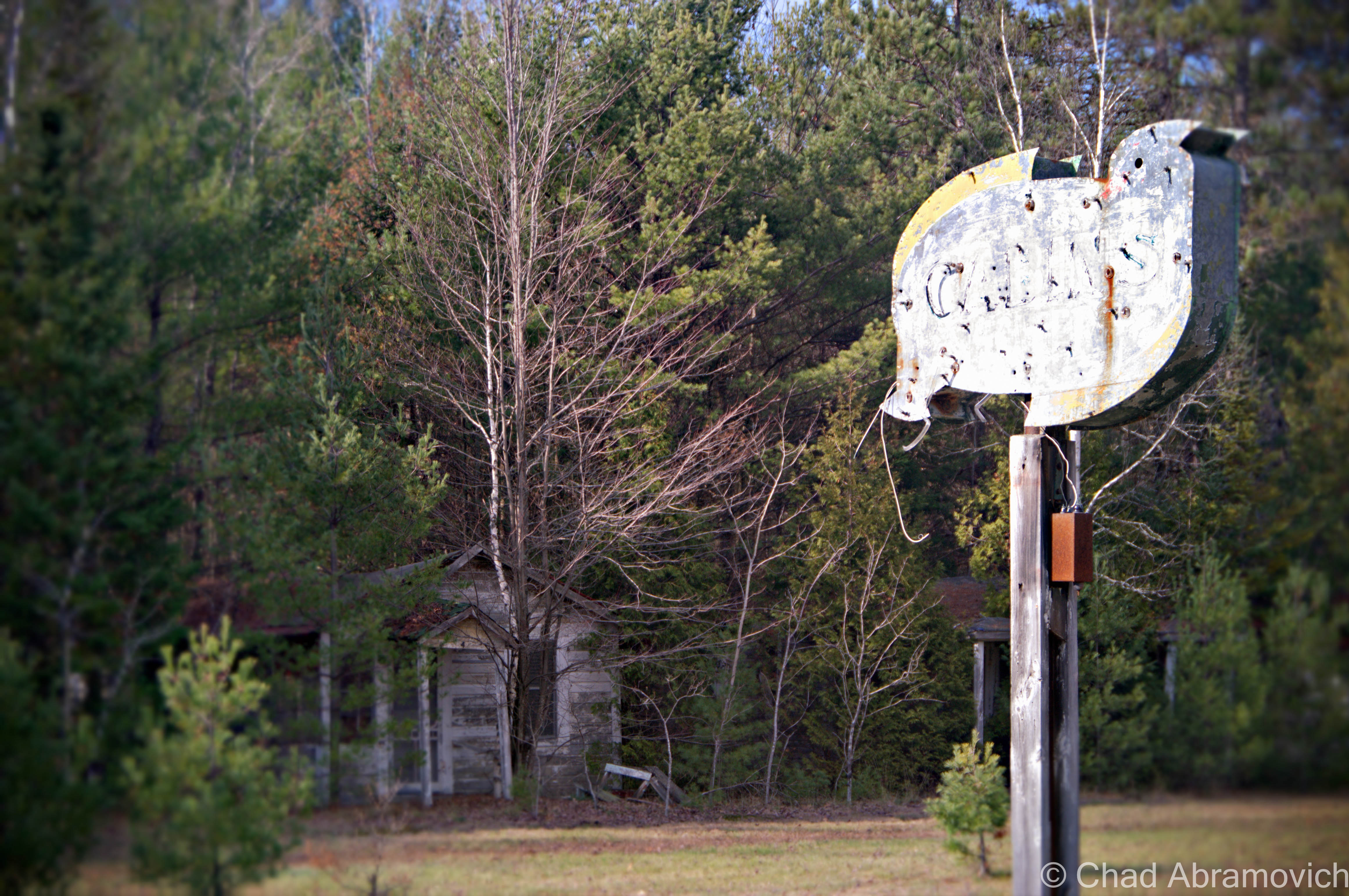
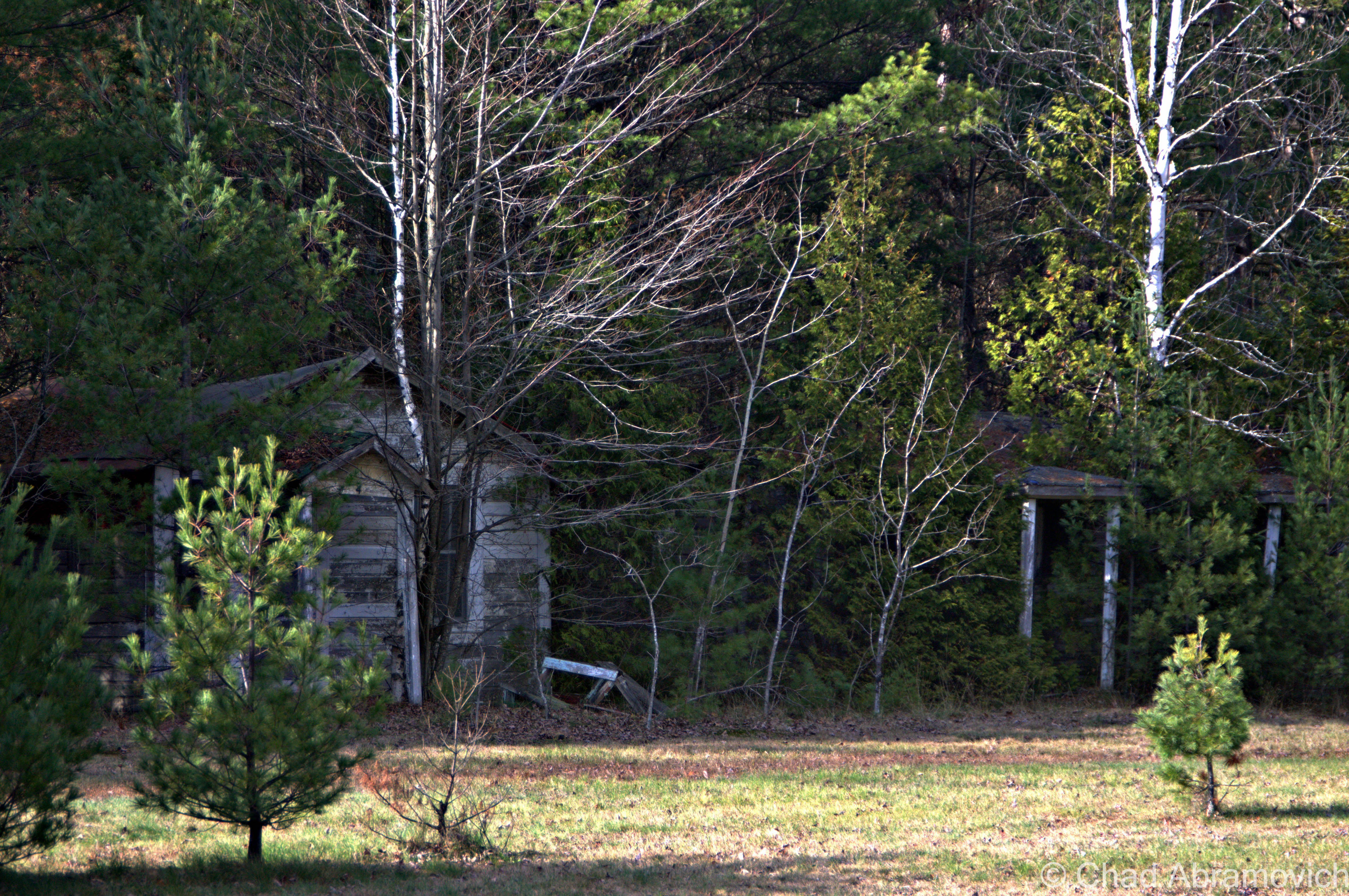
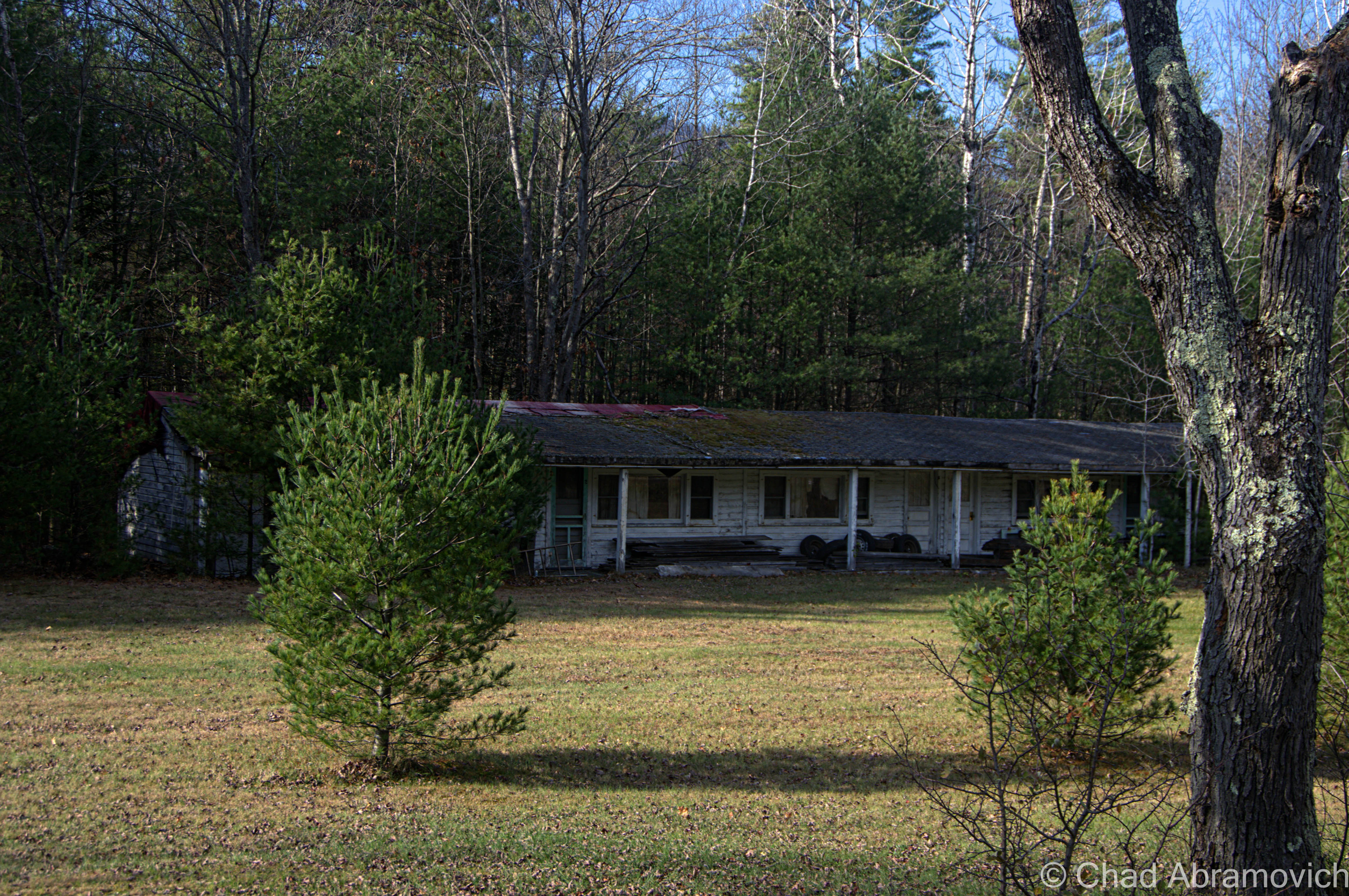
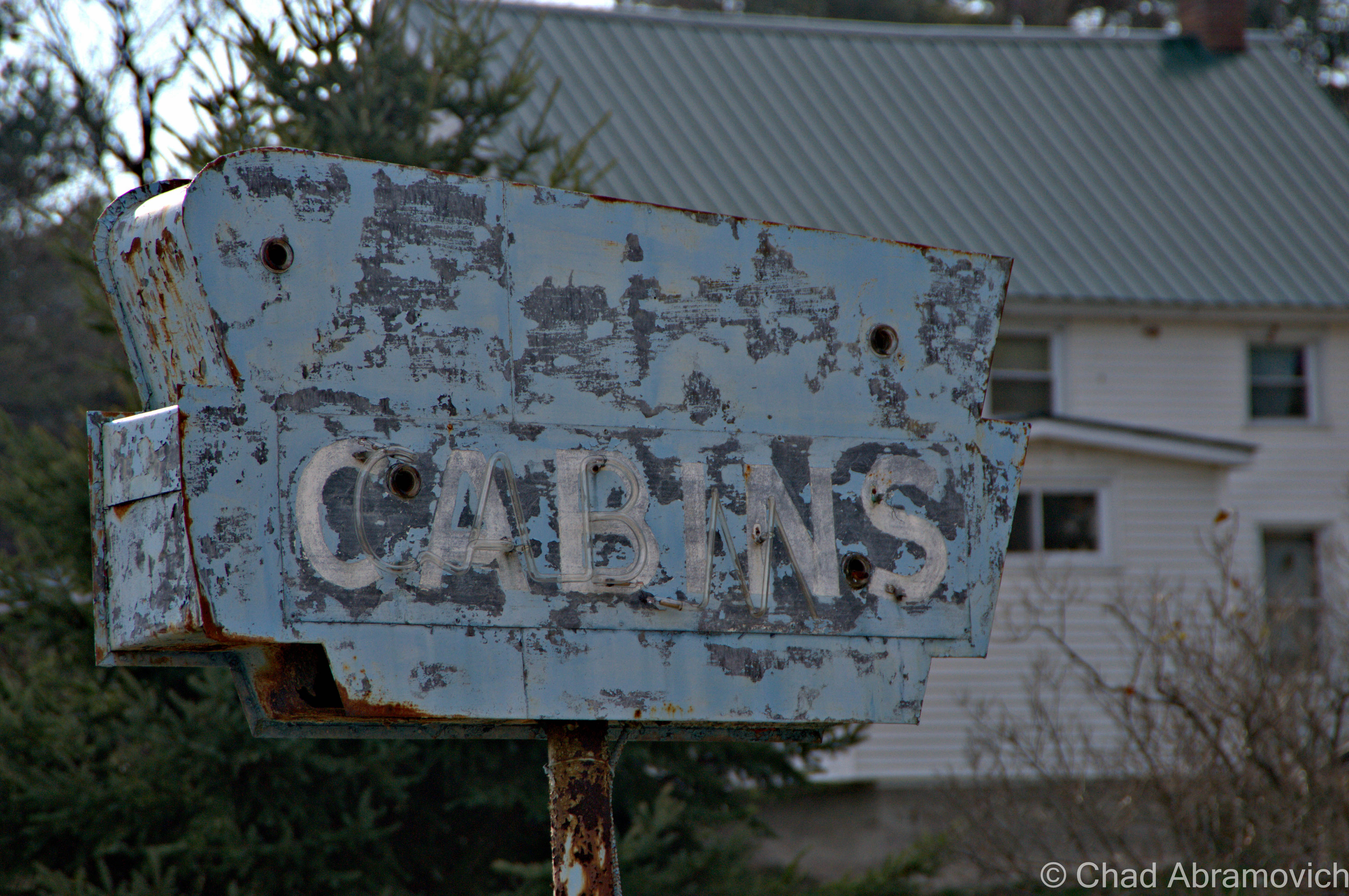
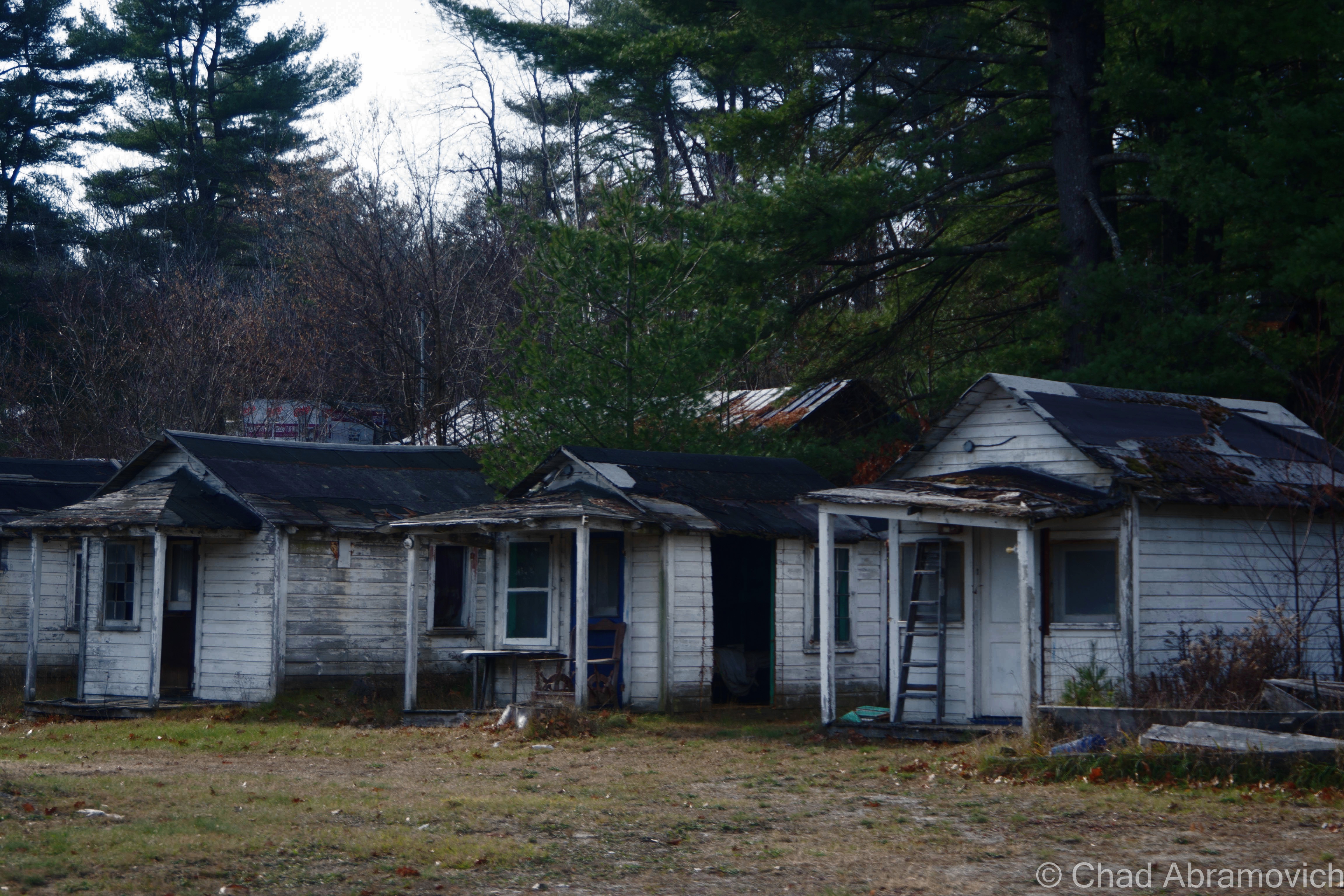
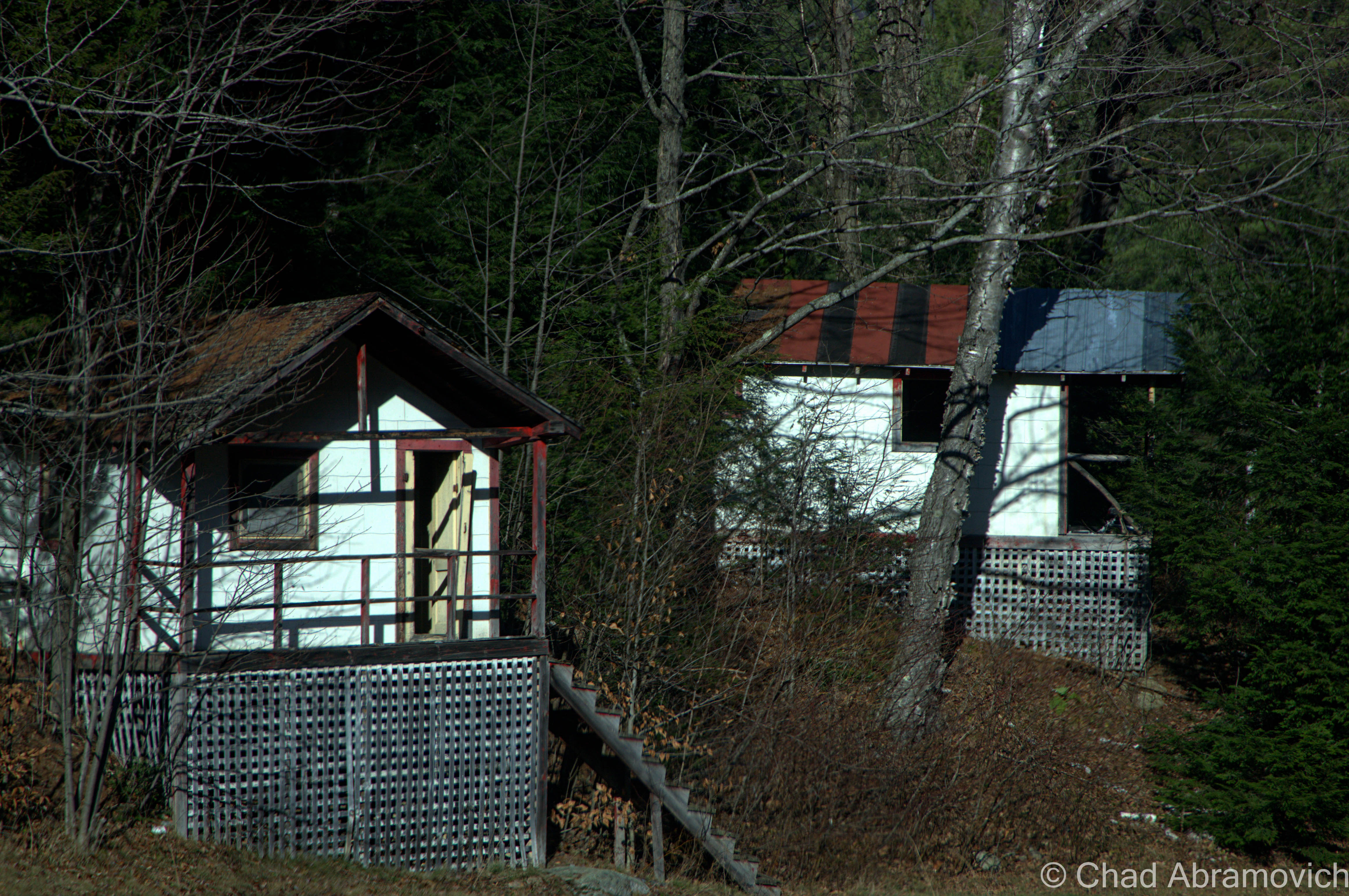
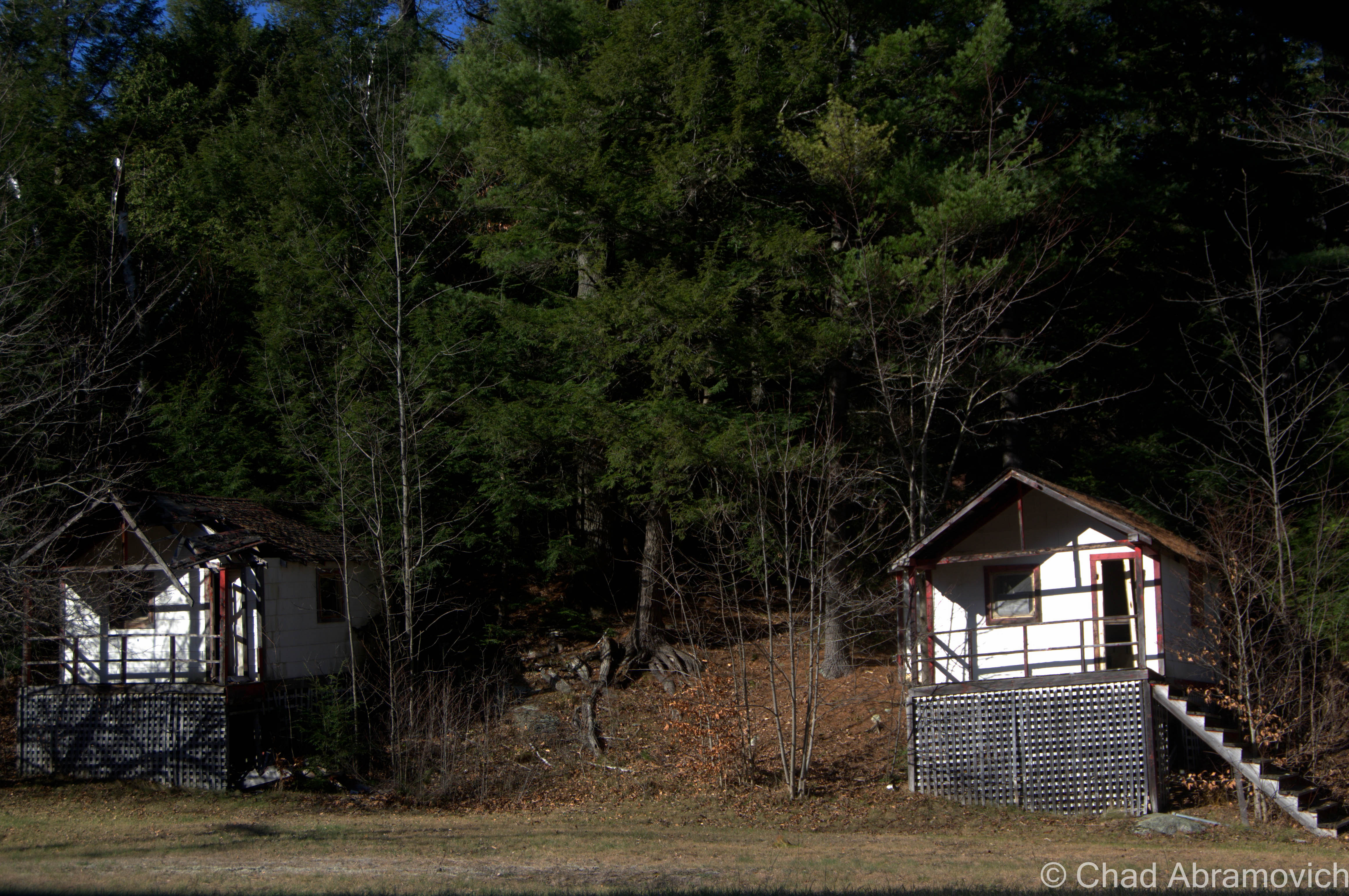
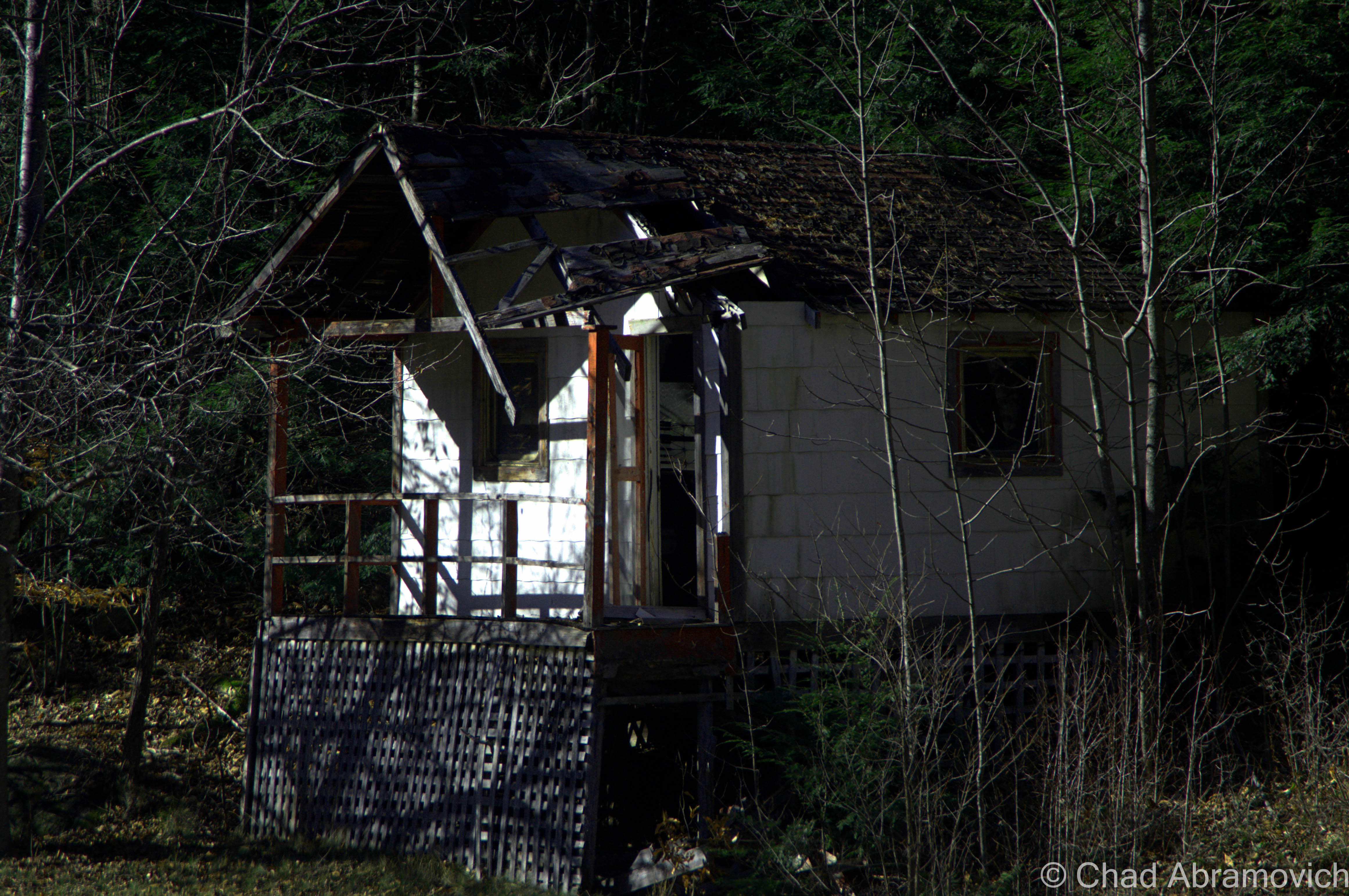
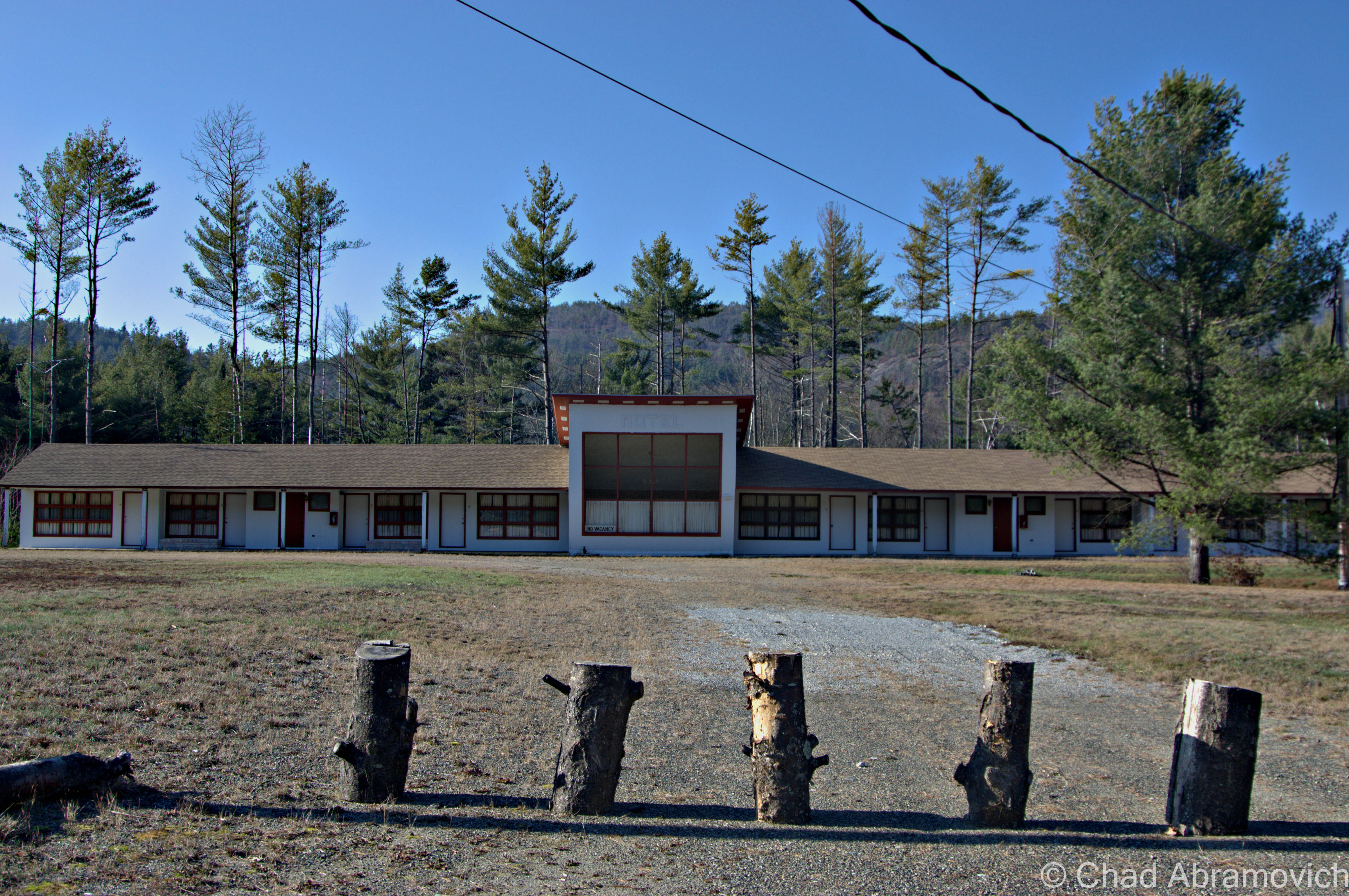
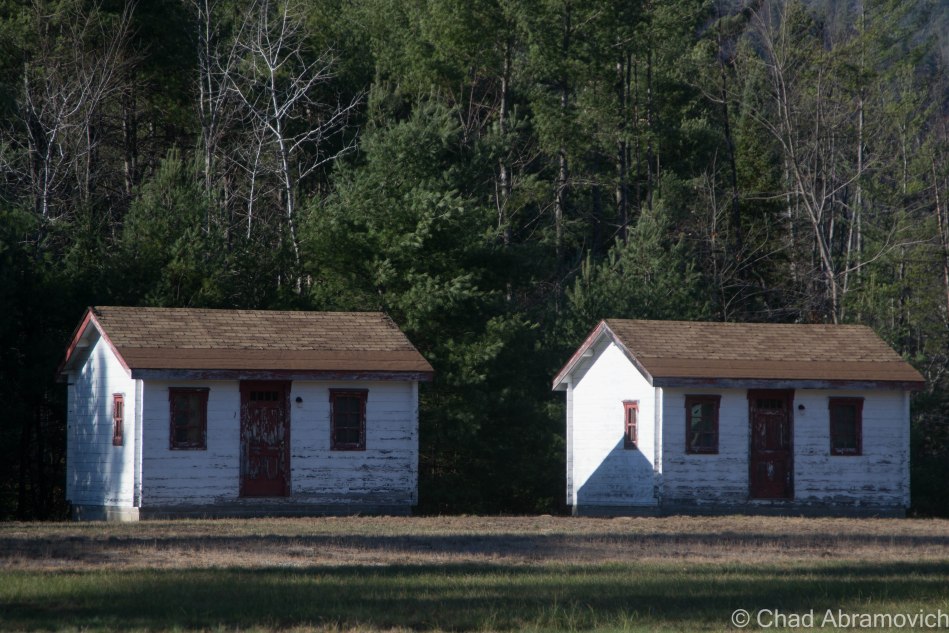
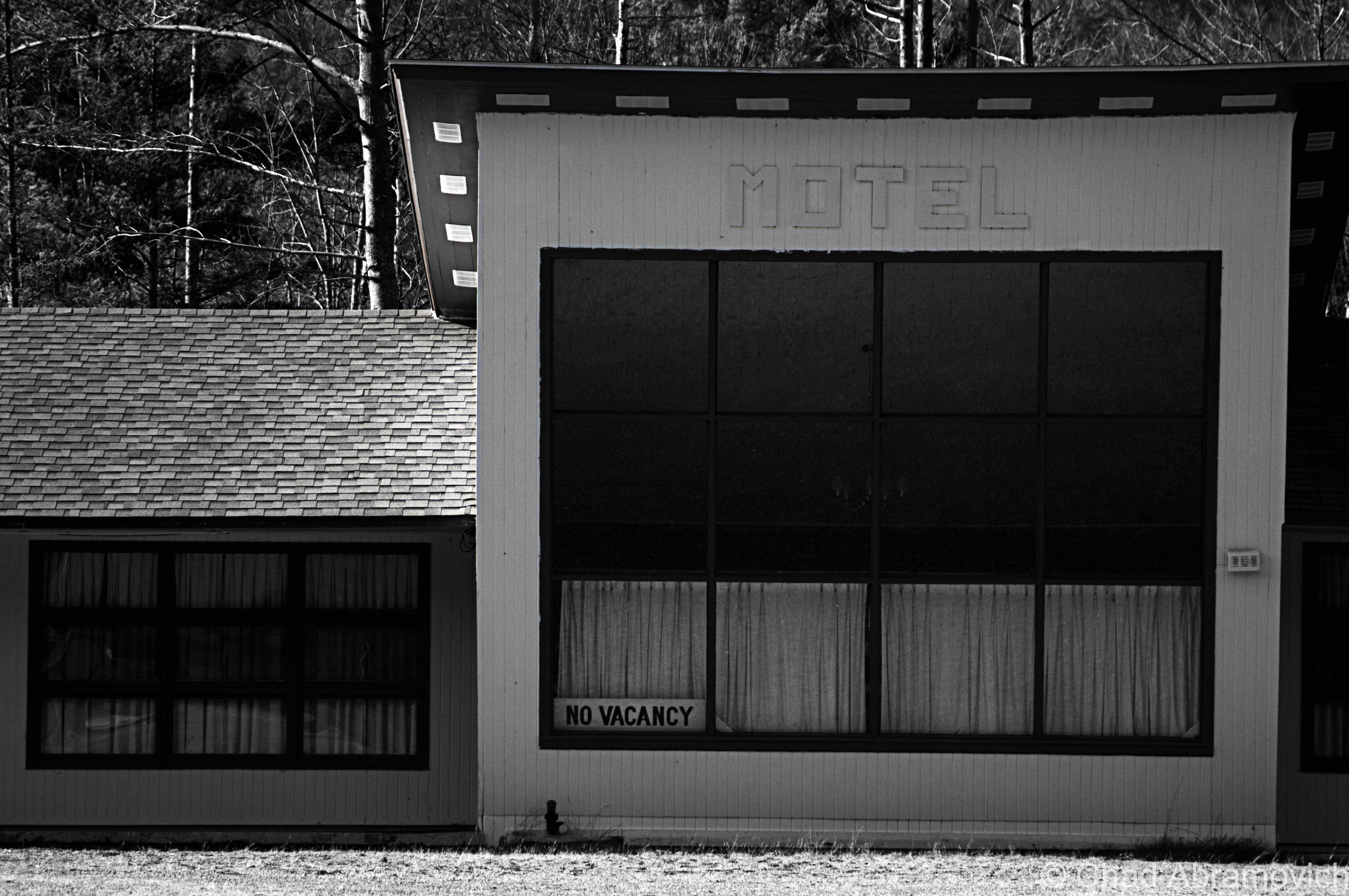
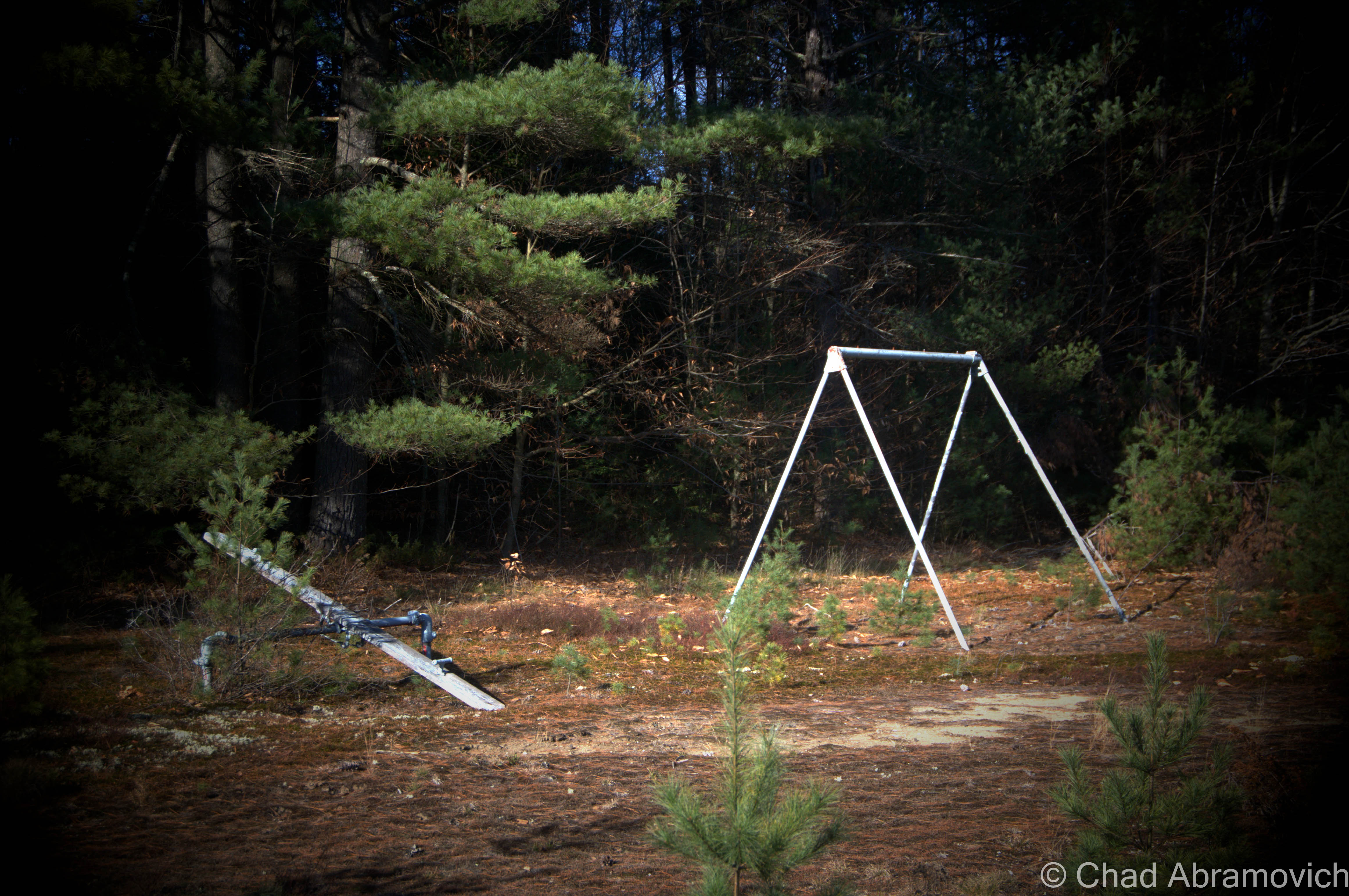

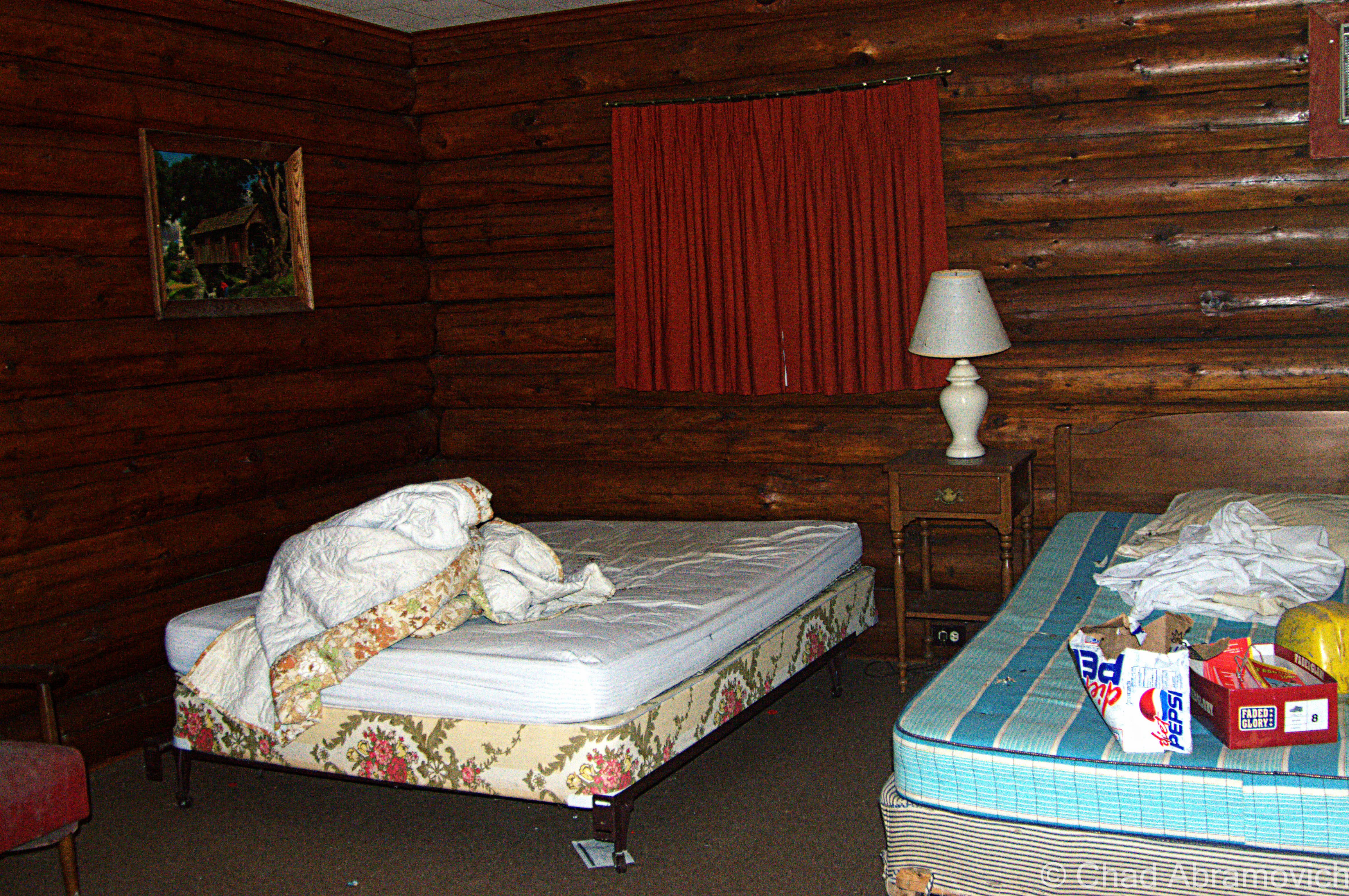
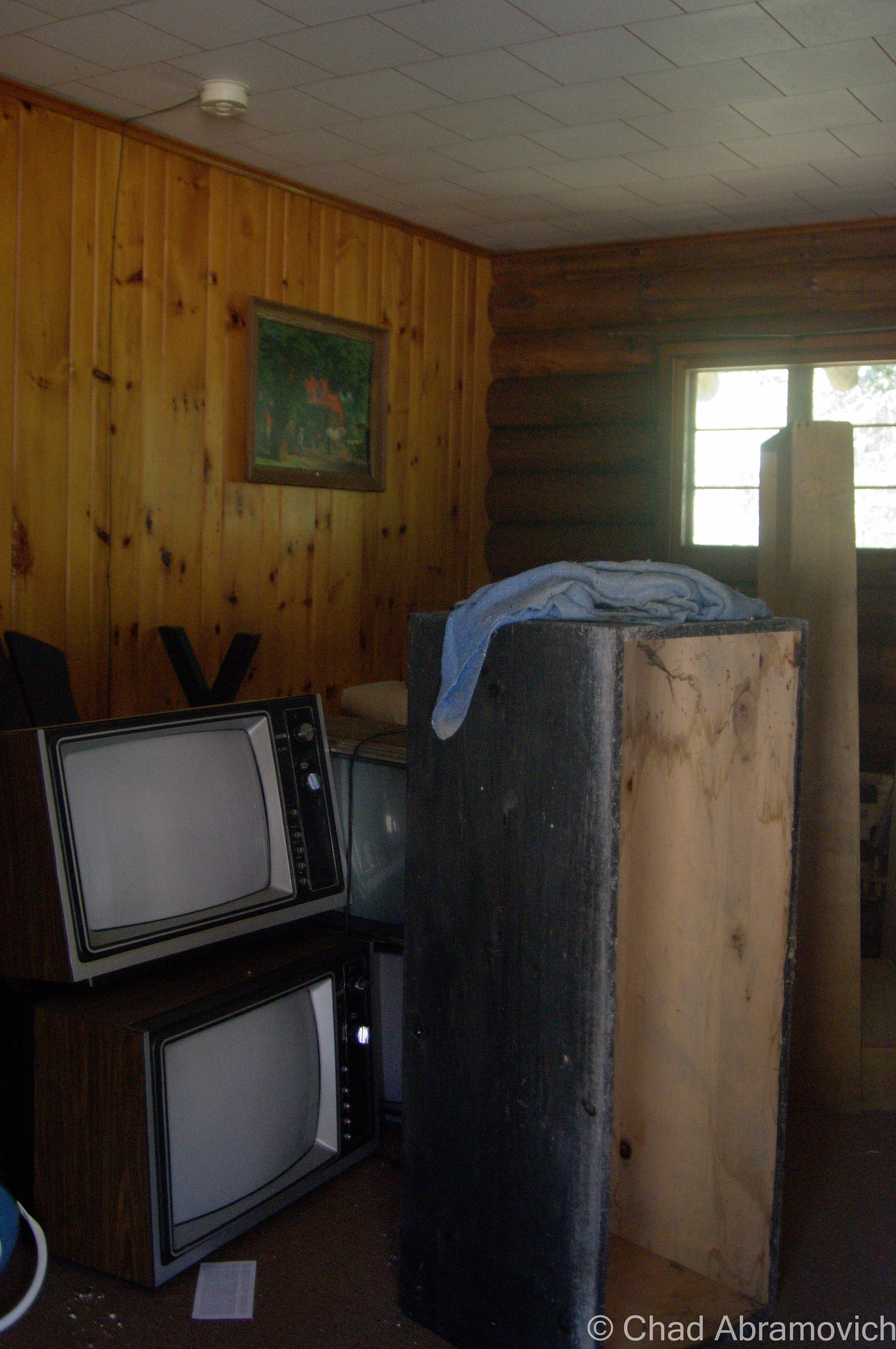
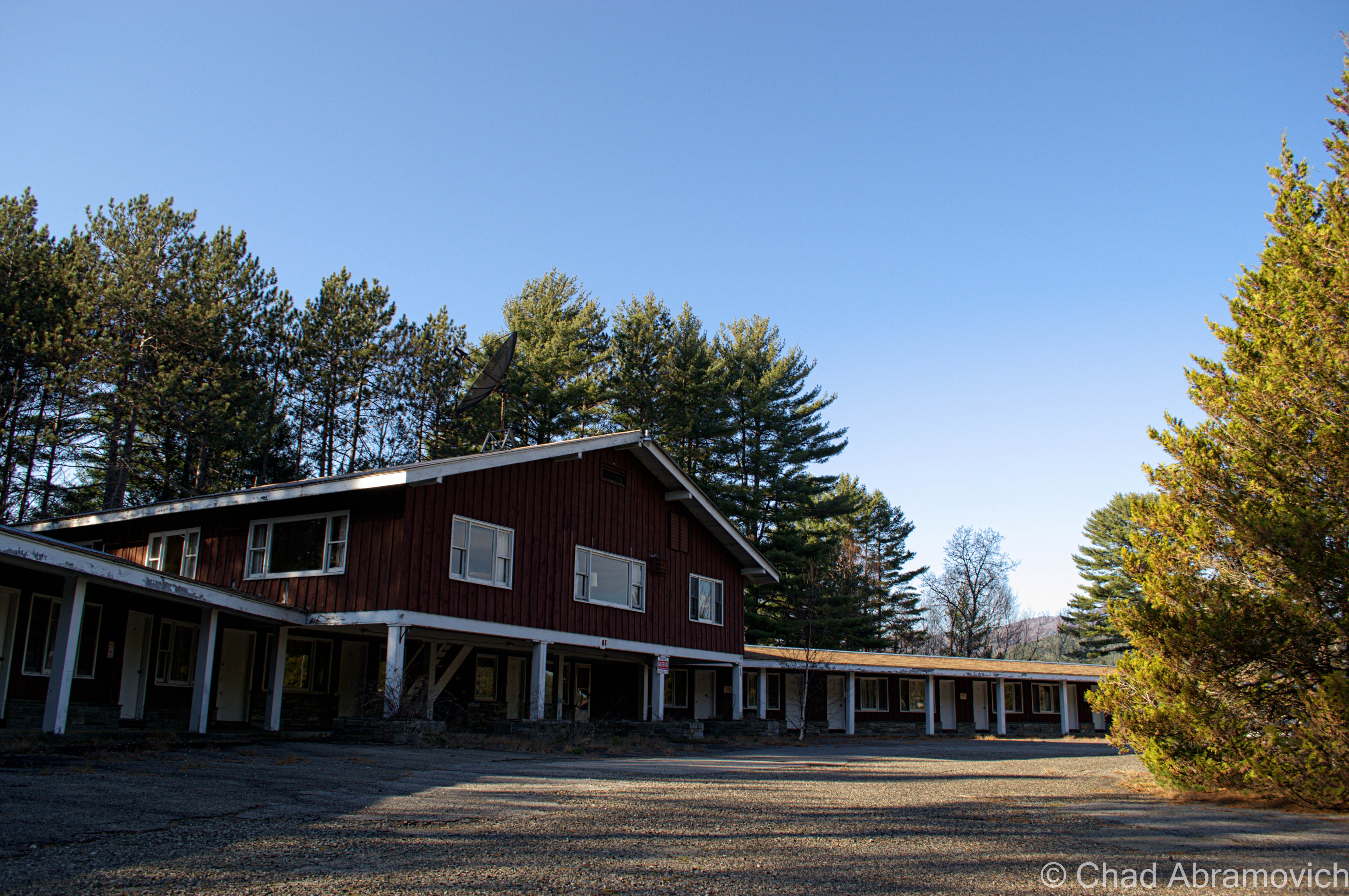
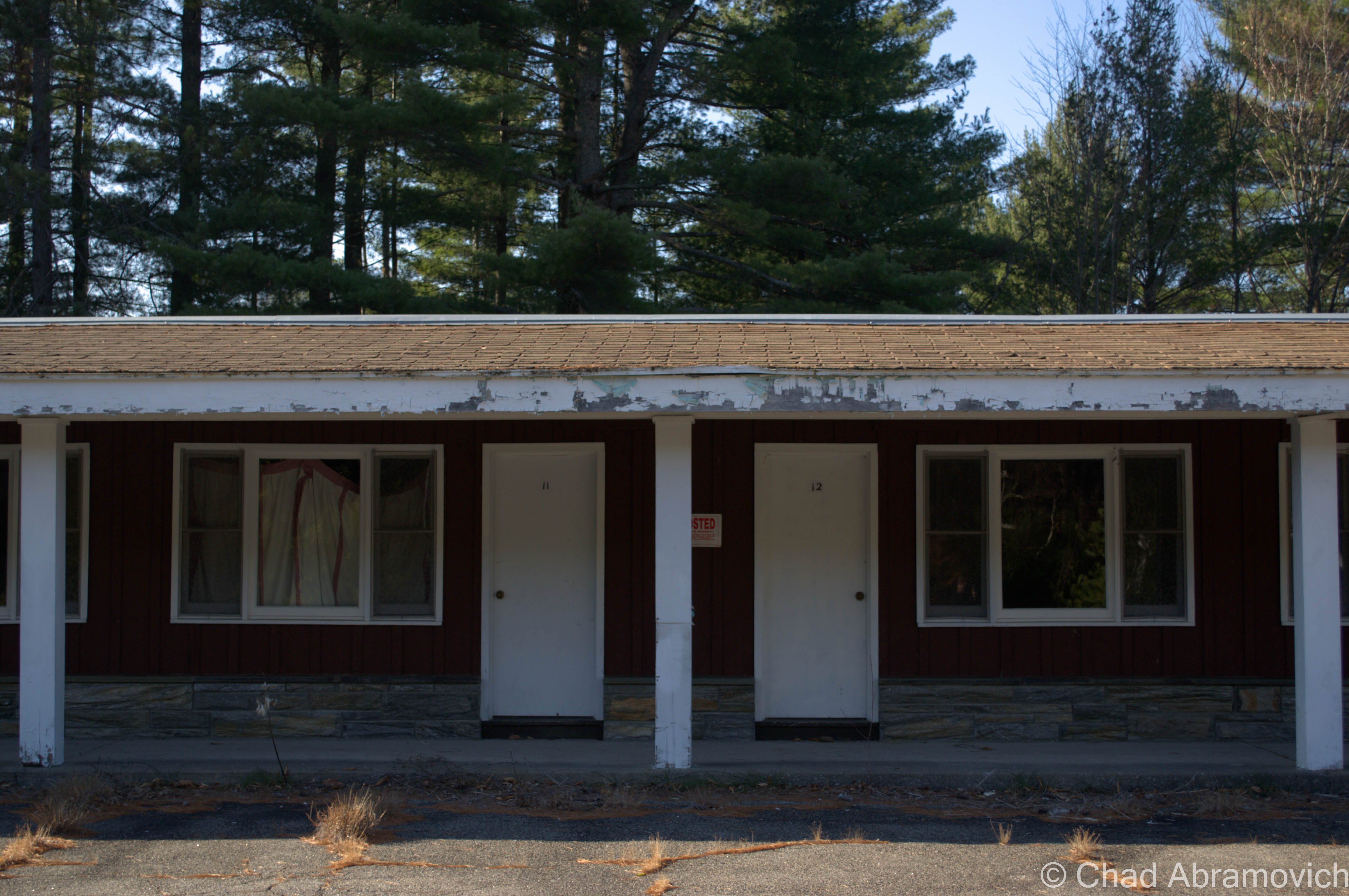
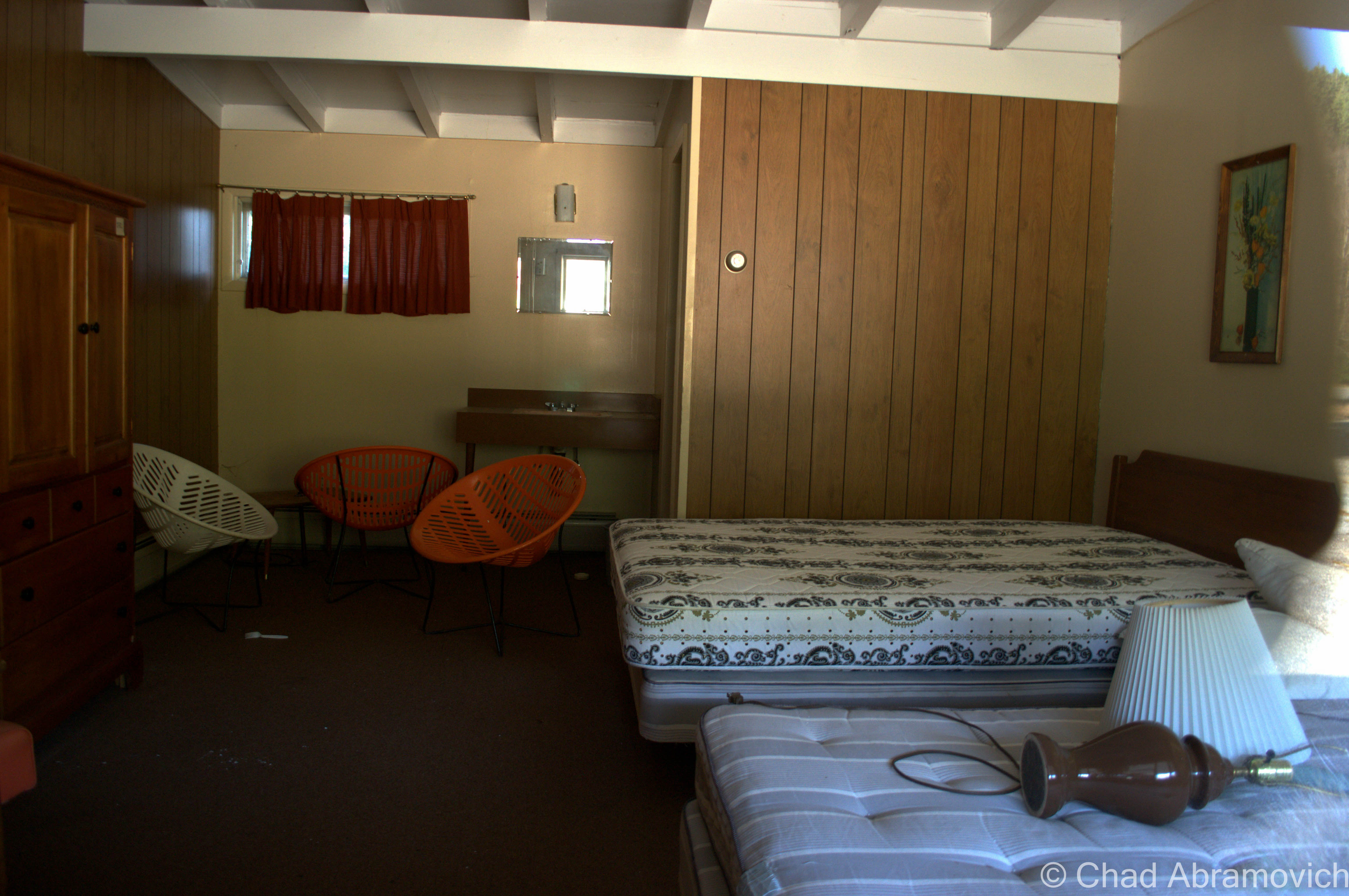
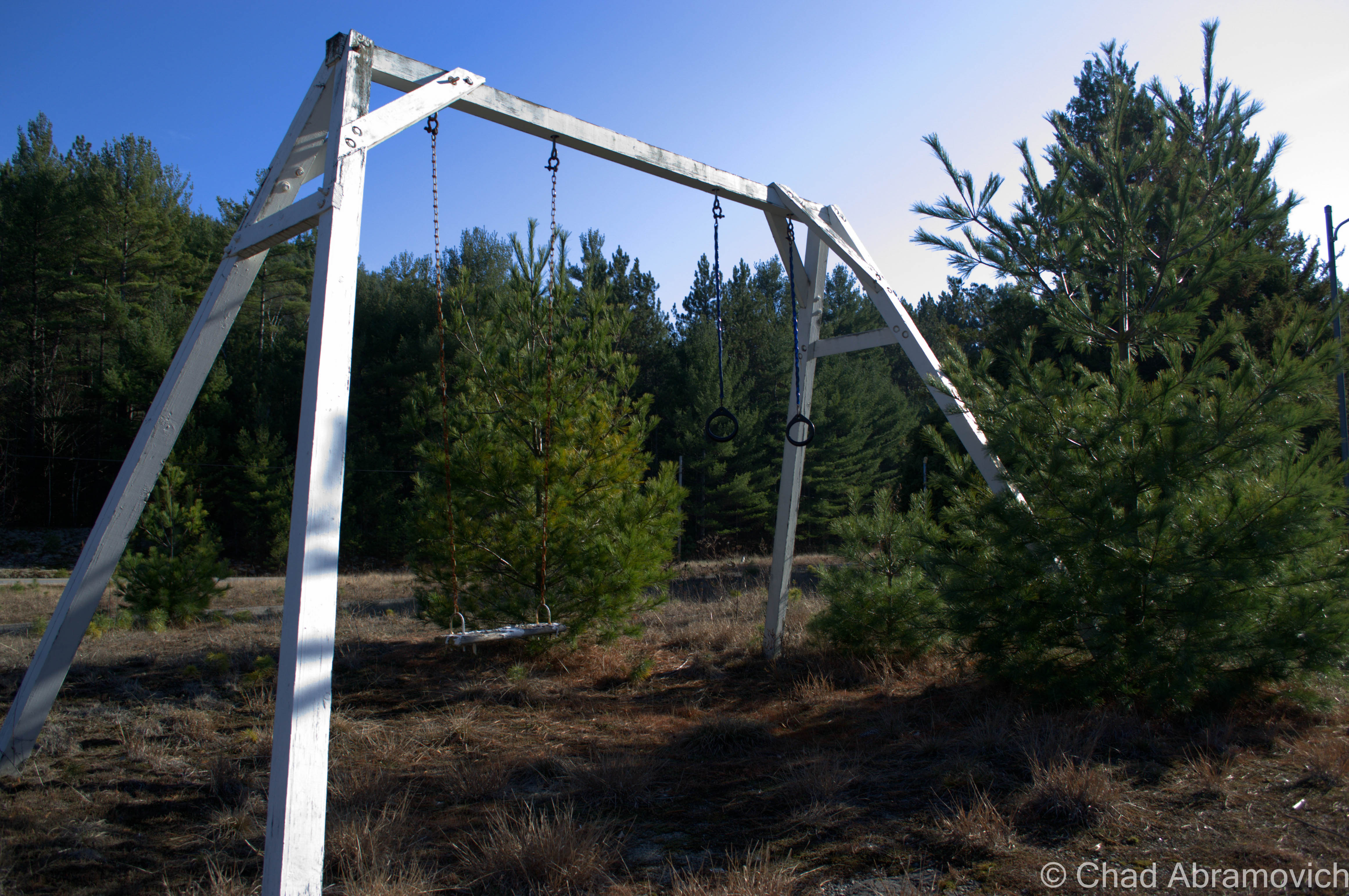
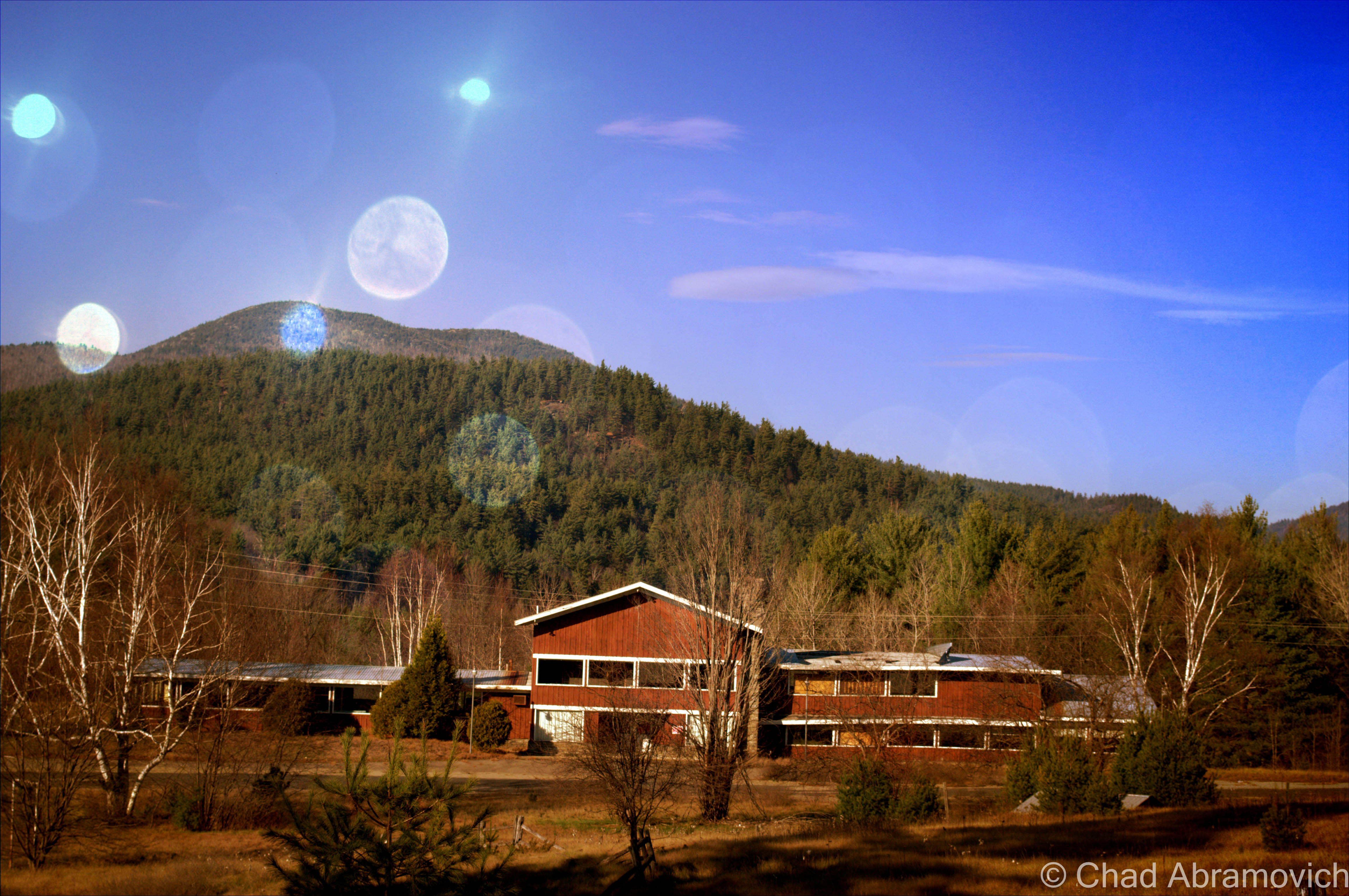
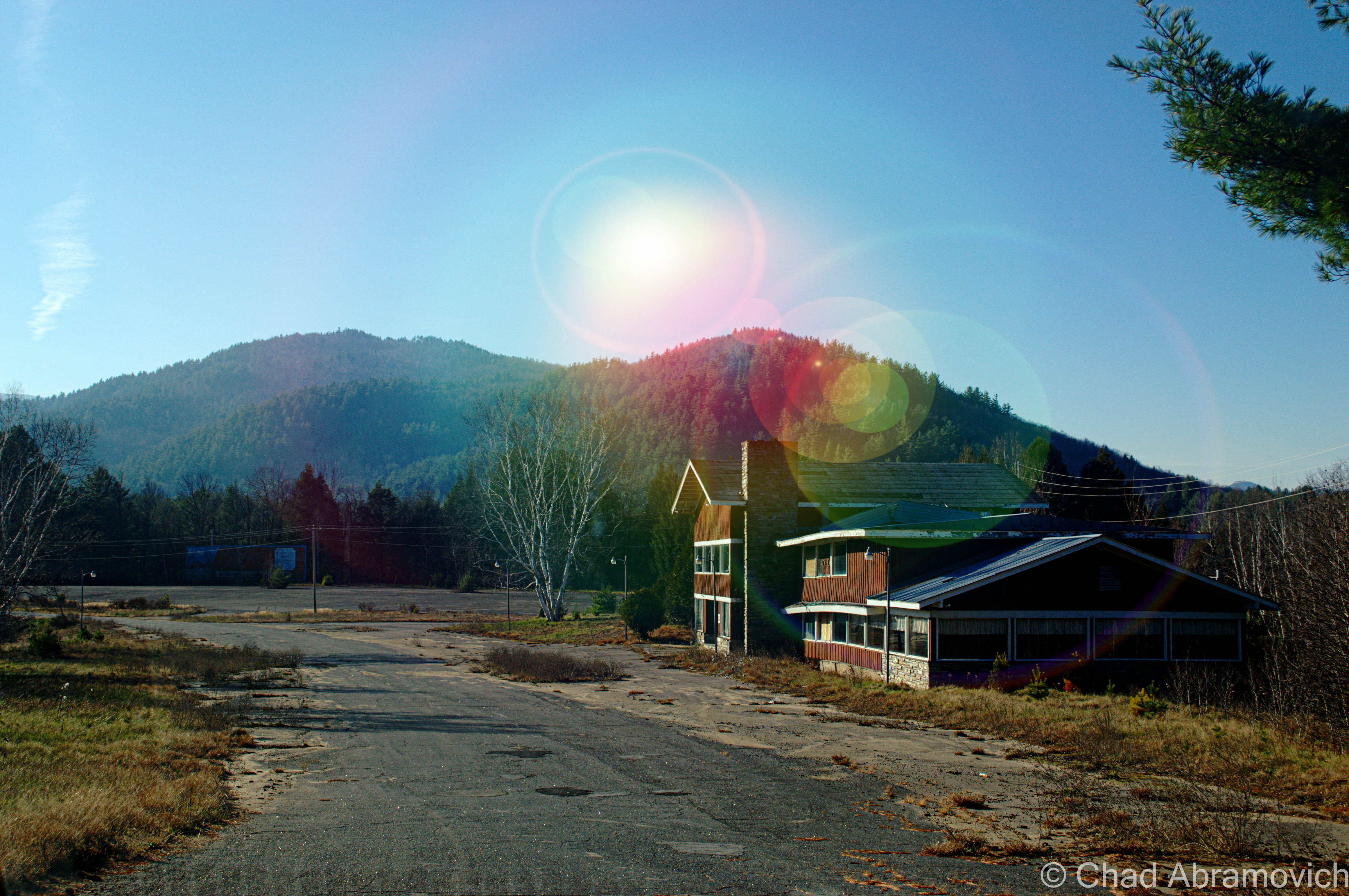
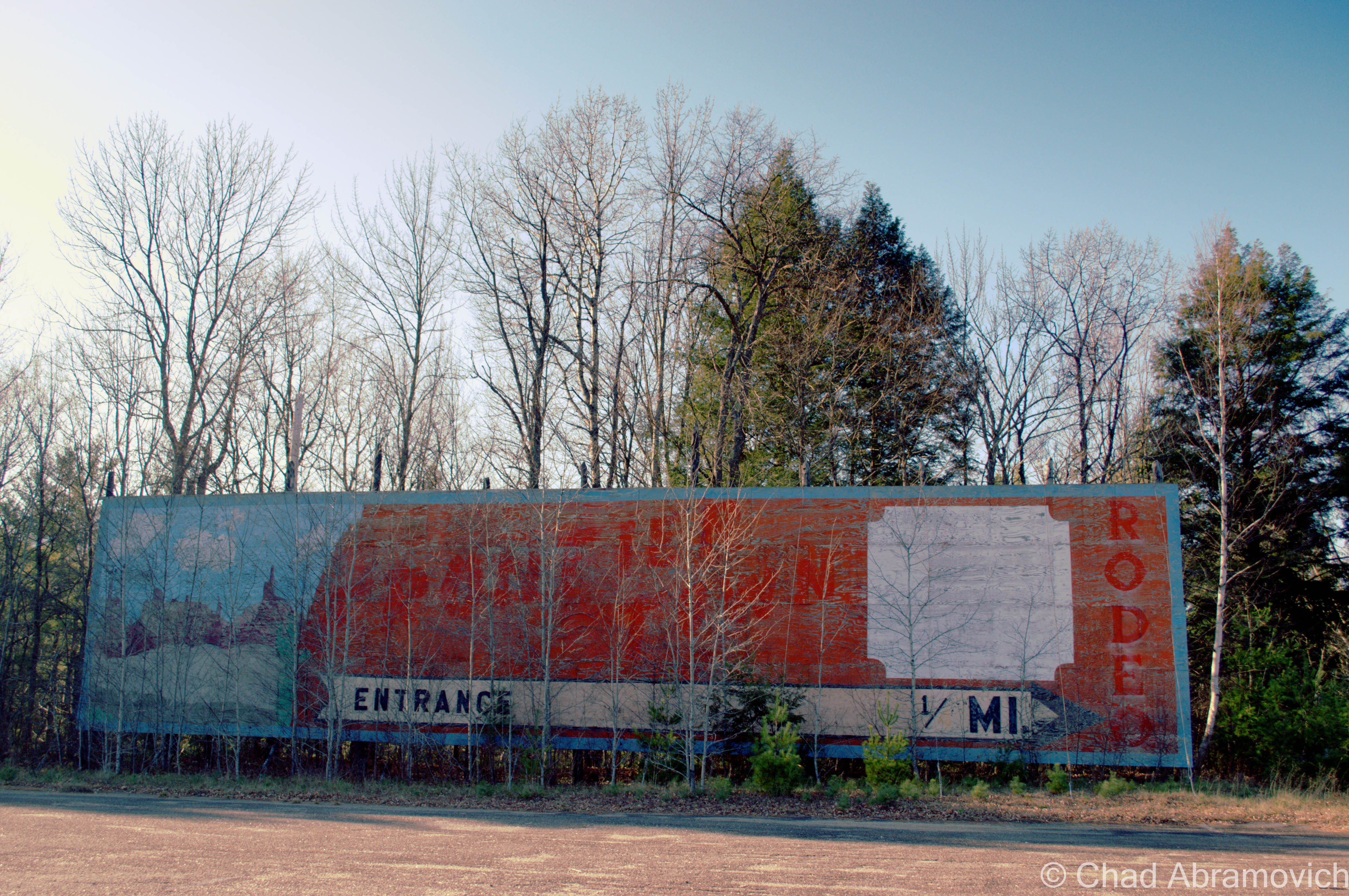 Side Note: There is a ghost town in the mountains behind Frontier Town. If you’re curious, click on
Side Note: There is a ghost town in the mountains behind Frontier Town. If you’re curious, click on 